Hello! This is Shibata, reporting to you from the Monster Hunter Rise dev floor!
For
this special series, I will be interviewing the developers of the recently announced Monster Hunter
Rise.
I’m sure they have lots of stories to tell about all of the cool things they put into the game!
Original Content
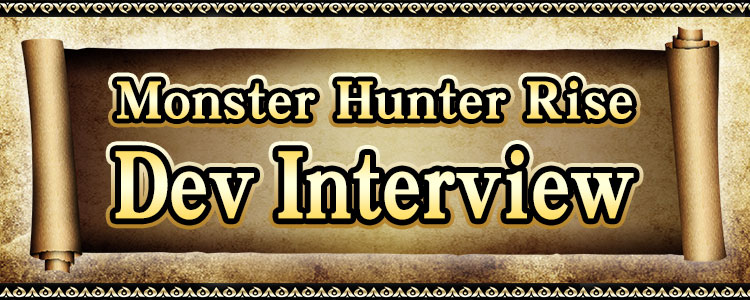
- Vol. 1
- Vol. 2
- Vol. 3
- Vol. 4
- Vol. 5
- Vol. 6
- Vol. 7
- Vol. 8
- Vol. 9
- Vol. 10
- Vol. 11
- Vol. 12
- Vol. 13
- Vol. 14
- Vol. 15
- Vol. 16
- Vol. 17
- Vol. 18
- Vol. 19
- Vol. 20
- Vol. 21
- Vol. 22
- Vol. 23
- Vol. 24
- Vol. 25
- Vol. 26
- Vol. 27 NEW!
This page features archived interviews first released through Monster Hunter’s various official pages.
-
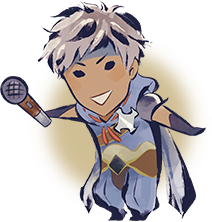
Vol. 1
Monster Hunter Series ProducerRyozo TsujimotoTo kick off this auspicious occasion, let’s start with Ryozo Tsujimoto, producer on the Monster Hunter series!
– This should be an interesting interview! (He’s my boss after all)
– Big Felyne by the way…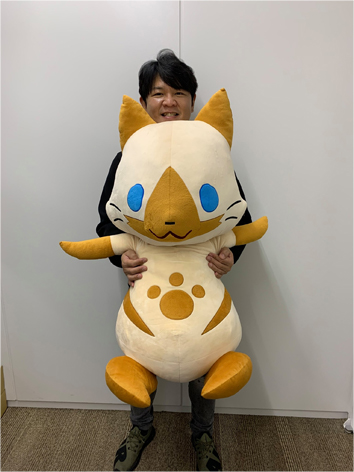 Q1. Alright, let’s get right down to business! What are the main themes and characteristic of this game?A1. The theme is “a Monster Hunter that you can play anytime, anywhere, with anyone you want,” and we wanted to make a Monster Hunter that would feel good on a portable console as well.
Q1. Alright, let’s get right down to business! What are the main themes and characteristic of this game?A1. The theme is “a Monster Hunter that you can play anytime, anywhere, with anyone you want,” and we wanted to make a Monster Hunter that would feel good on a portable console as well.
One of the main characteristics is the fun of traversal, be it by using the Wirebug to climb and fly all over the map, or by riding a Canyne to run across the fields at high speed.– It’s great that you can just pick up and play this game. You can just lie around on your sofa and decide to do a quest or two!Q2. I’m sure you must’ve spent a lot of time playing the game already. What would you say is the thing that impressed you the most?A2. How good it feels just to move around.
You can really go to a lot of places on the map, and just climbing up cliffs feels like a fresh and fun new experience. You can climb on top of a mountain and then look down all the way below, where you can see monsters roaming around. Just figuring out how to climb a big cliff face in front of you can be a lot of fun!– And then you can actually go there!That’s right. If you can see it within the boundaries of the map, you can probably go there.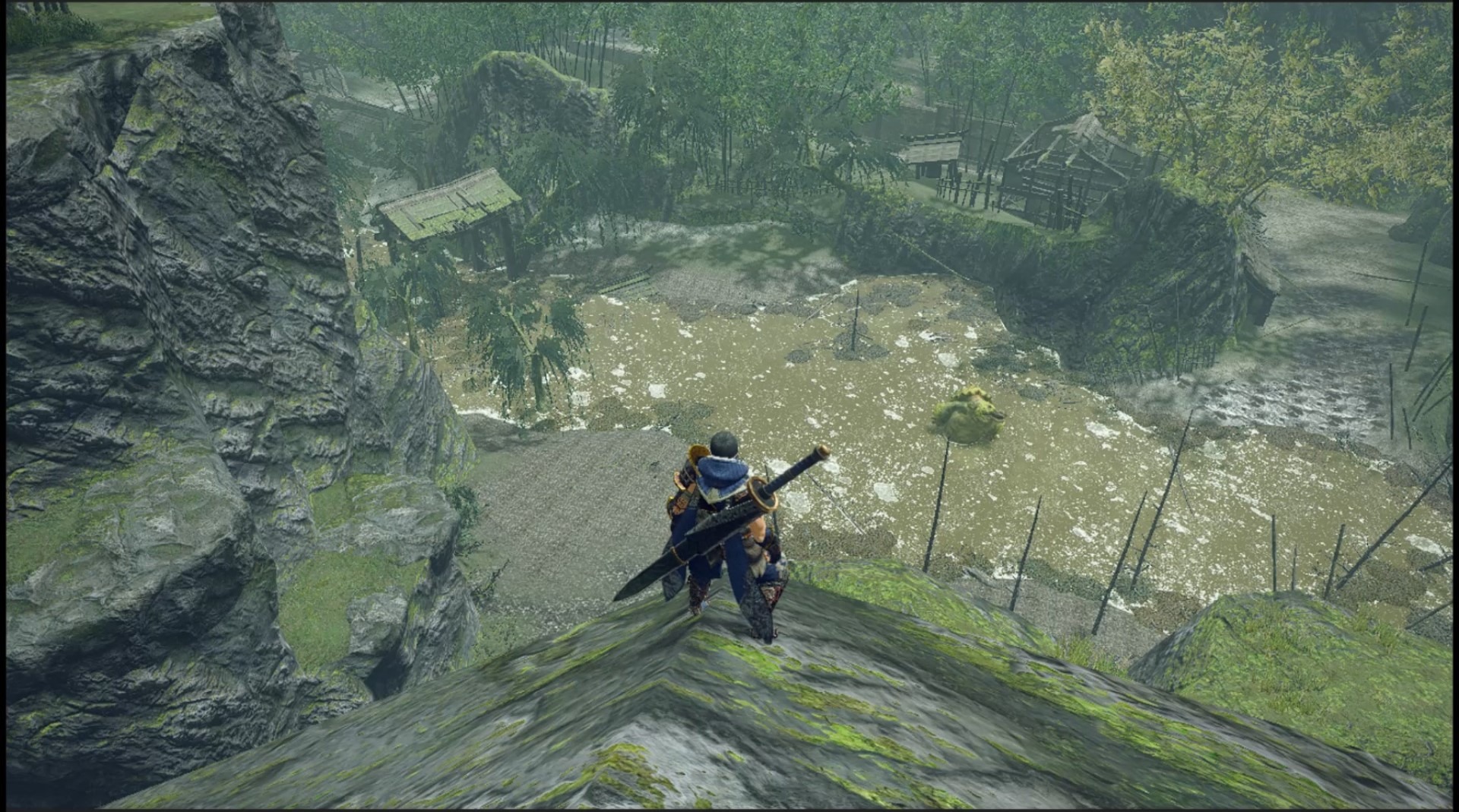 Q3. Apparently, there’s a fair amount of people who think the Wirebug actions look complicated?A3. It’s a completely new feature, so it’ll take some time to get used to, but you don’t need to whisk around the map right from the start, and we made sure the game is fun enough without using the Wirebug.– Yeah, you can get by just fine with the classic play style.You can run around the field riding your Palamute without consuming stamina, and you can even climb vines like this, so you can reach some pretty high places with little effort. It feels really good! I hope everyone tries using their Canyne to get around as well.
Q3. Apparently, there’s a fair amount of people who think the Wirebug actions look complicated?A3. It’s a completely new feature, so it’ll take some time to get used to, but you don’t need to whisk around the map right from the start, and we made sure the game is fun enough without using the Wirebug.– Yeah, you can get by just fine with the classic play style.You can run around the field riding your Palamute without consuming stamina, and you can even climb vines like this, so you can reach some pretty high places with little effort. It feels really good! I hope everyone tries using their Canyne to get around as well.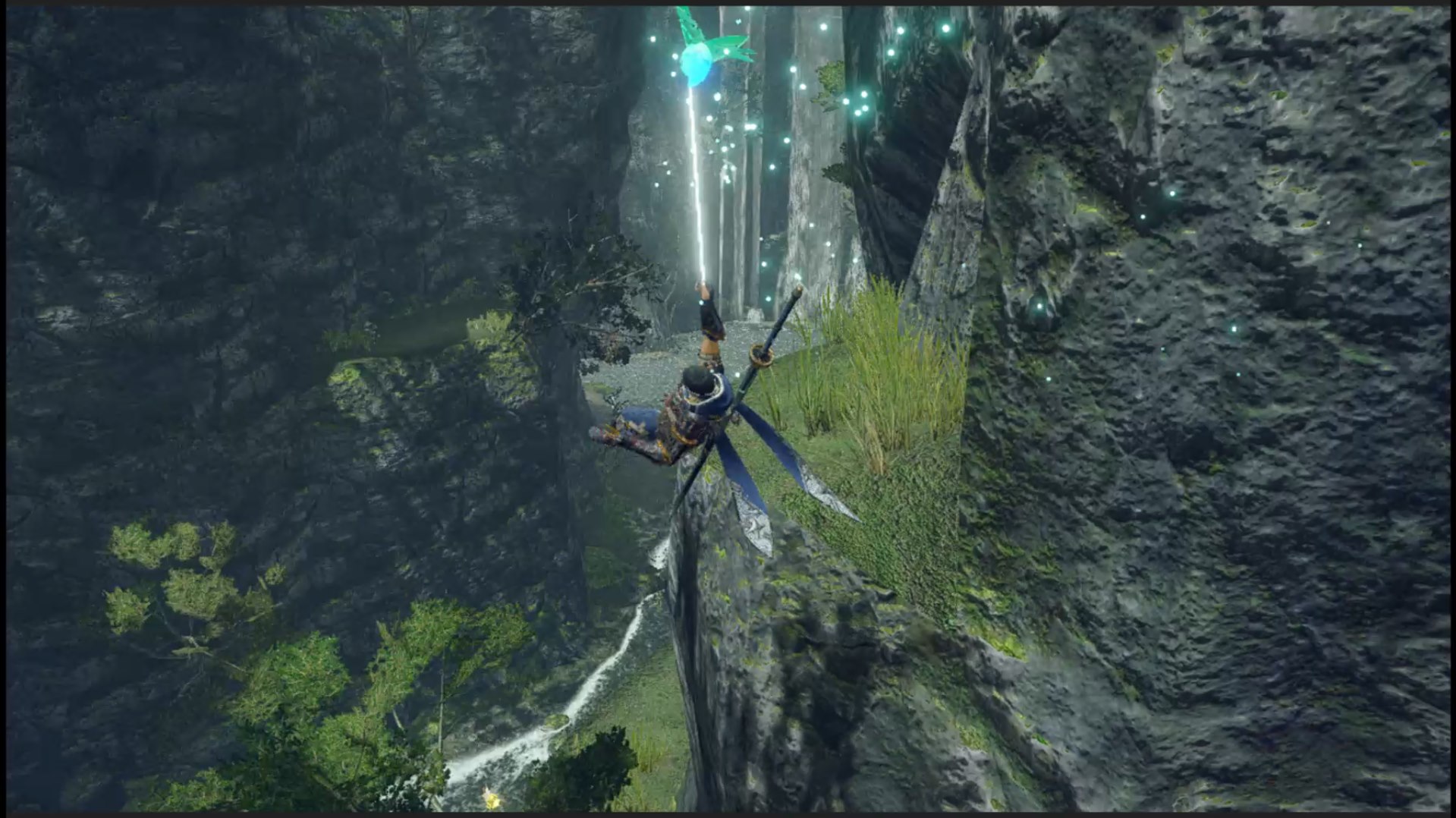
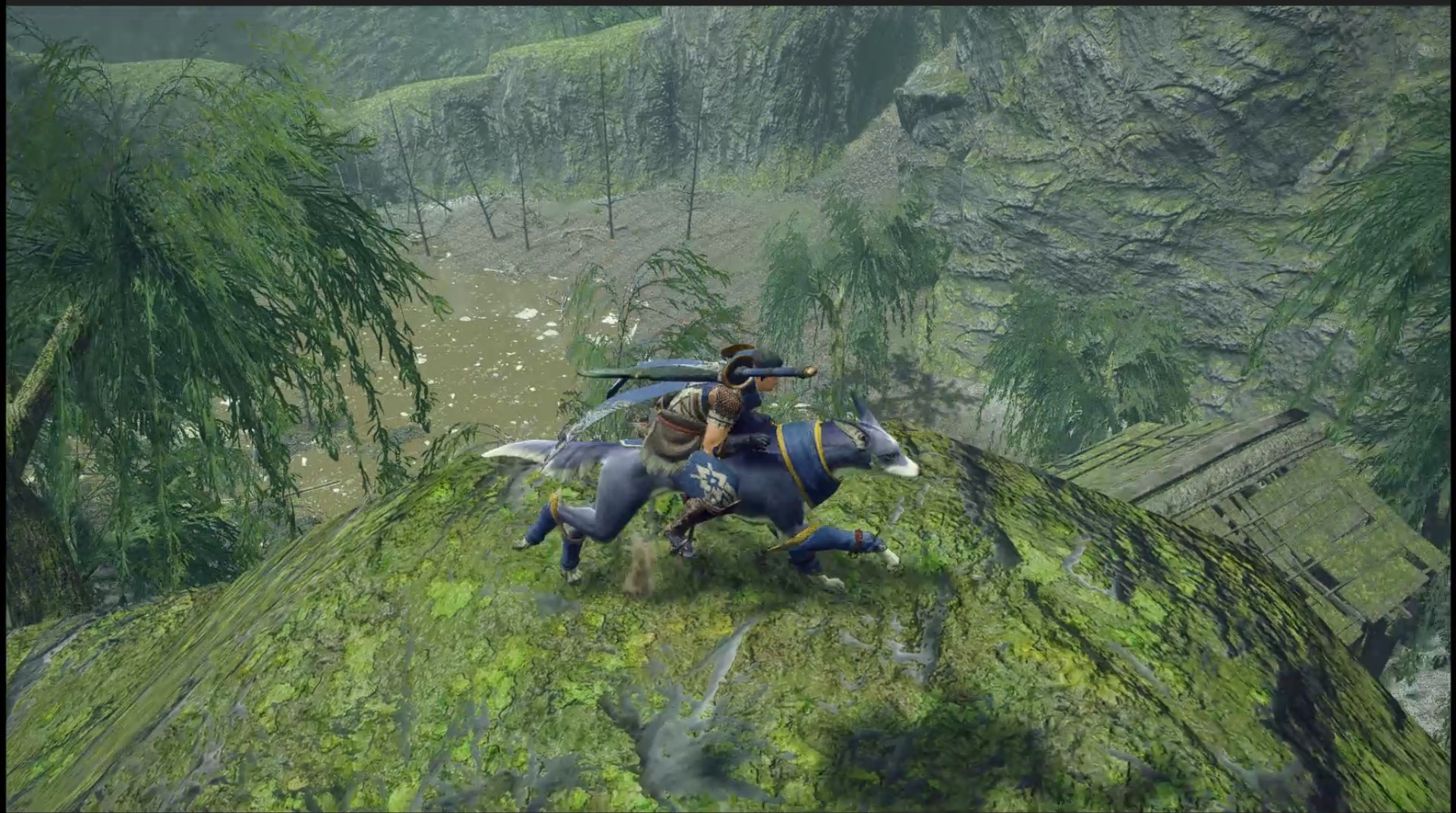 – The Wirebug can be used to attack monsters as well, so does that mean the player won’t be expected to fully comprehend that immediately either?That’s right. If you manage to incorporate your Wirebug into your combos, your repertoire of moves will expand significantly, but what that means is that you’ll just have even more choice on top of the already rich amount of strategy you normally have.– Each weapon type has its own attacks using the Wirebug (Silkbind Attacks), so we’d like players to experiment, and a good place to start would probably be the Wirefall, don’t you think?Indeed! The Wirefall can be a lifesaver when used effectively, so it comes highly recommended.
– The Wirebug can be used to attack monsters as well, so does that mean the player won’t be expected to fully comprehend that immediately either?That’s right. If you manage to incorporate your Wirebug into your combos, your repertoire of moves will expand significantly, but what that means is that you’ll just have even more choice on top of the already rich amount of strategy you normally have.– Each weapon type has its own attacks using the Wirebug (Silkbind Attacks), so we’d like players to experiment, and a good place to start would probably be the Wirefall, don’t you think?Indeed! The Wirefall can be a lifesaver when used effectively, so it comes highly recommended.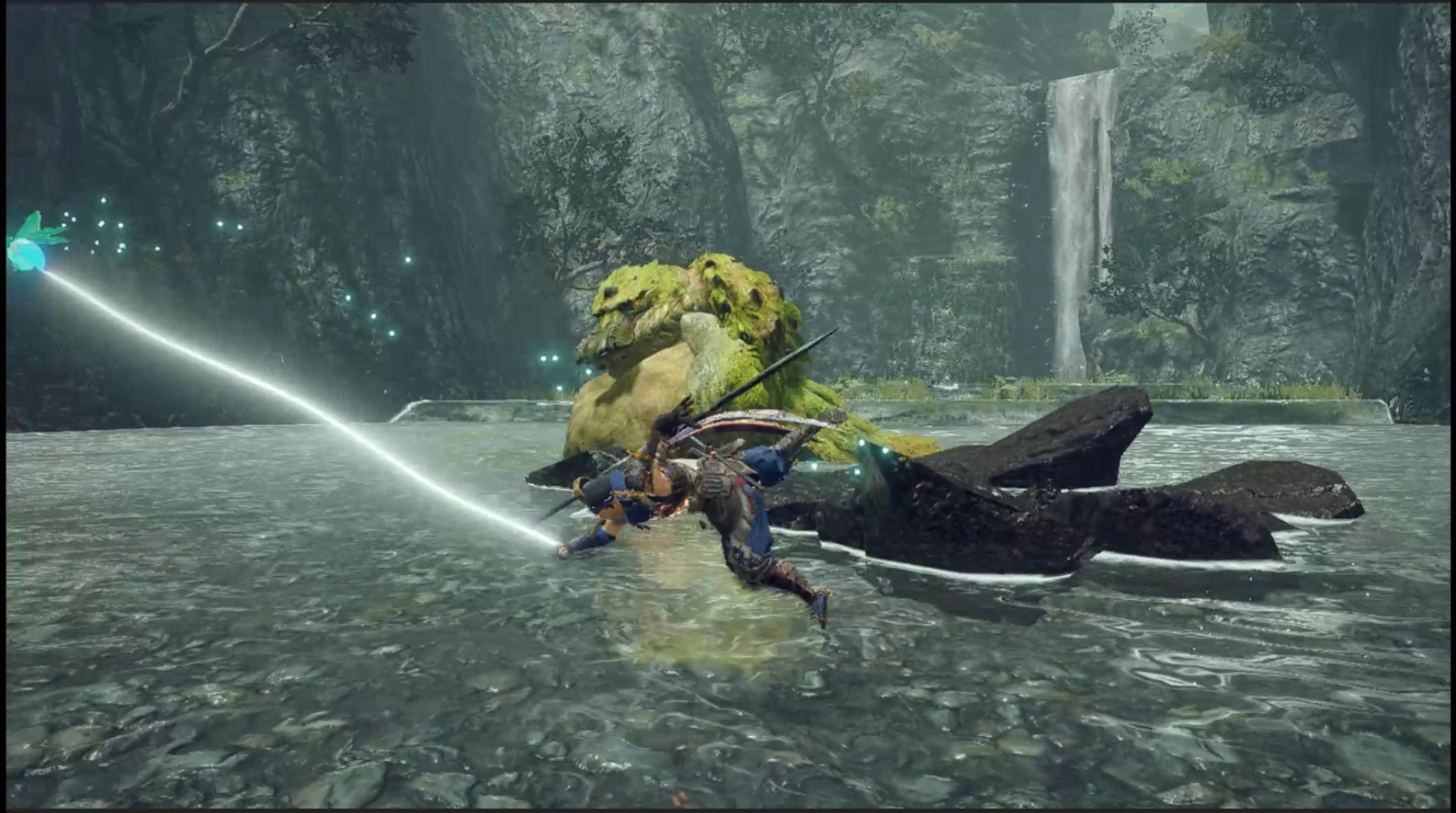 Q4. At TGS recently, you gave the world its first look at live gameplay, and it was quite interesting to hear hunters talk during quests now!A4. Yeah, we received a lot of positive feedback on that. At TGS, the player characters only spoke Japanese, but you can also change this to English or Monster Hunter Language.
Q4. At TGS recently, you gave the world its first look at live gameplay, and it was quite interesting to hear hunters talk during quests now!A4. Yeah, we received a lot of positive feedback on that. At TGS, the player characters only spoke Japanese, but you can also change this to English or Monster Hunter Language.
You can even adjust the frequency of the voices, or turn them off altogether.Q5. Final question! When’s the next trailer coming?A5. I can’t go into too many details, but I want to release a new trailer before the end of the year.– I’m sure the fans can’t wait! Thanks for your time today!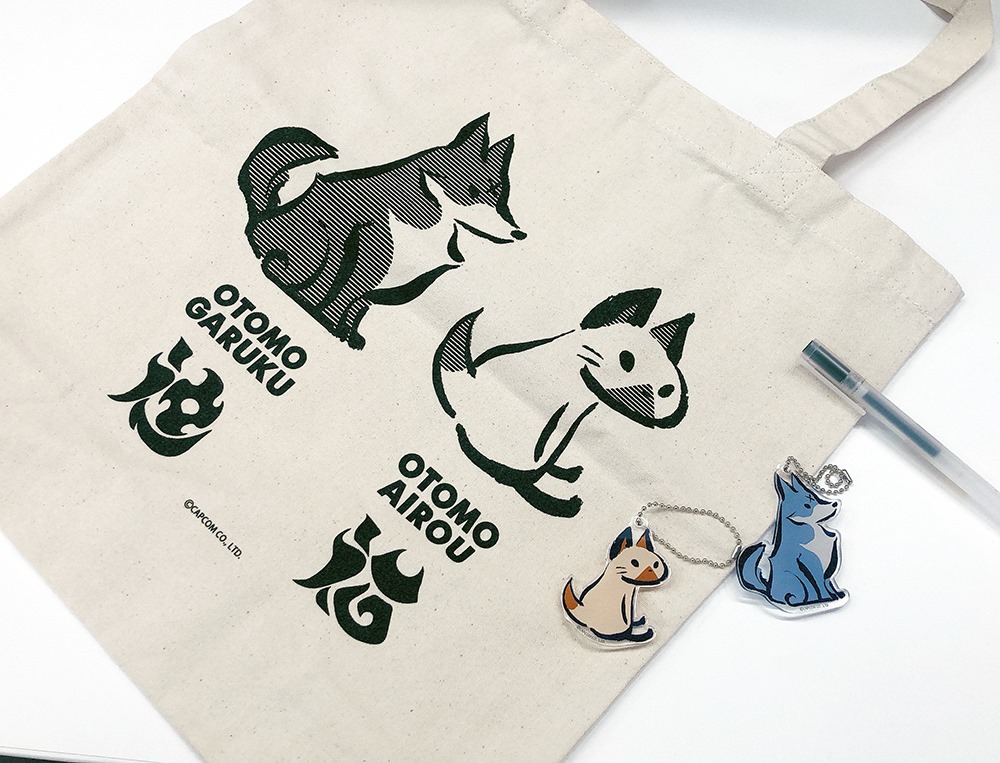 – e-Capcom merch!Final Comment from Shibata:
– e-Capcom merch!Final Comment from Shibata:
Wirebugs and Canynes; there’s a lot of new features to be excited about, but it’s good to know that you won’t need to master them right away.
I’m sure a lot of people will be happy to know that they can adjust the voice settings to their liking as well.
There’s more news to look forward to, so stay tuned!
Next time, I’ll be paying a visit to the Director!To be continued! -
Hello everyone! Shibata here, reporting from the Monster Hunter Rise dev floor!
For our second round of Monster Hunter Rise interviews, I’ll be talking to the Director, Yasunori Ichinose!
I’ve been a fan of this series since I was still in school, so just getting to meet him was kind of a big deal for me! Enjoy!
Vol. 2
Monster Hunter Rise DirectorYasunori Ichinose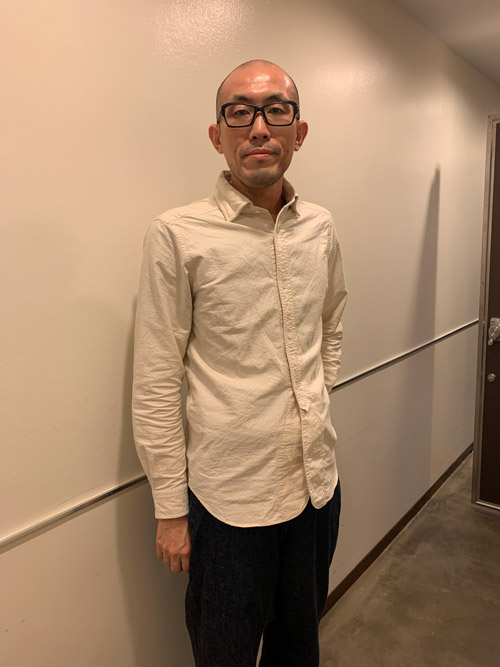 Q1. I’m sure you got a lot of fan feedback after Monster Hunter Rise was announced. Was there anything in particular that caught your attention?A1. I was happy to see the response to the Palamutes was extremely positive, not just in Japan, but overseas as well. A lot of people asked to what extent you can customize your trusty Canyne.
Q1. I’m sure you got a lot of fan feedback after Monster Hunter Rise was announced. Was there anything in particular that caught your attention?A1. I was happy to see the response to the Palamutes was extremely positive, not just in Japan, but overseas as well. A lot of people asked to what extent you can customize your trusty Canyne.
We already revealed this information, but in case you missed it: you can change the shape of their ears and tail, and the color of their coat. We hope you create your own unique Palamute and treat it with as much affection as you would your Palicoes!
I’ve been using my own customized Palamute for checking the game, and it’s grown on me a lot.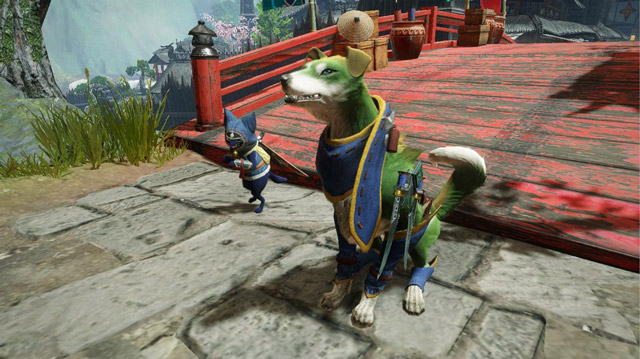 – Mr. Ichinose shared his personal Palamute and Palico designs on Twitter the other day as well!
– Mr. Ichinose shared his personal Palamute and Palico designs on Twitter the other day as well!
– I’m playing with a yellow Palamute and a green Palico. I love hot dogs, so I colored them after my favorite condiments: mustard and pickle relish!We received a lot of reactions to the Buddies, but the monsters were very popular as well.
We introduced 4 new monsters (and a few others): Magnamalo, Aknosom, Tetranadon, and Great Izuchi. We only showed their names and what they look like, but people came up with lots of speculation for each creature and it’s all been really interesting to read.
I’ve seen a lot of fan art on social media as well, which makes all of us working on the game very happy. Thank you, everyone!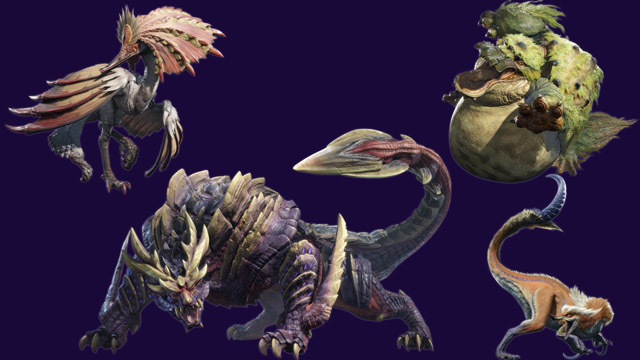 This game has a very Japanese/Asian-flavored setting, so initially I was a bit worried what kind of response that would elicit, but people reacted very positively to this as well, so we’re all very satisfied.
This game has a very Japanese/Asian-flavored setting, so initially I was a bit worried what kind of response that would elicit, but people reacted very positively to this as well, so we’re all very satisfied.
We want to create something new while maintaining the core Monster Hunter experience, so we hope you look forward to future information.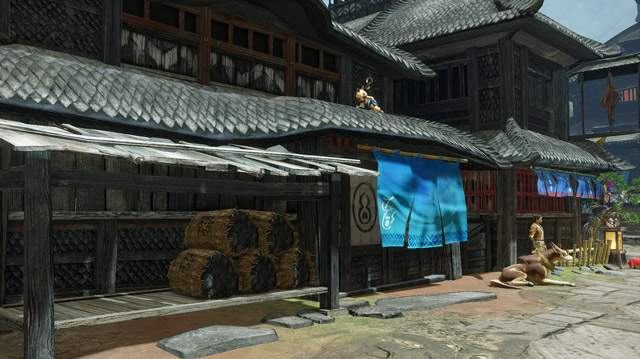
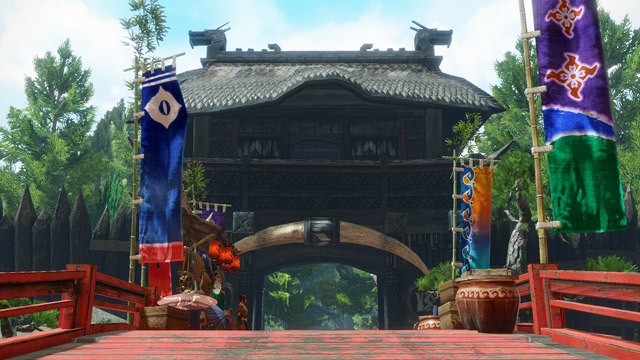 Q2. You showed an exclusive first look at live gameplay at TGS. Was there anything you wanted to show off but couldn’t?A2. There’s still a lot of things we haven’t talked about yet, so we’ll keep bringing you new announcements as the release date draws closer. Of course there are still plenty of monsters, both new and familiar, that we haven’t shown yet. And there’s some new player-related systems apart from the Wirebug as well…
Q2. You showed an exclusive first look at live gameplay at TGS. Was there anything you wanted to show off but couldn’t?A2. There’s still a lot of things we haven’t talked about yet, so we’ll keep bringing you new announcements as the release date draws closer. Of course there are still plenty of monsters, both new and familiar, that we haven’t shown yet. And there’s some new player-related systems apart from the Wirebug as well…
In terms of stages, we’ve only shown the Shrine Ruins so far, but of course there are a few more.
Some of them may even bring back some fond memories.– That’s some interesting news! I look forward to talking about the new player systems!
– Now, I’d like to ask you a few things about some elements that have kept the fans busy over the past few weeks (from what I’ve seen).Q3. In Multiplayer, each hunter will be able to bring along 1 Buddy, for a total of 4 hunters and 4 Buddies. This means you’ll be able to take on monsters with a group of 8 characters at maximum, but will monsters actually attack all hunters and all Buddies?A3. Yes, everyone’s a target.
Buddies will be attacked as well, but not quite as often as hunters.Q4. Does the difficulty of the quests get adjusted to the number of players in Multiplayer?A4. Yes, it does.
We’ve looked at past titles for reference and tweaked the settings to fit this game the best.Q5. Can you explore the locales without objectives or a time limit?A5. Outside of the regular quests, we have some quests that allow you play without a time limit as well, so if you want to focus on exploration and gathering materials instead of hunting, you can do that to your heart’s content.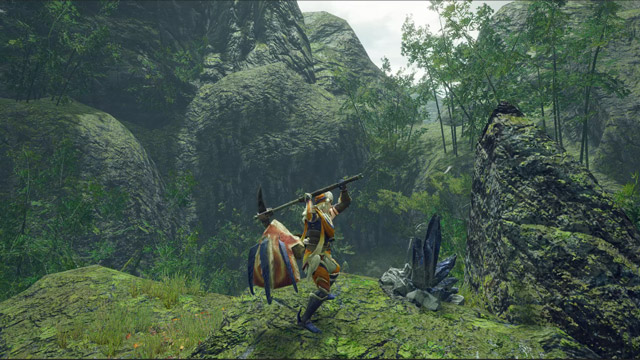 – Thank you. I still have plenty of other questions, but I think we have to call it a day for now!
– Thank you. I still have plenty of other questions, but I think we have to call it a day for now!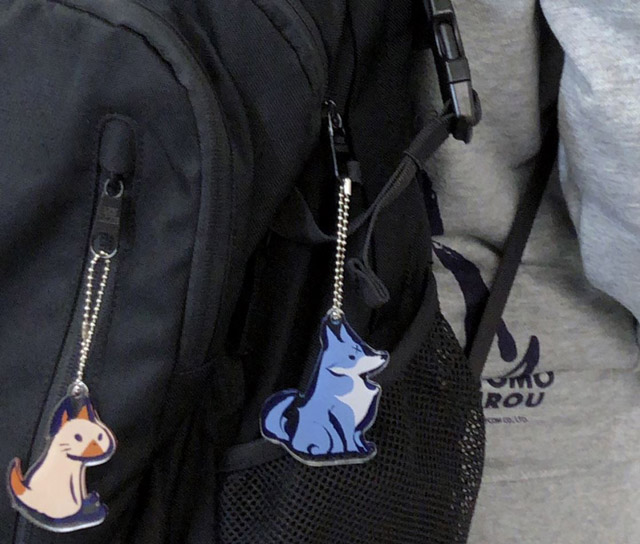 – e-Capcom merch!Final Comment from Shibata:
– e-Capcom merch!Final Comment from Shibata:
Mr. Ichinose mentioned the response we received to the Palamutes, but I remember being very excited when I first saw these cute doggos myself. I’m sure people will spend several hours just on the character editor alone, haha.
I’ll be bringing you more updates in the future, so stay tuned!
Next time, I’ll be talking to Kosuke Tanaka and Satoshi Hori from the sound team! -
Hello everyone! Shibata here, reporting from the Monster Hunter Rise dev floor!
For our third round of Monster Hunter Rise interviews, I’ll be talking to the sound team.
Meet Kosuke Tanaka, the Sound Director, and Satoshi Hori, the Lead Composer!
Vol. 3
Monster Hunter Rise Sound DirectorKosuke TanakaMonster Hunter Rise Lead ComposerSatoshi Hori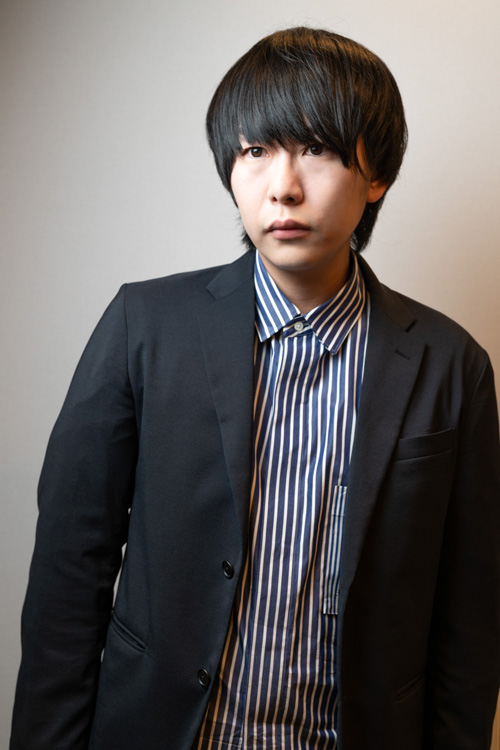 Kosuke
Tanaka
Kosuke
Tanaka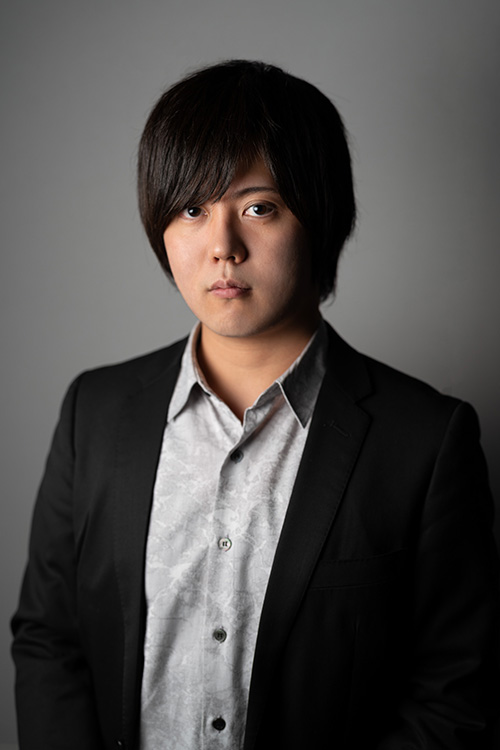 Satoshi
HoriQ1. First, would you mind introducing yourselves?A1. Tanaka: I’m Kosuke Tanaka, the Sound Director.
Satoshi
HoriQ1. First, would you mind introducing yourselves?A1. Tanaka: I’m Kosuke Tanaka, the Sound Director.
I’m in charge of designing and overseeing the general sound concepts, as well as schedule management.
I do some actual production work as well and, to give a few simple examples, I created the sound effects for the Wirebug and the Title Screen.A1. Hori: I’m Satoshi Hori, the Lead Composer.
I’m in charge of supervising all BGM-related elements of Monster Hunter Rise, creating musical concepts for each monster (deciding the sense of scale of each piece, and which instruments to use, etc.), and directing the other composers.Q2. What kind of image and goals did you have for the sound in Monster Hunter Rise?A2. Tanaka: The general theme for the sound was “catchy and easy to understand.”
If the sound design for Monster Hunter: World and Iceborne could be described as “Art with delicate layers,” then I’d say the sound design for Monster Hunter Rise is “to convey everything with one concentrated effect.” That’s what we were going for.
Also, we wanted to treat past titles in the Monster Hunter series with respect, so although there are a lot of new sound effects in this game, we’re intentionally using some nostalgic sounds as well.Q3. We’ve already shown some live gameplay footage of the Shrine Ruins at TGS, and the environmental sound effects, like the songs of birds etc., change very realistically based on where the hunter is going, correct?A3. Tanaka: Yes, in order to make the new stages, like the Shrine Ruins, feel as realistic as possible, we went out and did field recordings in a variety of places. The songs of birds, the chirping of cicadas, ambient noise in caves, the bells of a temple, and lots and lots of other sounds. We’ve put a lot of “real sounds” into the game like that. As a result, we’ve managed to create a soundscape that feels like a living, breathing ecology, which adds to the realism, I think.– As you can see in the image below, we used actual nature sounds!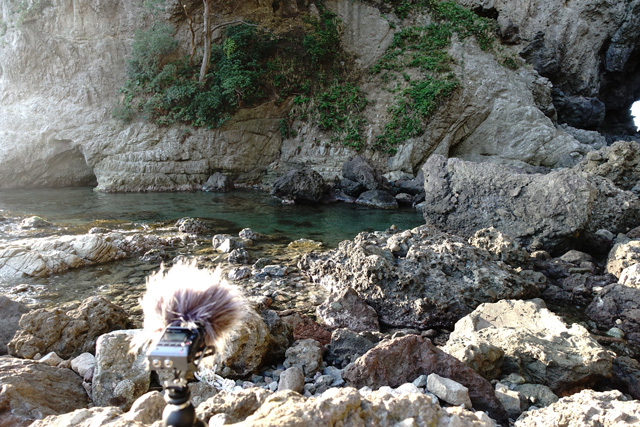 Q4. The BGM in the trailers we’ve seen so far also uses a variety of instruments. How did you record all of this?A4. Hori: Oh yeah, we recorded a whole bunch of traditional Japanese instruments: shakuhachi, shamisen, shinobue, and koto of course, but also biwa, hichiriki, ryūteki, taiko, atarigane, Kagura suzu, and horagai. There’s even some very unusual instruments in there that you normally wouldn’t hear outside of special occasions.
Q4. The BGM in the trailers we’ve seen so far also uses a variety of instruments. How did you record all of this?A4. Hori: Oh yeah, we recorded a whole bunch of traditional Japanese instruments: shakuhachi, shamisen, shinobue, and koto of course, but also biwa, hichiriki, ryūteki, taiko, atarigane, Kagura suzu, and horagai. There’s even some very unusual instruments in there that you normally wouldn’t hear outside of special occasions.
On top of these Japanese instruments, we also recorded live orchestral performances in order to convey the strength of the monsters and the scale of the world in a way that you would expect from a Monster Hunter game. The orchestral performances were carried out in Japan, LA, and London, depending on where the music was going to be used and which monster theme we were recording. For particularly fearsome monsters and music that required a large sense of scale, we mainly used Abbey Road in London.
Apart from the huge collection of instruments, we also recorded several songs in a variety of genres.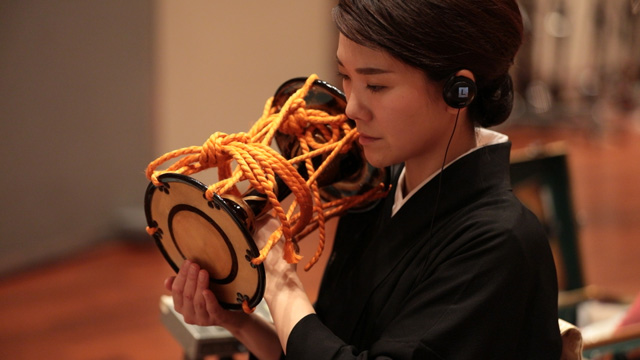
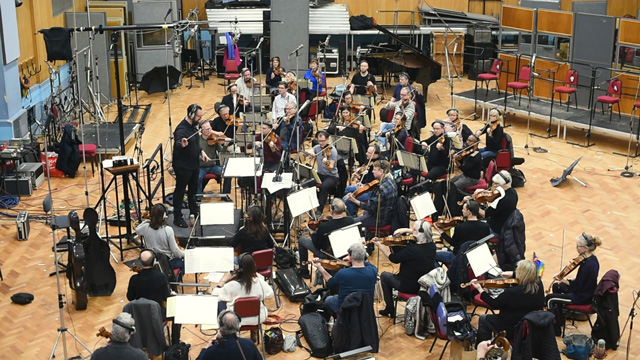 Q5. Yes, I noticed the singing in “Proof of a Hero: Rise Version”! Can you tell us a bit more about that?A5. Hori: We used a chorus of 24 people for “Proof of a Hero: Rise Version.”
Q5. Yes, I noticed the singing in “Proof of a Hero: Rise Version”! Can you tell us a bit more about that?A5. Hori: We used a chorus of 24 people for “Proof of a Hero: Rise Version.”
I think we’ve managed to create a quite unique version of this fan favorite by combining the usual orchestra with traditional Japanese instruments, and vocal music.
For this game, we wanted “Proof of a Hero” to symbolize the people of Kamura Village fighting against the onslaught of the Rampage, encouraging themselves and the players through song, in order to protect their homes.
There are parts in this piece where the themes of Kamura Village and the Rampage are both played simultaneously as well, so keep your ears open for that as well!Q5.5. You mentioned monster themes; have the monster themes been remade for Monster Hunter Rise?A5.5. Hori: We haven’t made any huge changes to the original music. We made sure to pay the proper amount of respect to the Monster Hunter series by preserving the quality of the original pieces, while also adding a catchy twist to them to better fit the themes of this game.
Mr. Ichinose wanted to have vocals for every piece, so it’s not just the completely new monster themes that will have vocal performances in them, but the arrangements of existing themes as well.Q6. In Monster Hunter Rise, the hunter has actual lines of dialogue. How many voice options will there be in the game?A6. Tanaka: If you want to know the exact number, you’ll have to play the game, but there are enough choices for you to be indecisive over.
As you said, the hunters don’t just grunt anymore, they have actual dialogue this time, and each voice type represents a certain “personality.” Our script writer had to come up with different settings and a whole bunch of lines for each voice type, but we think he did an outstanding job. It really speaks to the imagination: “A hunter with a voice like this probably lives their hunting life in such and such way,” you know? I really think players will enjoy mulling over which voice they’re going to pick.– And you can even pick between Japanese, English, or Monster Hunter language! I look forward to spending hours on the character creation screen!
– Of course, if you only want grunts and efforts like in the past titles, there’s an option for that, and you can even adjust the frequency of spoken dialogue, so you can enjoy the VO in any way you want!Q6.5. Why did you make the decision to have the hunters talk this time?A6.5. Tanaka: We wanted to use the hunter’s voice as a communication tool between players.
For most of the past entries in the series, players used to gather together with their portable consoles and just talk to each other in real life, and we wanted to recreate this sense of excitement for people living in an environment where it is not so easy to get a group of players together in a physical space. So we figured that maybe we could pull this off by borrowing the hunter’s voice.
Using in-game player voices also removes the necessity for companion apps, which significantly lowers the hurdle for communication.Q7. Considering that players from all over the world will be able to play together online, is it possible for players to communicate with each other while maintaining their separate voice settings? (i.e. Will it be possible to communicate with players who have different settings from yourself?)A7. Tanaka: Each player will hear the voice language that they selected in the options.
The dialogue spoken by other players will play back in the voice language you selected, so there should not be any trouble communicating. We hope everyone will use this VO to make friends with people from all over the world.– Not only will you be able to play with hunters across the globe, you’ll even be able to talk to each other in languages you understand!
– You can also choose whether you want other players’ voices turned on or off!Final Comment from Shibata:
Thank you, Mr. Tanaka and Mr. Hori! As you can see, we’re paying plenty of respect to the Monster Hunter series’ legacy, while also making sure Monster Hunter Rise is its own unique entry in the franchise, so we hope you look forward to experiencing the impactful soundscape for yourself. The fact that the hunters have dialogue has already got lots of people talking, so in that sense we’ve already managed to get players excited!
Next time, I’ll be talking to Inouchi, the designer of the monster icons and other illustrations! -
Hello everyone! Shibata here, reporting from the Monster Hunter Rise dev floor!
For our fourth round of Monster Hunter Rise interviews, I’ll be talking to Inouchi, who created a lot of the illustrations used in the game, like the monster icons, etc.
Vol. 4
Monster Hunter Rise IllustratorInouchi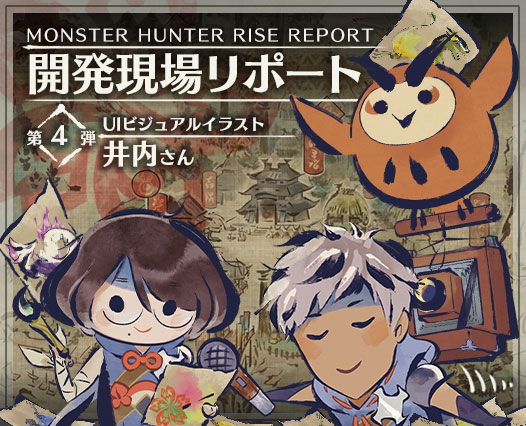 Q1. First, would you mind introducing yourself? What did you work on for Monster Hunter Rise?A1. I made the ink-like illustrations, and some decorations for Kamura Village..Q2. What kind of image and themes did you have in mind for the illustrations in Monster Hunter Rise?A2. The biggest themes were “ink” and “dyed fabric.”– Monster Icons
Q1. First, would you mind introducing yourself? What did you work on for Monster Hunter Rise?A1. I made the ink-like illustrations, and some decorations for Kamura Village..Q2. What kind of image and themes did you have in mind for the illustrations in Monster Hunter Rise?A2. The biggest themes were “ink” and “dyed fabric.”– Monster Icons
The in-game lore is that Guild Master Hojo draws all of the monster sketches used on the quest notices, so I made them look a bit soft, with swift brush strokes. I can imagine he had to draw them in a hurry while they were charging at him. – Kamura Decorations
– Kamura Decorations
I made these in the image of a dyed fabric style called “Katazome.”
(A dyeing method where you use a small blade to cut a figure out of thick paper and then dye it.)
I included some imagery of the village itself, the “castle town” style look, the steelworks, and of course ninjas… There’s a lot of strong motifs, even for this series, and I gave everything a heavy, sharp look.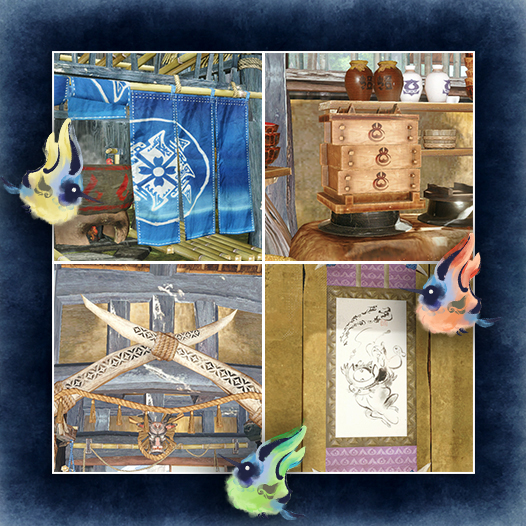 – Ink and dyed fabric; both are very important visual elements of the world we wanted to create in Monster Hunter Rise!Q3. Are there any points about the in-game illustrations that you were very particular about, or put extra care into? For instance, the Nintendo Switch can be played either in handheld mode or on a TV, so did you give any extra consideration to the fact that players will be playing this game on a variety of screen sizes?A3. When designing the UI, I made sure to keep legibility in mind in handheld mode. The chat stickers, for instance, are on the small side with a relatively large transparent area so that they don’t get in the way when you interact with monsters.
– Ink and dyed fabric; both are very important visual elements of the world we wanted to create in Monster Hunter Rise!Q3. Are there any points about the in-game illustrations that you were very particular about, or put extra care into? For instance, the Nintendo Switch can be played either in handheld mode or on a TV, so did you give any extra consideration to the fact that players will be playing this game on a variety of screen sizes?A3. When designing the UI, I made sure to keep legibility in mind in handheld mode. The chat stickers, for instance, are on the small side with a relatively large transparent area so that they don’t get in the way when you interact with monsters.
At the same time, I wanted to have enough variation in the layout and keep everything tidy, so I paid special attention to the size and coloring of the characters as well.And when you look at the village map, this is actually the only instance where you can see the village in its entirety on one screen, so I focused on conveying the atmosphere more than anything else.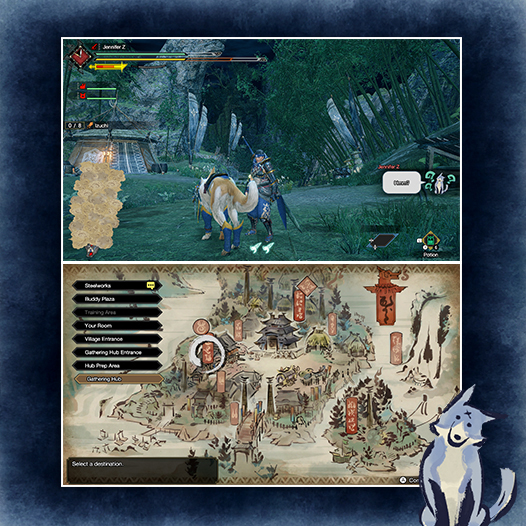 – I heard that a lot of people plan to play this game in handheld mode, so it’s good to know that legibility has been kept in mind!Q4. What kind of software and equipment do you use?A4. I use Photoshop and a graphics tablet.Q5. A lot of fans have been posting illustrations of Monster Hunter Rise on social media, like Twitter and Instagram. Did you see anything you thought was particularly cool?A5. I can’t think of anything particular off the top of my head, but I do remember being deeply impressed with the response to our first trailer. Some fans had illustrations ready as soon as the next morning, and it was great to see how excited everyone was about the new Canyne companion, and how much they liked the characters. It reminded me of how excited I was myself when I got assigned to this team.
– I heard that a lot of people plan to play this game in handheld mode, so it’s good to know that legibility has been kept in mind!Q4. What kind of software and equipment do you use?A4. I use Photoshop and a graphics tablet.Q5. A lot of fans have been posting illustrations of Monster Hunter Rise on social media, like Twitter and Instagram. Did you see anything you thought was particularly cool?A5. I can’t think of anything particular off the top of my head, but I do remember being deeply impressed with the response to our first trailer. Some fans had illustrations ready as soon as the next morning, and it was great to see how excited everyone was about the new Canyne companion, and how much they liked the characters. It reminded me of how excited I was myself when I got assigned to this team.
As I was going around to look at people’s reactions, I also found out about accounts that tweet out monsters’ thoughts, and that was very lovely as well.Final Comment from Shibata:
Thank you, Inouchi!
The themes of ink and dyed fabric are of course prevalent in the game, but you can also clearly see them on the official website and in our social media posts!
The website for the Monster Hunter Official Fanclub has an archive of these Monster Hunter Rise interviews, and the title logo used on that page was actually also created by Inouchi!
Next time, I’ll be interviewing Mori, player action designer, to talk about the 14 weapon types! -
Hello everyone! Shibata here, reporting from the Monster Hunter Rise dev floor!
For our fifth round of Monster Hunter Rise interviews, I’ll be talking to Yoshitaka Mori, who’s in charge of designing the player actions for all 14 weapon types.
Vol. 5
Monster Hunter Rise Player Action Game DesignerMori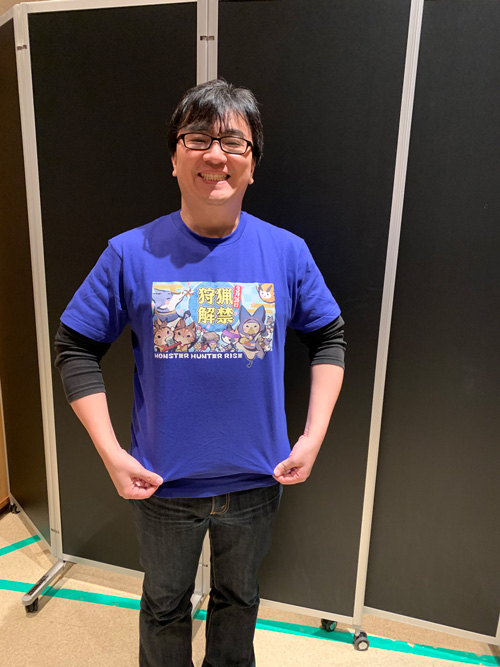
↑This is Mr. Mori after the live gameplay session at the digital event.
Q1. First, would you mind introducing yourself? What did you work on for Monster Hunter Rise?A1. Basically, I’m in charge of the game design related to the player character. I’m the main representative of creating everything to do with the hunter.Q2. What kind of vision or direction did you have in mind for the weapon actions in Monster Hunter Rise?A2. For this game, obviously the Wirebugs took the main stage. It was decided from a very early point in development that we would be adding Silkbind Attacks, however we wanted to avoid a situation where battles would take place almost exclusively in the air. And a large part of the appeal of Monster Hunter comes from the major differences in actions, attacks, and movement between each weapon type. So we wanted to make sure that the movesets didn’t end up feeling samey as a result of these additions. The direction we wanted to go in was to ensure that Wirebugs would help you easily move around while your weapon is sheathed, and would provide extra depth to each weapon when unsheathed. That’s how we came up with the Wiredash and the Silkbind Attacks. During development, it was decided that the maps were going to be seamless, which made swift and smooth movement even more important, so I’m glad we decided to split up the Wirebug’s functionality in this way.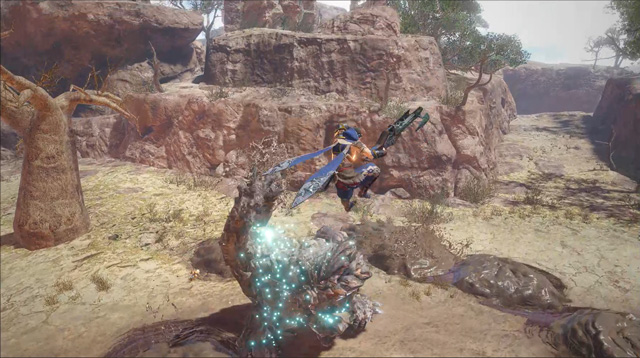 Q3. We recently revealed Switch Skills. How did those end up in the game?A3. We wanted to provide more varied approaches to gameplay. We introduced Hunting Styles in Monster Hunter Generations, which provided a lot of flexibility to players. By changing a few actions in each weapon type, players could come up with new strategies out in the field. There aren’t any Hunting Styles in Rise, but we tried to come up with a way to give players this kind of flexibility, even if they’re using the same weapon. That’s how Switch Skills came to be and why they generally have very specific attributes. The ones you earn later in the game won’t necessarily be stronger than the ones you earn early on, but they can be more useful in dealing with specific monsters, so you can pick the skills that best suit your play style.
Q3. We recently revealed Switch Skills. How did those end up in the game?A3. We wanted to provide more varied approaches to gameplay. We introduced Hunting Styles in Monster Hunter Generations, which provided a lot of flexibility to players. By changing a few actions in each weapon type, players could come up with new strategies out in the field. There aren’t any Hunting Styles in Rise, but we tried to come up with a way to give players this kind of flexibility, even if they’re using the same weapon. That’s how Switch Skills came to be and why they generally have very specific attributes. The ones you earn later in the game won’t necessarily be stronger than the ones you earn early on, but they can be more useful in dealing with specific monsters, so you can pick the skills that best suit your play style.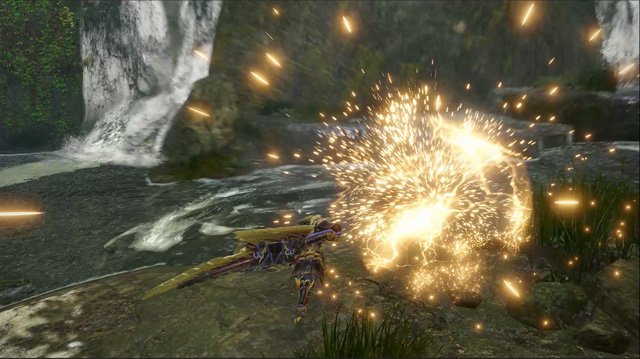 Q4. There are 14 weapon types; some are melee weapons, others are ranged, and some require more inputs than others. Each weapon has its own unique characteristics, but how do you make sure all of this stays balanced?A4. We did it democratically and through a lot of discussion. In the early stages of development, the designers in charge of the weapons decide the weapon trees, and they determine the stats and values based on the concepts of each weapon and action, but when we reach the halfway point, the entire team will be checking and playing the game and sharing their opinions, so we can tweak and balance everything as necessary. We even switched out the designers in charge of each weapon during development, so it was actually a pretty fun process. Everyone ranging from the Director to the new recruits were eager to share their opinions, so there were a lot of comments we had to go through. I’m very grateful to everyone who helped out with this!Q5. Is there anything else you’d like to share about the hunter’s abilities? Any interesting hints, tips, or features you’d like to tell us about?A5. I was only going to pick a handful, but then you told me you wanted something for every weapon, so that’s what you’re going to get. (Shibata: Since this is a special occasion, let’s have a look at all the weapon types. Thanks, Mr. Mori!)
Q4. There are 14 weapon types; some are melee weapons, others are ranged, and some require more inputs than others. Each weapon has its own unique characteristics, but how do you make sure all of this stays balanced?A4. We did it democratically and through a lot of discussion. In the early stages of development, the designers in charge of the weapons decide the weapon trees, and they determine the stats and values based on the concepts of each weapon and action, but when we reach the halfway point, the entire team will be checking and playing the game and sharing their opinions, so we can tweak and balance everything as necessary. We even switched out the designers in charge of each weapon during development, so it was actually a pretty fun process. Everyone ranging from the Director to the new recruits were eager to share their opinions, so there were a lot of comments we had to go through. I’m very grateful to everyone who helped out with this!Q5. Is there anything else you’d like to share about the hunter’s abilities? Any interesting hints, tips, or features you’d like to tell us about?A5. I was only going to pick a handful, but then you told me you wanted something for every weapon, so that’s what you’re going to get. (Shibata: Since this is a special occasion, let’s have a look at all the weapon types. Thanks, Mr. Mori!)
Great sword: The Leaping Wide Slash gains extra hits with each charge stage (so does the Plunging Thrust). We added a lot of attacks that work well with elemental weapons.
Long sword: If you successfully land an Iai Spirit Slash, you can follow up with several other moves, like a Special Sheathe, for example. And, if you press the Y Button, you can do a regular sheathe regardless of whether the counter was successful or not.
Sword & shield: If you land a hit using Falling Shadow, you’ll follow up with a Scaling Slash. But you can actually do another Falling Shadow after the Scaling Slash while you’re still airborne. Performing another takes you further up, so it’s a handy evasion technique if you managed to jump off an enemy but it looks like you might get knocked out of the air.
Dual blades: The amount of damage and number of hits dealt by Shrouded Vault changes depending on whether you’re in Demon Mode or not.
Hammer: The Charge Switch animation when going from blue to yellow doesn’t only max out your charge, but it also provides a window of invincibility during startup.
Hunting horn: You can adjust your direction 360 degrees during Crush and Double Swing.
Lance: If you keep attacking after doing a Wide Sweep, you’ll be prevented from flinching for a while.
Gunlance: Aerial Burst is tied to Charged Shelling, and can be performed by pressing the ZR button and the A Button at the same time.
Switch axe: Depending on the type of phial you’re using, it can be easier to enter the Amped State. The demo used Power Phials, which charge up the most slowly.
Charge blade: The Fade Slash in sword mode can be used in 4 directions, but you can adjust the direction 180 degrees in front of you while swinging the sword.
Insect glaive: Aerial attacks performed while bouncing up after using a Jumping Advancing Slash are now more powerful. They will keep getting more powerful as long as you repeatedly hit the enemy without landing.
Light bowgun: You can easily fire shots with a lot of recoil if you fire during a Fanning Vault.
Heavy bowgun: If you have a shield, the start of a melee attack will be able to block attacks.
Bow: The Arc Shot used in the demo was a recovery type, but there are several other effects depending on which bow you use.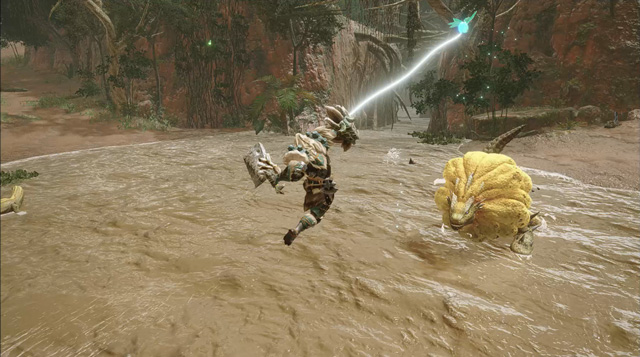 Closing Comment from Shibata:
Closing Comment from Shibata:
Thanks for the interview, Mr. Mori! And thank you for the live gameplay the other day as well.
It sounds like the Wirebug and the Switch Skills offer a lot flexible play styles and variety in Monster Hunter Rise, even among players using the same weapons! We hope everyone will try out the various Switch Skills for their favorite weapon, or even try out different weapons based on the monster or quest you’re taking on!
Next time, I’ll be interviewing Aboshi and Daimatsu who are in charge of the Rampage! -
Hello everyone! Shibata here, reporting from the Monster Hunter Rise dev floor!
For our sixth round of Monster Hunter Rise interviews, I’ll be talking to Naotake Aboshi and Yuto Ohmatsu about the Rampage!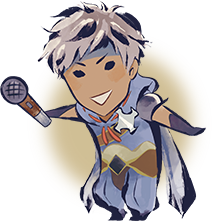
Vol. 6
Monster Hunter Rise Game DesignerAboshiMonster Hunter Rise Game DesignerOhmatsu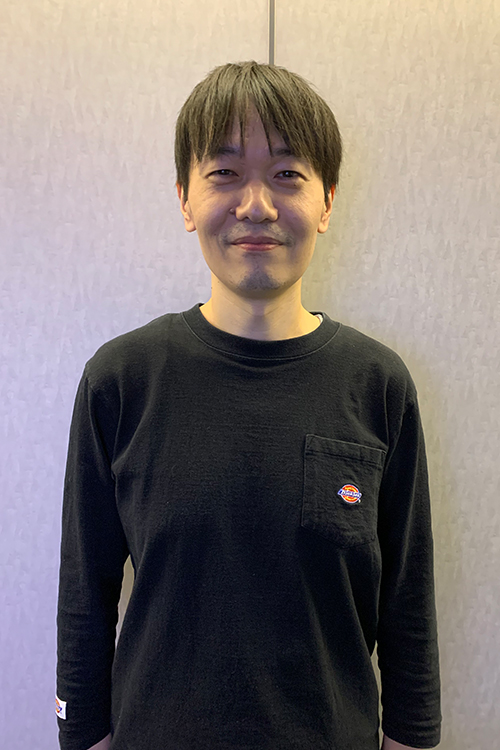 Aboshi
Aboshi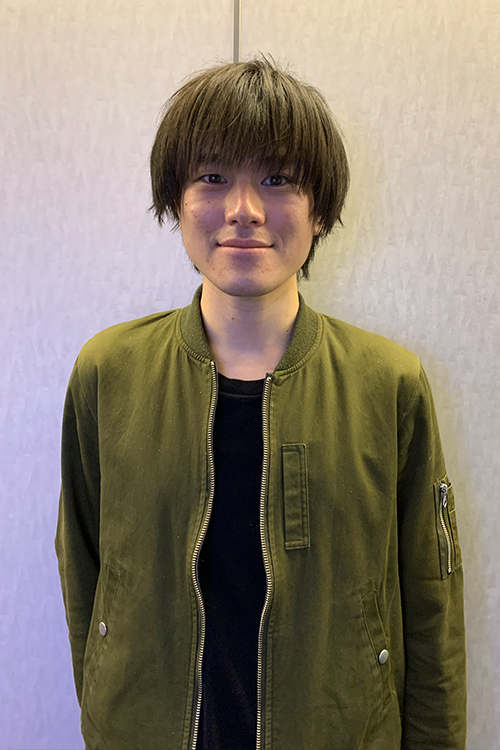 OhmatsuQ1. Which parts of the Rampage in MH Rise did you work on?A1. Aboshi: I was the lead game designer for Buddies, quests, and the Rampage itself. I was in charge of managing the overall progress/schedule on the production of this feature. I also worked on the quest-related systems and difficulty balancing.A1. Ohmatsu: I worked on the game design for the monsters. I was in charge of balancing everything related to monsters and the Hunting Installations.Q2. The Rampage is a kind of Tower Defense quest, so how are they different from the quests in past games where you had to fight off a gigantic monster?A2. Aboshi: “The Rampage” and “protecting the village” were two key phrases that the Director had in mind from the start of development. We used those two phrases to come up with in image for the game and how to incorporate it into the gameplay.
OhmatsuQ1. Which parts of the Rampage in MH Rise did you work on?A1. Aboshi: I was the lead game designer for Buddies, quests, and the Rampage itself. I was in charge of managing the overall progress/schedule on the production of this feature. I also worked on the quest-related systems and difficulty balancing.A1. Ohmatsu: I worked on the game design for the monsters. I was in charge of balancing everything related to monsters and the Hunting Installations.Q2. The Rampage is a kind of Tower Defense quest, so how are they different from the quests in past games where you had to fight off a gigantic monster?A2. Aboshi: “The Rampage” and “protecting the village” were two key phrases that the Director had in mind from the start of development. We used those two phrases to come up with in image for the game and how to incorporate it into the gameplay.
As the name implies, the Rampage involves a large horde of monsters attacking at once, so we had to think about what kind of gameplay would be involved in repelling hordes of monsters, which made it intrinsically very different from repelling one gigantic monster.
Then, we had to consider if we were going to let the player place Hunting Installations freely, and if we did, that would mean they’d have to keep a lot of things in mind at once, so maybe we could reduce the load a bit by removing the need to gather ammo, etc. It went through various iterations before we ended up with the current system.Q3. The Rampage brings lots of new features to the series. Which ones ended up taking the most time?A3. Aboshi: Pretty much everything, actually.
We even had to give each monster their own unique thought patterns.A3. Ohmatsu: The Hunting Installations offer a lot more options than before, so it took a lot of time to make sure all installations were balanced and unique enough. Especially the machine cannons are very powerful, but you need to have a pretty high level to be able to place them, so I hope people try them out.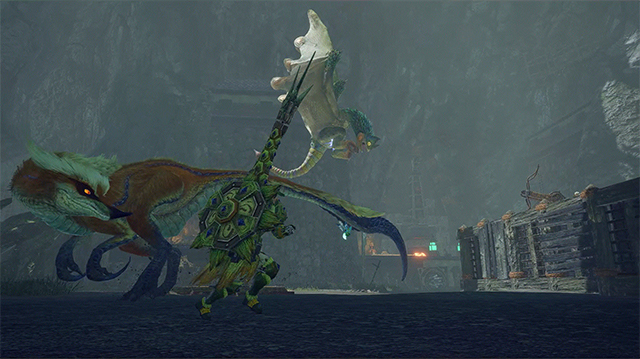 Q4. The installation platforms hide many Hunting Installations and even some of your friends from Kamura. What do they look like on the inside? How do they work!?A4. Aboshi: When the hunter picks an installation, they deposit a sort of card into the platform (if you look closely at the hunter, you can see they are carrying a card-like object).
Q4. The installation platforms hide many Hunting Installations and even some of your friends from Kamura. What do they look like on the inside? How do they work!?A4. Aboshi: When the hunter picks an installation, they deposit a sort of card into the platform (if you look closely at the hunter, you can see they are carrying a card-like object).
This card tells the village’s defenders which Hunting Installation they need to prepare, and the defenders then put the required installation on the platform and send it up (this takes only a few seconds, so you know the defenders have had excellent training).
They’ll automatically remove broken installations as well, so that they can patch them up and send them back again.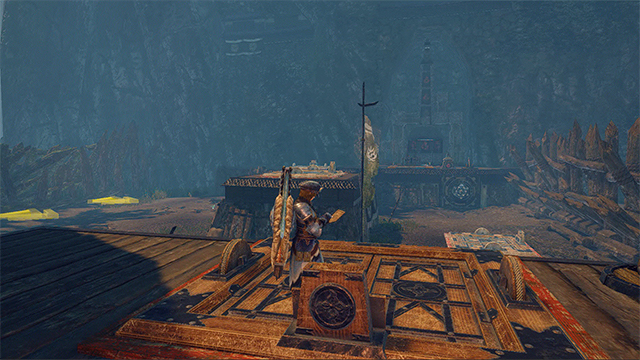 Q5. The Apex monsters are very impressive. How did you come up with that idea?A5. Aboshi: The Rampage quests can be taken on fairly early on in the Village quest line, but we felt we needed to shake things up a bit for High Rank quests, which is where the idea of Apex monsters came from.A5. Ohmatsu: They are basically stronger monsters that are different from their regular counterparts. We’ve tweaked their stats to provide more of a challenge.
Q5. The Apex monsters are very impressive. How did you come up with that idea?A5. Aboshi: The Rampage quests can be taken on fairly early on in the Village quest line, but we felt we needed to shake things up a bit for High Rank quests, which is where the idea of Apex monsters came from.A5. Ohmatsu: They are basically stronger monsters that are different from their regular counterparts. We’ve tweaked their stats to provide more of a challenge.
They’re very aggressive too; they’ll break some platforms, try to destroy Hunting Installations, and even use powerful special attacks.
In the early stages of the Rampage you’ll have to focus on placing installations, but once these guys show up, you’ll have to get up-close and personal.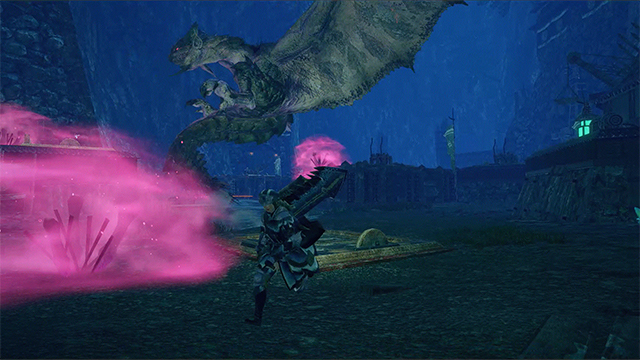 Q6. What has the fan feedback been like since the release?A6. Aboshi: We’ve received a variety of opinions.
Q6. What has the fan feedback been like since the release?A6. Aboshi: We’ve received a variety of opinions.
We’re happy to hear that a lot of people are enjoying playing it in multiplayer.
If you’re playing it solo however, it can be a bit overwhelming if you’re not used to it. You can actually complete the quest if you fulfill the sub-assignments, but you’ll get fewer rewards.
If you need some other helpful tips:
It can be helpful to place the maximum number of ballistae, defender ballistae, and bamboo bombs, and then use the ballista’s Retreat Shot to shoot down the pesky Targeter types.
(You can shoot down Targeter types with a single Exploding Kunai as well, which can be crafted from drops.)
You can fire the ballista by holding down the button, so just make sure your shots are lined up correctly and hold down the button to have an easier time. You should mainly use Hunting Installation until the counter signal is activated. Once the counter signal is activated, you should focus on attacking the monster with your regular weapon.
Also, during prep time, you should place some defender cannons, as well as Wyvernfire Artillery, while making sure they’re aimed at the path the monsters will go through.
Any automatic installations should be deployed to the maximum number.
(You can do this for each area, so for quests with Apex monsters, it’s highly advisable to use the prep time to place automatic installations in the second area as well, to make it harder for them to get through.)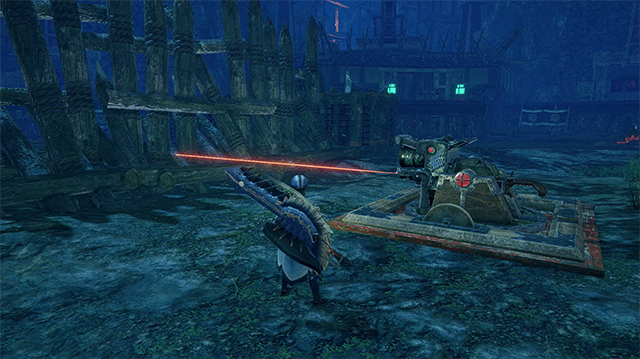 A6. Ohmatsu: I have a few tips on how to take down Apex monsters more easily.
A6. Ohmatsu: I have a few tips on how to take down Apex monsters more easily.
1. There is no counter signal during the first phase of a quest with an Apex monster. Hang onto your Counter Gongs and Limited Supply type installations and use them with the right timing to make things easier for yourself.
2. Some large monsters (Apex monsters not included) can become mountable when they are repelled. Master Utsushi, when deployed as a Warrior of Kamura, will also make all monsters within that area mountable (except for Apex monsters). Use Wyvern Riding to wreak havoc on the Apex.
3. Apex monsters will regularly perform concentrated attacks on the Stronghold. They will stop attacking hunters at that time, so it’s the perfect opportunity to use automatic Hunting Installations and regular weapon attacks. Splitting Wyvernshots are easier to land as well.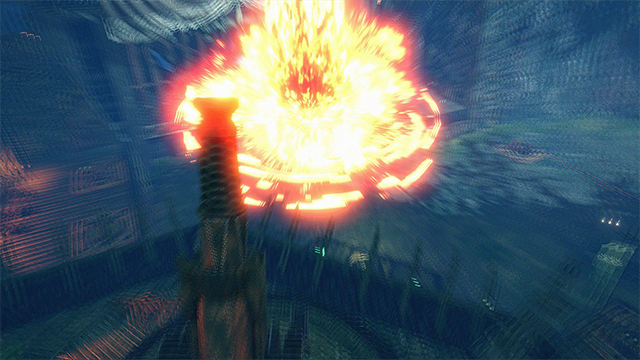 – Closing Comment from Shibata:
– Closing Comment from Shibata:
Thank you, Mr. Aboshi and Mr. Ohmatsu!
The new Rampage quests offer a completely different way of enjoying the game from regular hunts out in the field. It feels great to repel hordes of monsters with your favorite Hunting Installations.
It was great to hear some development background behind this feature, and we even got some gameplay tips as well! Next time, I’ll be talking about the design of the new Wirebug with Abe and Sekiguchi! -
Hello everyone! Shibata here, reporting from the Monster Hunter Rise dev floor!
For our seventh round of Monster Hunter Rise interviews, I’ll be talking to game designer Abe and animator Sekiguchi about the new Wirebug feature!
Vol. 7
Monster Hunter Rise DesignerAbeMonster Hunter Rise Motion DesignerSekiguchi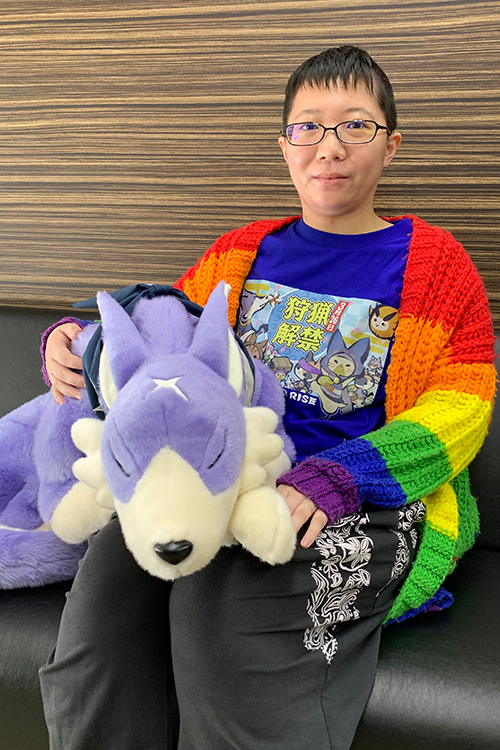 Abe
Abe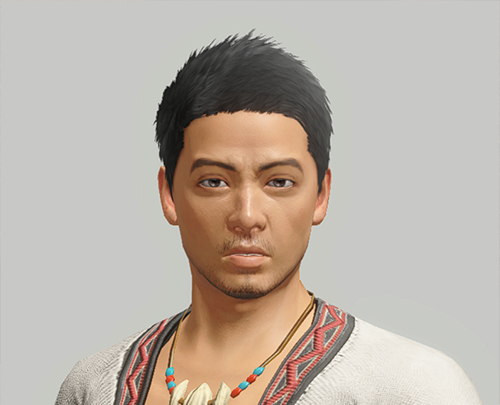 SekiguchiQ1. Did the Director have any specific requests for the Wirebug in terms of theme and direction?A1. Abe: He told me that they needed to look powerful, since they would be helping the hunter, who’s obviously much bigger, hover in midair, so I looked at a lot of reference materials for bugs and projectiles for a motif.
SekiguchiQ1. Did the Director have any specific requests for the Wirebug in terms of theme and direction?A1. Abe: He told me that they needed to look powerful, since they would be helping the hunter, who’s obviously much bigger, hover in midair, so I looked at a lot of reference materials for bugs and projectiles for a motif.
When I thought of hovering bugs, the first creatures that came to mind were dragonflies and wasps, but since we were going for a softer image, I ended up deciding on a beetle design pretty much from the start. In terms of a motif, I was looking at a “shuriken” type of design at first, but since the Wirebug itself does not actually attack, I came up with a more protective image, like a talisman or a magatama bead. Since magatama are often green, the answer came to me immediately: a jewel beetle! And I started working from there.
Ichinose-san also told me to make sure that its glow should not be mistaken for a monster attack, so in order to make sure that players would know this bug was not a hazard, I gave it the green hue of a traffic light.Q2. Putting aside its size, the Wirebug looks like it could exist in real life. Did you base the design on any specific real-life bugs?A2. Abe: A lot of players have already noticed this, but yes, it is based on the Japanese jewel beetle.
The actual creature has two thin red lines on its back, but I changed this to one thick red line to make it look a bit more like a video game creature.
▲Comparison of the final design and one of the rejected designs.
Its silhouette wouldn’t look very good if its legs stuck out when it’s curled up, I borrowed the idea for storing its legs from pill scarab beetles. Its curved abdomen is based on the pupal stage of stag beetles and such.Q3. Why did you decide to use a living creature rather than some kind of tool, and a bug at that, to have the hunter perform Wiredashes and Silkbind attacks?A3. Sekiguchi: We wanted to have a new core action element that would play a big role in the gameplay, so at first, we were thinking of a wire to traverse 3D environments.
However, if you just use a regular old wire, you have to start worrying about where you can actually hook it onto, which would significantly restrict the action, so when we tried to come up with something that you’d be able to use anytime, anywhere, we figured a living creature would cover all of the necessities, and it even matches the world of Monster Hunter, so that’s how the Wirebug was born.Q4. Did you look at any specific bugs or creatures when creating the movements for the Wirebug?A4. Sekiguchi: The movement is based on hovering insects like wasps and dragonflies.
Also, since the hunter would be using it to jump and fly all over the place, it would have to look strong enough to support a human being, so I looked at bigger insects like carpenter bees, and tweaked their movements a bit to give the Wirebug its own unique feel.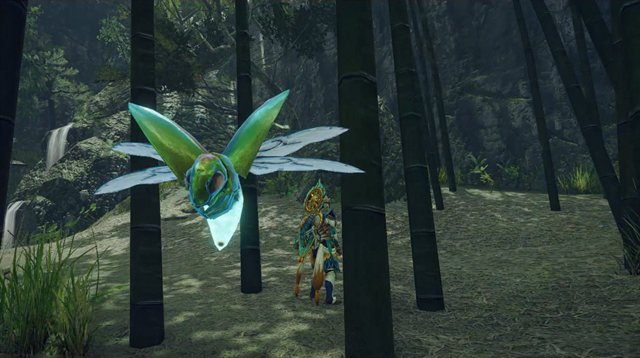 Q5. Did you have a particular theme or motif in mind when designing the various Wirebug actions (Wiredash, Silkbind attacks, Wyvern Riding, etc.)A5. Sekiguchi: For the Wiredash, I talked a lot with the game designers about the exact settings and functionality, but since it’s such an outlandish concept, there wasn’t really much I could use for reference, so if I had to give an answer, I’d say I was mostly going for the nimble movement associated with parkour.
Q5. Did you have a particular theme or motif in mind when designing the various Wirebug actions (Wiredash, Silkbind attacks, Wyvern Riding, etc.)A5. Sekiguchi: For the Wiredash, I talked a lot with the game designers about the exact settings and functionality, but since it’s such an outlandish concept, there wasn’t really much I could use for reference, so if I had to give an answer, I’d say I was mostly going for the nimble movement associated with parkour.
The Silkbind attacks were all designed with the intention of emphasizing the characteristics of each individual weapon. Each weapon has its own theme, so if you look at the Hunting Horn for instance, which has been very popular with Rise players so far, you’re using sound as a weapon, so its “Earthshaker” attack starts with an action that looks like you’re sounding a large bell, followed by an action that looks like you’re playing a guitar; so I made sure to use animations that are easily associated with sound.
As for Wyvern Riding, you have the player control a monster many times the hunter’s size, so it has to look like they’re putting all of their strength into it. In fact, the player character has their own little actions and movements while Wyvern Riding, based on what the monster is doing.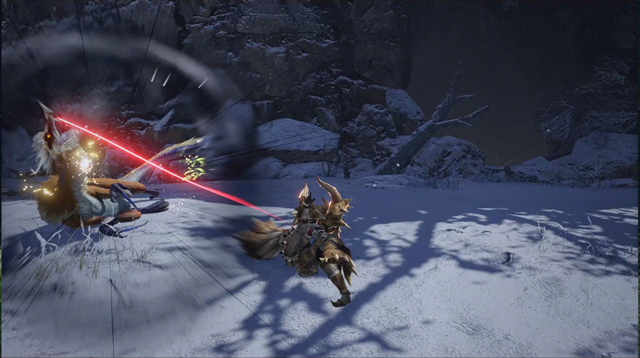 Q6. Is there anything you were particularly adamant about during production?A6. Abe: Jewel beetles are these small, flat insects, but since you get to see the Wirebugs mostly from the side in-game, I made sure to avoid flat shapes. If it looks too small horizontally or vertically, it’ll only end up looking feeble, right? On the other hand, I didn’t want to get rid of the jewel beetle’s image entirely, so we actually created a spot at the Buddy Plaza where the Wirebugs just hang out in their natural environment. I hope people go and look them up in the game! In the early stages of development, we referred to the Wirebug as the “magatama bug,” but when we came up with the names for in-game actions, like Wiredashing, we decided to prioritize the names of the actions and ended up with the Wirebug name. But! We actually maintained some of its magatama origins when we named the “Jewel Lilies” (“magatama grass” in Japanese) where you can place Great Wirebugs, and when designing the Wirebug icon and the illustrations made by Minoto, etc.
Q6. Is there anything you were particularly adamant about during production?A6. Abe: Jewel beetles are these small, flat insects, but since you get to see the Wirebugs mostly from the side in-game, I made sure to avoid flat shapes. If it looks too small horizontally or vertically, it’ll only end up looking feeble, right? On the other hand, I didn’t want to get rid of the jewel beetle’s image entirely, so we actually created a spot at the Buddy Plaza where the Wirebugs just hang out in their natural environment. I hope people go and look them up in the game! In the early stages of development, we referred to the Wirebug as the “magatama bug,” but when we came up with the names for in-game actions, like Wiredashing, we decided to prioritize the names of the actions and ended up with the Wirebug name. But! We actually maintained some of its magatama origins when we named the “Jewel Lilies” (“magatama grass” in Japanese) where you can place Great Wirebugs, and when designing the Wirebug icon and the illustrations made by Minoto, etc.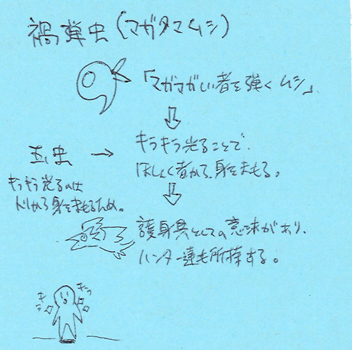
▲A funny note showing some back-and-forth with Ichinose-san
Sekiguchi: I made sure that, for every action that uses the Wirebug, it was very visibly clear that you are really using the Wirebug. Most of the time you’re throwing the Wirebug ahead of you and then it pulls you toward itself, but we also came up with moves where you use the Wirebug’s special silk on your own body,or you spread it on the ground to steady yourself, etc.Q7. What has the fan response been like on social media?A7. Abe: A lot of people tend to dislike bugs nowadays, but the team helped out a lot in making the Wirebug look more appealing, by having it store its legs, and giving it big, cute eyes and a nice color, so a lot of people actually really like it, and they even made tons of fan art! We’re very flattered!
We hope you keep exploring the world of Rise with your Wirebug buddies by your side!A7. Sekiguchi: Thanks to the Wirebug actions, this game plays a lot faster than previous instalments, what with the hunter being able to run along walls and dodging in mid-air and whatnot… But we were very concerned that people would react negatively to the hunter performing such superhuman stunts because it’s so different from past titles, but we’ve had a lot more positive feedback than we expected, and everyone seems to be enjoying it greatly. We’re very thankful for that!– Closing Comment from Shibata:
Thank you, Abe and Sekiguchi!
It’s interesting to see that the design of the Wirebug is based on a jewel beetle while incorporating the shapes and movements of various other insects as well. The new actions introduced in Rise, Wiredashing, Silkbind attacks, Wyvern Riding etc., are the main characteristics of the game, so I’m sure that everyone reading this will already have seen the Wirebug in action in many ways, but maybe this interview will make you look at them in a different light and perhaps appreciate them even more. I personally love to do a Wiredash and then just hang in mid-air for a while. It’s relaxing.
Next time, I’ll be talking about the design of the flagship monster Magnamalo, with game designer Uno, and monster designer Tanigawa!
Oh, and before I forget: Abe held a lecture on the designs in this game, so if you’re interested in watching it, click the link below (lecture is in Japanese): -
Hello everyone! Shibata here, reporting from the Monster Hunter Rise dev floor!
For our eighth round of Monster Hunter Rise interviews, I’ll be talking to game designer Uno and character designer Tanigawa about the flagship monster of this game: Magnamalo!
Vol. 8
Monster Hunter Rise Game DesignerUnoMonster Hunter Rise Character DesignerTanigawa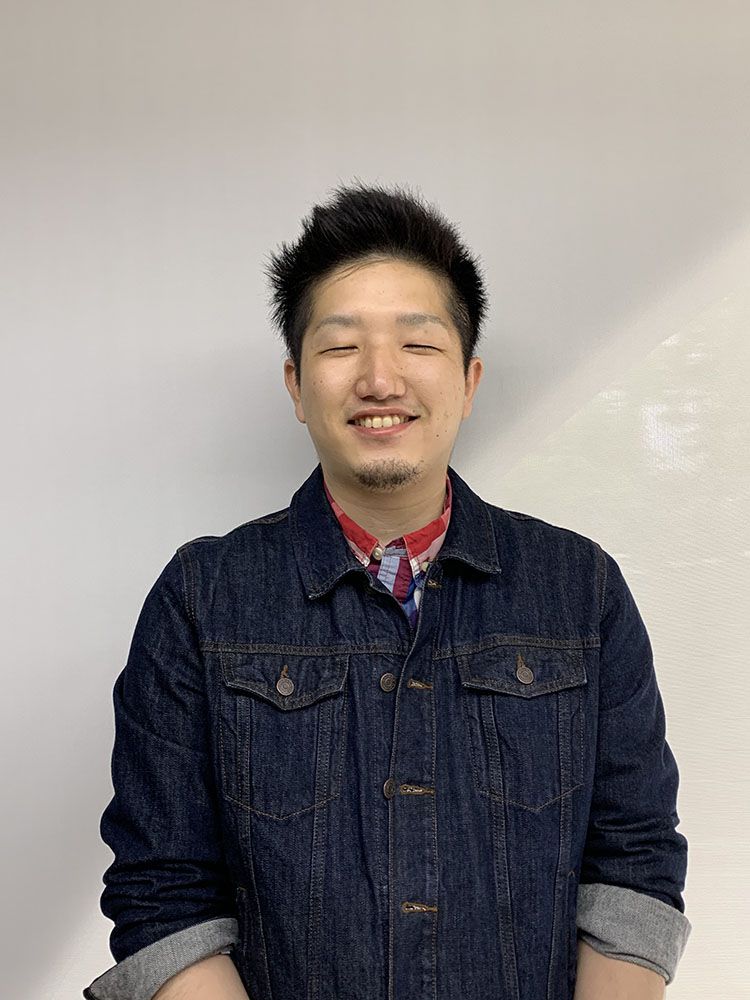 Uno
Uno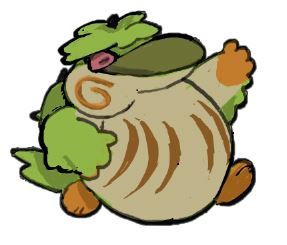 A Tetranadon illustration by Ms. Tanigawa.Q1. What was the main theme you had in mind when you designed Magnamalo?A1. Uno: Mr. Ichinose, the Director, gave me a couple of motifs to work with: “the ghost of a warrior,” and “armored tiger,” so it was basically a cross between a tiger and a fallen samurai who carries spirits of the dead with him. When we implemented the spirits in the game, we had to pick between fire-based visuals or blast-based visuals, and we started out leaning more towards the blast element, but I wanted to created a new type of blight that provided both a risk and a reward to the player, so we gave it its own unique “hellfireblight” element. When it came to designing the actions, I wanted to make sure it had the impact you’d expect from a flagship monster. I poured all of my know-how into it, gave it this unique hellfire element, balanced its behavior between aggressive and passive by giving it a sideways prowl, and then added some elements I personally liked from monsters I created in the past. I was also able to add some improvements to ideas I had that I was never able to use in previous games. All of these things came together to create a monster that could hold its own as a flagship monster against the flagships of past titles.Q2. The official website mentions that purple gas arises from Magnamalo’s body when it eats other monsters. How does this work exactly and how does it make him stronger?A2. Uno: Magnamalo devours its prey down to the last bone, meaning that it takes in a lot of what you’d call “biogas” in real life, which it compresses inside its body and then releases through the pores in its skin. It then creates hellfire by combusting this gas. Making use of the fact that this is a gas, it can curl up its tail and create huge explosions, and not just use it for attacks but also for controlling its momentum in mid-air as well, so it makes him much more dangerous.
A Tetranadon illustration by Ms. Tanigawa.Q1. What was the main theme you had in mind when you designed Magnamalo?A1. Uno: Mr. Ichinose, the Director, gave me a couple of motifs to work with: “the ghost of a warrior,” and “armored tiger,” so it was basically a cross between a tiger and a fallen samurai who carries spirits of the dead with him. When we implemented the spirits in the game, we had to pick between fire-based visuals or blast-based visuals, and we started out leaning more towards the blast element, but I wanted to created a new type of blight that provided both a risk and a reward to the player, so we gave it its own unique “hellfireblight” element. When it came to designing the actions, I wanted to make sure it had the impact you’d expect from a flagship monster. I poured all of my know-how into it, gave it this unique hellfire element, balanced its behavior between aggressive and passive by giving it a sideways prowl, and then added some elements I personally liked from monsters I created in the past. I was also able to add some improvements to ideas I had that I was never able to use in previous games. All of these things came together to create a monster that could hold its own as a flagship monster against the flagships of past titles.Q2. The official website mentions that purple gas arises from Magnamalo’s body when it eats other monsters. How does this work exactly and how does it make him stronger?A2. Uno: Magnamalo devours its prey down to the last bone, meaning that it takes in a lot of what you’d call “biogas” in real life, which it compresses inside its body and then releases through the pores in its skin. It then creates hellfire by combusting this gas. Making use of the fact that this is a gas, it can curl up its tail and create huge explosions, and not just use it for attacks but also for controlling its momentum in mid-air as well, so it makes him much more dangerous.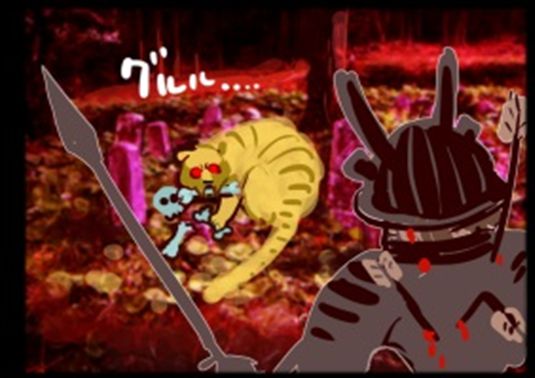 Q3. What did the Director request from you in terms of the theme and direction for Magnamalo’s design?A3. Tanigawa: The first thing he told me was that it’s a fanged wyvern that’s a combination of a tiger and the ghost of a warrior clad in armor. In terms of actions, it had already been decided that Magnamalo was a “spearman” of sorts. Uno-san took that idea and added some flavor to it, and then I incorporated all of those elements into its design. For the tiger-like elements, we looked at some old illustrated reference books. Initially we came up with some designs using the colors of a tiger, but then we were asked to give it more of a Japanese flavor and sinister Yokai-like appearance, so we decided to go with a darker color scheme.
Q3. What did the Director request from you in terms of the theme and direction for Magnamalo’s design?A3. Tanigawa: The first thing he told me was that it’s a fanged wyvern that’s a combination of a tiger and the ghost of a warrior clad in armor. In terms of actions, it had already been decided that Magnamalo was a “spearman” of sorts. Uno-san took that idea and added some flavor to it, and then I incorporated all of those elements into its design. For the tiger-like elements, we looked at some old illustrated reference books. Initially we came up with some designs using the colors of a tiger, but then we were asked to give it more of a Japanese flavor and sinister Yokai-like appearance, so we decided to go with a darker color scheme.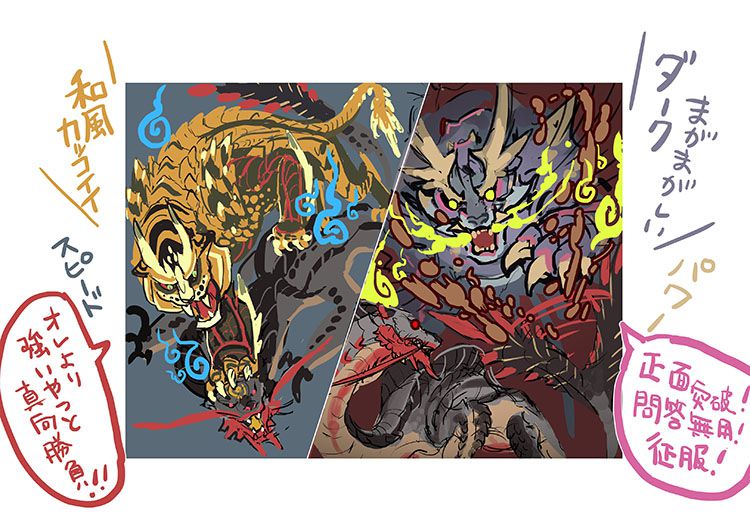 Q4. So in terms of its shape, it was made to resemble a tiger, but if you look at its skin, it has the appearance of a dragon/reptile, without any fur. Similar monsters based on mammals, like Zinogre and Nargacuga, tend to have fur, so what brought about this difference?A4. Tanigawa: There’s a lot of beast-type monsters and almost all of them have fur, but this isn’t a hard-and-fast rule. Bombadgy and Odogaron, for instance, don’t have any fur either. Whether the monster needs fur or not depends on its ecology. For example, Mizutsune has brush-like fur so that it can efficiently create bubbles with the liquid it secretes. In the case of Magnamalo, since it frequently uses hellfire with blast element properties, its skin evolved into a tough carapace in order to withstand explosions. It wouldn’t really need fur for anything, so it uses its shell-like skin for protection. It looks the way it does because it evolved by removing elements it doesn’t need.
Q4. So in terms of its shape, it was made to resemble a tiger, but if you look at its skin, it has the appearance of a dragon/reptile, without any fur. Similar monsters based on mammals, like Zinogre and Nargacuga, tend to have fur, so what brought about this difference?A4. Tanigawa: There’s a lot of beast-type monsters and almost all of them have fur, but this isn’t a hard-and-fast rule. Bombadgy and Odogaron, for instance, don’t have any fur either. Whether the monster needs fur or not depends on its ecology. For example, Mizutsune has brush-like fur so that it can efficiently create bubbles with the liquid it secretes. In the case of Magnamalo, since it frequently uses hellfire with blast element properties, its skin evolved into a tough carapace in order to withstand explosions. It wouldn’t really need fur for anything, so it uses its shell-like skin for protection. It looks the way it does because it evolved by removing elements it doesn’t need.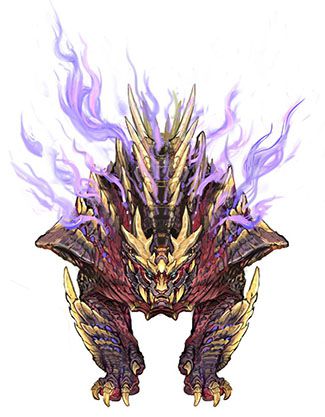
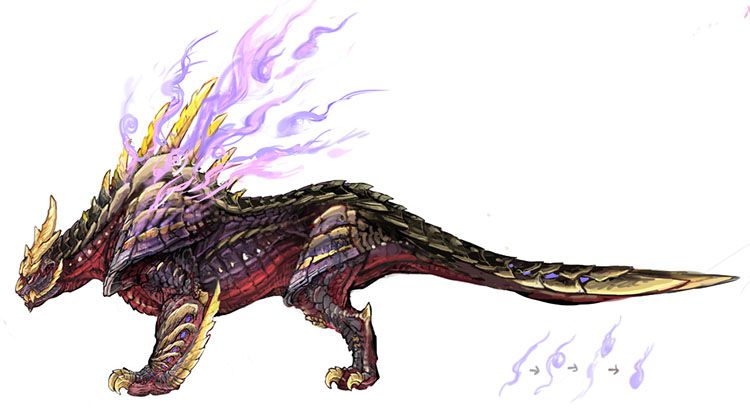 Q5. Magnamalo’s tail has a very characteristic shape. Why does it look like this, and how is it used for attacks and such?A5. Uno: I recall that the cross-shaped spear design for its tail was already present in the very first drafts.
Q5. Magnamalo’s tail has a very characteristic shape. Why does it look like this, and how is it used for attacks and such?A5. Uno: I recall that the cross-shaped spear design for its tail was already present in the very first drafts.
Tanigawa: It looked like a cross-shaped spear in the very first drafts, but I seem to recall that this wasn’t an absolute must-have.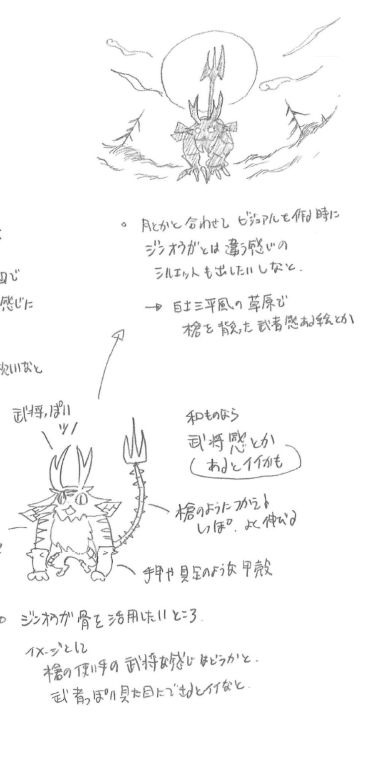 Spears used to be a widely-used weapon all over the world, so it wasn’t the best choice for giving the design a uniquely Japanese flavor. We based the design on the favorite spear of a famous general from history, so that’s where the current look came from. Uno: That reminds me, from a game design perspective as well, we came up with lots of ideas for having its tail change shape throughout the fight, so it got its own unique evolution elements, similar to its face and paws. Tanigawa: That’s right. The idea was for it to keep unveiling new weapons hidden inside its body, and that’s how we ended up having it emit superfluous minerals (hellfire).
Spears used to be a widely-used weapon all over the world, so it wasn’t the best choice for giving the design a uniquely Japanese flavor. We based the design on the favorite spear of a famous general from history, so that’s where the current look came from. Uno: That reminds me, from a game design perspective as well, we came up with lots of ideas for having its tail change shape throughout the fight, so it got its own unique evolution elements, similar to its face and paws. Tanigawa: That’s right. The idea was for it to keep unveiling new weapons hidden inside its body, and that’s how we ended up having it emit superfluous minerals (hellfire).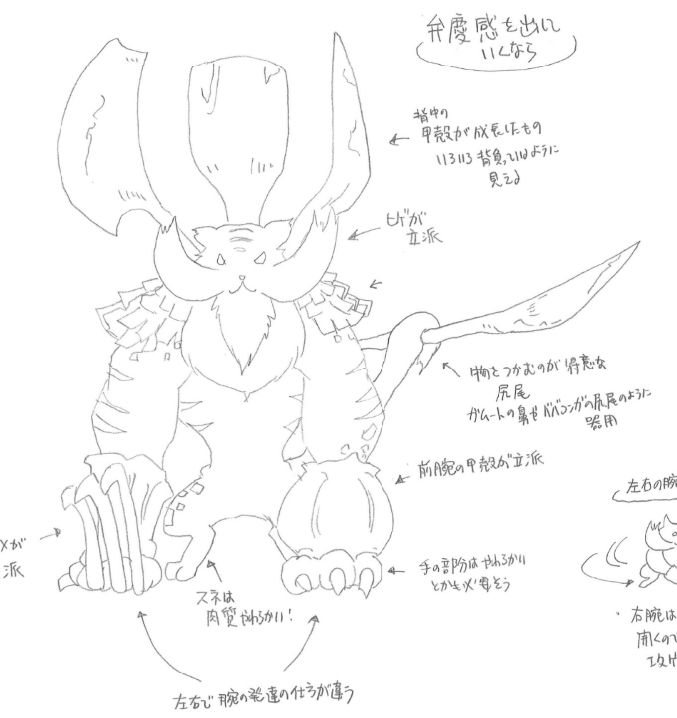 Tanigawa: You can still clearly see the influence here of the early idea that it would have weapons concealed inside its body. Initially we were thinking of having it open slits on its body, releasing gas while developing tiger-like stripes. But if it only had stripes when releasing gas, it wouldn’t really look like a tiger very much, so we shifted to the current design.
Tanigawa: You can still clearly see the influence here of the early idea that it would have weapons concealed inside its body. Initially we were thinking of having it open slits on its body, releasing gas while developing tiger-like stripes. But if it only had stripes when releasing gas, it wouldn’t really look like a tiger very much, so we shifted to the current design.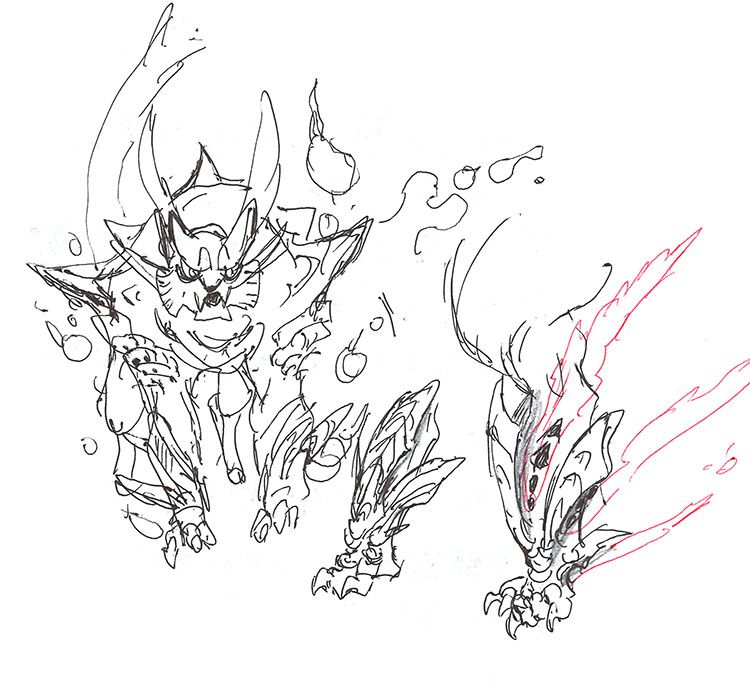 Uno: There are other monsters that use their tails as weapons, like Glavenus, but since Magnamalo’s tail has more of a layered structure and moves with more flexibility, like a tiger’s, we wanted to take its animations in a different direction. Using elements of “Bōjutsu,” a martial art known for its graceful movements and sweeps using bows or spears, we were able to create something new and unique. Even animations like simply thrusting and retracting the tail are different from what we used for past monsters.-Closing Comment from Shibata:
Uno: There are other monsters that use their tails as weapons, like Glavenus, but since Magnamalo’s tail has more of a layered structure and moves with more flexibility, like a tiger’s, we wanted to take its animations in a different direction. Using elements of “Bōjutsu,” a martial art known for its graceful movements and sweeps using bows or spears, we were able to create something new and unique. Even animations like simply thrusting and retracting the tail are different from what we used for past monsters.-Closing Comment from Shibata:
Thank you, Mr. Uno and Ms. Tanigawa!
I think the various ideas of “fallen warrior in armor” and “tiger,” combined with hellfire and shape-shifting elements has really made this flagship monster with a lot of impact. Of course it has a cool, rugged look to it, but if you stay out of Magnamalo’s sight and watch it from afar, it’ll sometimes display some pretty cute behavior, which I personally quite like. Of course, Magnamalo yields some pretty nifty materials as well, so next time, I’ll be talking about weapons and armor, with game designers Shimazu-san, and Shirataki-san! -
Hello everyone! Shibata here, reporting from the Monster Hunter Rise dev floor!
For our ninth round of Monster Hunter Rise interviews, I’ll be talking about the design of the weapons and armor you can make out of Magnamalo’s materials, with game designers Shimazu-san, and Shirataki-san!
Vol. 9
Monster Hunter Rise Game DesignerShimazuonster Hunter Rise Game DesignerShirataki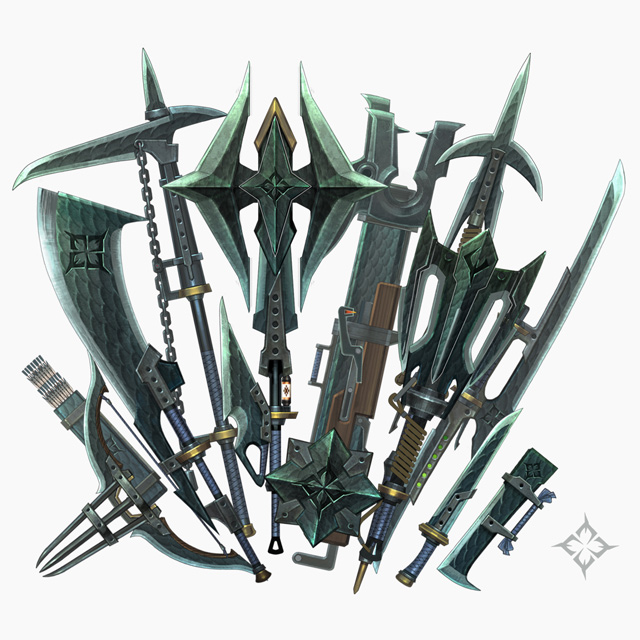 Kamura weapon designs by Shimazu-san.
Kamura weapon designs by Shimazu-san.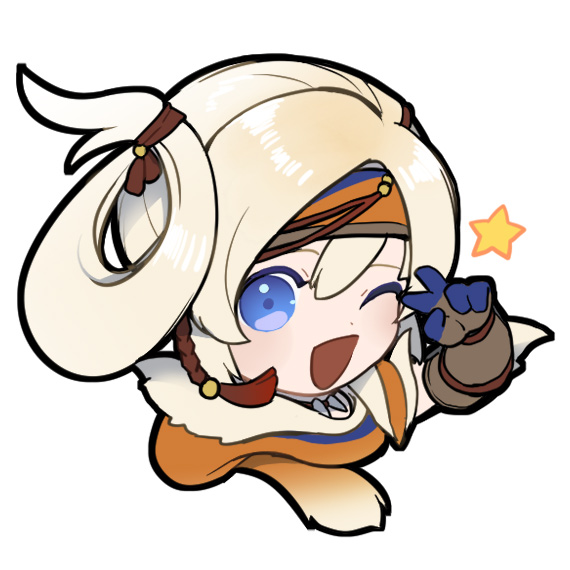 Shirataki-san wearing Izuchi armor.Q1. It’s interesting that the designs of all the weapons use braids. Is there a particular motif or theme you were going for?A1. Shimazu: The idea with Magnamalo’s materials is that they possess immense powers, almost like a curse, so in order to restrain (seal) those overwhelming powers, I created a complex construction of braids. The design of the braids themselves is based on traditional Japanese instruments and portable shrines (omikoshi).Q2. What parts of Magnamalo (claws, horns, etc.) are used in crafting the weapons?A2. Shimazu: Almost all of the weapons make use of its fangs, the large blade-like carapace on its forelegs, and the shell that comes out of its back when its enveloped in hellfire. The lance mainly uses its tail parts.
Shirataki-san wearing Izuchi armor.Q1. It’s interesting that the designs of all the weapons use braids. Is there a particular motif or theme you were going for?A1. Shimazu: The idea with Magnamalo’s materials is that they possess immense powers, almost like a curse, so in order to restrain (seal) those overwhelming powers, I created a complex construction of braids. The design of the braids themselves is based on traditional Japanese instruments and portable shrines (omikoshi).Q2. What parts of Magnamalo (claws, horns, etc.) are used in crafting the weapons?A2. Shimazu: Almost all of the weapons make use of its fangs, the large blade-like carapace on its forelegs, and the shell that comes out of its back when its enveloped in hellfire. The lance mainly uses its tail parts.
The materials used for creating blade parts have a special silhouette that makes the blade appear chipped, but this doesn’t mean that the weapon isn’t sharp, but rather that even if it breaks, it maintains its sharpness. Let me show you some of the design phases some of the weapons went through from the start of development until completion.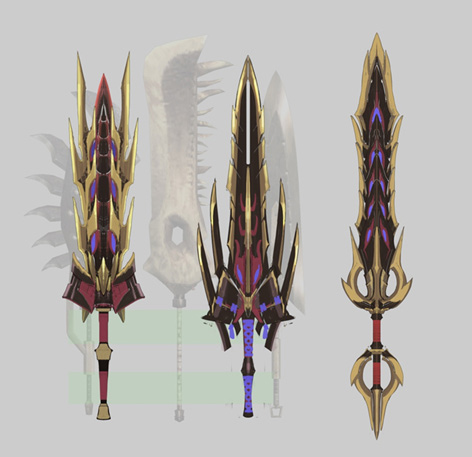
↑These are the earliest rough designs. Each blade looks like a collection of smaller weapons.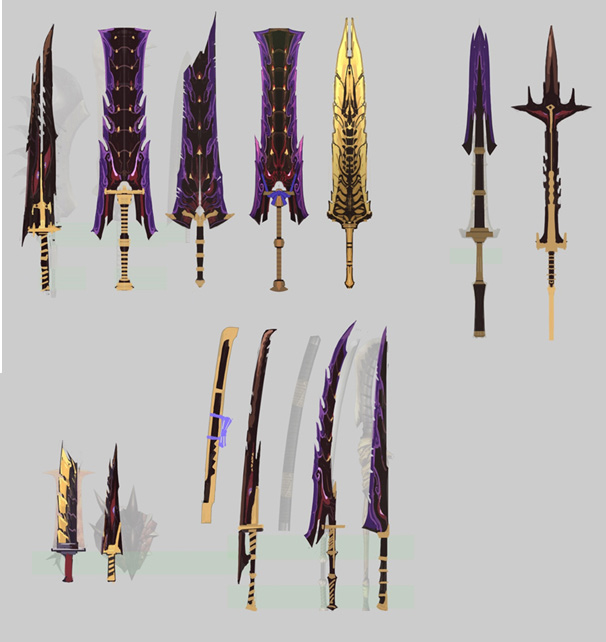
↑These are the second iterations. I made several weapon types using keywords like “dark,” “cursed,” “chipped,” etc.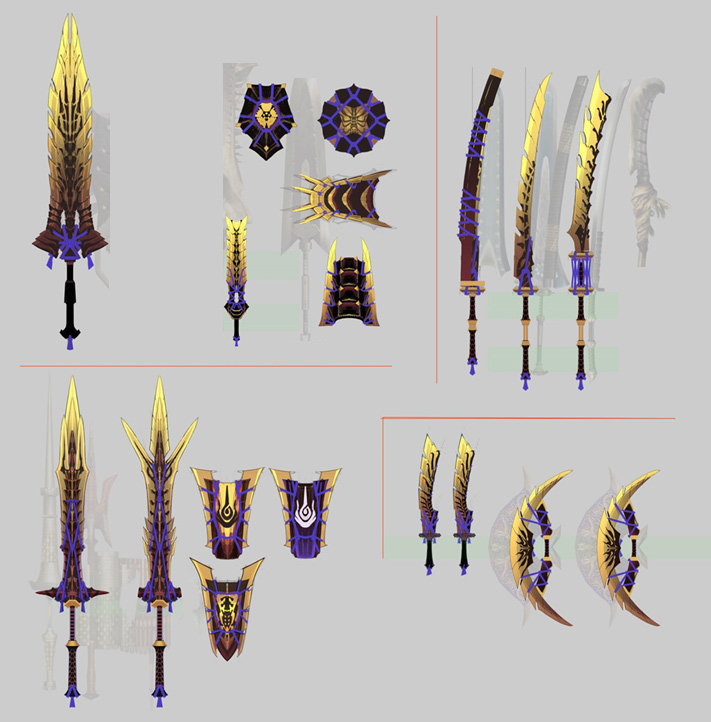
↑This is a golden great sword from the second batch of designs. I toyed around with various forms, motifs, and color patterns.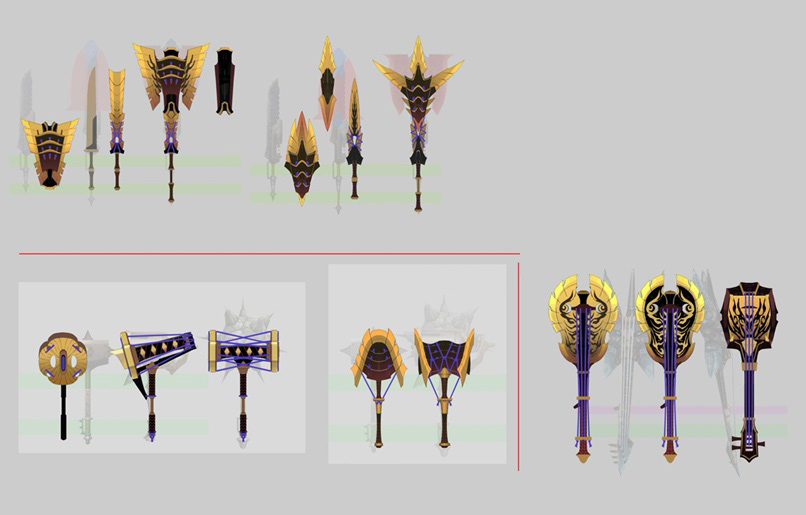
↑We ended up going with golden blades adorned with a skeletal pattern.
You can already see the complex combination of purple braids forming here.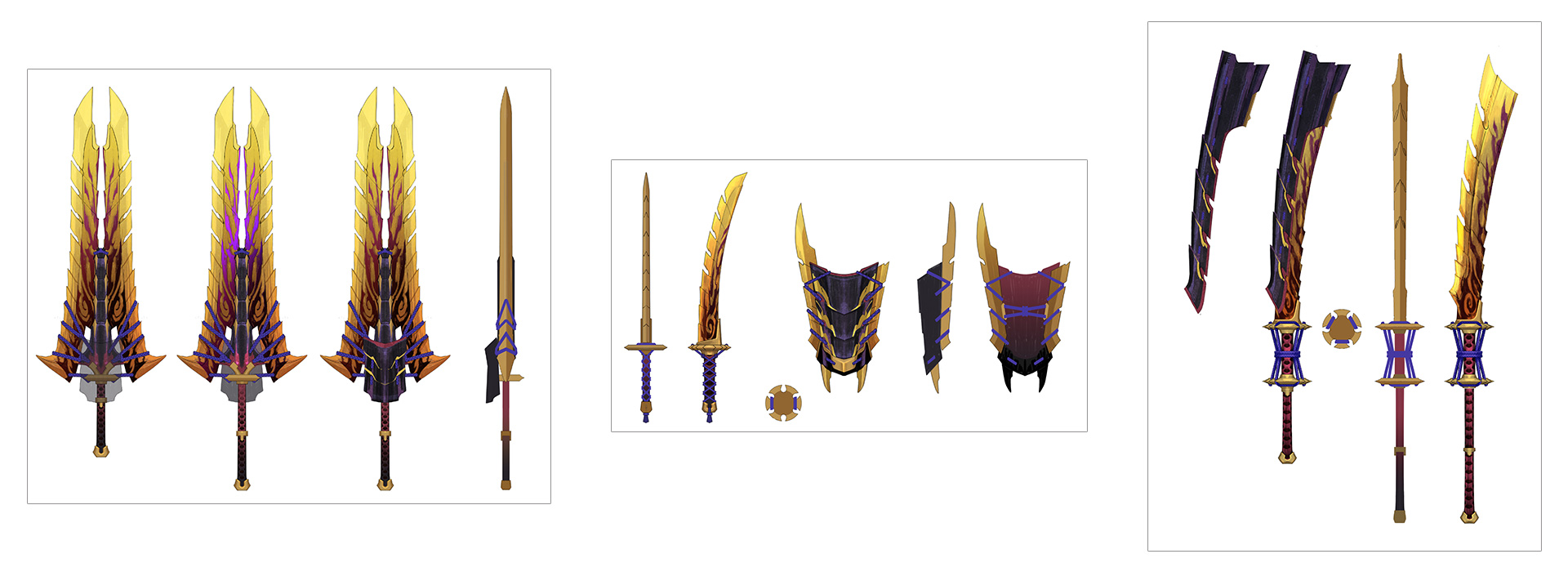


↑These are the finalized designs for all weapons.
The skeletal patterns on the golden blades were changed to swirling flames, and at this point we were looking at traditional Japanese weapons like katana and nagamaki to decide which monster parts to use (see below)
Great sword: Combines two of the arm blades into one double-edged sword.
Lance: A three-pronged spear using the shape of Magnamalo’s tail.
Sword & Shield: A short sword.
Long sword: A nagamaki.
Hammer: An onigawara roof ornament + a saddle.
Hunting horn: A biwa lute + a gunbai fan.Q3. There are already several armor sets in the series that are based on traditional Japanese armor, but what sets the “Sinister” series apart from the rest?A3. Shirataki: This armor series is based on the flagship monster of Monster Hunter Rise, and since this game has such a clear Japanese flavor to it, there was no way it wasn’t going to be traditional Japanese armor. We also made sure to incorporate the monster’s characteristic horns and sleeve-like shoulders into the silhouette of the designs. That alone wasn’t enough to make it stand out, however, so we looked at some of the images made by the monster designers, and included allusions to the fact that Magnamalo devours bones and is shrouded in will-o’-wisps and the spirits of fallen samurai as well. To emphasize these elements, we placed a yellow rib-like design on top of a red chest, carefully crafted by the designers. We also placed jeweled crests on each individual part, with the underlying idea being that these are wish-granting jewels that will allow you to become human if you collect all of them.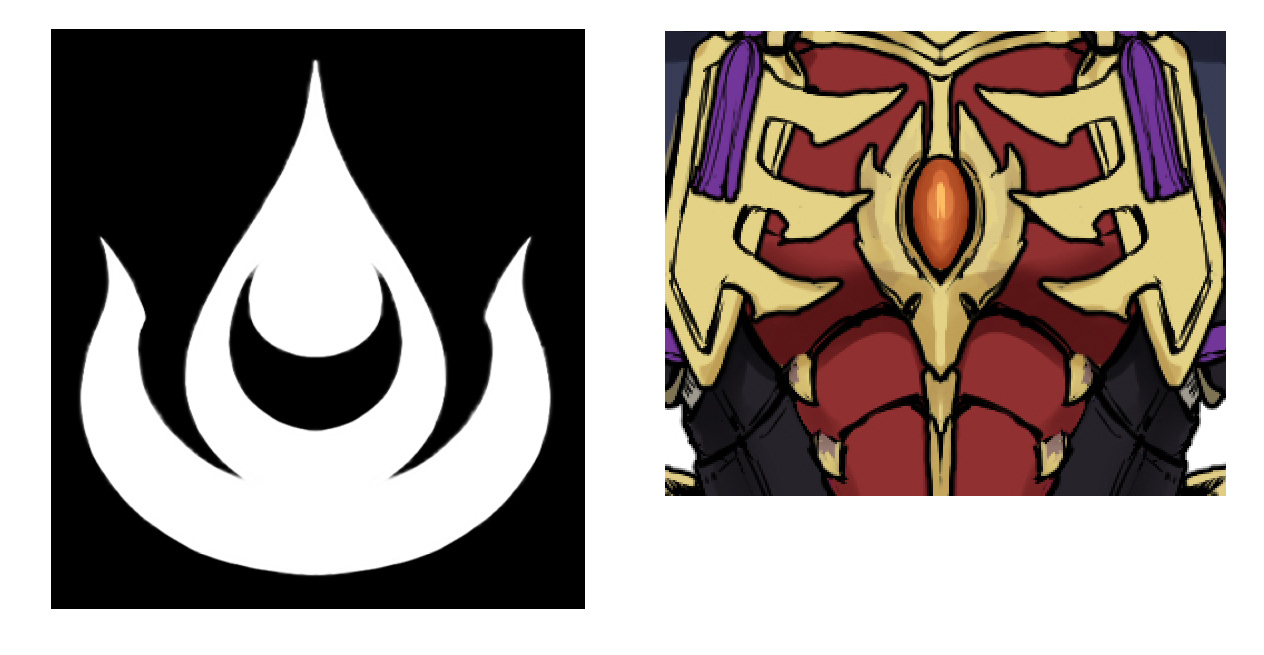 Q4. What are the differences between the Type 1 and Type 2 designs?A4. Shirataki: We made sure that both Type 1 and Type 2 had the silhouettes of very heavy-looking traditional Japanese armor. During the design phase, we considered including some light armor parts to create a bit of difference in texture, but considering that Magnamalo itself is fully covered in a tough carapace, we felt it would look a bit cheap to add light armor elements, so we ended up with very similar designs for both Type 1 and Type 2.
Q4. What are the differences between the Type 1 and Type 2 designs?A4. Shirataki: We made sure that both Type 1 and Type 2 had the silhouettes of very heavy-looking traditional Japanese armor. During the design phase, we considered including some light armor parts to create a bit of difference in texture, but considering that Magnamalo itself is fully covered in a tough carapace, we felt it would look a bit cheap to add light armor elements, so we ended up with very similar designs for both Type 1 and Type 2.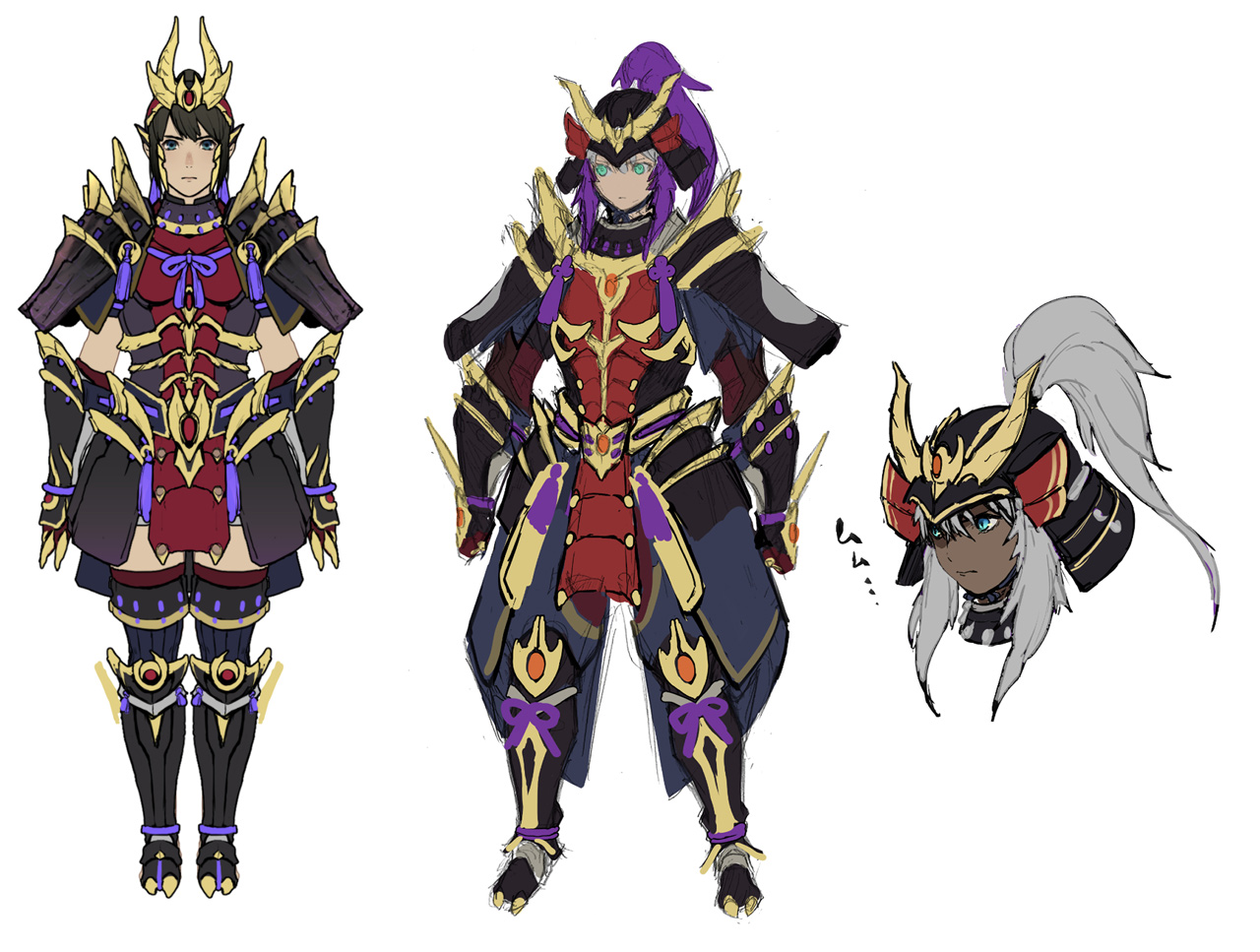 There are some differences though:
There are some differences though:
■ Type 1
This type has a large, full-face spiked helmet, and very sturdy upper body armor to support the large sleeves on the shoulders. The chest plate is carefully crated as well, and has easily identifiable bone-like designs on the front and back. This set emphasizes a powerful, muscular silhouette, which is different from Zinogre armor, for instance. ■ Type 2
This type shows more of the face, and gives a rougher, unkempt look by showing hair that got messy during battle. In terms of framework, it was a bit harder to place ribs around the chest area, so we placed them to match the actual curvature of the ribs. We also added a haori-like loincloth to maintain a sharp bell-shaped silhouette for general visual balance.Q5. Magnamalo is covered in hellfire. How did you incorporate this element into the design of the weapons and armor?A5. Uno: I recall that the cross-shaped spear design for its tail was already present in the very first drafts.
Tanigawa: It looked like a cross-shaped spear in the very first drafts, but I seem to recall that this wasn’t an absolute must-have.Shimazu: Mainly, we added a pattern to the golden material used for the blades that looks like the remains of hellfire. For some weapons, we also included a gimmick where the pattern turns purple if you unleash the weapon’s powers. We hope you try out various weapons on your hunts and see these effects for yourselves. Shirataki:For the armor, there were too many elements restricting us from covering the parts in actual hellfire, so we decided to use purple braids here and there, and include other similar elements in the most characteristic parts of this type of Japanese armor. The long decorative braid at the top of the helmet was designed in such a way that it would look like flames billowing in the wind. Also, for the “Sinister Seal” armor set that you can unlock by using the amiibo for Monster Hunter Rise, we made sure to express the “sealed armor” concept by adding a lot of torn ribbons to make it look as if the seal has been broken by Magnamalo’s hellfire.-Closing Comment from Shibata:
Also, for the “Sinister Seal” armor set that you can unlock by using the amiibo for Monster Hunter Rise, we made sure to express the “sealed armor” concept by adding a lot of torn ribbons to make it look as if the seal has been broken by Magnamalo’s hellfire.-Closing Comment from Shibata:
Thank you, Shimazu-san and Shirataki-san!
I really feel like these weapons and armor show off Magnamalo’s signature malice and majesty, so you can tell they were made with its materials! They look like they’ll grant you strength just by using them!
Next time, we’ll be talking to Tim van Ingen, the Localization Director, who’s responsible for making sure the game can be enjoyed by people all over the world! -
Hello everyone! Shibata here, reporting from the Monster Hunter Rise dev floor!
For our tenth round of Monster Hunter Rise interviews, I’ll be talking to Tim van Ingen, the Localization Director of this game, in charge of the all-important task of making sure our game can be played by people all over the world!
Vol. 10
Monster Hunter Rise Localization DirectorTim van Ingen Q1. To kick things off, could you give a simple explanation of what localization is, and how it differs from translation?A1. Localization is basically preparing the game for overseas markets. Translation is certainly a part of that process, but it’s not everything. It involves a variety of tasks, such as deciding on fonts, tweaking the UI, attending and overseeing English voice recordings, and determining whether the original Japanese content may be viewed as problematic overseas, or whether the intent of the source material comes across in the first place. You’re basically tasked with dissecting and analyzing the game from a variety of angles. Even in terms of translation, you’re not just replacing words verbatim, but you’re creating basically new text that needs to sound natural and intuitive to the end-user.Q2. Monster Hunter Rise has a very Japanese vibe and Asian flavor to it. How did you handle these elements during localization to make sure they come across to an overseas audience?A2. This is always one of the hardest parts of localization, but since this game is so clearly set in a Japan-themed location, I actually decided not to overlocalize it and just keep most of the Asian flavor. So for instance, this is the first game in the series to have NPCs with proper names, and I decided to just transliterate their names rather than localize them. Since it’s such an obviously Japanese setting, it would only be unnecessarily weird to localize “Fugen” to “Jack” or something, haha. That said, there are some names I tweaked slightly to make them easier to pronounce in English. For instance, Hinoa’s name is actually “Hinoe” in Japanese, but at first glance, English-speaking users might be inclined to pronounce this as “Hino” (as in “toe” or “woe”), so I changed it to “Hinoa” to maintain the hiatus.
Q1. To kick things off, could you give a simple explanation of what localization is, and how it differs from translation?A1. Localization is basically preparing the game for overseas markets. Translation is certainly a part of that process, but it’s not everything. It involves a variety of tasks, such as deciding on fonts, tweaking the UI, attending and overseeing English voice recordings, and determining whether the original Japanese content may be viewed as problematic overseas, or whether the intent of the source material comes across in the first place. You’re basically tasked with dissecting and analyzing the game from a variety of angles. Even in terms of translation, you’re not just replacing words verbatim, but you’re creating basically new text that needs to sound natural and intuitive to the end-user.Q2. Monster Hunter Rise has a very Japanese vibe and Asian flavor to it. How did you handle these elements during localization to make sure they come across to an overseas audience?A2. This is always one of the hardest parts of localization, but since this game is so clearly set in a Japan-themed location, I actually decided not to overlocalize it and just keep most of the Asian flavor. So for instance, this is the first game in the series to have NPCs with proper names, and I decided to just transliterate their names rather than localize them. Since it’s such an obviously Japanese setting, it would only be unnecessarily weird to localize “Fugen” to “Jack” or something, haha. That said, there are some names I tweaked slightly to make them easier to pronounce in English. For instance, Hinoa’s name is actually “Hinoe” in Japanese, but at first glance, English-speaking users might be inclined to pronounce this as “Hino” (as in “toe” or “woe”), so I changed it to “Hinoa” to maintain the hiatus.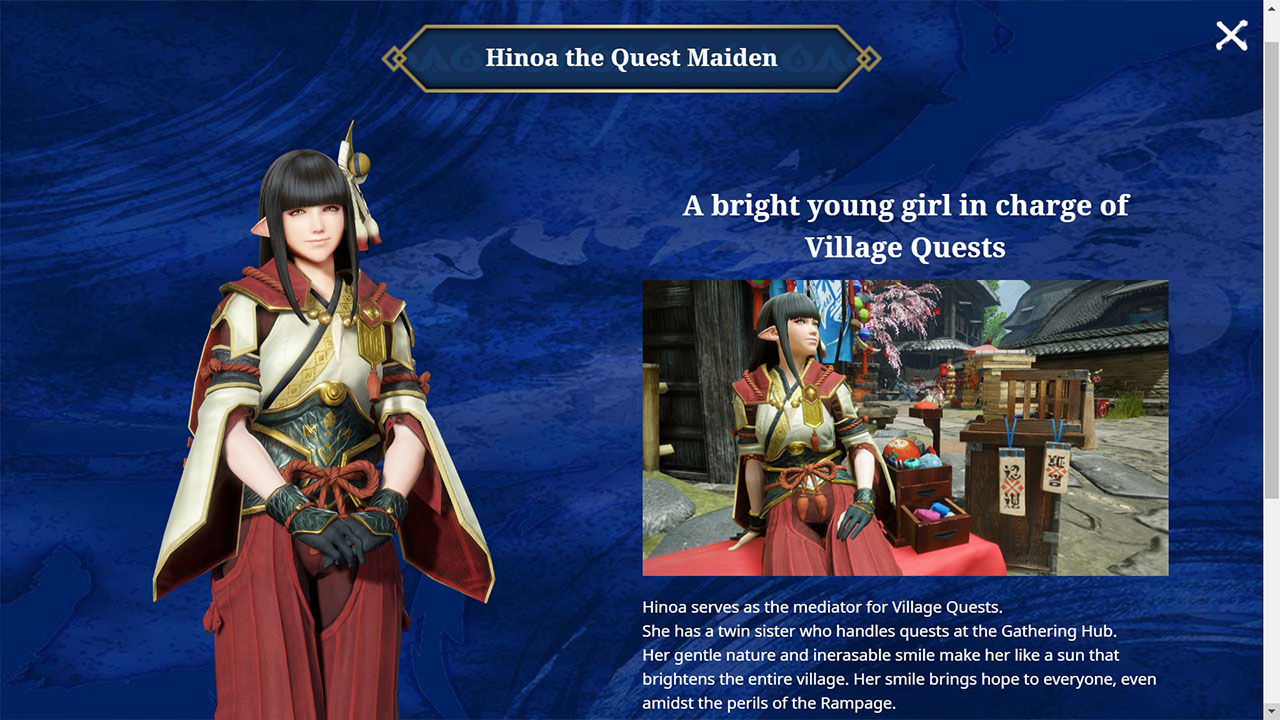
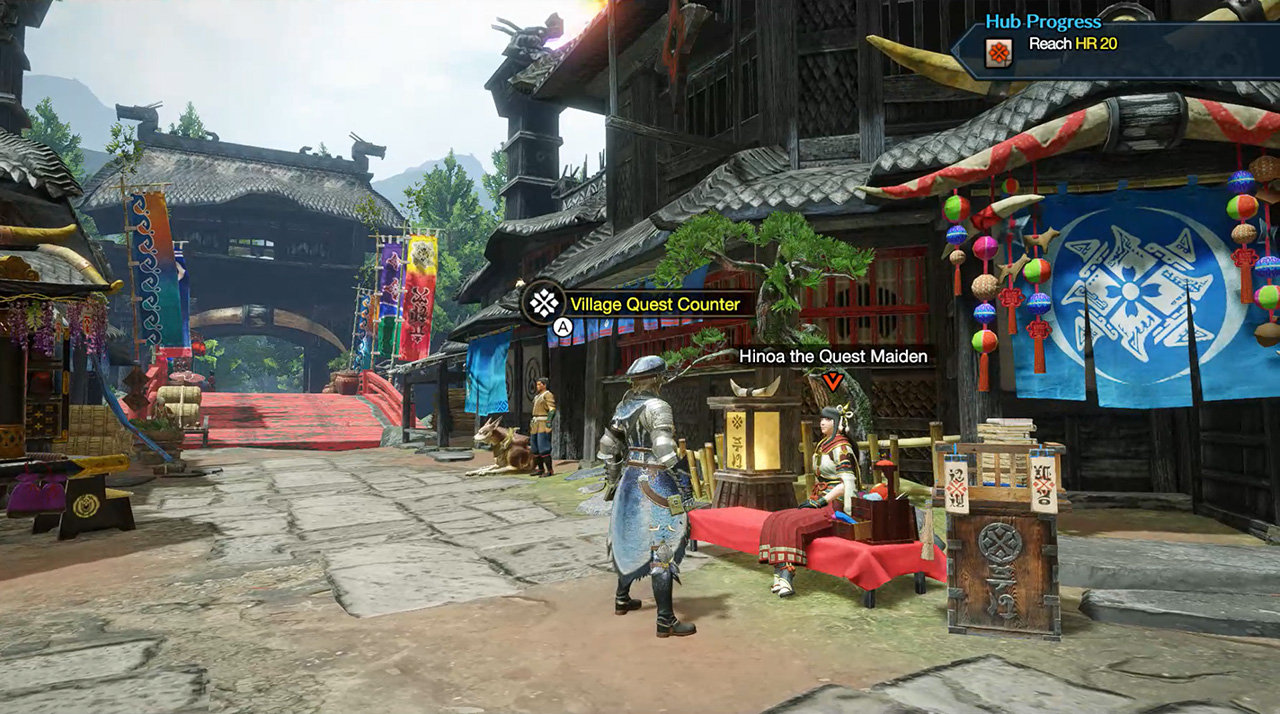 Q3. Most of the names for the monsters in this game are based on Japanese. How did you decide the English names of the monsters?A3. When the Director asked me to localize the monster names, he gave me several naming methods to choose from, in order of priority. The most ideal way of localizing each name was to create something that sounded like the Japanese and had a similar meaning in the target language as well, but this can be quite difficult. In cases where this was too difficult to do, the best option was to come up with something that sounded “Japanese,” and in cases where even that was not recommendable, I had to come up with a complete original English name that was close in meaning to the Japanese. In the end, there are some monster names that are close to the Japanese name and manage to maintain a similar meaning as well, but there are several names where I just transliterated the sound, and some where I came up with something completely new that maintained the meaning of the original name, so there’s a little bit of everything.
Q3. Most of the names for the monsters in this game are based on Japanese. How did you decide the English names of the monsters?A3. When the Director asked me to localize the monster names, he gave me several naming methods to choose from, in order of priority. The most ideal way of localizing each name was to create something that sounded like the Japanese and had a similar meaning in the target language as well, but this can be quite difficult. In cases where this was too difficult to do, the best option was to come up with something that sounded “Japanese,” and in cases where even that was not recommendable, I had to come up with a complete original English name that was close in meaning to the Japanese. In the end, there are some monster names that are close to the Japanese name and manage to maintain a similar meaning as well, but there are several names where I just transliterated the sound, and some where I came up with something completely new that maintained the meaning of the original name, so there’s a little bit of everything.
To give some examples:
1. Similar sound and meaning to Japanese: Magnamalo’s Japanese name is “Magaimagado,” which contains elements of “evil” / “calamity” (禍, “maga”) and “anger” (怒, “do”), while the English name, rather obviously, roughly means “great evil” in Latin.
2. Direct transliteration: “Izuchi” is just called “Izuchi” in Japanese as well.
3. Similar meaning but different name: Tetranadon is called “Yotsumiwado” in Japanese, and I couldn’t come up with something similar-sounding that rolled off the tongue very well. The Japanese name contains elements of the number four (四つ, “yotsu”) and the word ‘frog’ (蛙, usually “kaeru” but the Sino-Japanese reading is “wa”), so I took the word “tetra” from Greek (which means “four” as I’m sure most Tetris fans are aware), and combined it with “rana,” which is Spanish for “frog.”
We used the same approach on past titles as well, so each game has a healthy variation of names that sound like the Japanese and names that are completely original in English.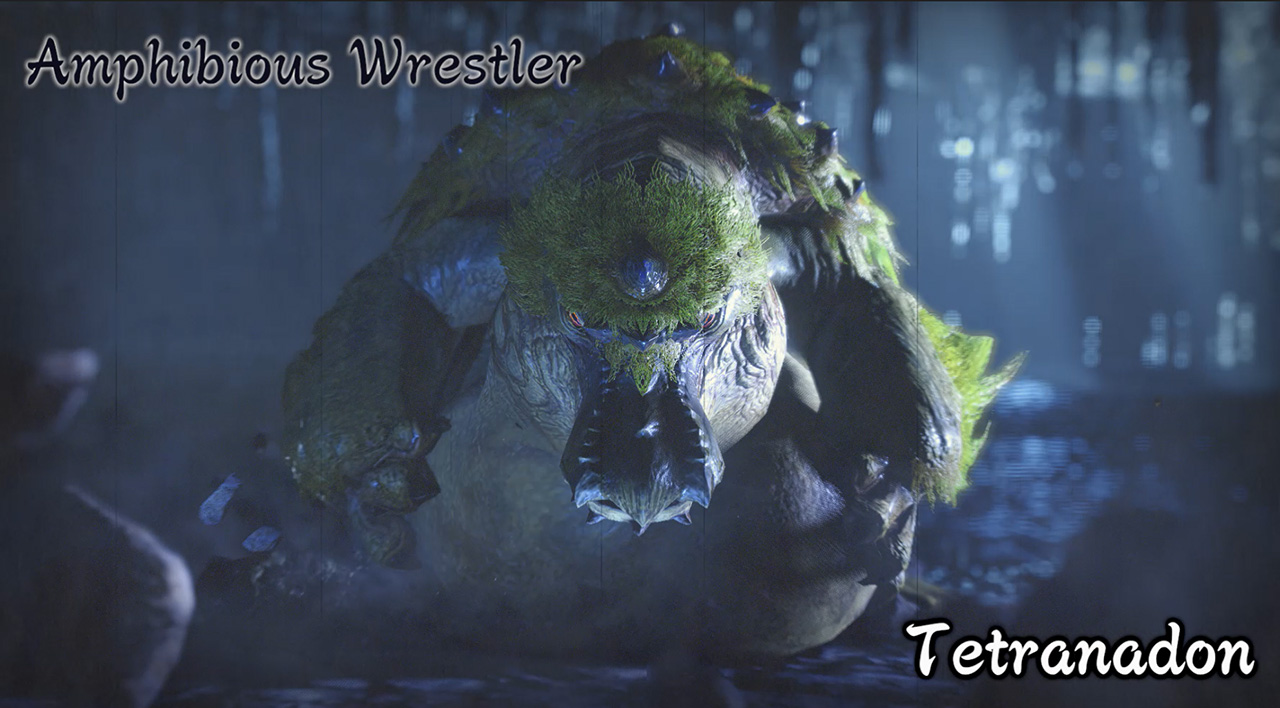
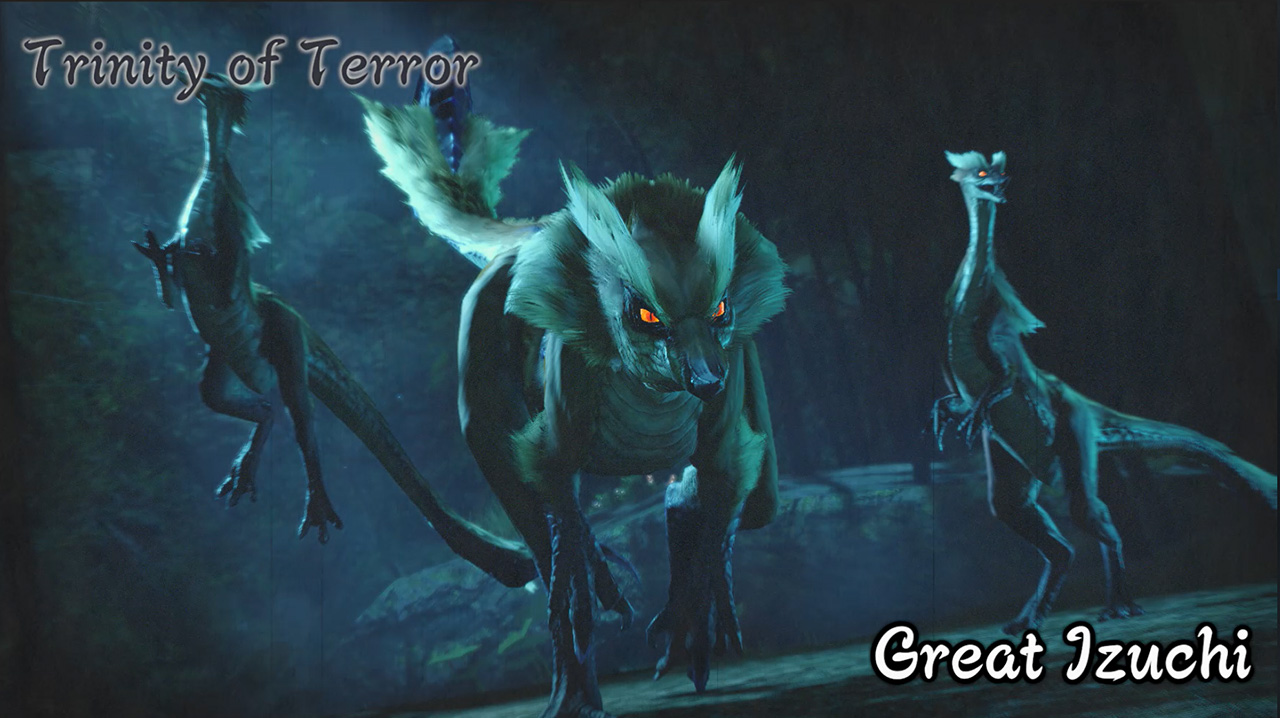 This is what Magnamalo’s name looks like in all of the languages in Monster Hunter Rise.
This is what Magnamalo’s name looks like in all of the languages in Monster Hunter Rise.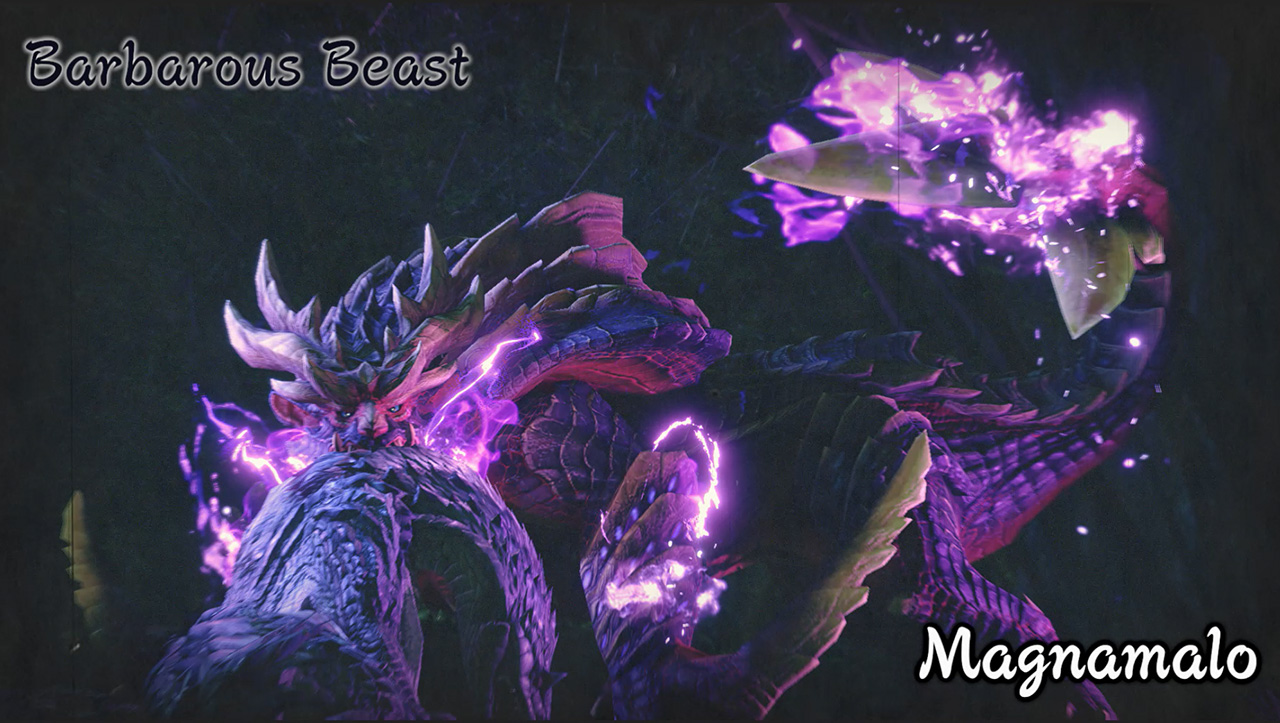
JP EN,FR,IT,DE,ES RU ZH-TW マガイマガド Magnamalo Магнамало 怨虎龍 ZH-CN KO AR 怨虎龙 마가이마가도 ماجنامالو Q4. This game has fans all over the world, but is there anything that is especially popular everywhere, no matter the country or region? Adversely, is there anything that’s only popular in very specific regions or countries?A4.Actually, in the vast majority of cases, the same elements/characters are popular all over the world, regardless of country or region. I think Hinoa and Minoto are the most popular characters pretty much everywhere overseas, because they’re cute twins and they have likeable personalities. Rondine seems to be pretty popular as well. In fact, most female character have been well-received, I think.Q5. Is there anything you liked in particular in this localization? Was there anything that required special attention?A5. Actually, going back to NPC names, there’s two Felynes in the Gathering Hub that are banging a big drum, and they’re called “Don” and “Doko” in Japanese. These names are puns in Japanese, referring to onomatopoeia associated with drums, so just transliterating their names would mean the joke got lost in translation. That’s why I decided to give them similarly punny names in English: “Badum” and “Tish.” It’s kind of dumb but I like dumb puns, so it made me happy, haha. By far the most difficult part of localizing this game, however, were the monster intro cutscenes. The Japanese versions are pretty spectacular with really cool performances by a professional biwa (Japanese lute) player, but there was no way we could possibly match the English VO to the rhythm and his singing. I initially wanted to keep the Japanese VO for the English version and just add subtitles, but the producer insisted we localize them into English, so I basically had to ignore the Japanese rhythm and come up with some simple, whimsical poems in English. It lacks the impact of the original Japanese, and the sound team had to adjust the BGM to the calmer narration as well, so they’ve kind of become their own individual thing. It’s interesting to compare them side by side, but they were very hard to do.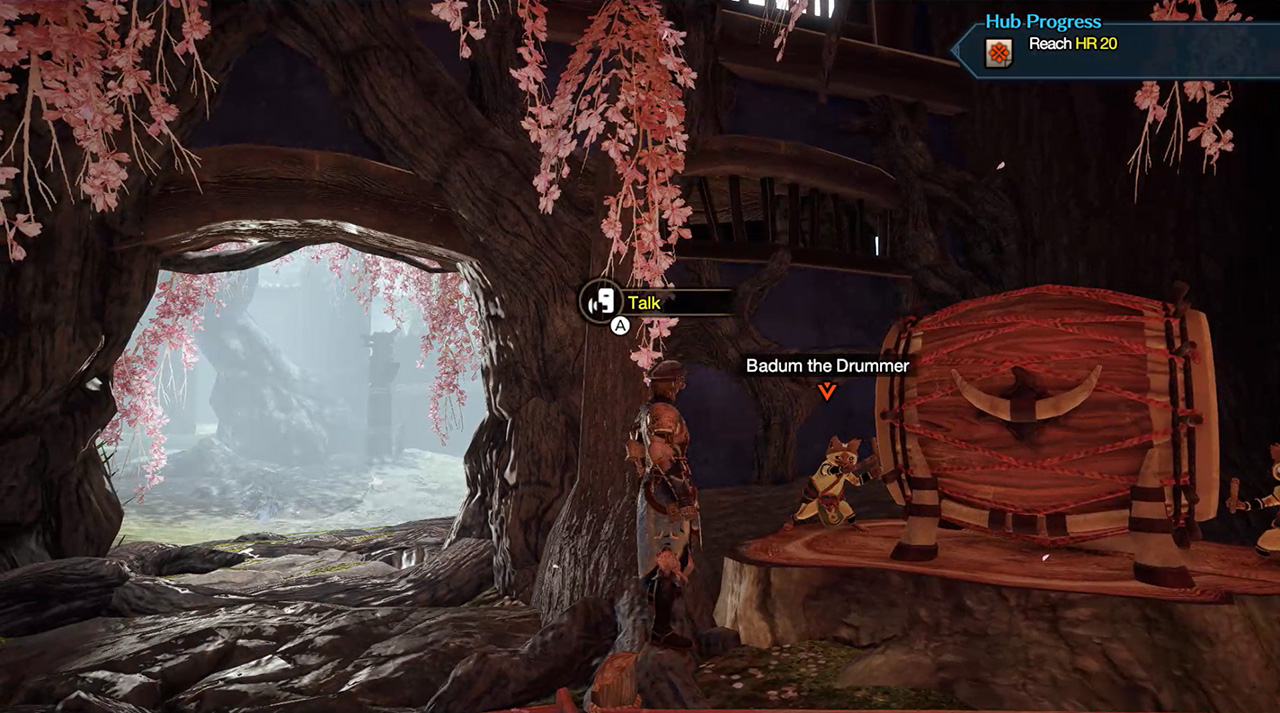
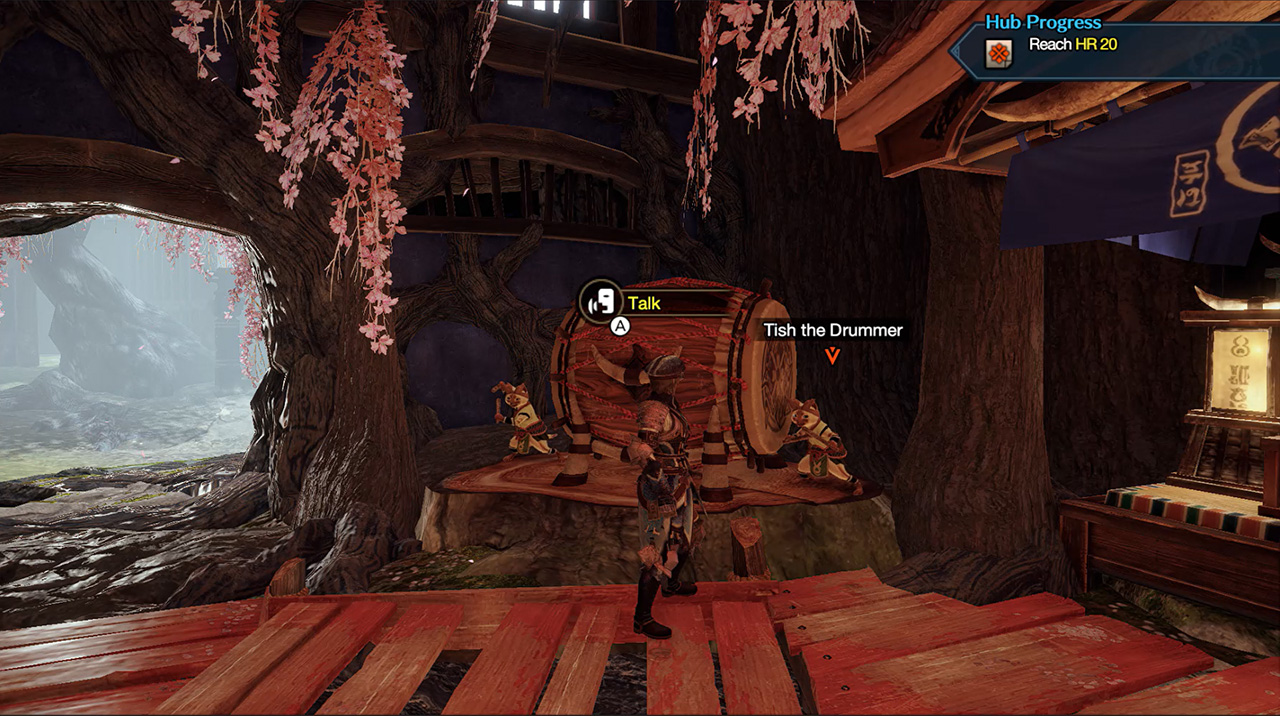 -Closing Comment from Shibata:
-Closing Comment from Shibata:
Thanks, Tim!
It’s interesting to see how the original Japanese setting is sometimes maintained and sometimes changed in order for players from all over the world to enjoy the game. The monster intro cutscenes mentioned at the end will play in the language you chose for the voice settings, which you can change from the Options on the Title Screen. You can check the cutscenes at the Gallery in Your Room, so it’s interesting to watch both versions and see how they differ.
Next time, I’ll be talking to video director Takafumi Amano, who worked on all of the promotional videos, from the announcement trailer to the current Capcom collabs! -
Hello everyone! Koichi Shibata here, reporting from the Monster Hunter Rise dev floor! For our eleventh round of Monster Hunter Rise interviews, I’ll be talking to video director Takafumi Amano, who worked on all of the promotional videos, from the announcement trailer to the current Capcom collabs!

Vol. 11
Monster Hunter Rise Video DirectorTakafumi Amano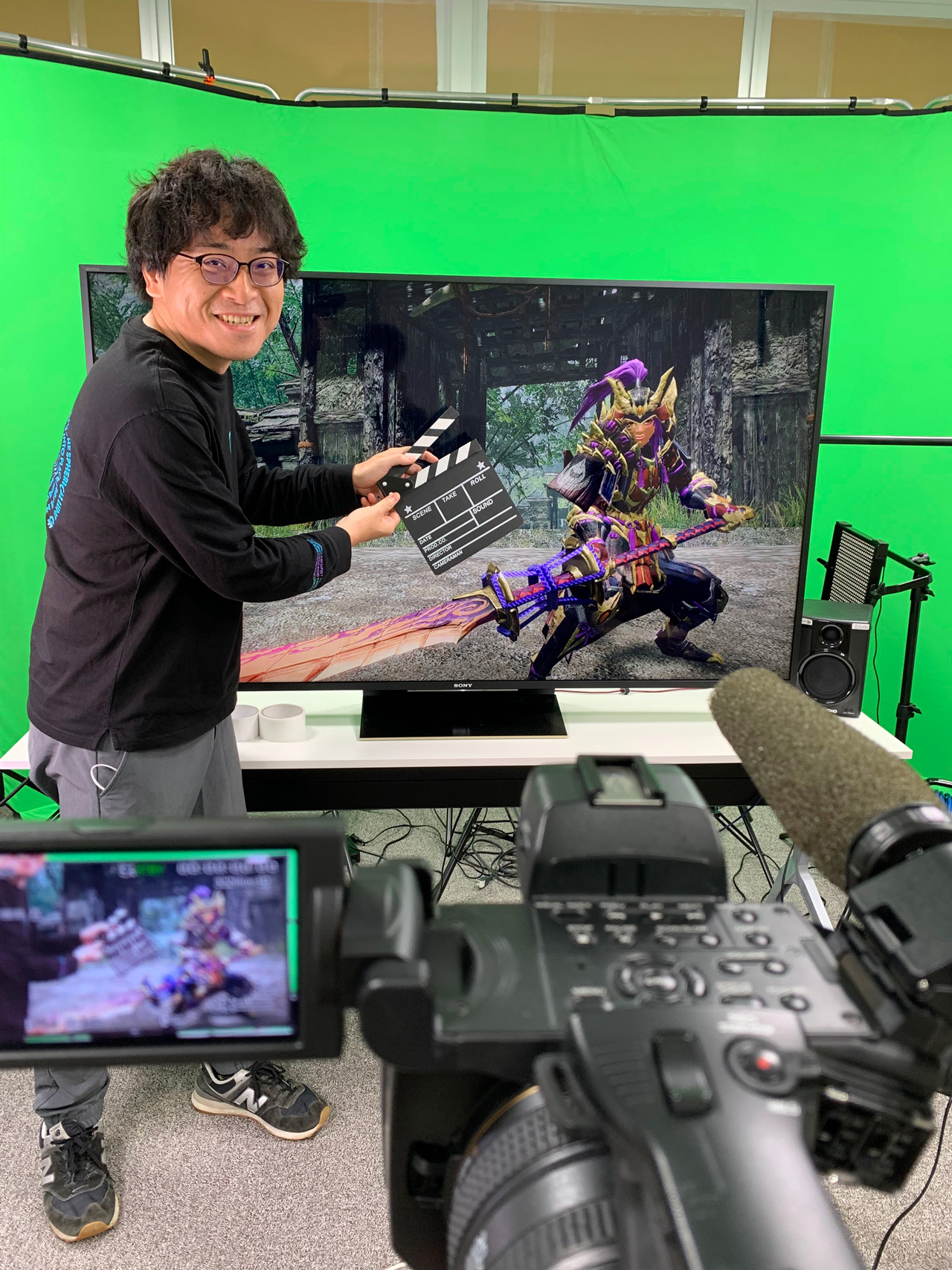
Mr. Amano, hard at work (?) directing a video.
(We do not actually record footage of a TV screen)Q1. First off, could you give us a quick introduction of what you did on Monster Hunter Rise?A1. I’m in charge of planning and producing promotional videos, which includes capturing and editing footage. I don’t actually do all of that by myself though; each part is taken care of by someone specialized in that field, so I’m working with a team of about 10 people to produce these videos.Q2. Since the official announcement trailer in September of last year, you’ve made several more videos. How do you decide which elements to put into each video?A2. First, we get a roadmap from the Producer that contains information on which monsters will be announced when. Based on that roadmap, we start thinking about which detailed game elements we need to include in the footage (by making a storyboard).
So for instance we have to ask ourselves “What is this monster’s most iconic attack?” or “What is a Palamute’s cutest animation?” Basically anything that will make the fans go “This looks cool! I wanna play this!”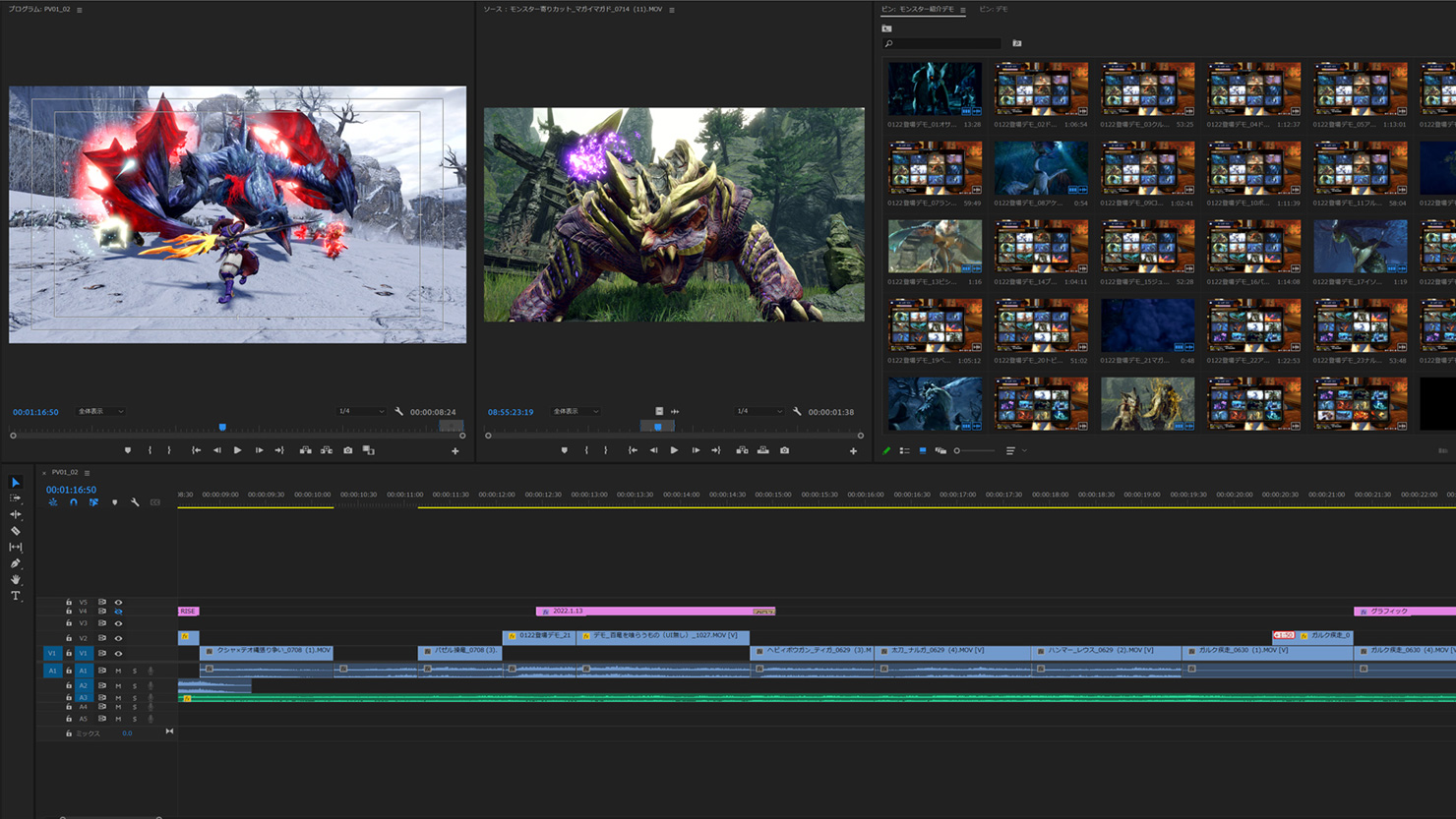
Editing the video in Adobe Premiere.Q3. How long does it take to create one video?A3.About 2 – 3 months.
First, there’s preproduction (two weeks), which includes the planning, scheduling, and storyboarding.
Second, there’s the recording and temporary editing (1 month), where we record lots of footage from the game and keep editing it over and over, until it looks just right. Then we have the Producer, Director, and any other relevant staff members check the footage, and based on their feedback we brush it up. As we edit the footage, it often turns into something notably different from what we originally storyboarded.
Last, there’s postproduction (two weeks), which involves adding visual effects, captions, BGM, and voices. This is where we brush the footage up to the final quality. Once the BGM and sound effects are in place, the footage feels a lot more complete and has a lot more impact. They’re the most important aspect!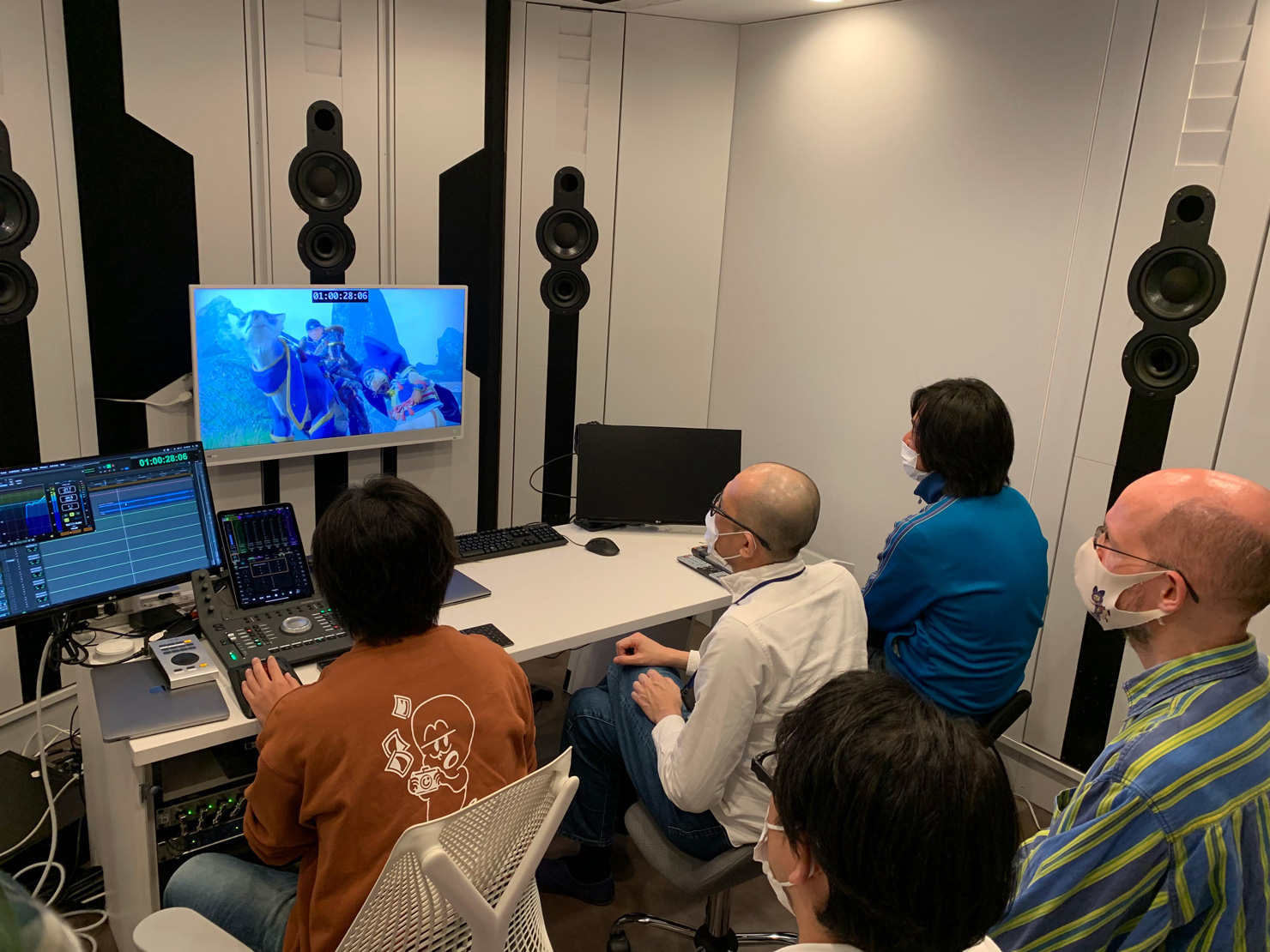
The final stage of creating a trailer is the audio mixing.
The sound team always does a great job at adding the final touches.Q4. Is there anything you paid particular attention to or were very careful about when making these videos?A4. Since the major selling point of Monster Hunter Rise is being able to play whenever you want, wherever you want, with whomever you want, so we made sure to include lots of scenes showing off the fast-paced action and the fun of Multiplayer.
For scenes using the Wirebug and Palamutes, we actually had 4 players synchronize their actions in a “three, two, one, GO!” kind of way, but there were times when it took us half a day to create a cut that we were all happy with. It feels really good once you nail that perfectly synced scene though.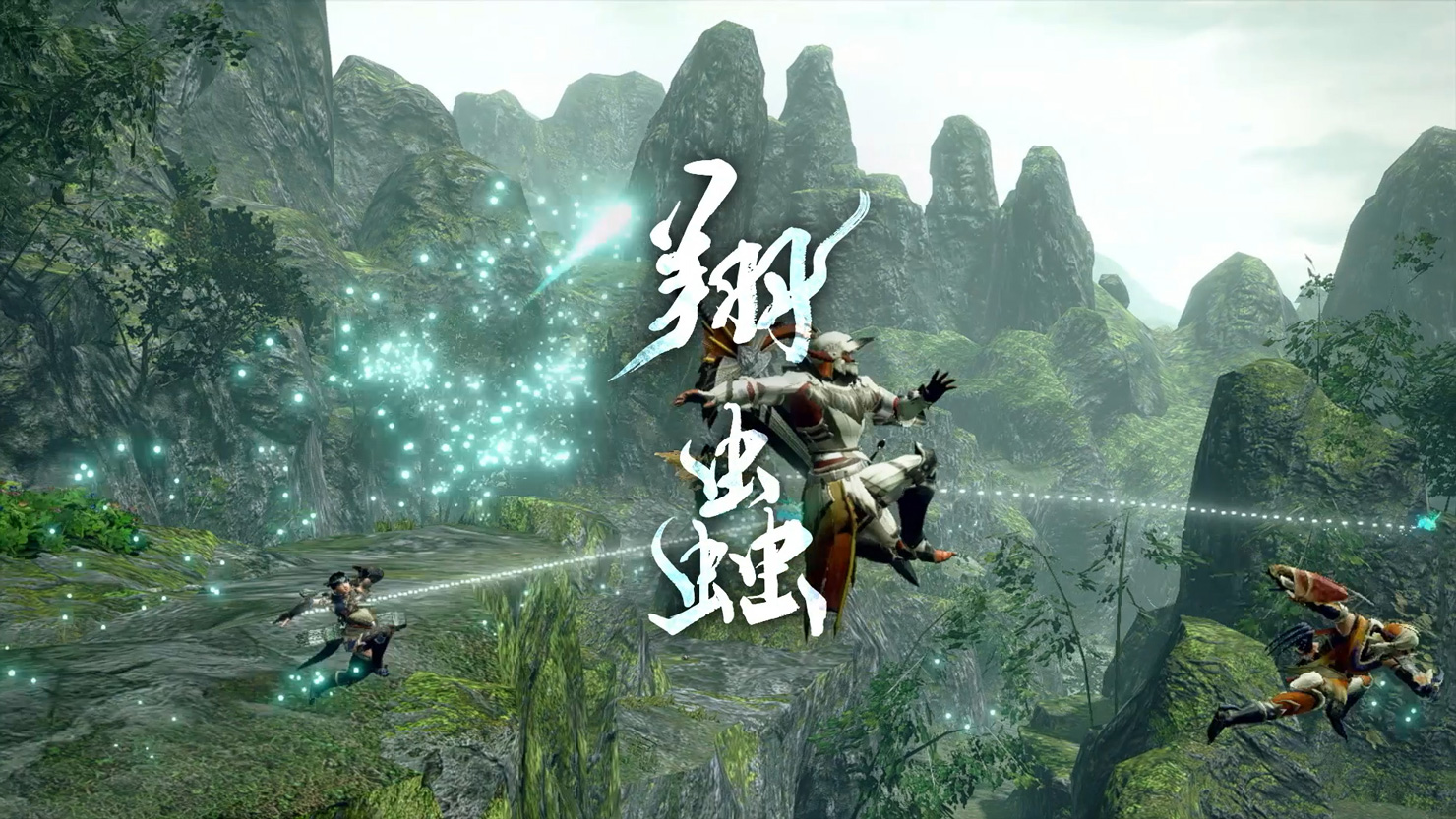
A scene from the launch trailer of Monster Hunter Rise. (00:25~)
I like this shot because it captures the Wirebug’s silk, the hunter actions, and the environment all in one beautiful image!Q5. Was there anything new and unusual you tried to do when making these videos?A5. Considering the current times, we had to rely much more on online shows and social media than before. We were not just making trailers, but we were doing promotional shows and footage for social media as well, so Monster Hunter Rise has the largest number of related videos in the history of the series.
There are so many tiny details in this game, that even after making this many videos, we still have lots of cool ideas left. I think that’s one of Monster Hunter Rise’s biggest strengths.Q6. We tend to get a lot of positive feedback from the fans whenever we show off a new video. Have there been any particular responses that caught your attention?A6. The fans are always very happy when we release a video, so obviously that makes us feel very happy as well. Recently, we’ve even seen fans use official promotional footage to make their own originally edited videos, or to make videos for analysis and predictions of what’s coming. I love watching these.
It’s impressive to see how good the fans are at editing and explaining things. Some of them are of such high quality that they make me go “I never even thought of that!”
I feel like I’m watching a friend help me promote the game, haha.-Closing Comment from Shibata:
Thank you, Mr. Amano!
As Mr. Amano already mentioned, we put out a lot of audiovisual content for the fans; not just trailers, but online shows and Twitter videos as well. The dev team always greatly enjoys seeing the fans’ reactions and comments! Next time, we’ll be taking a look at the technology that Monster Hunter Rise runs on by talking to Kazunori Sawada, the main programmer on this game! -
Hello everyone! Shibata here, reporting from the Monster Hunter Rise dev floor!
For our twelfth round of Monster Hunter Rise interviews, we’ll be taking a look at the kind of technology that went into making and running Monster Hunter Rise by talking to Kazunori Sawada, the main programmer!
Vol. 12
Monster Hunter Rise Main ProgrammerKazunori Sawada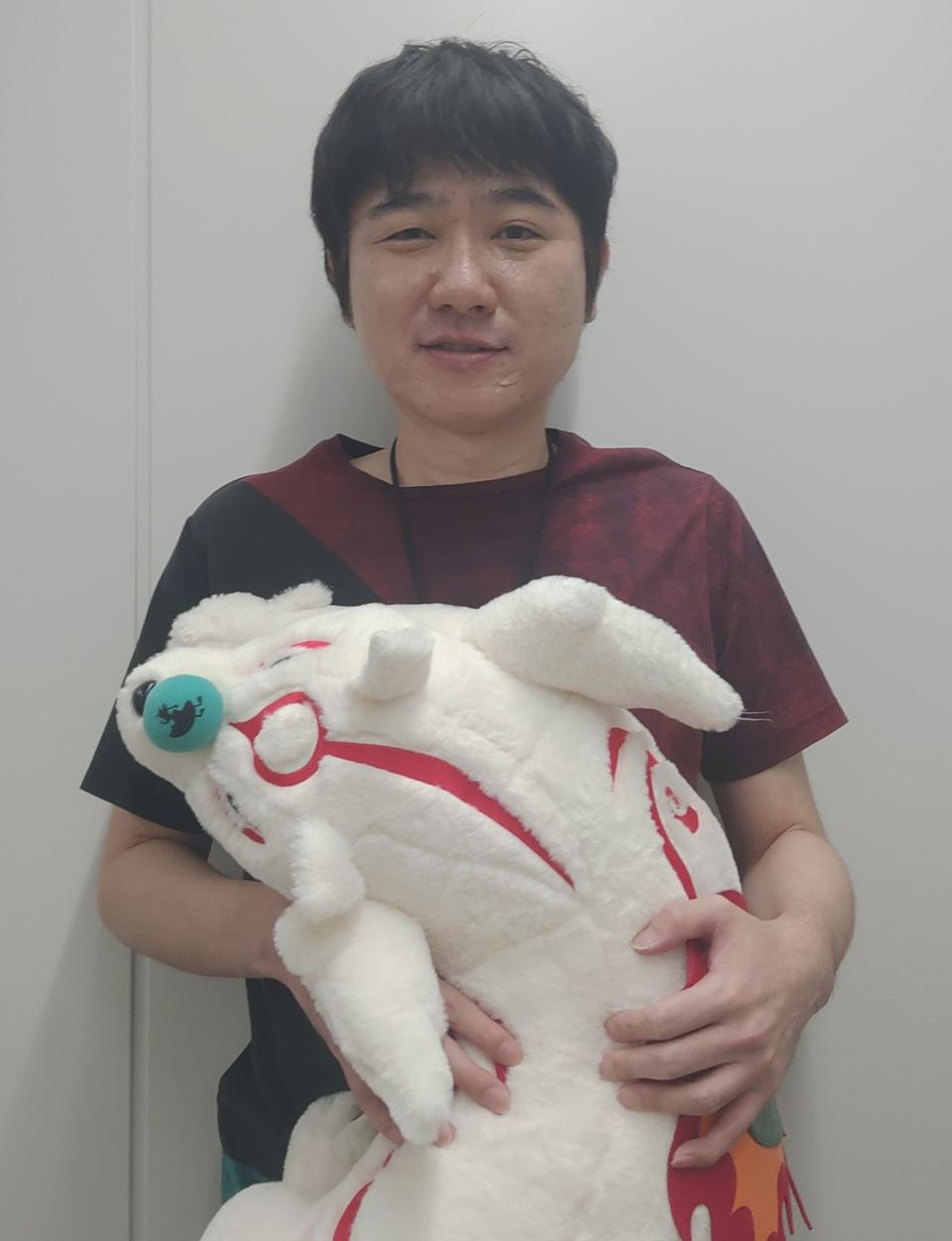 Q1. First off, could you give us a quick introduction of what you did on Monster Hunter Rise?A1. I’m the leader of the programming team. I’m sort of the contact person for all things related to programming.Q2. What is the main selling point of this game from a programming perspective?A2. It ties in with the main selling point of the Nintendo Switch, i.e. the fact that you can play it on the go. Being able to take the latest evolution of the series anywhere you want is a pretty big deal.Q3. I’m sure game programmers are in charge of a lot of different aspects of the game, so as the leader of the team, did you have any guiding principles that you based the direction and the main axis of the game on?A3. Since programmers are in charge of such a wide variety of elements, I was mainly occupied with maintaining an overall balance. Whenever someone wants to implement something new, they tend to go to the programmers first, and then I tell them not only whether it can be done or not, but also how much it would cost, and what the merits and demerits would be, keeping the overall balance of the game in mind.Q4. Was there anything you were very particular about? Or was there anything that ended up taking more time than intended?A4. One of the most time-consuming aspects for everyone involved was optimizing the game for Nintendo Switch. This was the first completely new Monster Hunter on Nintendo Switch, so we started out not knowing how much we could get out of the hardware performance-wise. We did, however, have clear ideas of how many monsters we wanted to have and how large we wanted the locales to be, so we ended up spending a lot of time on optimizing the CPU/GPU load, memory, and loading times, etc.
Q1. First off, could you give us a quick introduction of what you did on Monster Hunter Rise?A1. I’m the leader of the programming team. I’m sort of the contact person for all things related to programming.Q2. What is the main selling point of this game from a programming perspective?A2. It ties in with the main selling point of the Nintendo Switch, i.e. the fact that you can play it on the go. Being able to take the latest evolution of the series anywhere you want is a pretty big deal.Q3. I’m sure game programmers are in charge of a lot of different aspects of the game, so as the leader of the team, did you have any guiding principles that you based the direction and the main axis of the game on?A3. Since programmers are in charge of such a wide variety of elements, I was mainly occupied with maintaining an overall balance. Whenever someone wants to implement something new, they tend to go to the programmers first, and then I tell them not only whether it can be done or not, but also how much it would cost, and what the merits and demerits would be, keeping the overall balance of the game in mind.Q4. Was there anything you were very particular about? Or was there anything that ended up taking more time than intended?A4. One of the most time-consuming aspects for everyone involved was optimizing the game for Nintendo Switch. This was the first completely new Monster Hunter on Nintendo Switch, so we started out not knowing how much we could get out of the hardware performance-wise. We did, however, have clear ideas of how many monsters we wanted to have and how large we wanted the locales to be, so we ended up spending a lot of time on optimizing the CPU/GPU load, memory, and loading times, etc.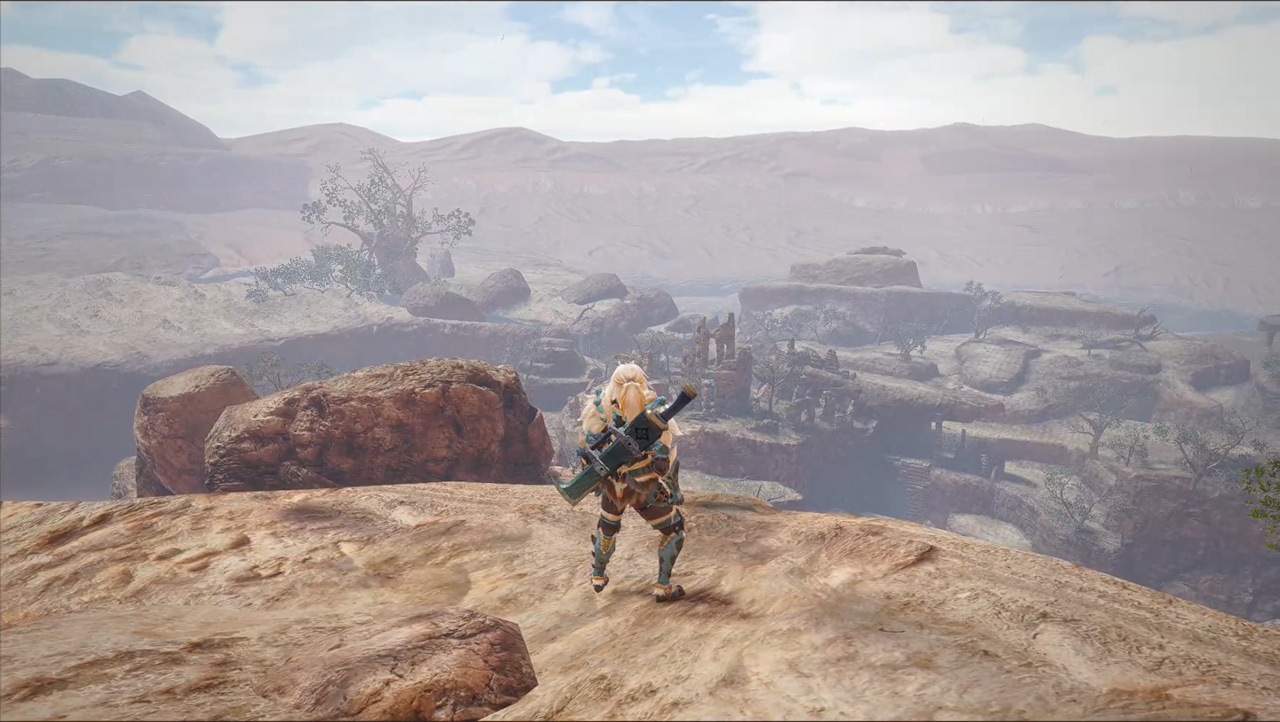
Q5. Did you try anything new for Monster Hunter Rise?A5. This is the first game in the series that we developed using RE Engine, so that was the biggest new factor. It’s pretty common in video game development to use assets from previous games when making a new game, but since we moved from our MT Framework to RE Engine, the programmers weren’t able to reuse the source code as is. So we worked hard on automatization and optimization so that we could create new code while making use of assets from previous games as efficiently as possible.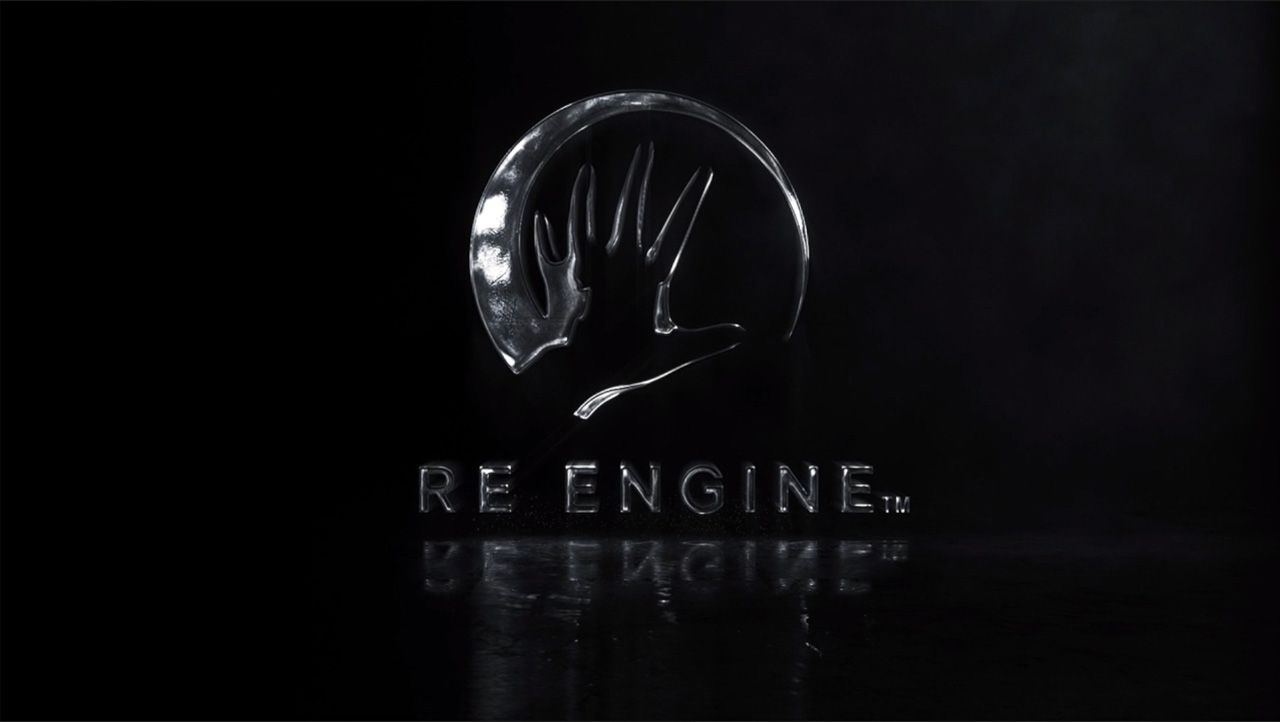 Q6. We’ve received a lot of positive feedback from the fans. Was there anything of particular note to you?A6. Considering that we put so much effort into optimizing the game for Nintendo Switch, I was very happy to receive a lot of praise from the fans in regards to the game’s playability and stability. All of the programmers are involved in this in some way or another, so we are all very happy to hear these parts of the game get so much praise.Q7. The game was developed over the course of 4 years. Do you have any interesting inside stories to tell?A7. I think this game has very smooth quick travel when moving around the village, but in the early stages of development, this involved some very long loading times, which is a bit of a common theme for the series.
Q6. We’ve received a lot of positive feedback from the fans. Was there anything of particular note to you?A6. Considering that we put so much effort into optimizing the game for Nintendo Switch, I was very happy to receive a lot of praise from the fans in regards to the game’s playability and stability. All of the programmers are involved in this in some way or another, so we are all very happy to hear these parts of the game get so much praise.Q7. The game was developed over the course of 4 years. Do you have any interesting inside stories to tell?A7. I think this game has very smooth quick travel when moving around the village, but in the early stages of development, this involved some very long loading times, which is a bit of a common theme for the series.
One day, however, someone came up with the idea of using the same technology for making the locales seamless in order to facilitate travel around the village as well. When we tried implementing it, lo and behold, the loading times became much shorter. It even allowed us to break free from the shackles of only being able to quick travel inside the Gathering Hub when playing online.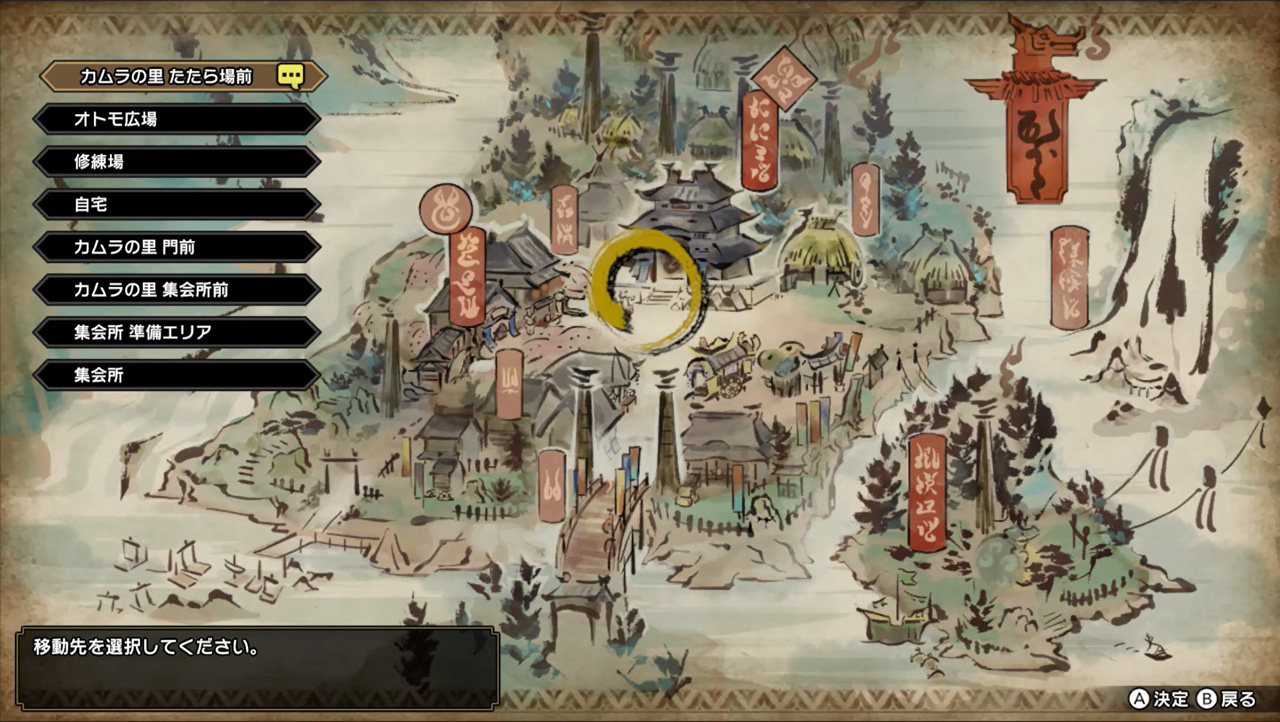
-Closing Comment from Shibata:
Thank you, Mr. Sawada!
It’s great to hear how all of the programmers contributed to the main concept of this game of being able to play ‘wherever, whenever, and with whomever you want’ by realizing smooth gameplay and stability in so many different ways. The fact that the use of seamless technology has allowed for faster travel around the village and even for players to connect in locations other than the Gathering Hub is a great defining characteristic of this game as well.
Next time, I’ll be talking to the environment leader, Masafumi Terai, about the design of the locales! -
Hello everyone! Koichi Shibata here, reporting from the Monster Hunter Rise dev floor! For our thirteenth round of Monster Hunter Rise interviews, we’ll be talking to the environment leader, Masafumi Terai, about the design of the locales!

Vol. 13
Monster Hunter Rise Environment LeaderMasafumi Terai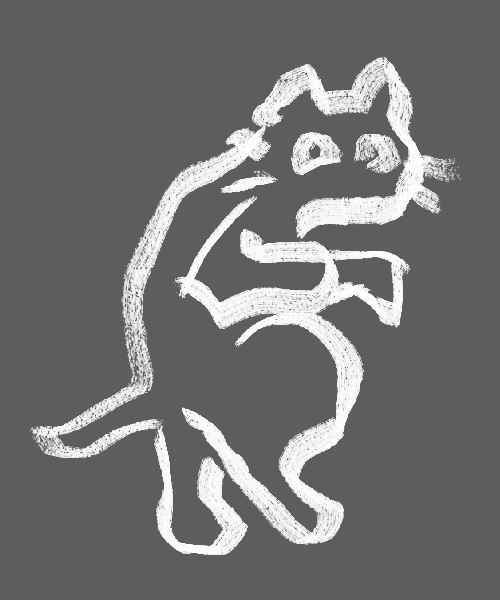
A charicature that Mr. Terai really likes. (It’s hidden in a locale somewhere!)Q1. First off, could you give us a quick introduction of what you did on Monster Hunter Rise?A1. I’m in charge of overseeing environment production and directing the environmental art design. I also run the section as a whole. I was also involved in creating models for the Shrine Ruins.Q2. Monster Hunter Rise has a variety of unique locales, but did you have a general concept in mind for the entire game? And what concepts did you have for each individual stage?A2. The director, Mr. Ichinose, had two main concepts for the game “Japanese flavor” and “Yokai,” so the environment designers came up with a lot of art that had kind of a creepy vibe to it. The Shrine Ruins are the dilapidated remains of a shrine, and it’s the stage where the player will meet their first Yokai-themed monsters, so the environments followed that concept by creating an atmosphere that was kind of shady and serious, like a haunted house of sorts. And since this is the stage that the player will visit first, it’s also got a relatively easy-to-navigate layout.
The Frost Islands are a quiet and subdued snowscape, reminiscent of the bitter cold of the Sea of Japan. It’s a locale that speaks to the imagination, with remnants of ancient battles with large monsters. Gameplay-wise, it was designed to be easily accessible for water-based monsters.
The Lava Caverns are a dangerous environment with elements of volcanoes and limestone caves. It’s got a lot of energy to it, with the kind of constant changes you’d expect from an active volcano, but…well, it’s basically a volcano-type stage like we’ve had in most other Monster Hunter games, haha. It sets itself apart though, by blending both the elements of fire and water. It’s also fairly hard to navigate.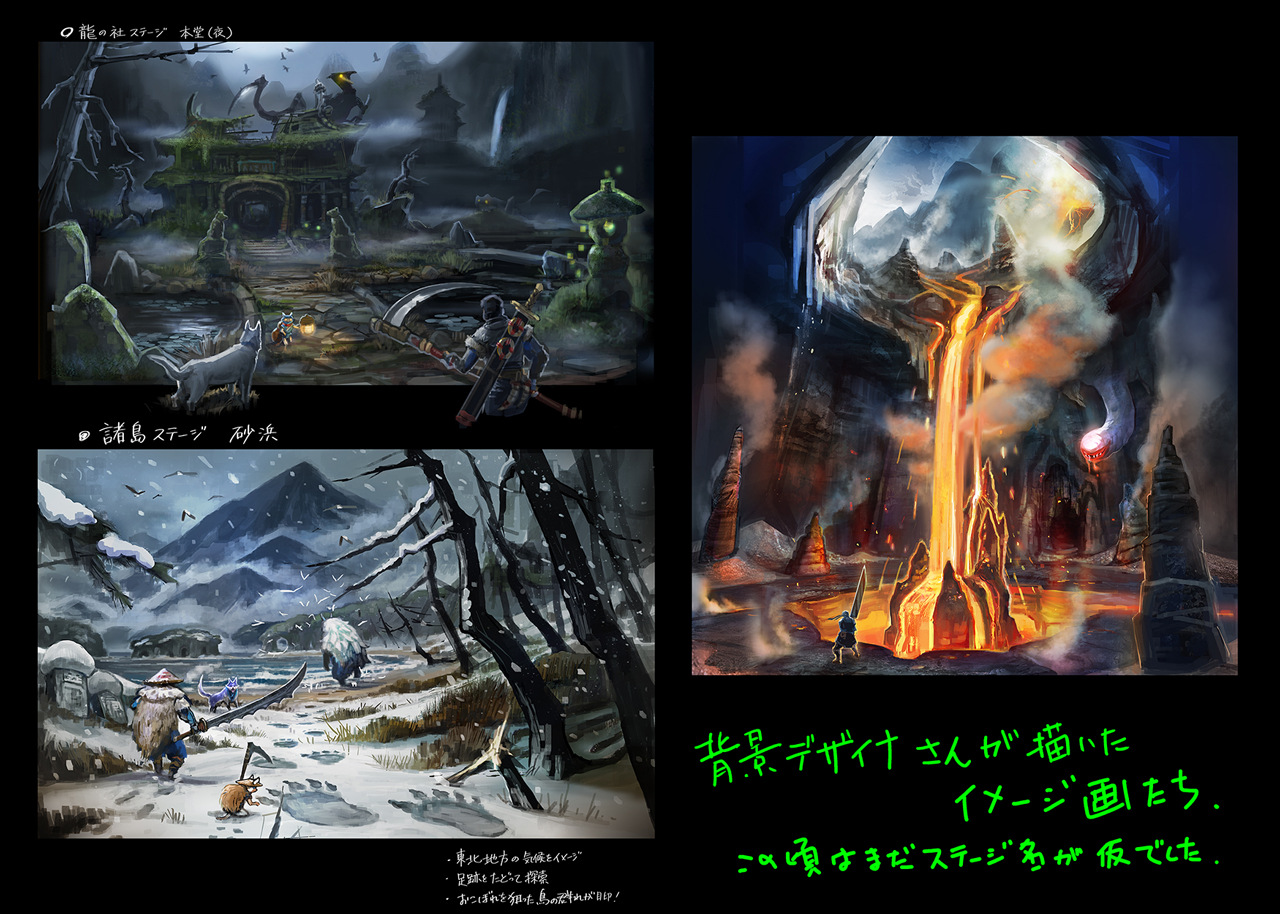
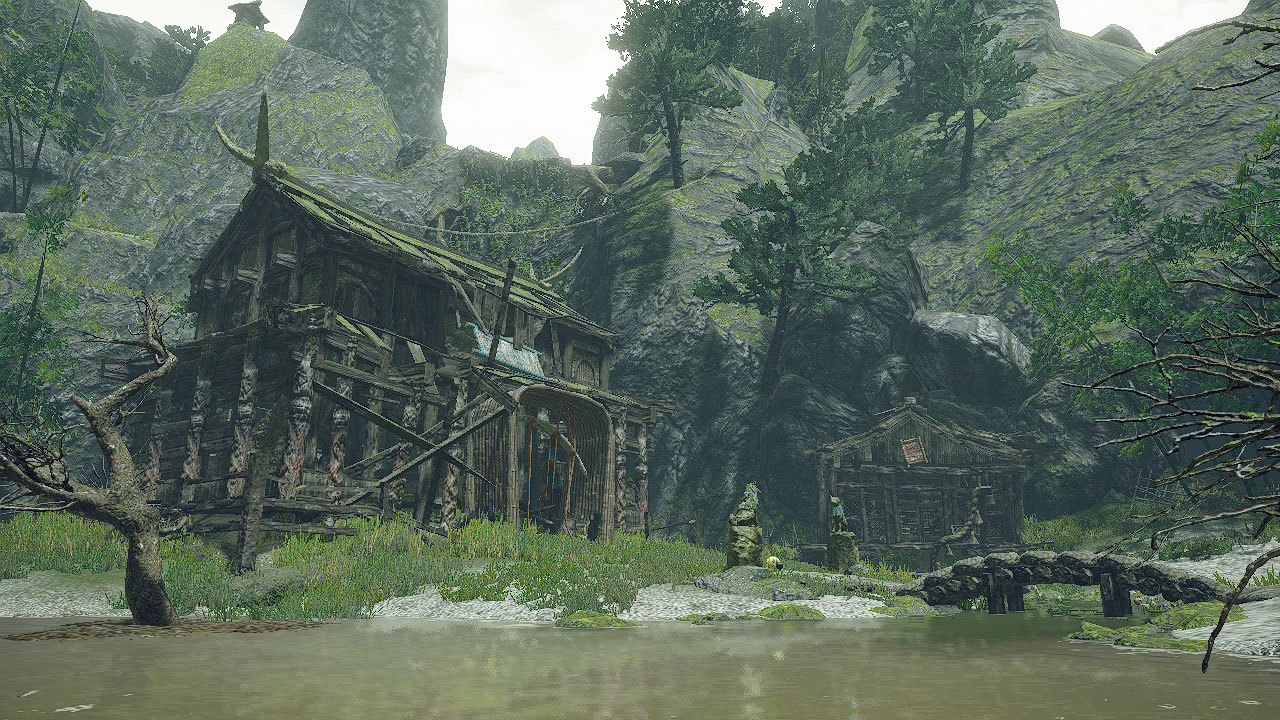
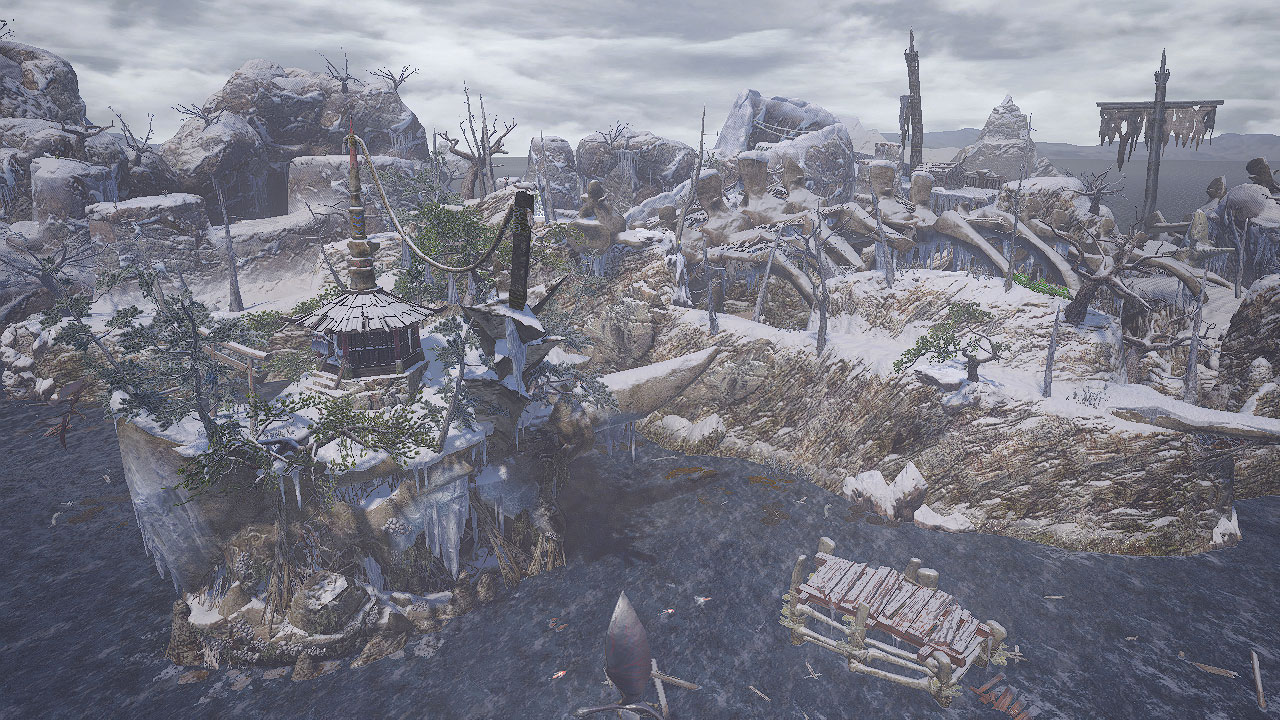
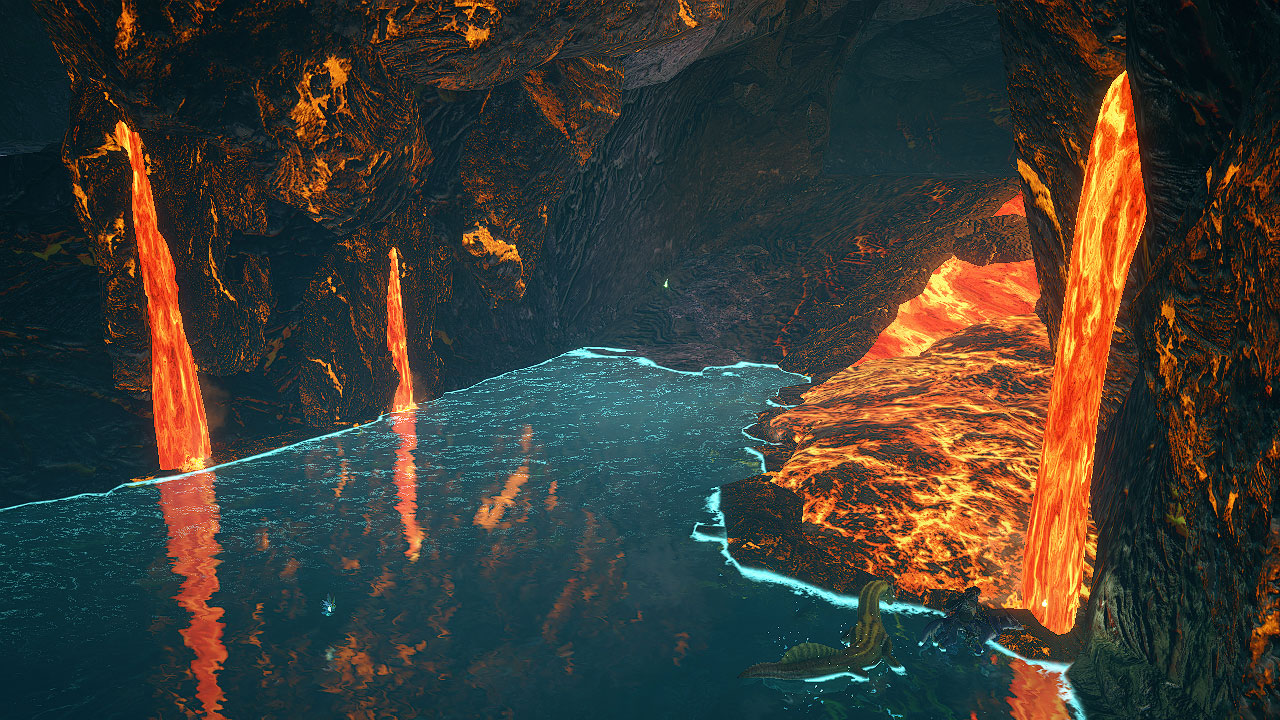 Q3. The Flooded Forest and the Sandy Plains are returning locales from previous games. How did you end up choosing these stages?A3. These were the stages that we wanted players to come back to and experience both nostalgia for the past games and surprise at how drastically they were remade. That’s how we wanted to hook those players in. In the old games, each locale was split up into separate areas, but this time they’re all open and seamless, so we wanted people to discover new things by showing them how all of these areas are connected, thus fulfilling a sense of nostalgia at the familiar scenery, but also providing a fresh new experience at the same time. Of course, for new players, all of these locales are completely unknown, so we wanted to make those players curious about how these locales looked in previous games as well.
Q3. The Flooded Forest and the Sandy Plains are returning locales from previous games. How did you end up choosing these stages?A3. These were the stages that we wanted players to come back to and experience both nostalgia for the past games and surprise at how drastically they were remade. That’s how we wanted to hook those players in. In the old games, each locale was split up into separate areas, but this time they’re all open and seamless, so we wanted people to discover new things by showing them how all of these areas are connected, thus fulfilling a sense of nostalgia at the familiar scenery, but also providing a fresh new experience at the same time. Of course, for new players, all of these locales are completely unknown, so we wanted to make those players curious about how these locales looked in previous games as well.
 Q4. What kind of processes are involved in completing a single locale, and how long does it take?A4. First, we start by deciding on the level design and how challenging the terrain is going to be. In the meanwhile, we start creating assets (materials and parts, etc.), which we then place on the map to build up the visual layout of the area, and lastly we create the collision (hit detection) for the player and the monsters. We also work on destructible objects and pathing data at the same time.
Q4. What kind of processes are involved in completing a single locale, and how long does it take?A4. First, we start by deciding on the level design and how challenging the terrain is going to be. In the meanwhile, we start creating assets (materials and parts, etc.), which we then place on the map to build up the visual layout of the area, and lastly we create the collision (hit detection) for the player and the monsters. We also work on destructible objects and pathing data at the same time.
The level design takes about 2 to 3 months, creating small assets takes one or two days, larger assets take between five and ten days. It takes a team of 3 or 4 people about 1.5 to 2 months to create the layout for a locale, and then another team of 3 or 4 people take about 1 to 1.5 months to create the collision. So it’s about 5 months of continuous and overlapping work.Q5. The decision to go from area-based locales to seamless ones was made during development. This must’ve had a huge impact on your team, right?A5. We’d already built an area-based version of the Shrine Ruins, and we were working on the Frost Islands when we were hit with this, so “a huge impact” might even be a bit of an understatement. It was more like “How on earth are we going to solve this!?” Seamless locales take a completely different approach to create, so we needed prepare ourselves to get rid of everything we’d already made and restart completely from scratch. It was also the first time we were using RE Engine to make a Switch game, and on top of that, there weren’t many seamless Switch titles at the time, so we had to figure a lot of this out by ourselves. Fortunately, several of the team members were very much in favor of going seamless, and we got help from other staff members who were used to make seamless locales, so we managed to pull it off somehow.
I’m really glad we went this route now, but back then we had a hard time shifting to a completely new production system. I’m honestly amazed at myself that I managed to pull through, haha. And I’m super thankful to everyone who was there fighting alongside me.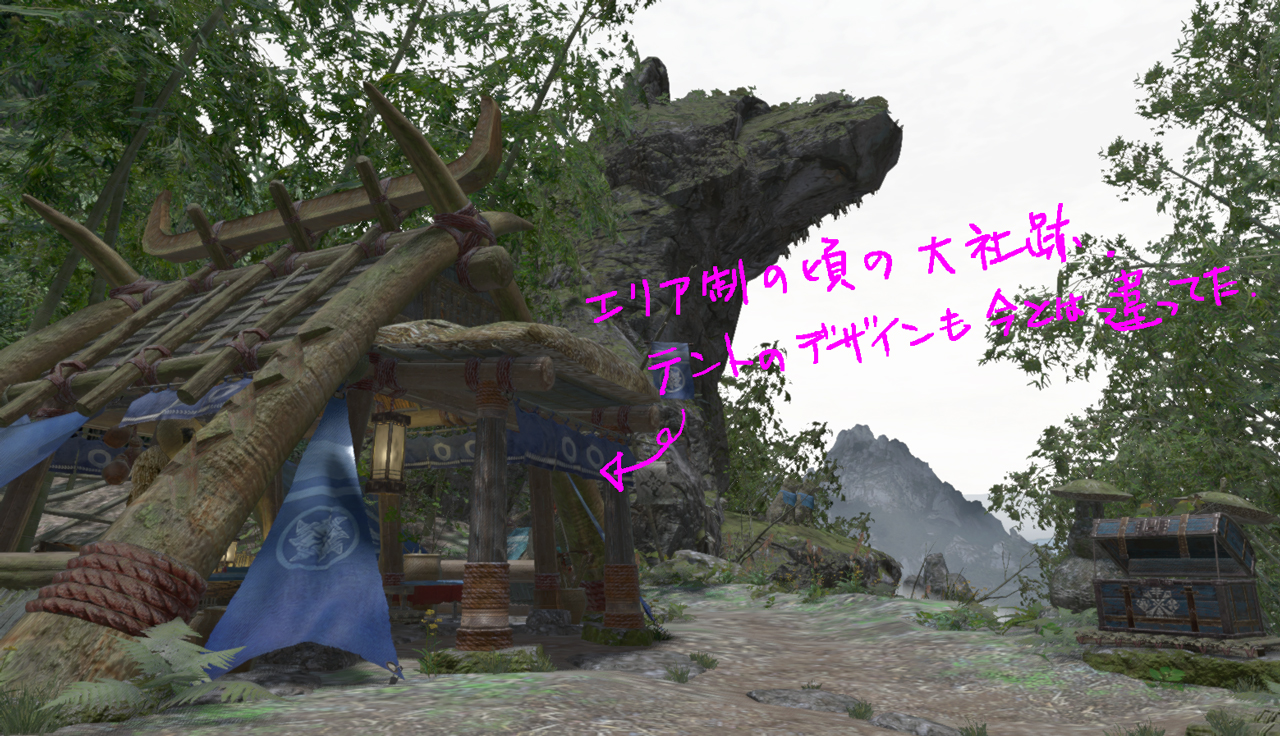 Q6. The environment staff has been helping out to show off some recommend sightseeing spots for the game on Twitter. Have there been any reactions that really caught your eye?A6. I’ve been reading some of the comments in between work tasks, and it always makes me feel good to see articles pointing out specific spots in the game that I was very meticulous about. It feels good to know that players notice and appreciate these things, and it makes me feel happy I put in the effort. It makes me feel lucky to be a developer. Thanks to all of you! The entire team put a lot of effort into creating these environments, so we hope you take your time and maybe go on a relaxing Gathering Quest to take in the sights and take your mind off slaying monsters.-Closing Comment from Shibata:
Q6. The environment staff has been helping out to show off some recommend sightseeing spots for the game on Twitter. Have there been any reactions that really caught your eye?A6. I’ve been reading some of the comments in between work tasks, and it always makes me feel good to see articles pointing out specific spots in the game that I was very meticulous about. It feels good to know that players notice and appreciate these things, and it makes me feel happy I put in the effort. It makes me feel lucky to be a developer. Thanks to all of you! The entire team put a lot of effort into creating these environments, so we hope you take your time and maybe go on a relaxing Gathering Quest to take in the sights and take your mind off slaying monsters.-Closing Comment from Shibata:
Thank you, Mr. Sawada!
It’s great to hear how all of the programmers contributed to the main concept of this game of being able to play ‘wherever, whenever, and with whomever you want’ by realizing smooth gameplay and stability in so many different ways. The fact that the use of seamless technology has allowed for faster travel around the village and even for players to connect in locations other than the Gathering Hub is a great defining characteristic of this game as well.
Next time, I’ll be talking to the environment leader, Masafumi Terai, about the design of the locales! -
Hello everyone! Koichi Shibata here, reporting from the Monster Hunter Rise dev floor! For our fourteenth round of Monster Hunter Rise interviews, we’ll be talking to Genki Sunano, the producer of the Steam version of Monster Hunter Rise, which was released on January 13th!

Vol. 14
Producer of Monster Hunter Rise (Steam ver.)Genki Sunano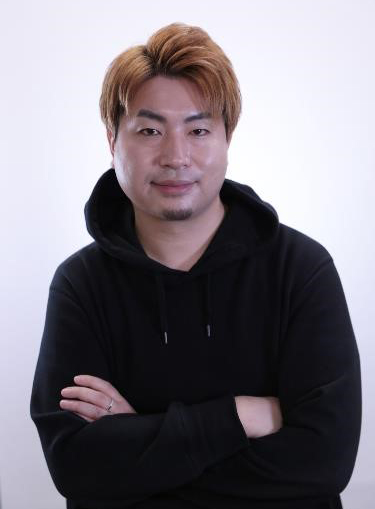
Q1. First off, could you give us a quick introduction of what you did on Monster Hunter Rise?A1. I’m the producer of the Steam version of Monster Hunter Rise, meaning I perform a variety of tasks, ranging from development-related work, such as talking to the staff about what needs to be done to port the game to Steam/PC, and making the final decisions on specs etc., to project management to ensure that the game is delivered to the fans according to schedule, and I’m even involved in promotional activities and sales strategies.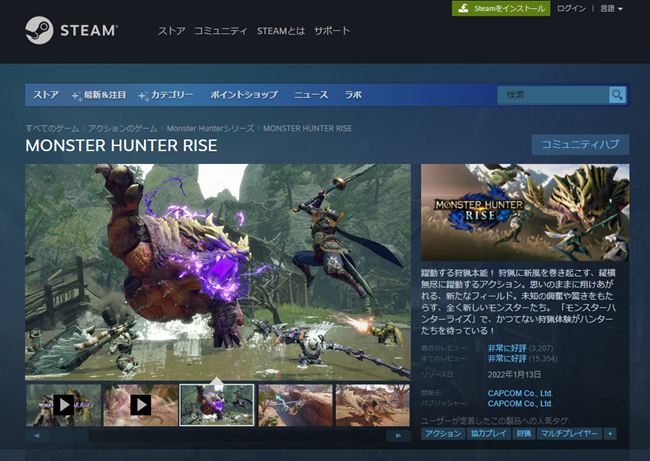
The Steam Store pageQ2. It’s been out for a few months now, and I’m sure you received a lot of feedback from the fans. Was there anything that stood out in particular?A2. The Steam version was announced after the Nintendo Switch version, and we received a lot of requests from fans in various regions to port the game to PC, which helped contribute to the decision to make it, but we did end up having to make the PC fans wait for quite a while. However, we received a lot of positive feedback along the lines of “Now I can finally play it!” from PC players when the port was released, so we were very happy to see everyone so excited.
We also received a lot of positive feedback on the graphical improvements, such as the 4K support and high-res textures, as well as the improved performance of the game itself, so the developers were glad to hear their efforts were appreciated. We have the Steam development staff to thank for this, because they were the ones responsible for figuring out the required tweaks and additions a PC game needs.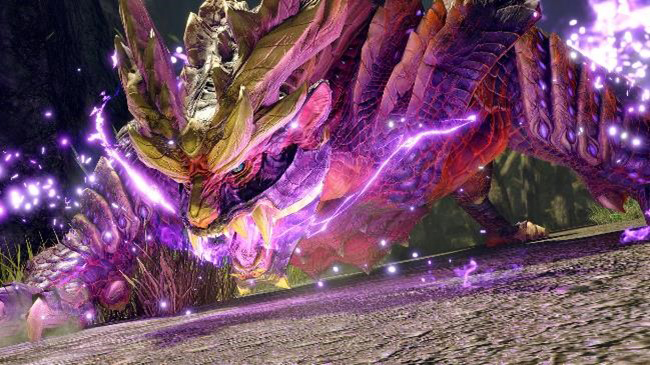
The PC version supports 4K, and higher graphical fidelity.Q3. So, production of the Steam version began due to popular demand from players after the Nintendo Switch version was released. How did you feel about being assigned as the Producer?A3. It was the first time for me to work on a Steam game, so I was a bit worried if I would be able to use the experience and knowledge I had accrued so far, but I just couldn’t pass up the opportunity, and since I did work on an online PC game for a very long time (Monster Hunter Frontier), I was willing to do everything it took to bring Monster Hunter Rise to all of the PC gamers all over the world.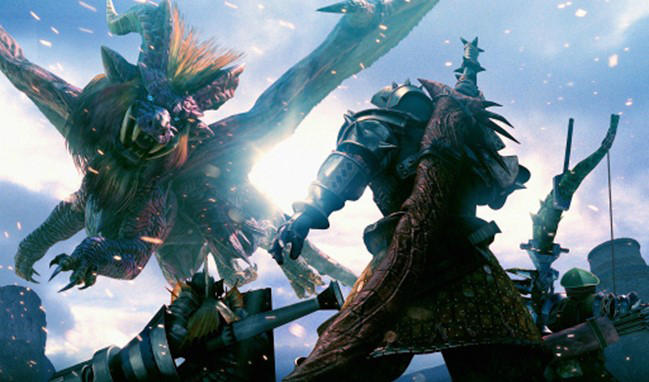
“Monster Hunter Frontier”, one of the games Sunano worked on in the past.After the game was released, I saw a lot of posts on social media from overseas fans, something I’d never really been exposed to before, and from people who played games I worked on in the past, and they all seemed to be having fun, so I’m glad I took on the job.Q4. Is there anything you’d like to tell people who are playing the Steam version, or who might be thinking of playing the game in the near future? Anything you’d like them to pay attention to?A4. First of all, to those who are thinking of playing the game (and those who are not sure yet): the Steam version of Monster Hunter Rise has some elements I personally added.
The main elements are that it supports up to 4K resolution, that it allows you to switch to high-res textures for the monsters etc. (this can be toggled in the Options menu), optimized graphics options to increase the framerate cap, and ultrawide display.
This game makes use of high-end graphics and smooth framerates that you’d expect from a PC environment, so if you’ve never played a Monster Hunter game on Steam before, I strongly encourage you to try it out!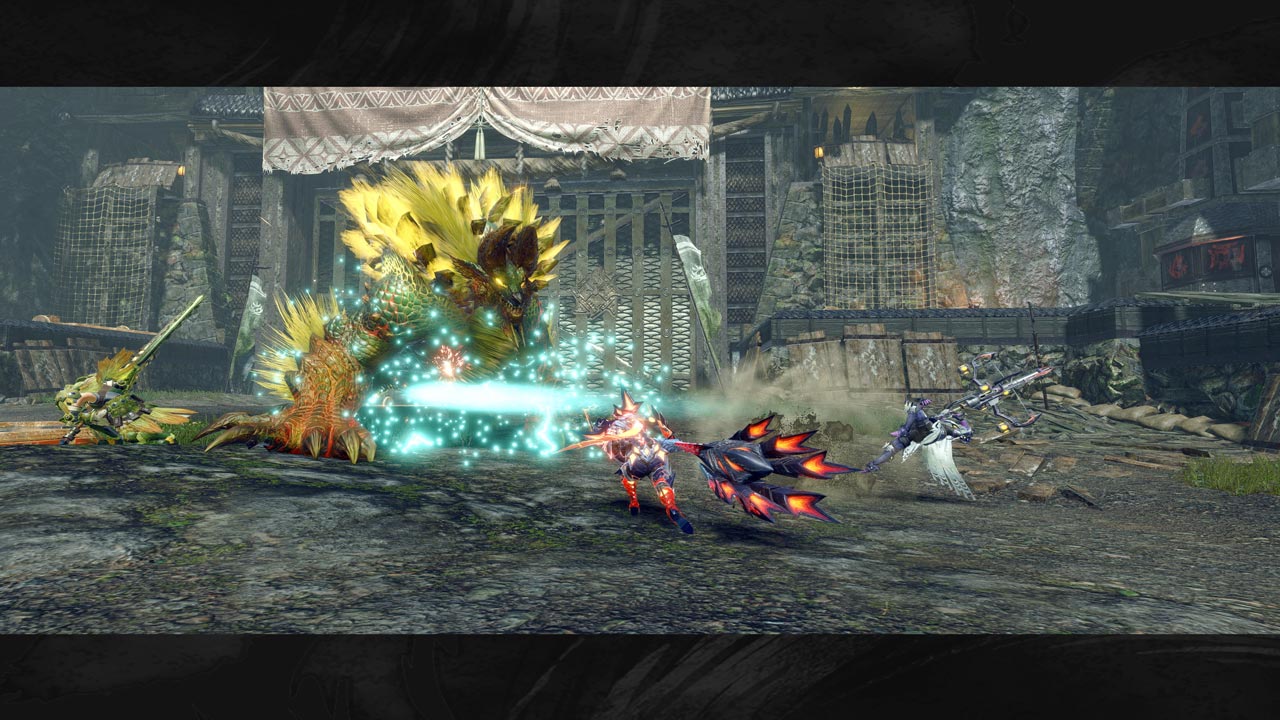
Gameplay on an ultrawide monitor (21:9). This gives a wider view of the battlefield.Next, to everyone who’s already playing the Steam version of Monster Hunter Rise:
Thanks for playing the game!
When the Steam version was released, it contained all of the additional monsters and the new ending that were added to Ver.3.6.1 of the Nintendo Switch version. The game was updated to Ver.3.9.0 on February 24, and there’s a wide variety of Event Quests available. There are also plenty of Collab Quests (Okami, Street Fighter, Sonic the Hedgehog, etc.) with enticing rewards, and they range from easy to very challenging, so we hope you will enjoy the game for a long time to come!
The Steam version also has a nice bonus feature in the form of several optional screen filters that change the atmosphere of the game. We’d love to see some of your screenshots and videos on social media!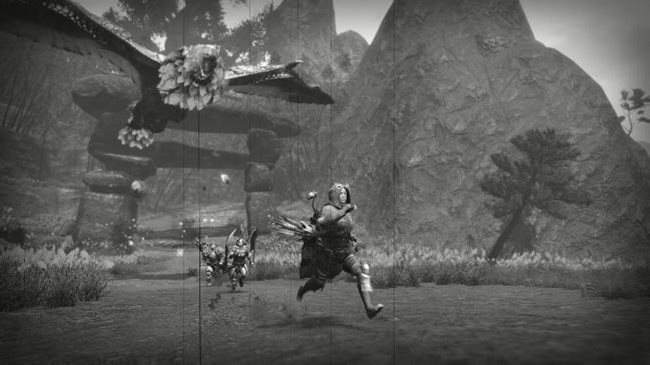
Gameplay using the Black & White (Cinema-style) filter.Q5. On the official website, we list some gaming PCs that we’ve confirmed the game runs smoothly on, but there are also some laptop PCs on there. Why did you decide to include these?A5. The original concept of Monster Hunter Rise was to be able to play wherever you want, whenever you want, with whomever you want. Keeping that concept in mind, I figured that it would make more sense to play the game on a laptop PC that you can take anywhere, rather than a desktop.
Also, even though the number of PC gamers is on the rise, there are still a lot of people who don’t really know what kind of PC they need to play games, or how to even interpret specs. So, we decided that making the game playable not just on gaming PCs (which tend to have an image of requiring too much knowledge) but also on laptop PCs, which a lot of people already own for business or daily purposes anyway. This would help us reach a wider audience, and Intel was even kind enough to help us in making the game run smoothly on laptop PCs with on-board Intel® Iris® Xe graphics.A lot of manufacturers were very supportive when the game was released, allowing us to put up a list of compatible PCs on the official website, so please use that for reference if you’re thinking of buying a PC.Q6. Any closing comments for the fans?A6. This Summer, we will release Monster Hunter Rise: Sunbreak, the massive expansion to Monster Hunter Rise! I will be continuing my work as a Producer on the Steam version of Sunbreak, and we’re working hard to make sure it releases on the same day as the Nintendo Switch version, so we hope you look forward to it!-Closing Comment from Shibata:
Thank you, Mr. Sunano!
The Steam version of Monster Hunter Rise was made in response to feedback from PC gamers. Apart from the improved graphics and options, there’s even extra screen filters, so there are a lot of new features to enjoy. As someone who also worked on this title, nothing makes me happier than to see as many people as possible have fun with our game. Next time, I will finally be sitting down to talk to Yoshitake Suzuki, the director on Monster Hunter Rise: Sunbreak! -
Hello everyone! Koichi Shibata here, reporting from the Monster Hunter Rise dev floor!
For our fifteenth round of Monster Hunter Rise interviews, we’ll be talking to Yoshitake Suzuki, the director on Monster Hunter Rise: Sunbreak, the massive expansion for Monster Hunter Rise releasing on June 30!
Vol. 15
Monster Hunter Rise: Sunbreak DirectorYoshitake Suzuki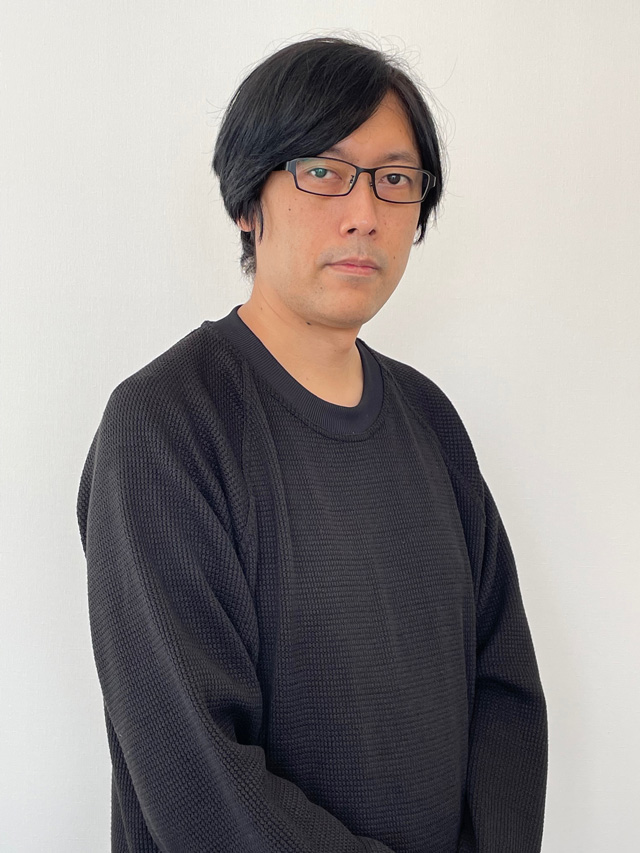
Q1. Sunbreak was announced in September last year and we received a lot of fan feedback. Was there anything that caught your eye in particular?A1. We got the most responses to Malzeno, the new flagship monster. The teaser trailer resulted in an overwhelming amount of feedback from fans both domestic and abroad. The second biggest element was the new character Dame Fiorayne. We only showed off a little bit of her appearance, but a lot of fans were clever enough to quickly figure out she’s Rondine’s sister, based on past information.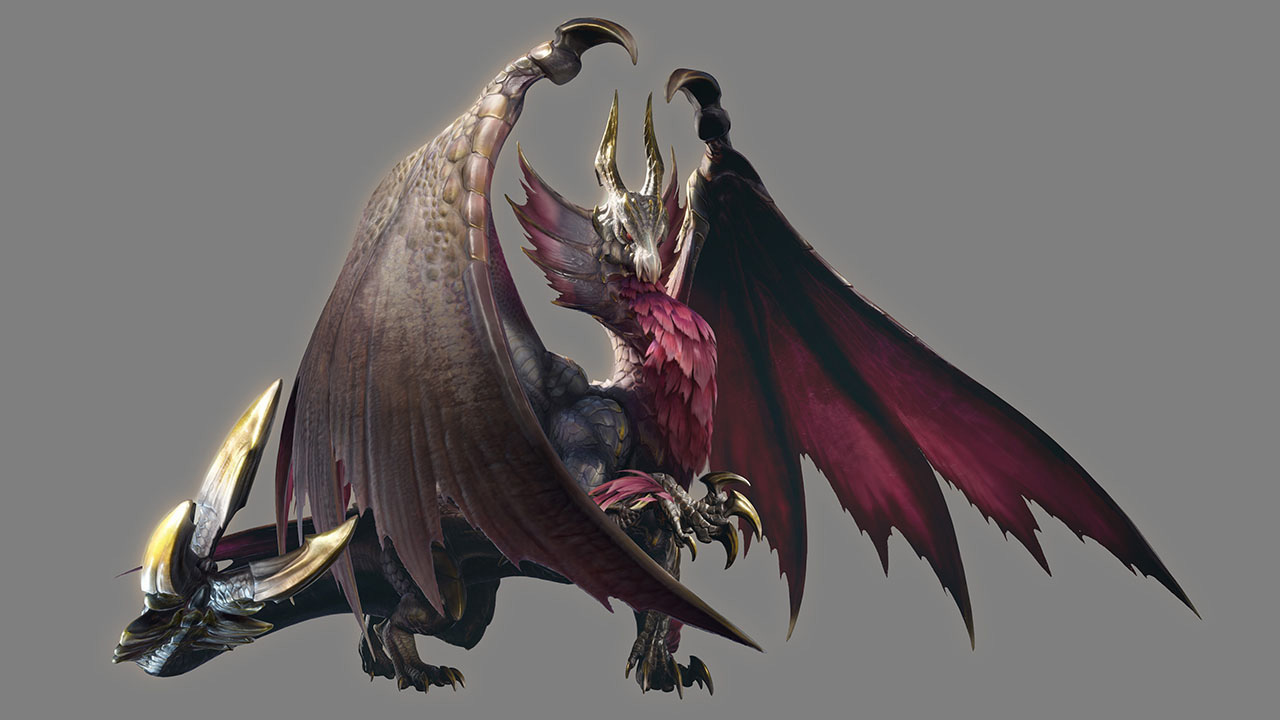
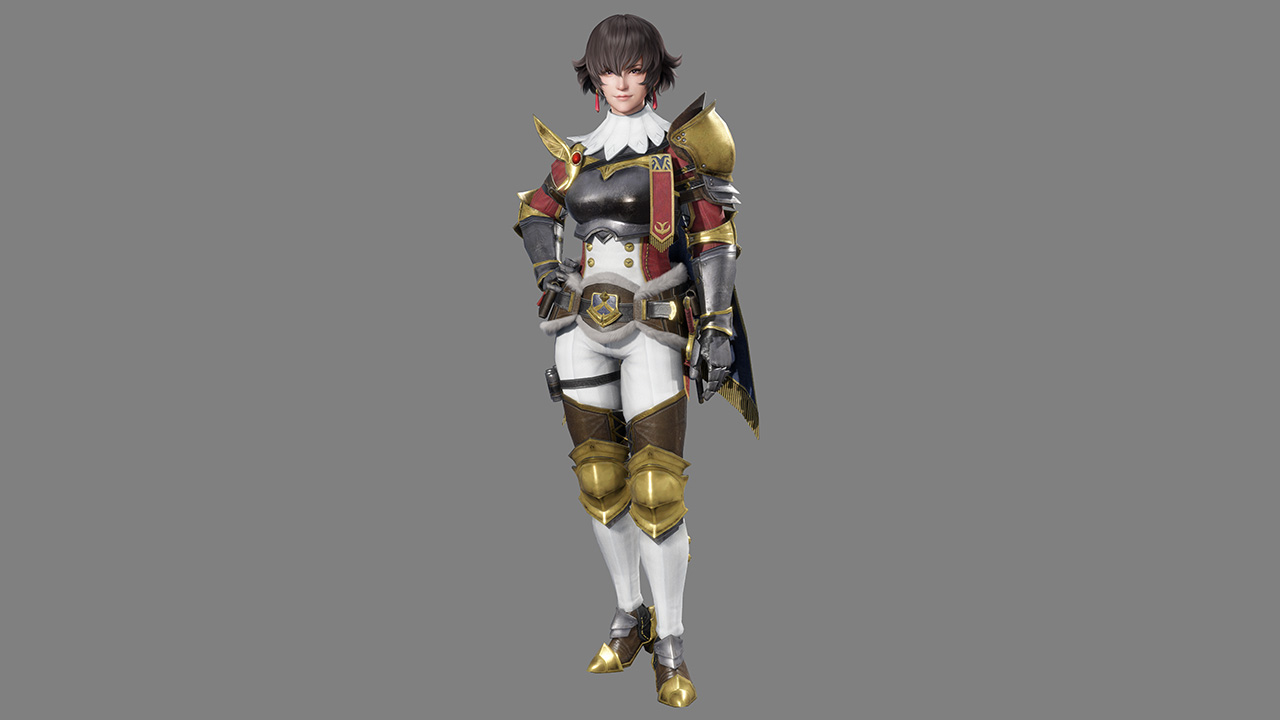 Q2. Sunbreak is a massive expansion to Monster Hunter Rise, but how did you decide what kind of story and setting to go with?A2. Since this is a follow-up to Rise, I looked at a lot of elements from Rise, like the world it takes place in, before coming up with new concepts. Initially, I thought of preserving the Japanese/Asian flavor of Rise…but I gradually started feeling strongly that I wanted to make this more about Western monsters. So I created a design document with very heavy Western motifs and showed it to Ryozo Tsujimoto (the Producer) and Yasunori Ichinose (the Director)…and they were kind enough to accept it, and from there on I started working on the plot and the story.
Q2. Sunbreak is a massive expansion to Monster Hunter Rise, but how did you decide what kind of story and setting to go with?A2. Since this is a follow-up to Rise, I looked at a lot of elements from Rise, like the world it takes place in, before coming up with new concepts. Initially, I thought of preserving the Japanese/Asian flavor of Rise…but I gradually started feeling strongly that I wanted to make this more about Western monsters. So I created a design document with very heavy Western motifs and showed it to Ryozo Tsujimoto (the Producer) and Yasunori Ichinose (the Director)…and they were kind enough to accept it, and from there on I started working on the plot and the story.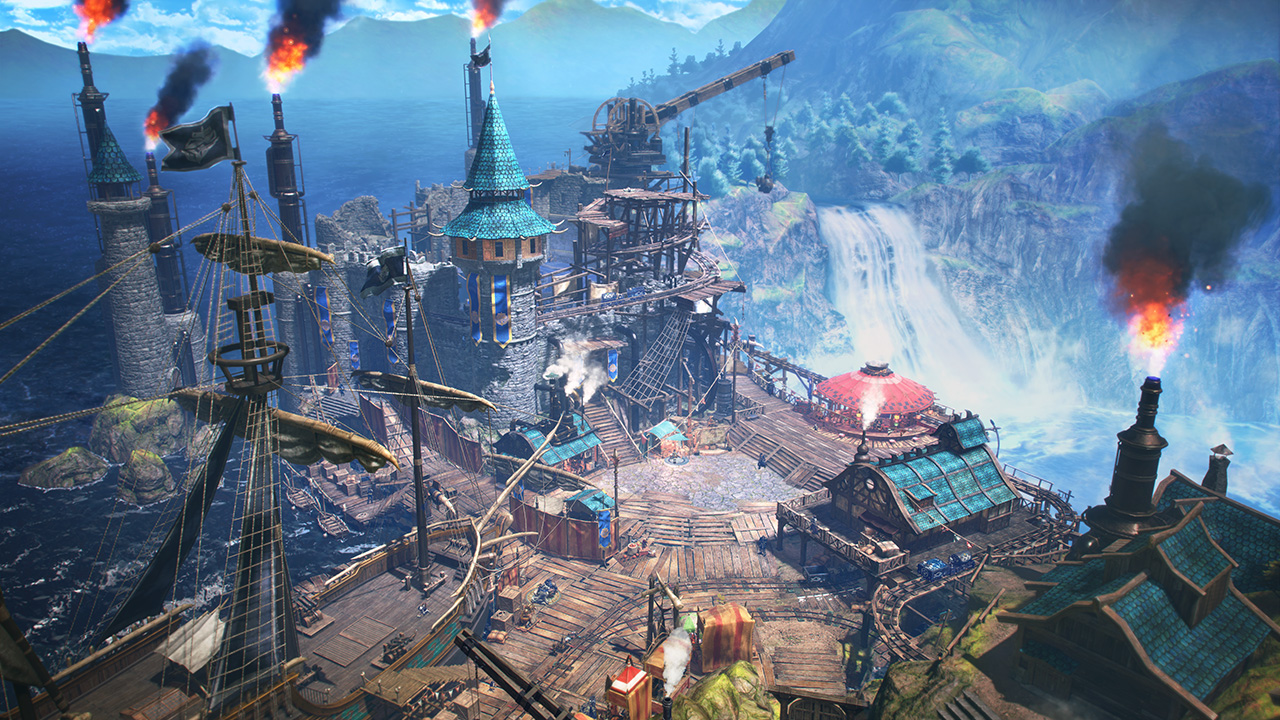
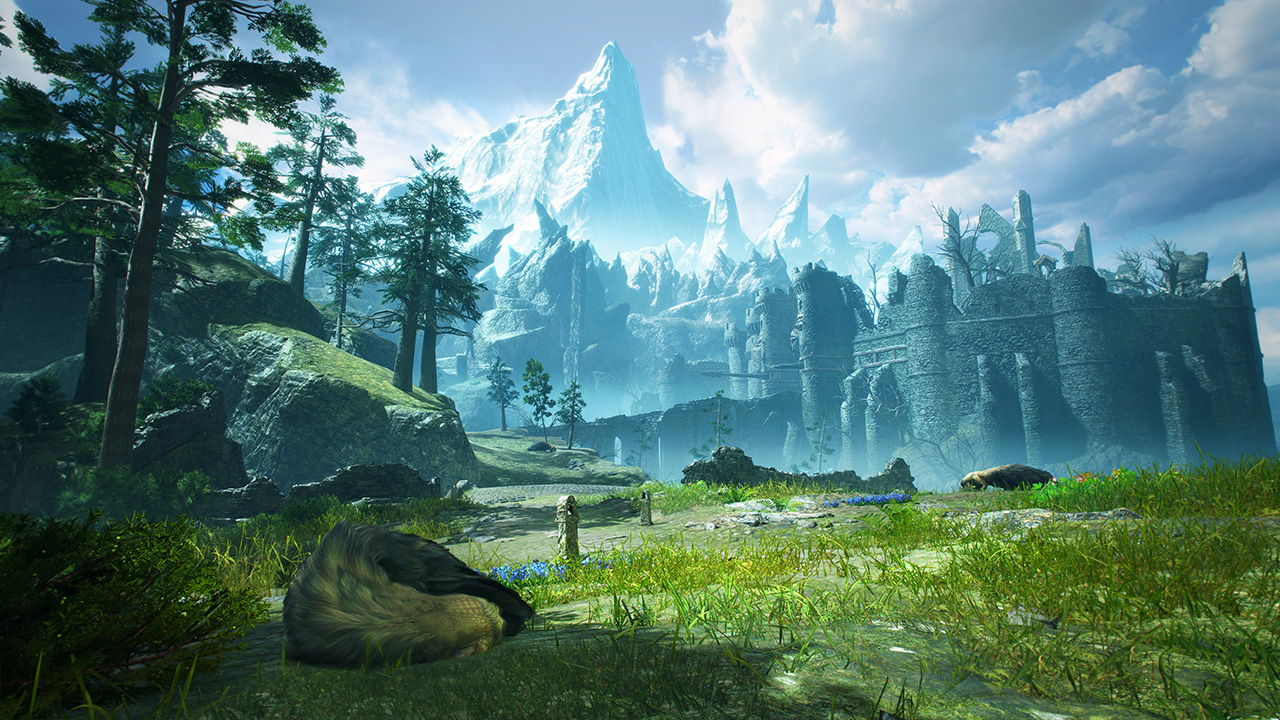 Q3. At the special program on March 15, you revealed the release date as well as the key visuals. We saw Fiorayne there as well, so does that mean she plays an important role in this game?A3. Yes, Fiorayne is one of the most important characters in Sunbreak’s story. I hope everyone looks forward to seeing how the Fierce Flame from Kamura interacts with her during the game.
Q3. At the special program on March 15, you revealed the release date as well as the key visuals. We saw Fiorayne there as well, so does that mean she plays an important role in this game?A3. Yes, Fiorayne is one of the most important characters in Sunbreak’s story. I hope everyone looks forward to seeing how the Fierce Flame from Kamura interacts with her during the game.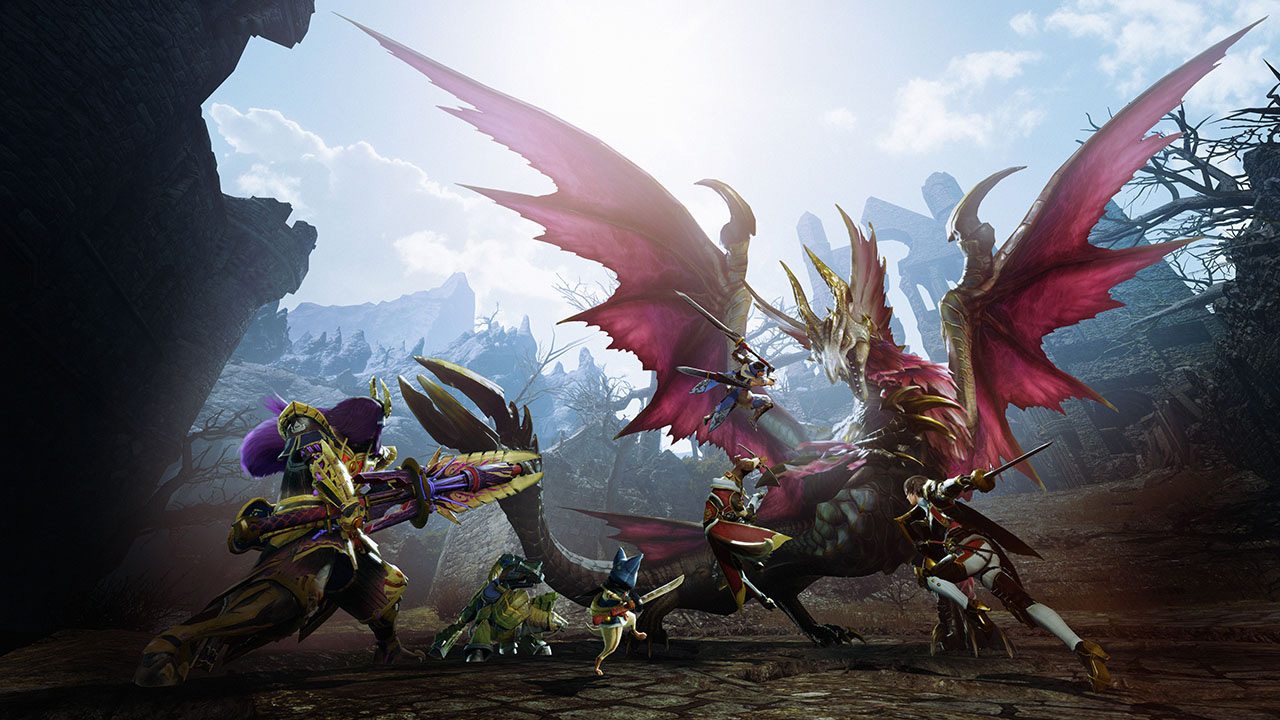
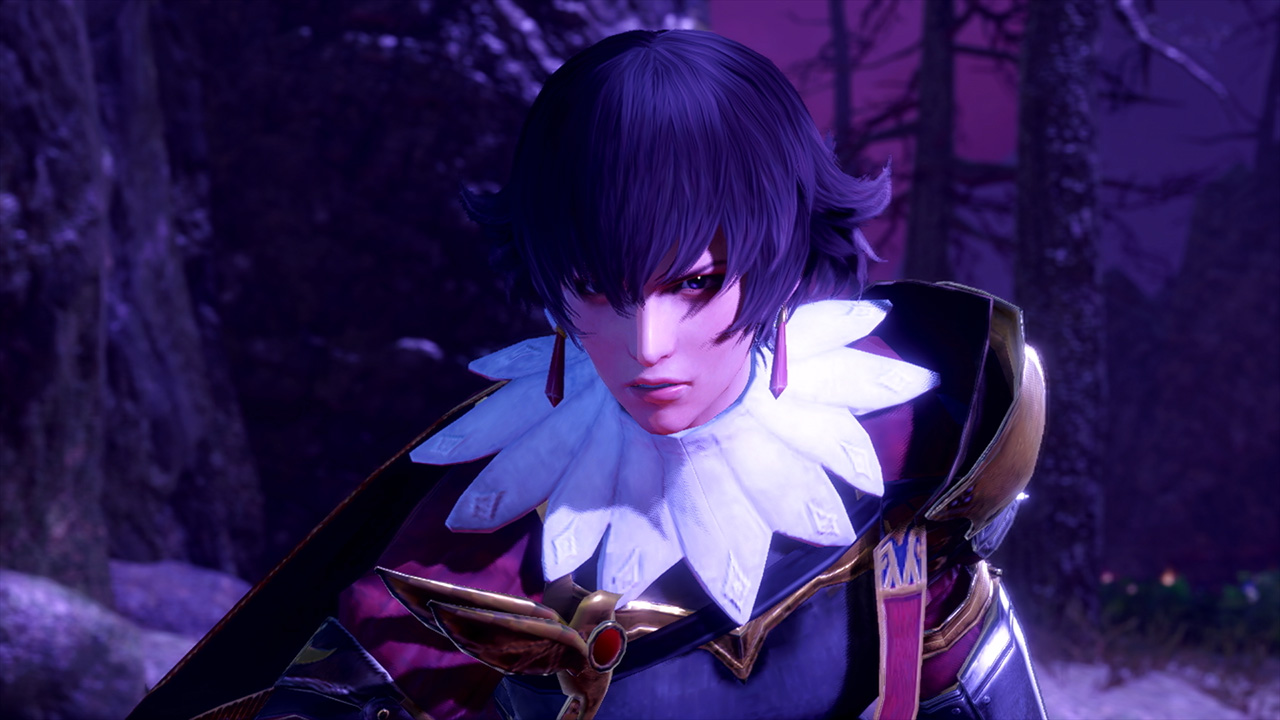 Q4. Sunbreak introduces challenging master rank quests. What kind of quests and difficulty can we expect?A4. Sunbreak has a new quest rank called master rank (MR), and we’ve made these quests very tough so that even players who have played Rise will find them challenging. The early MR quests will be slightly on the easier side, so that as many players as possible can get a taste of Sunbreak’s world, but the difficulty will build up gradually, and you’ll definitely have to work hard to complete some of the higher quest ranks.
Q4. Sunbreak introduces challenging master rank quests. What kind of quests and difficulty can we expect?A4. Sunbreak has a new quest rank called master rank (MR), and we’ve made these quests very tough so that even players who have played Rise will find them challenging. The early MR quests will be slightly on the easier side, so that as many players as possible can get a taste of Sunbreak’s world, but the difficulty will build up gradually, and you’ll definitely have to work hard to complete some of the higher quest ranks.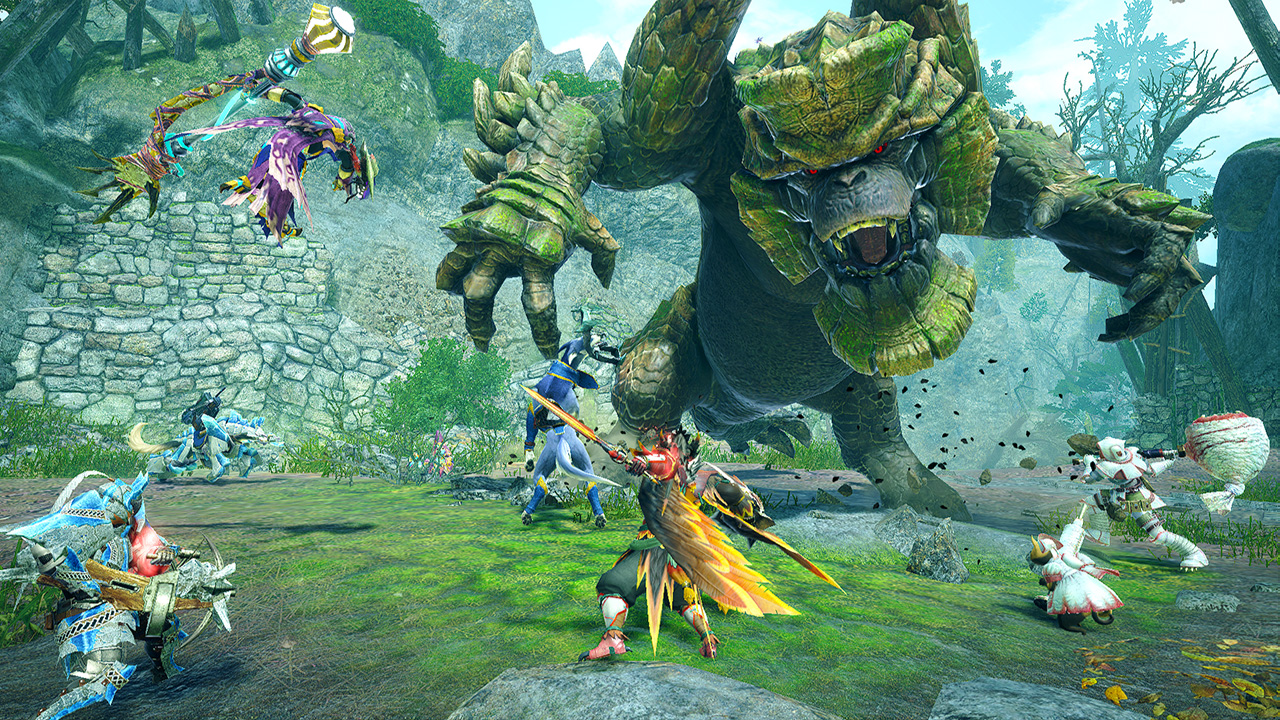 Q5. Do you have any final comments for the fans?A5. This is the first time I’m taking on the role of Director. There was a lot of pressure every day, but I also felt a lot of support from the other staff members. We’re adding plenty of new elements features to this game of course, but we’ve also tweaked a variety of elements from Rise. We’ve all been doing our best to deliver you the best experience we can, so we hope you’ll like it!-Closing Comment from Shibata:
Q5. Do you have any final comments for the fans?A5. This is the first time I’m taking on the role of Director. There was a lot of pressure every day, but I also felt a lot of support from the other staff members. We’re adding plenty of new elements features to this game of course, but we’ve also tweaked a variety of elements from Rise. We’ve all been doing our best to deliver you the best experience we can, so we hope you’ll like it!-Closing Comment from Shibata:
Thank you, Mr. Suzuki!
This game is a follow-up to Rise, but with a Western motif, so I’m sure that Elgado, the new base in Sunbreak, as well as the new monsters will provide a very different atmosphere. The master rank quests that appear in Sunbreak can of course all be played in Multiplayer, and we’ve made sure again that the difficulty is split up into 4 settings depending on whether you’re playing solo or with a group of up to 4 people, so everyone can enjoy the game the way they want. From here on out, I’ll be talking to dev members who worked on Sunbreak, so next time, I will be talking to Yoshitaka Ohuchi, the art director on Monster Hunter Rise: Sunbreak! -
Hello everyone! Koichi Shibata here, reporting from the Monster Hunter Rise dev floor! For our sixteenth round of Monster Hunter Rise interviews, we’ll be talking to Yoshitaka Ohuchi, the art director on Monster Hunter Rise: Sunbreak, the massive expansion for Monster Hunter Rise!

Vol. 16
Monster Hunter Rise: Sunbreak Art DirectorYoshitaka Ohuchi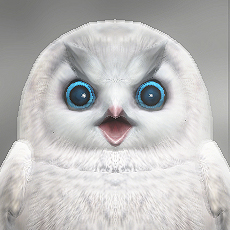
↑This isn’t Ohuchi-san, but it is a picture of a Snowy Cohoot that he really likes
Q1. To start off, could you give us a quick explanation of what you worked on for Monster Hunter Rise: Sunbreak?A1. I was mainly in charge of the visual direction of the game. This means creating the general look of the world, making sure the visuals are consistent throughout the game, and overseeing the visual design of publicity and promotional materials.Q2. What kind of visual concepts and themes did you have for this game? Was there anything you paid particular attention to?A2. When I joined, the game concept of “monsters from Western folklore” had already been established. So I added some elements off horror, Western beauty, and elegant design. For instance, for the horror element, I tried to create an eerie atmosphere for the new locale in this game, “the Citadel,” by making the sky crimson red at night, so you can find lots of visual cues like this throughout the game.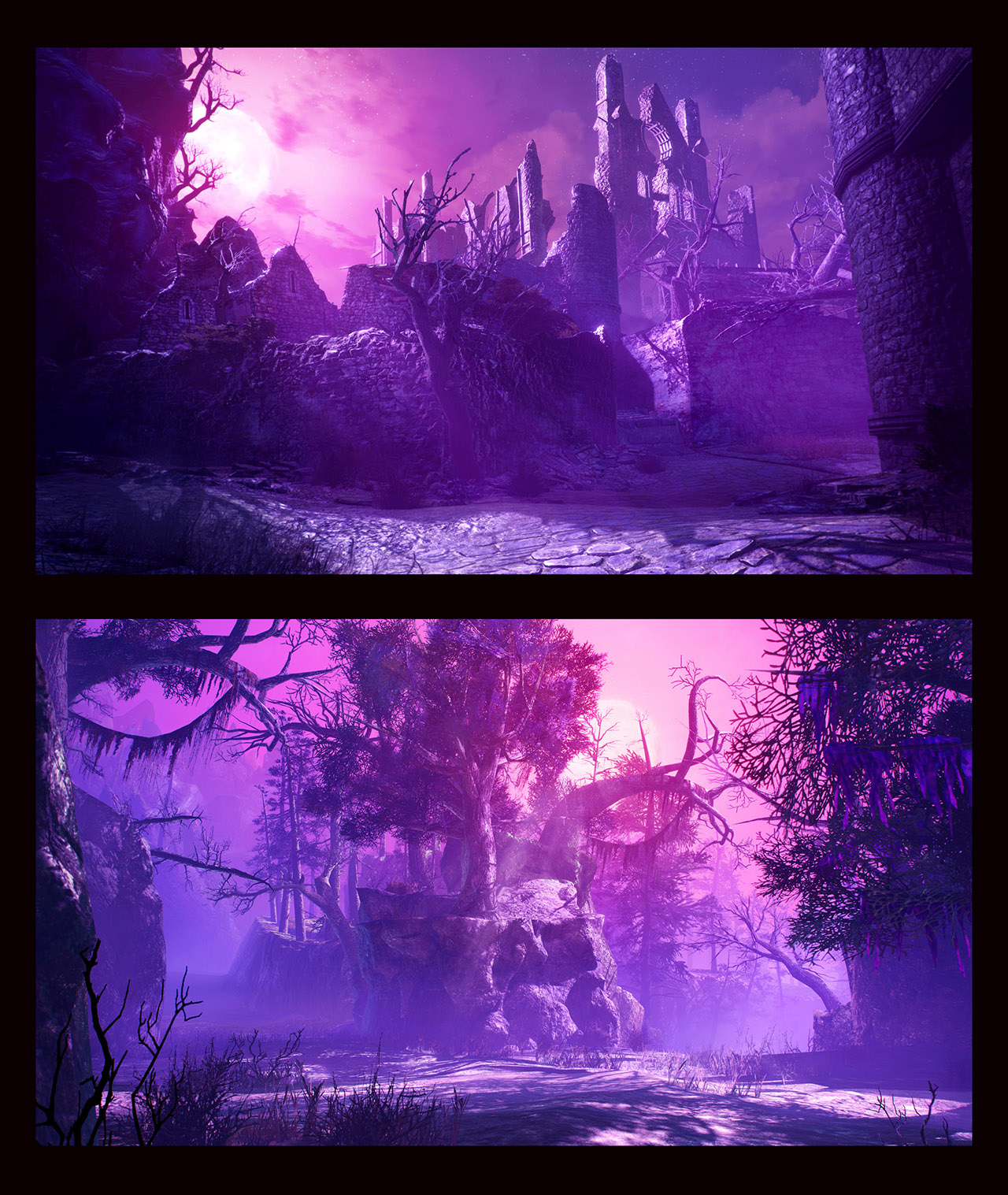 I paid particular attention to creating a setting from the point of view of the MH series. Rise had a very specific theme, but it still felt like a convincing world in the MH series due to the design of its setting, so I paid careful attention to creating a sense of novelty and specificity for Sunbreak, based on the setting created for Rise. Of course, if you lean too far in a particular direction, the balance between the two settings will be lost, so that was an important element to keep in mind as well.
I paid particular attention to creating a setting from the point of view of the MH series. Rise had a very specific theme, but it still felt like a convincing world in the MH series due to the design of its setting, so I paid careful attention to creating a sense of novelty and specificity for Sunbreak, based on the setting created for Rise. Of course, if you lean too far in a particular direction, the balance between the two settings will be lost, so that was an important element to keep in mind as well.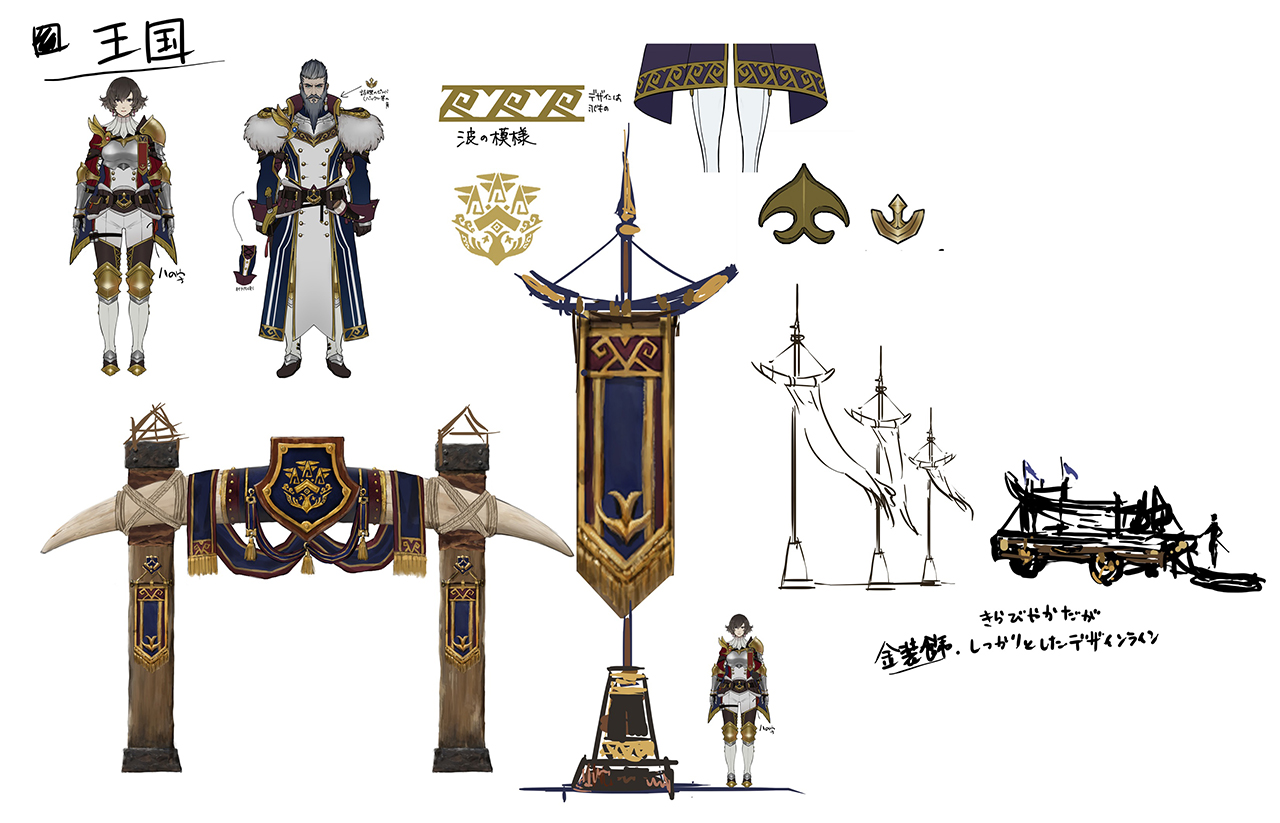 Q3. Could you tell us a bit about the teaser art and the package design? What did the Producer and Director ask for? How did you go about creating these designs?A3.
Q3. Could you tell us a bit about the teaser art and the package design? What did the Producer and Director ask for? How did you go about creating these designs?A3.
Teaser art:
For the teaser art, I was told not to show the monsters in their entirety, and to use the pink colors of the Citadel nightscape for maximum impact, so that’s exactly what I did.
The main design pillars were “Malzeno’s character” and “the threat of the Citadel”, and around this I incorporated elements like Western horror, making players wonder “is this really a Monster Hunter game!?”, and leaving some mysteries up to the imagination of the players, while also providing some hints. I also reflected these elements in the monsters’ movements, the lighting, and the camera angles, etc.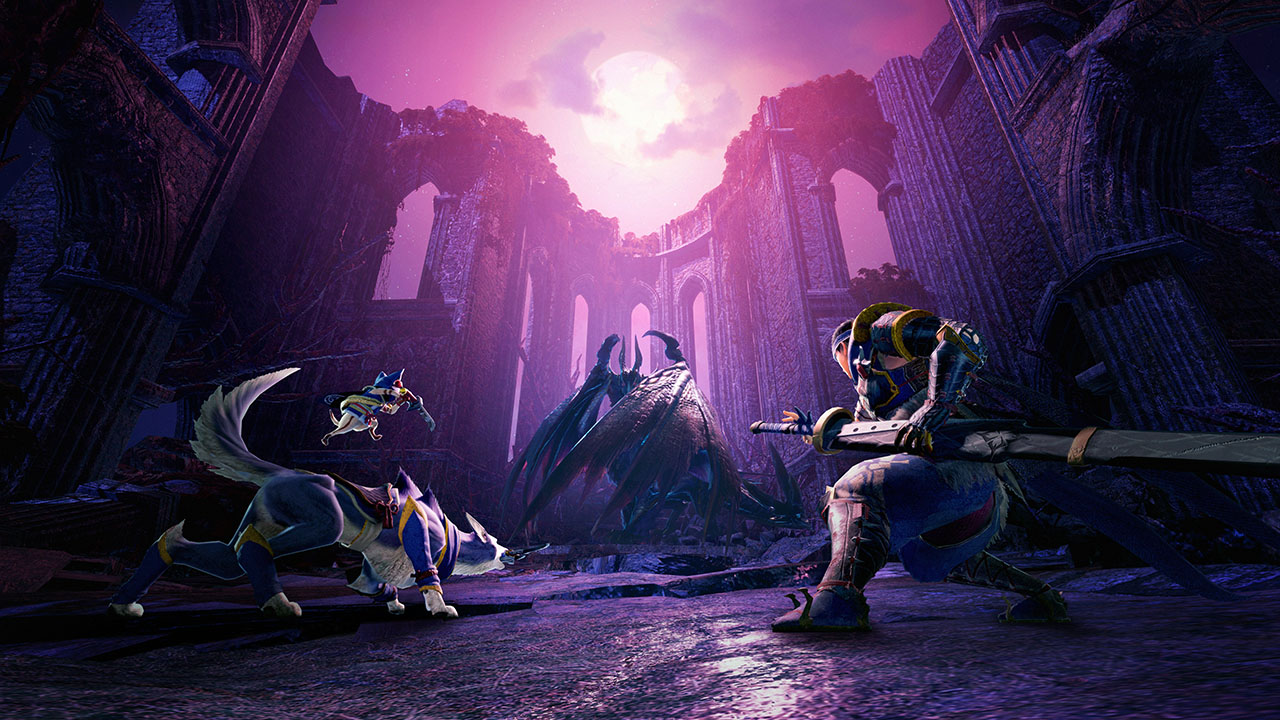 Package design:
Package design:
For the package design, I was told to keep it straightforward, show a hunting scene, make sure it’s recognizable as a massive expansion to Rise, and show off what’s new in Sunbreak.
So I stayed close to the traditional layout of MH series package design, showing off the flagship monster, and using an overall composition that is easy to use for a variety of media.
I also wanted to include the new “Follower” feature, so Fiorayne joins the party as well, and there’s some hints at new weapons and Palamute equipment too.
I made this hoping that it would get the fans excited, and get them to start speculating on what new features the game will have to offer.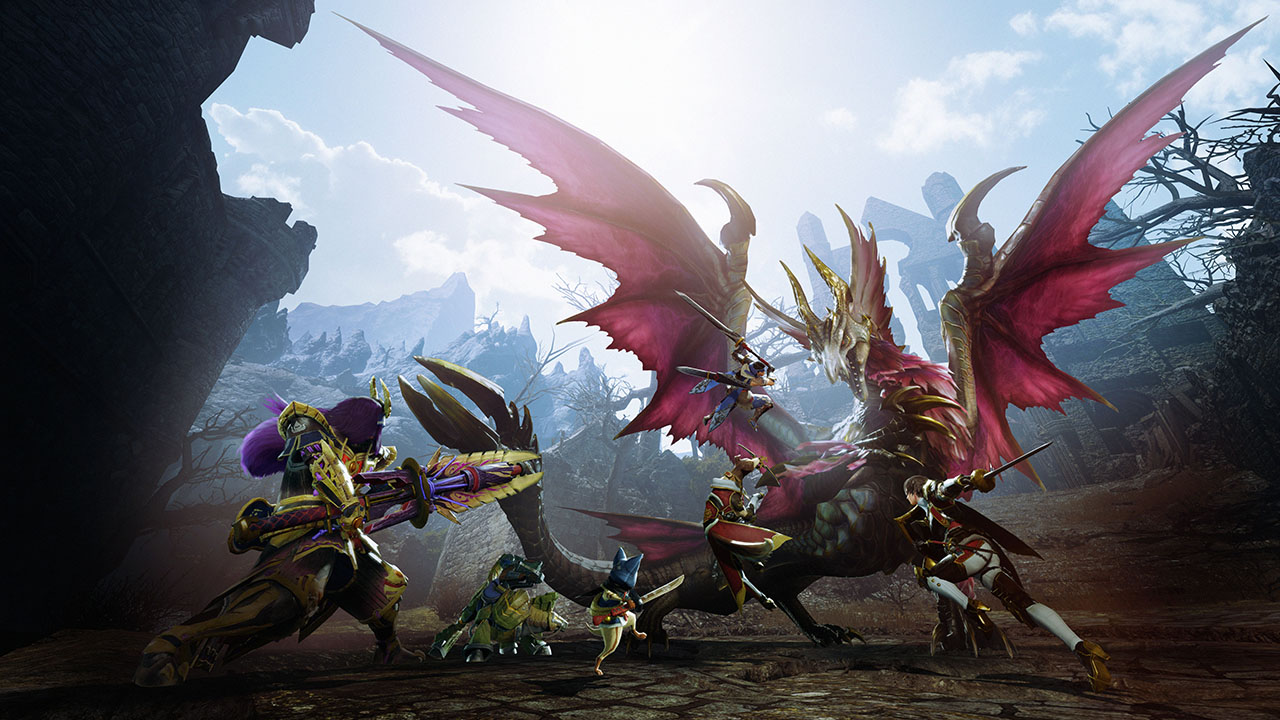 Q4. Which visual element would you like the fans to get the most excited about?A4. We spent a lot of time on the Three Lords, the main feature of Sunbreak.
Q4. Which visual element would you like the fans to get the most excited about?A4. We spent a lot of time on the Three Lords, the main feature of Sunbreak.
We wanted to make the Western-style monsters convincing as actual living creatures, with an interesting ecology, and a proper relationship with the world they live in and the hunters they have to face. It involved a lot of trial and error.
We also included as many story elements and tricks as we could to tie Elgado’s characters and the setting of the Citadel into the story. Similar to Rise, Sunbreak contains plenty of easter eggs and little surprises, so we hope you’ll enjoy exploring the game and finding the many details hidden around the environments.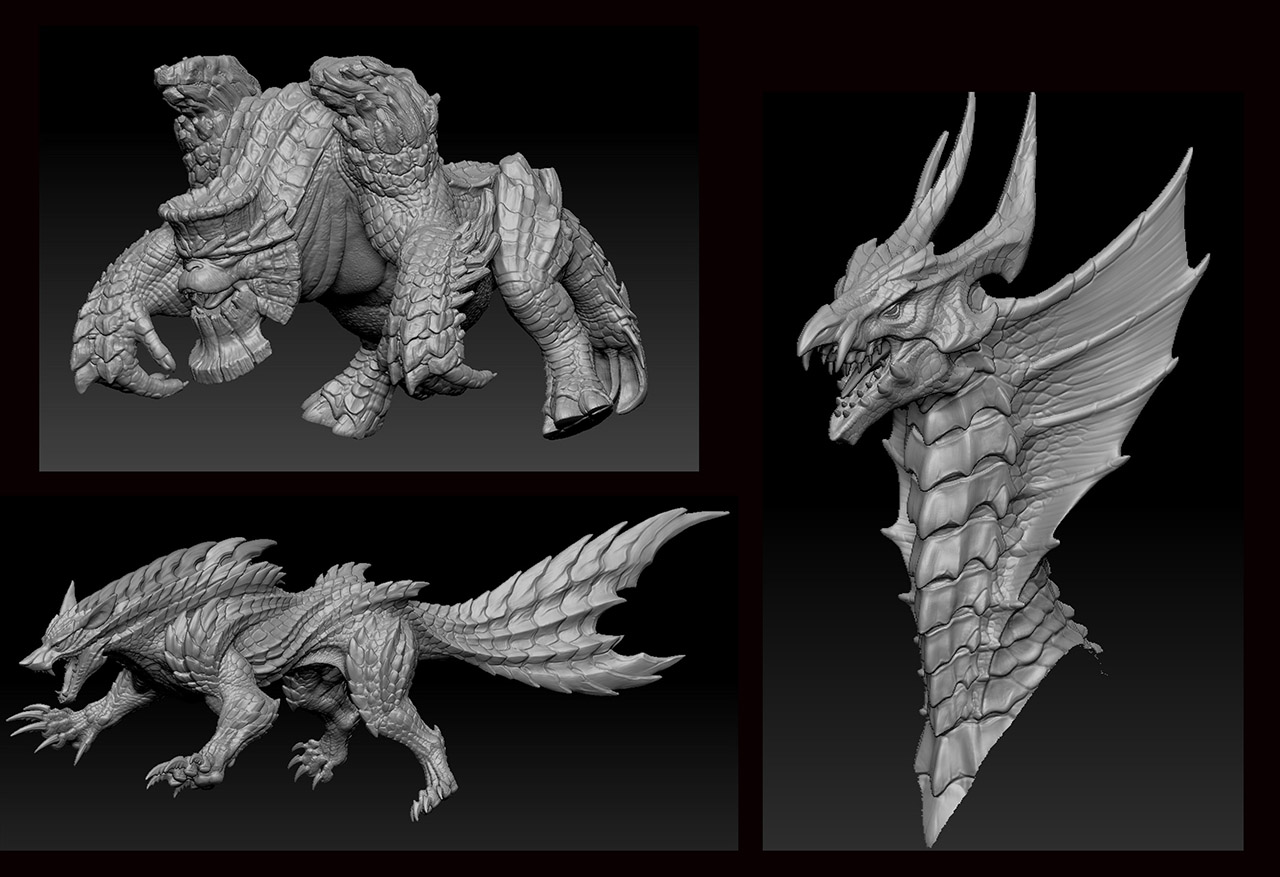 Q5. Do you have any final comments for the fans?A5. When I first joined the team and heard what the Director, Suzuki-san, wanted to do, I was like “Wait, are you trying to make a completely new game!?” In terms of content, themes, and work volume, the dev team was being prepared for something that didn’t feel like a “mere” expansion.
Q5. Do you have any final comments for the fans?A5. When I first joined the team and heard what the Director, Suzuki-san, wanted to do, I was like “Wait, are you trying to make a completely new game!?” In terms of content, themes, and work volume, the dev team was being prepared for something that didn’t feel like a “mere” expansion.
I feel like we’ve been able to give form to that sentiment somehow.
We’re also hard at work on free Title Updates for after the release of the game, and I can assure you we’re not making any compromises here either! (Although sometimes I wish the Director would cut us a bit more slack…)
The Monster Hunter series has a long history, and each game carries a lot of emotions for fans and devs alike. We hope we can keep providing such memorable experiences in the future, while adding even more surprises and excitement.
I hope you’re looking forward to Sunbreak!-Closing Comment from Shibata:
Thank you, Mr. Ohuchi!
It’s nice to hear that a lot of consideration was given to what would make the fans happy if we included it in Sunbreak, while maintaining the core of the base game, and the Monster Hunter series itself. The package design was revealed at a relatively early stage, and it’s always fun to see the response and speculation from fans when the package includes elements that have not been announced yet. Next time, I’ll be talking to Lee Junyeol, one of the game designers, about Sunbreak’s new single player quests called “Follower Quests”! -
Hello everyone! Koichi Shibata here, reporting from the Monster Hunter Rise dev floor! For our seventeenth round of Monster Hunter Rise interviews, I’ll be talking to Lee Junyeol about Sunbreak’s “Followers” and the new single player quests called “Follower Quests”!

Vol. 17
Monster Hunter Rise: Sunbreak “Followers” Lead DesignerLee Junyeol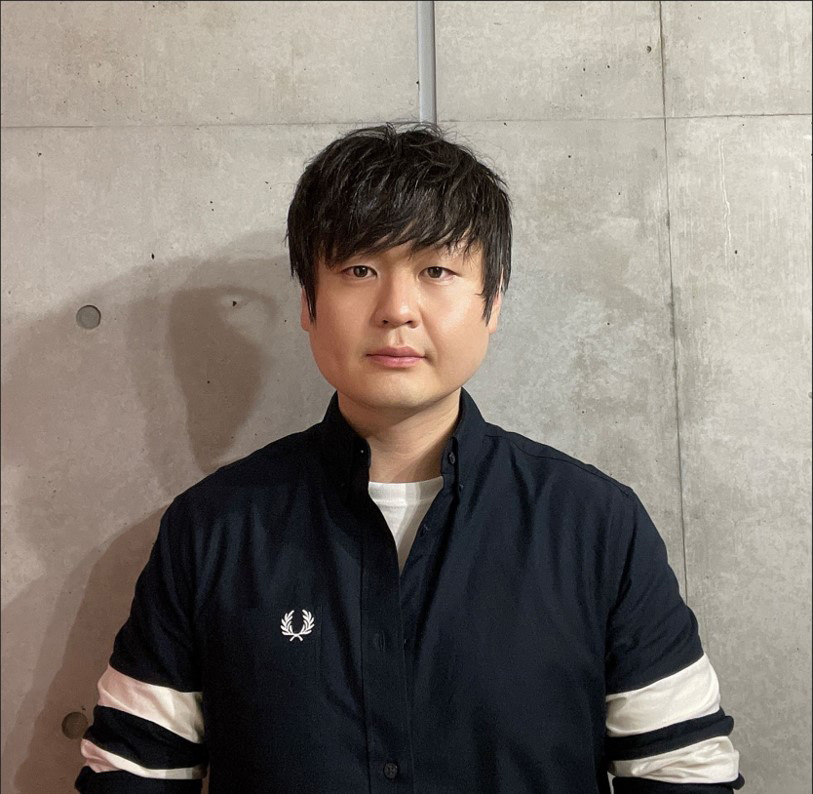
Q1. To start off, could you give us a quick explanation of what you worked on for Monster Hunter Rise: Sunbreak?A1. I’m the lead designer for the “Followers.” I’m in charge of the gameplay ideas, content, and production of anything Follower-related.Q2. How was this completely new element implemented into the game?A2. It started with Yoshitake Suzuki, the Director, saying he wanted to have a sort of “Buddy Hunter” that would fight alongside the player.
So we threw lots of ideas around and we figured that it would be the most fun to hunt together with the characters that appear in the world of Monster Hunter, and they wouldn’t just be characters you would be fighting alongside with, but they would actively join in on other elements of the hunt as well, and that’s how we ended up with the concept of “Followers.”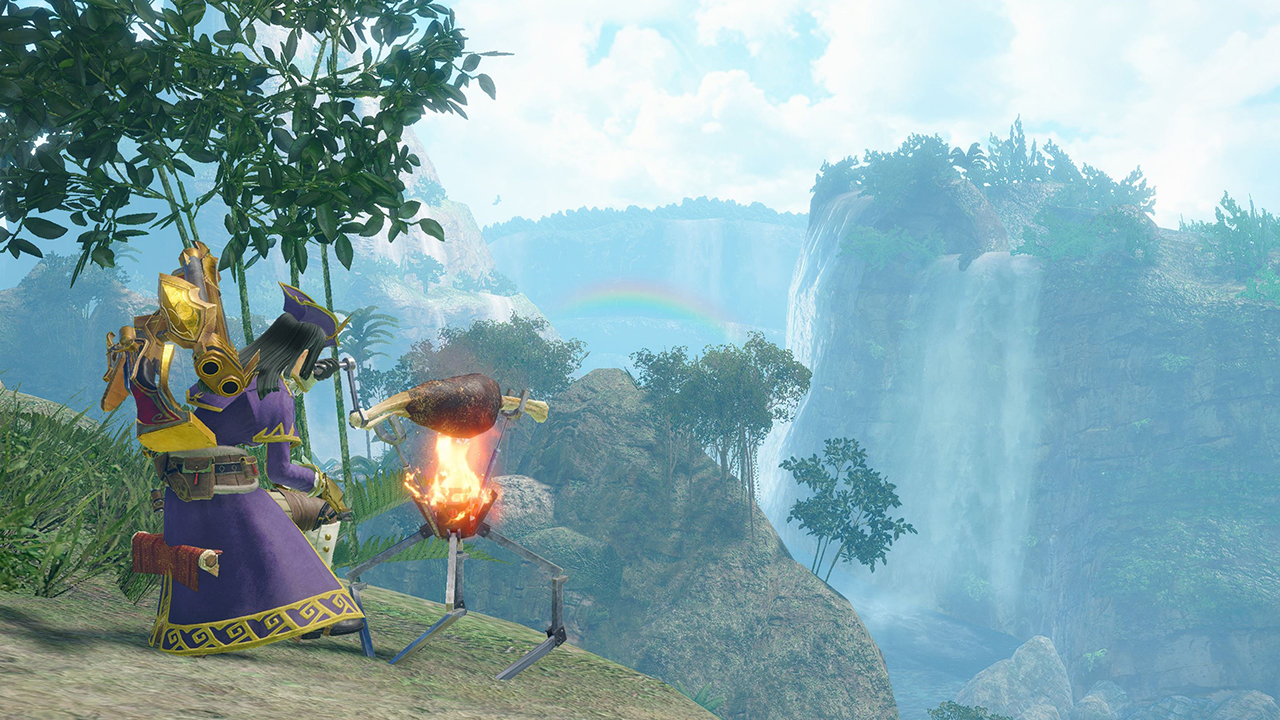 We tried out a lot of gameplay and content ideas as well.
We tried out a lot of gameplay and content ideas as well.
Ultimately, we wanted players to really feel the connection between these characters, so we added dialogue to the start and end of these quests, and even conversations between the Followers, to give more life to the characters.Q3. Looking at comments on Social Media, there seems to have been a lot of positive feedback from players who like the fact that Followers help out by healing you or placing traps, and that they’re very reliable in how actively they attack the monsters. How do you feel about this?A3. We received a lot more positive feedback than we expected, so we’re very happy.
Players have been putting up lots of clips and screenshots, not just of fights with monsters, but just posing with their favorite characters, or getting into all kinds of fun hijinks with their Followers, so we’ve all been greatly enjoying watching what people are up to.
We’re very grateful that people are having so much fun with this feature.
Followers aren’t just inorganic robots, but they’re unique characters each with their own strengths and weaknesses. You can see this on the Follower Info screen by looking at their hunting style, their skills, and their available weapons, but also just by looking at how they behave during hunts. For instance, Admiral Galleus may look like he doesn’t have any particular kind of hunting behavior, but he actually very frequently uses healing items, ailment-cleansing items, and buffing items during combat. This, combined with the Wide-Range skill, makes him a great asset to the player’s team, providing valuable support.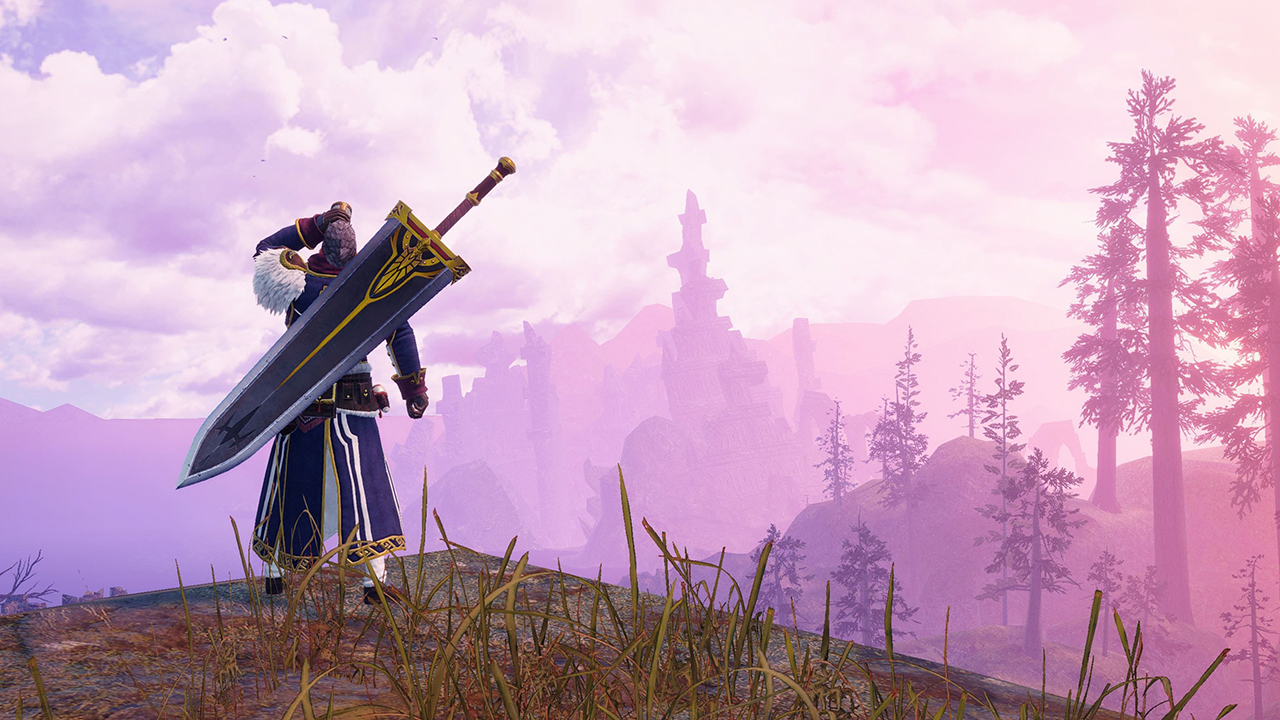 On important investigation quests, you’ll be able to take two Followers along with you. There are various combinations of Followers possible, so try to think about which ones best suit your play style to optimize your hunts.
On important investigation quests, you’ll be able to take two Followers along with you. There are various combinations of Followers possible, so try to think about which ones best suit your play style to optimize your hunts.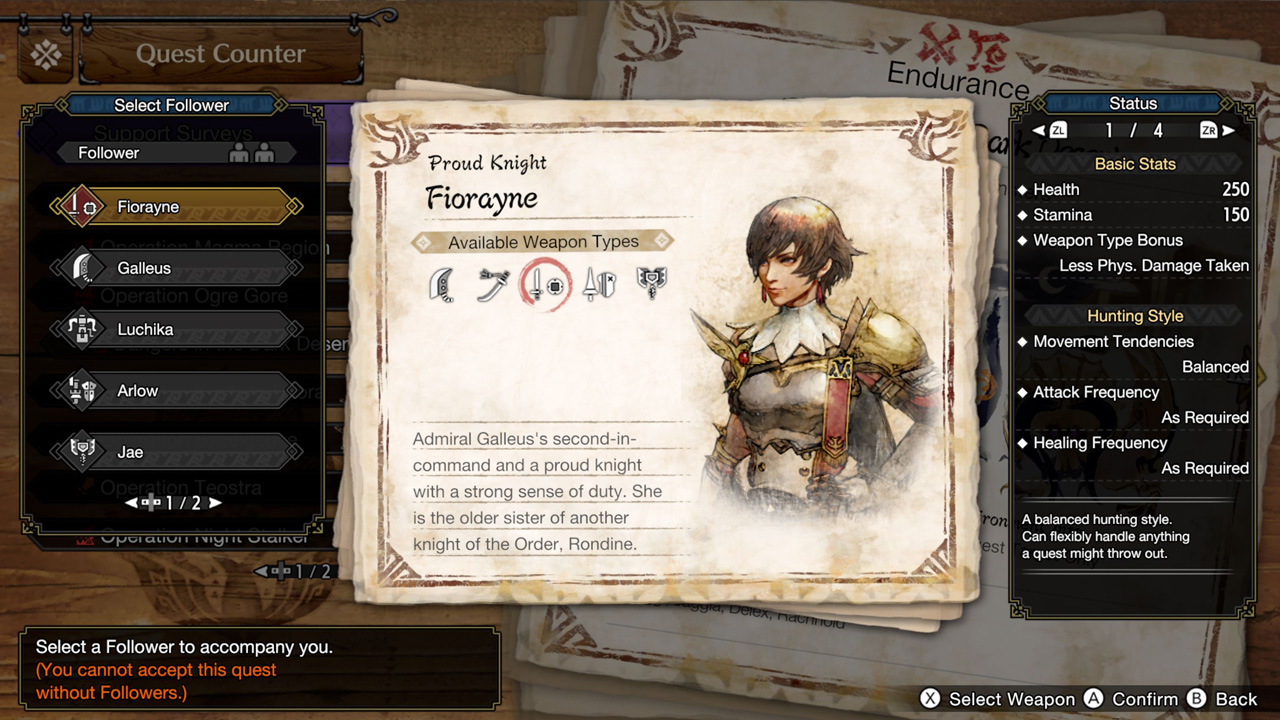 Q4. Was there anything you were very particular about when implementing the Followers?A4. The two key terms were “likeable characters” and “similar feel to multiplayer.”
Q4. Was there anything you were very particular about when implementing the Followers?A4. The two key terms were “likeable characters” and “similar feel to multiplayer.”
In order to make these quests feel like multiplayer, we were very particular about giving the Followers natural behavior. We didn’t just want the player to think they were fighting alongside AI, but we wanted these characters to be actually reliable in combat. If you just have them repeat the same determined behavior over and over, it won’t feel natural, and it’ll just feel like you’re being accompanied by a robot, so we made sure that sometimes they’ll just run around, and carefully avoiding the monster while healing etc., to make it feel more as if you’re playing with other hunters in multiplayer.
It’s easy to make an NPC that can just destroy everything, but they key to making it feel as if they’re actually fighting with you is to have them behave realistically, which was a lot of hard work, but it was worth it.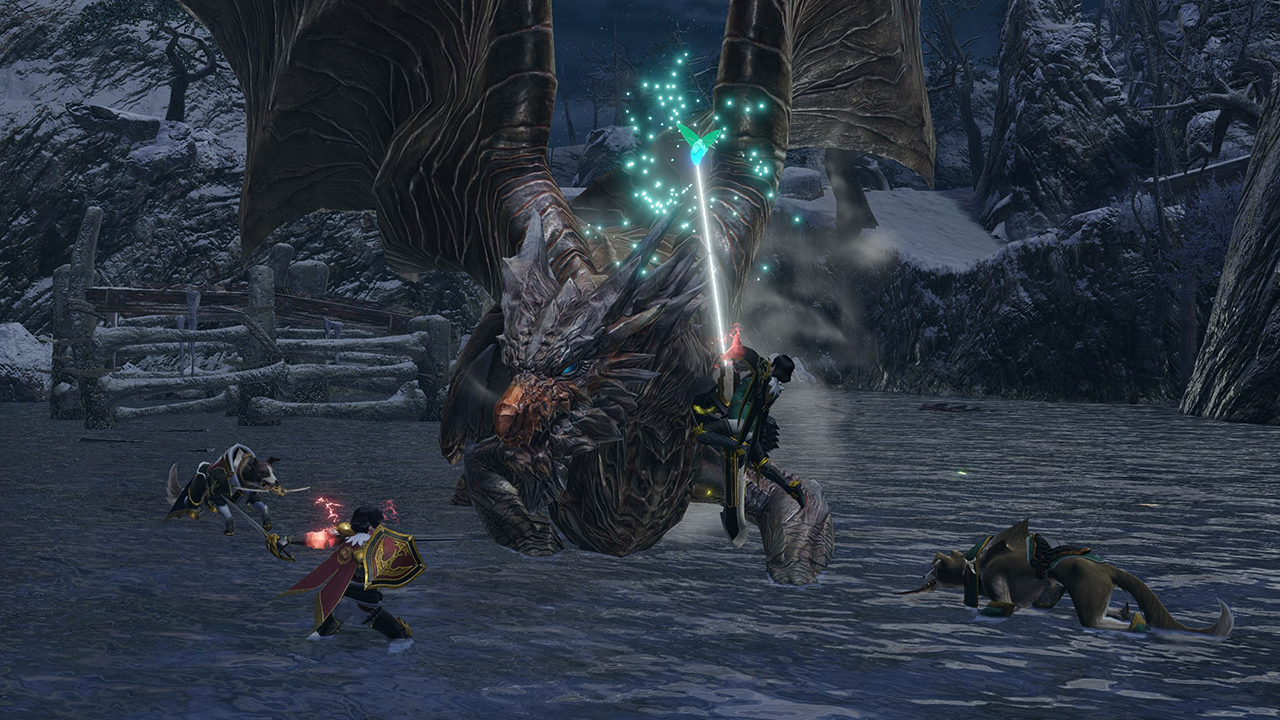 The ultimate goal of Followers was for the players to get more engrossed in the story and the world by interacting with these characters, so after we managed to get them to behave realistically, we focused on showing their unique personalities in combat. Based on the character settings, we decided which weapons they’d be able to use, what kind of items they’d use most, and what kind of actions they’d perform, so each Follower has their own charm and flavor.
The ultimate goal of Followers was for the players to get more engrossed in the story and the world by interacting with these characters, so after we managed to get them to behave realistically, we focused on showing their unique personalities in combat. Based on the character settings, we decided which weapons they’d be able to use, what kind of items they’d use most, and what kind of actions they’d perform, so each Follower has their own charm and flavor.
Especially when taking two Followers with you, there are some fun conversations, and the way they respond to gestures and poses, or just hanging around is really fun, so there’s more to it than just seeing how they behave in action. We hope everyone picks their favorite characters and enjoys taking them out on hunts!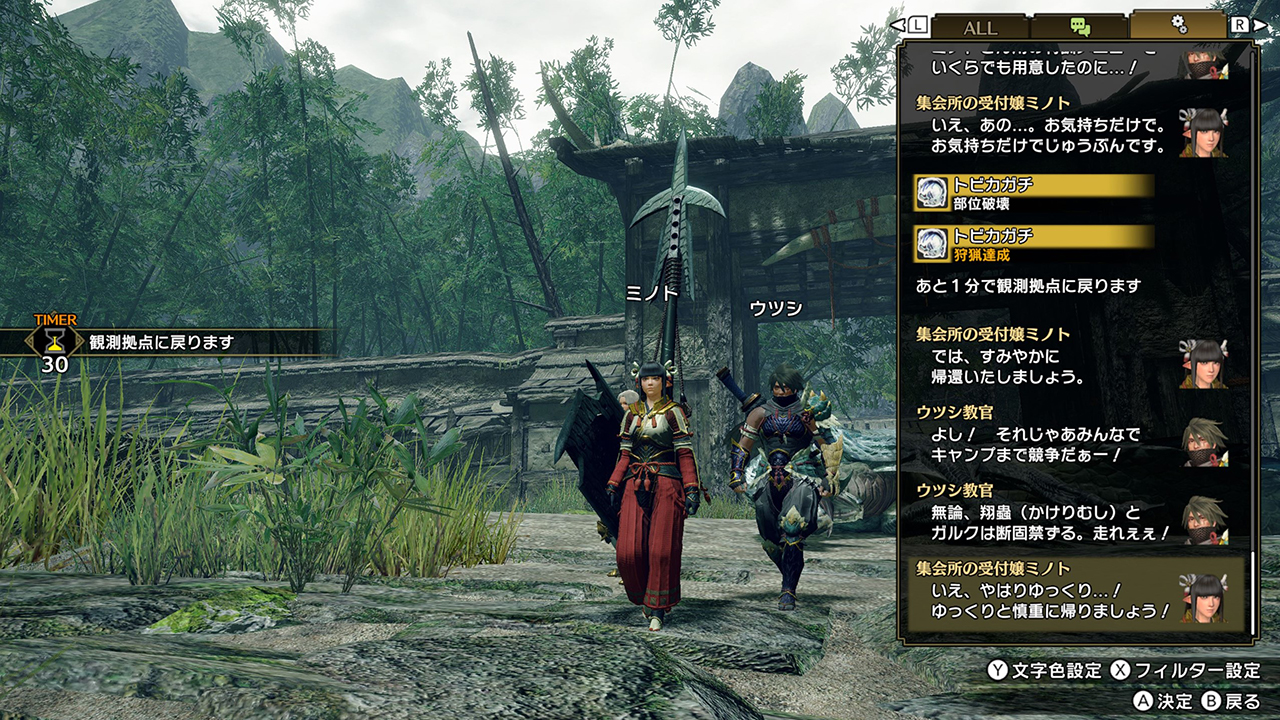
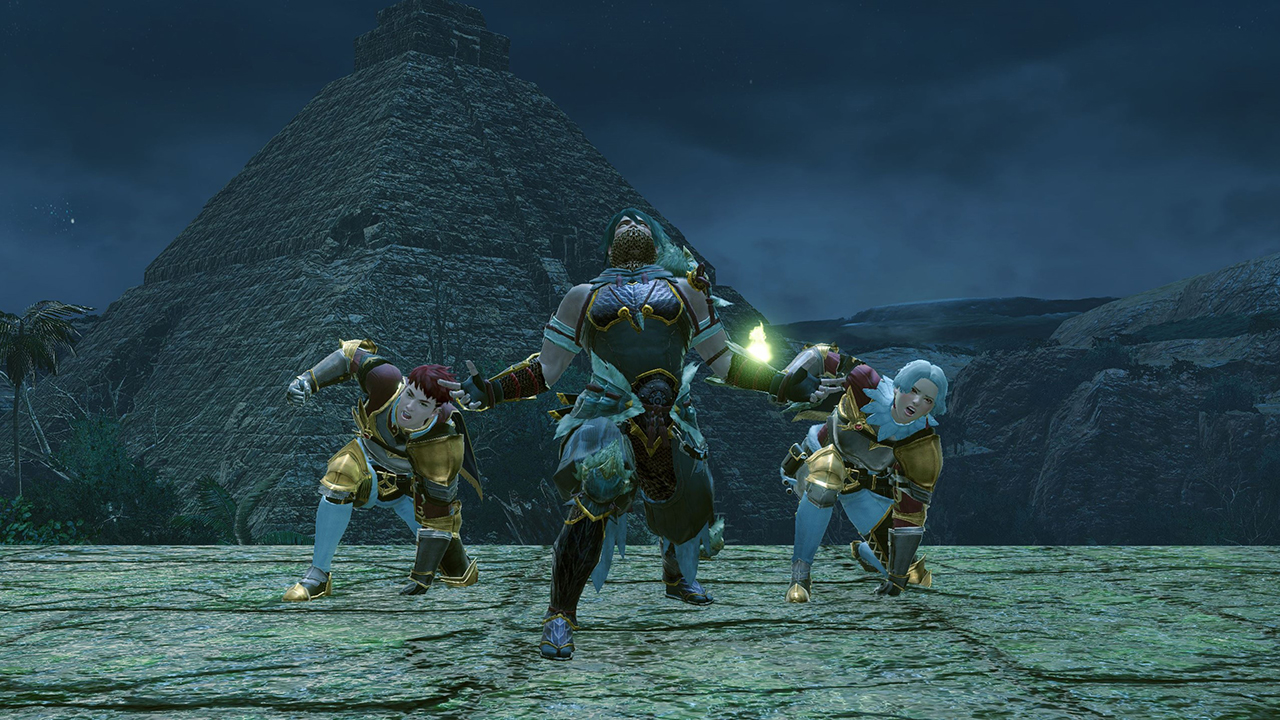
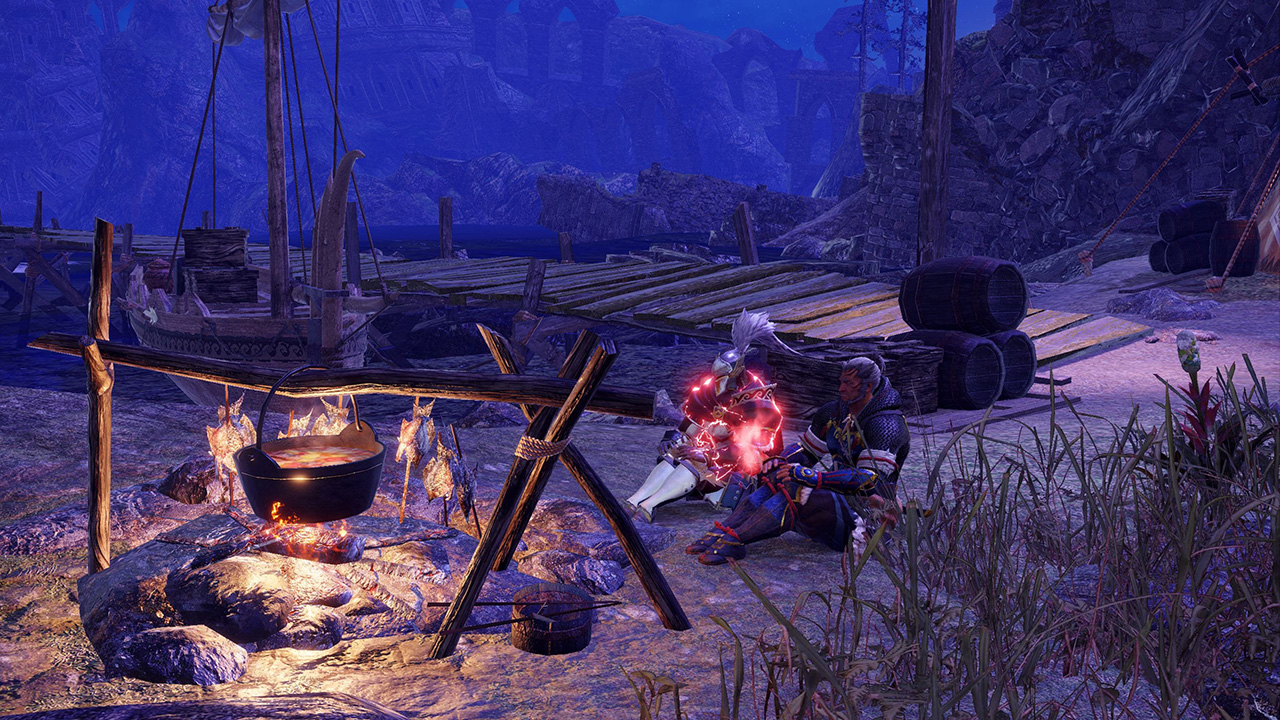 Q5. Do you have any final comments for the fans?A5. Thanks to all of you for playing our game. We’re all very grateful!
Q5. Do you have any final comments for the fans?A5. Thanks to all of you for playing our game. We’re all very grateful!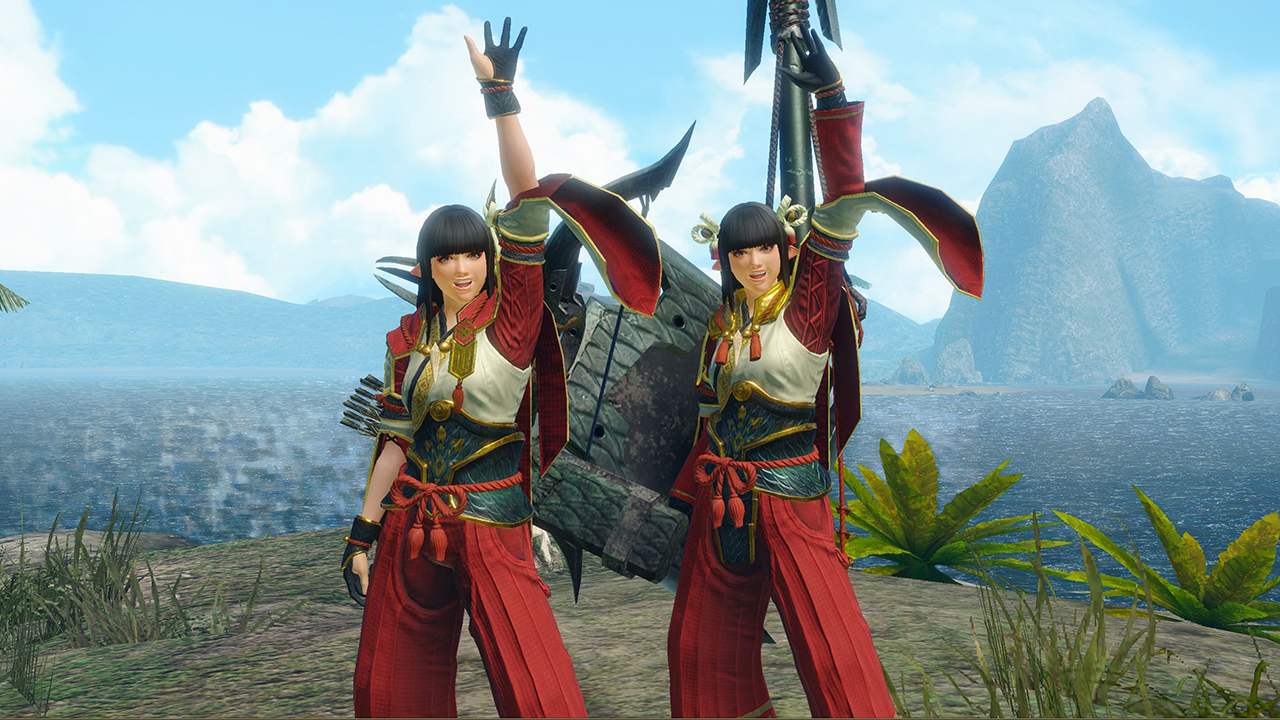 -Closing Comment from Shibata:
-Closing Comment from Shibata:
Thank you, Junyeol!
I always have fun going out on hunts with Followers, because of their quips during quests, the dialogue amongst the characters, and the various actions they take during combat. I hope you try out lots of different combinations too!
Next time, I’ll be talking to Satoshi Hori and Mana Ogura, who worked on the sound design for Sunbreak! -
Hello everyone! Koichi Shibata here, reporting from the Monster Hunter Rise dev floor!
For our eighteenth round of Monster Hunter Rise interviews, I’ll be talking to composers Satoshi Hori and Mana Ogura, who created the music for Monster Hunter Rise: Sunbreak!
Vol. 18
“Monster Hunter Rise: Sunbreak” ComposerSatoshi Hori“Monster Hunter Rise: Sunbreak” ComposerMana Ogura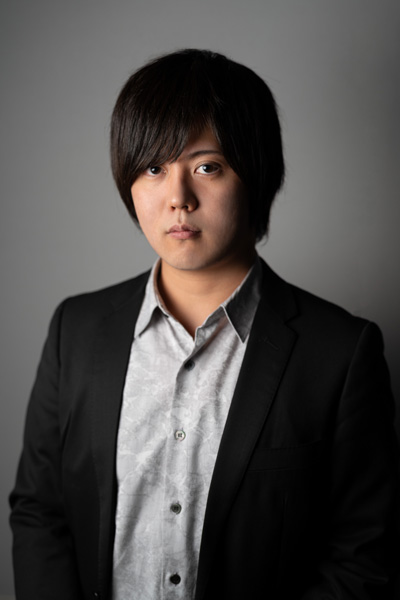 Satoshi Hori
Satoshi Hori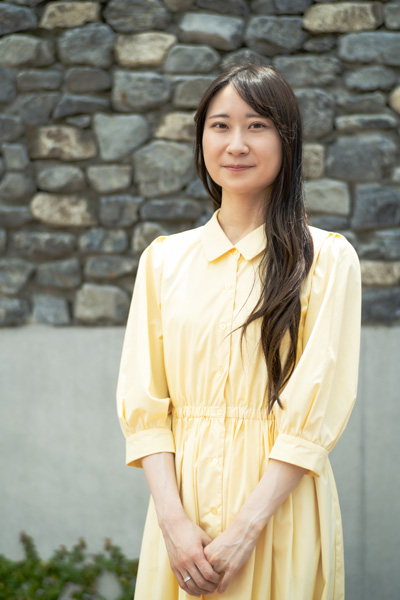 Mana OguraQ1. To start off, could you give us a quick explanation of what you worked on for Monster Hunter Rise: Sunbreak?A1.
Mana OguraQ1. To start off, could you give us a quick explanation of what you worked on for Monster Hunter Rise: Sunbreak?A1.
Hori: My name is Satoshi Hori, and I’m the lead composer.
I’ve been continuing my responsibilities from Rise, generally supervising all of the music, coming up with musical concepts, and giving directions to all of the composers.
Ogura: My name is Mana Ogura. I’ve also been continuing my work from Rise, creating songs, implementing the music, and editing the various cutscenes, etc.Q2. So, both of you also worked on the base game of Monster Hunter Rise. Could you tell us a bit about the differences in themes and direction of the music between Rise and Sunbreak?A2.
Hori: With Rise, I centered the compositions around two elements: vocals, and giving the soundtrack a Japanese feel. For Sunbreak, I focused more on orchestral music and classic instruments, to create more of a Western feel and atmosphere.
Ogura: I did the same. I gave Rise strong Japanese elements, while Sunbreak was more centered around Western elements.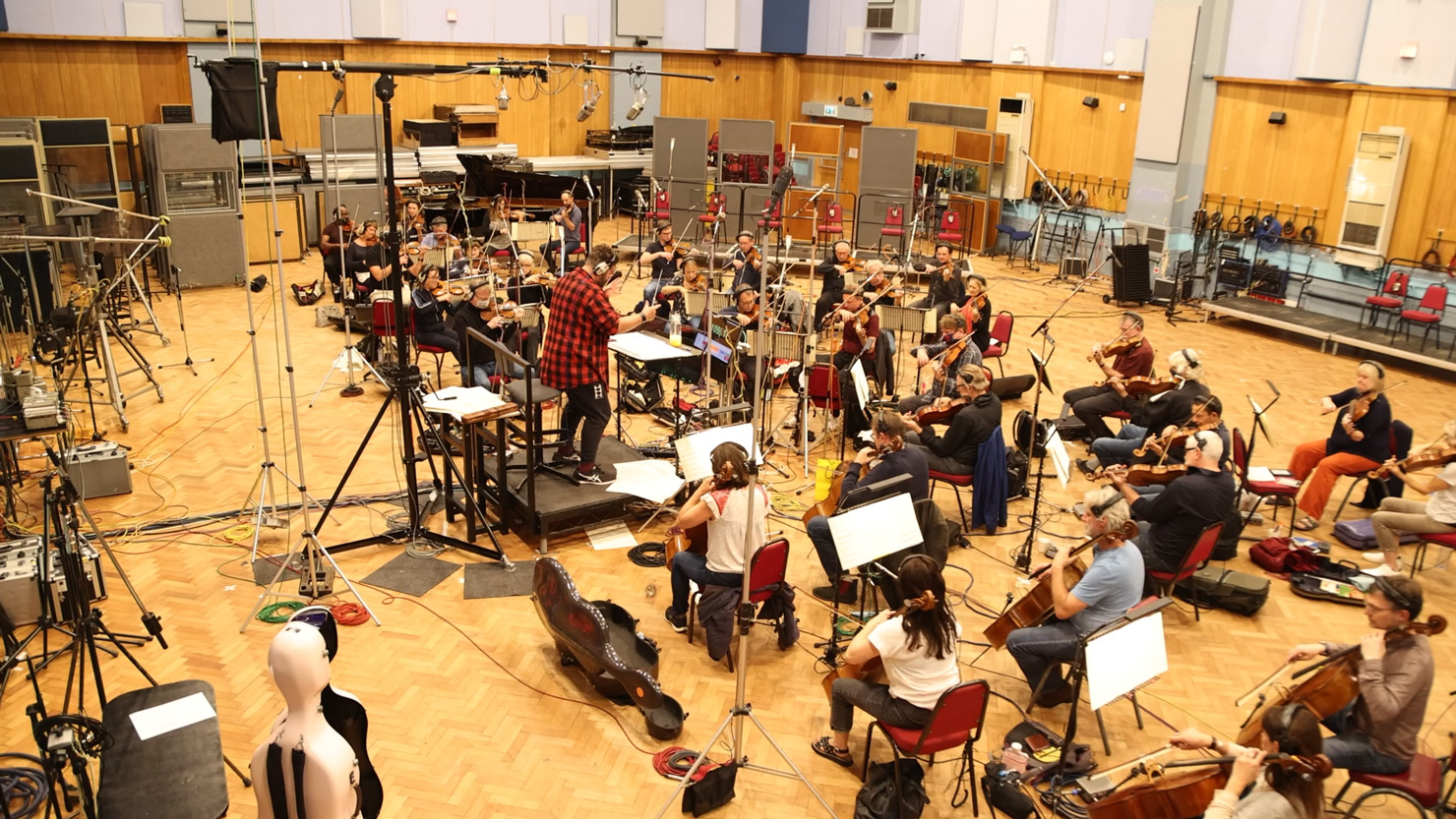
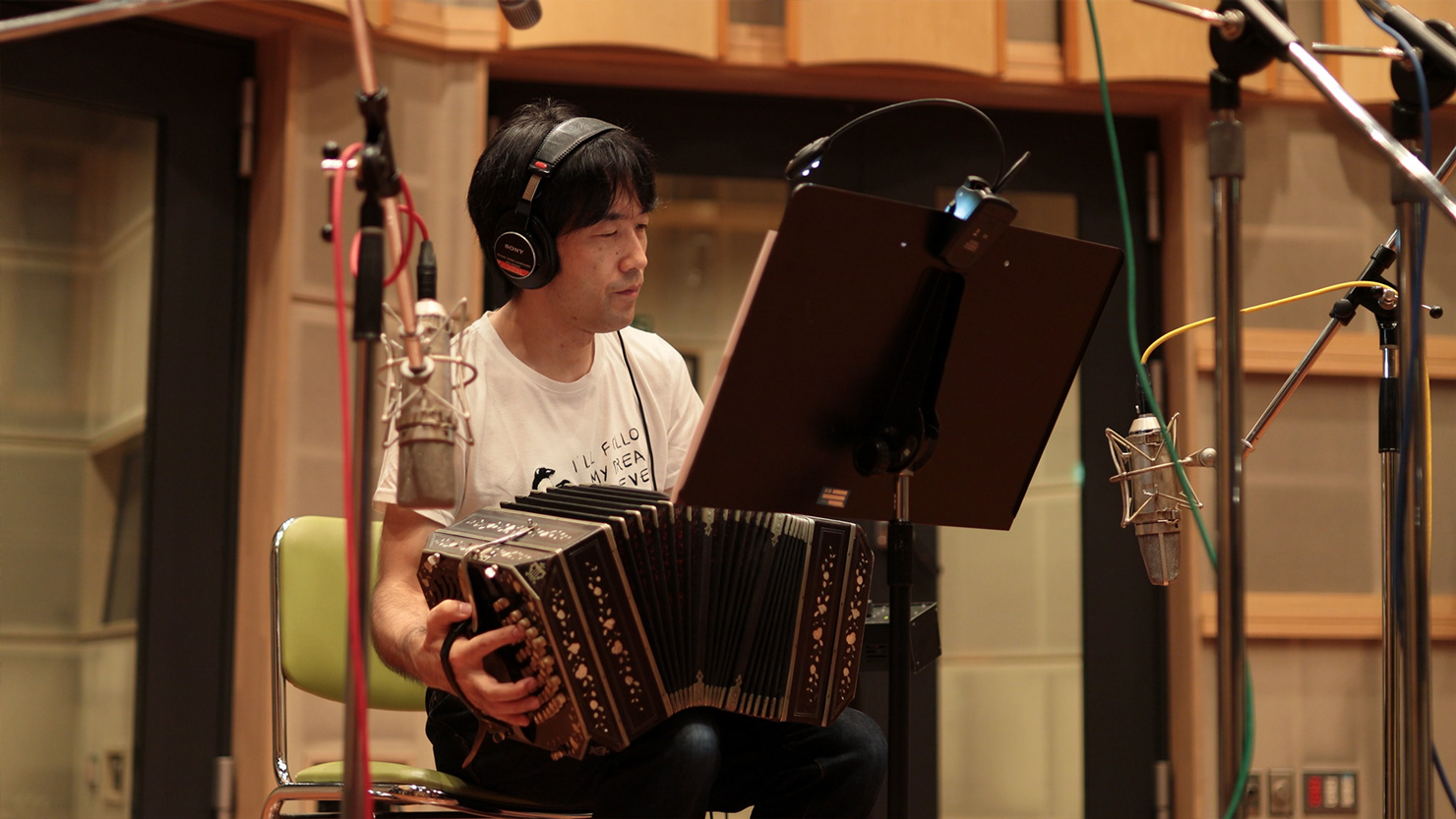 Q3. Was there anything you changed between Rise and Sunbreak, or alternatively, was there anything in Sunbreak that you carried over from Rise or expanded upon?A3.
Q3. Was there anything you changed between Rise and Sunbreak, or alternatively, was there anything in Sunbreak that you carried over from Rise or expanded upon?A3.
Hori: As I mentioned before, in Rise we added vocals to monster themes from past games, and for Sunbreak, we stayed loyal to the original theme while also asking ourselves “what would this theme sound like if we were to extend it now?”
In both Rise and Sunbreak, we tried to pay respect to the original themes as much as possible, but in Sunbreak, we focused more on the musicality of the original versions, and we reinterpreted them for their arrangements.
Ogura: We even rearranged the music for BBQ-ing and for sales at the market from a Japanese style to a more Western style. From a gameplay perspective, we also changed the Quest Complete music depending on whether you accepted the quest at Kamura or Elgado.
And as far as respecting the original music is concerned, we even brought back Marika Suzuki to do arrangements for Gore Magala and Shagaru Magala’s themes, since she composed the originals.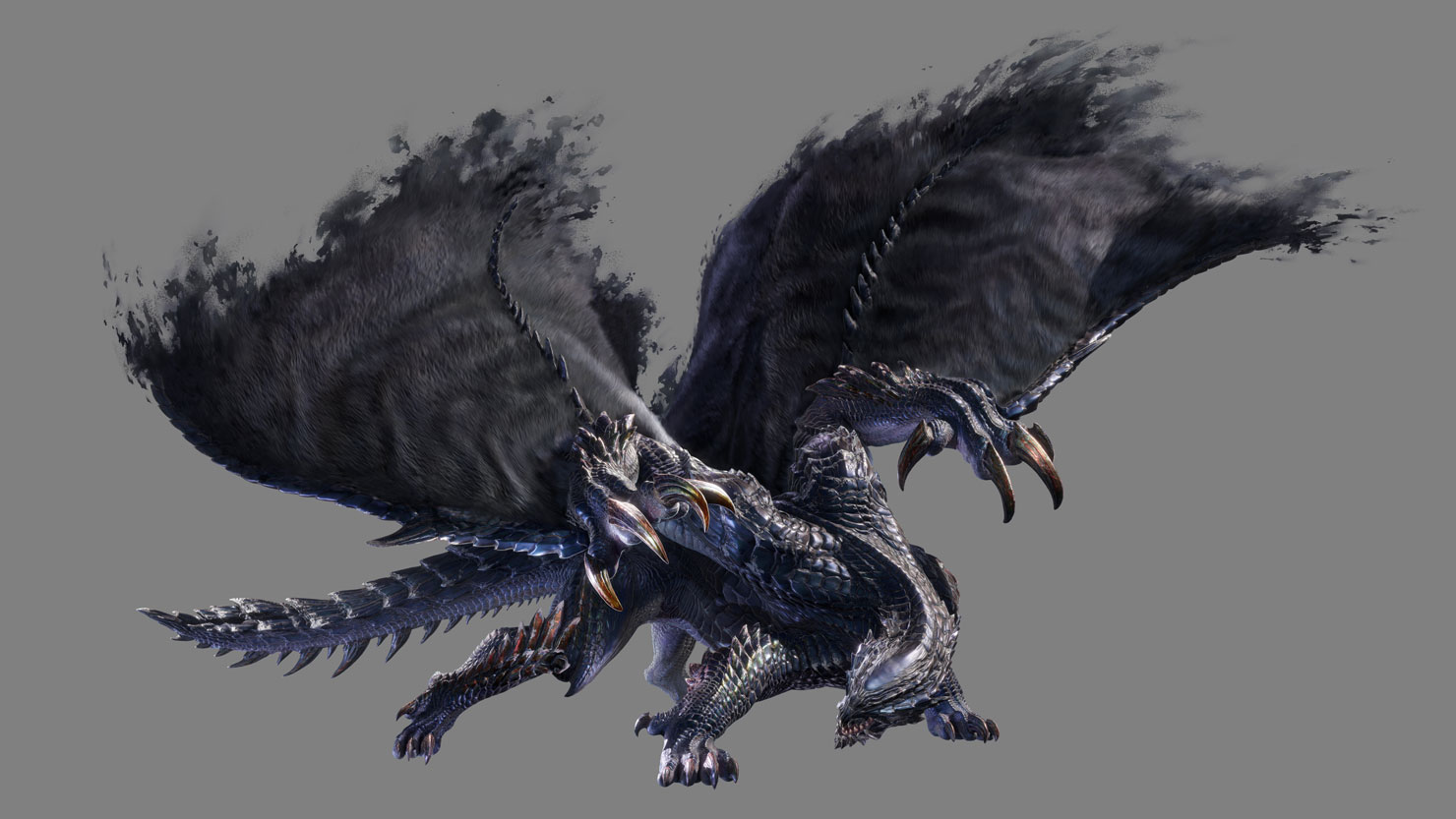 Q4. When creating music, is there any part of your daily lives that you pay particular attention to for inspiration?A4.
Q4. When creating music, is there any part of your daily lives that you pay particular attention to for inspiration?A4.
Hori: I play a lot of games and listen to a lot of music of course, but I also make sure to check out various other forms of entertainment, like movies, anime, and the fine arts. I experience the oscillation of my emotions with my own skin, and turn them into music. Other than that, and this is mostly as a hobby, I like to play live instruments to expose my ears directly to “real” sound.
Ogura: I’m fortunate enough to have a lot of very knowledgeable people around me, so they always give me plenty of recommendations, not just for anime and music, and I always make sure to check them out. Also, I think it’s important to regularly refresh yourself, so I like to spend my days off by taking it easy.Q5. I’ve heard that you, Ogura-san, were in charge of arranging “Proof of a Hero” this time, so what was that like? And Hori-san, from your point of view, what did you think of Ogura-san’s arrangement of this theme for Sunbreak?A5.
Ogura: It was really hard! It really made me aware of how talented all of the composers that came before me were. I had to think very hard about what kind of elements to include to make it match Sunbreak, and whether it fits the mood of the scenes that it’s used in. Of course, Hori-san’s help was invaluable in all of this… I cannot thank him enough!
Hori: For Rise, I arranged Proof of a Hero in a way that makes you feel the courage of heading into battle, but Sunbreak’s version is a lot more dramatic, and very expressive in way that’s different from Rise. I think it’s a great musical extension of the theme, offering a nice contrast between Japanese and Western styles.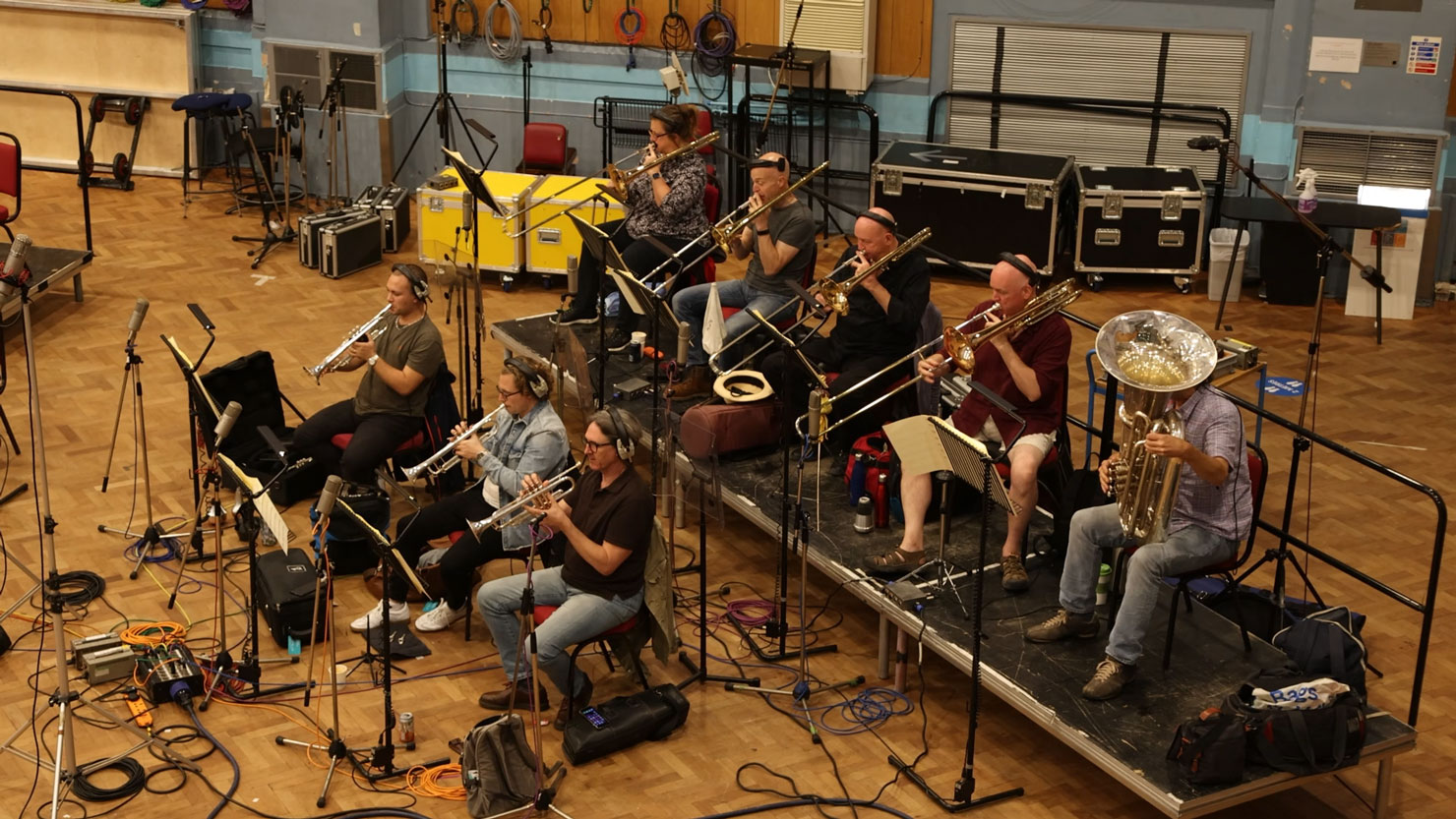
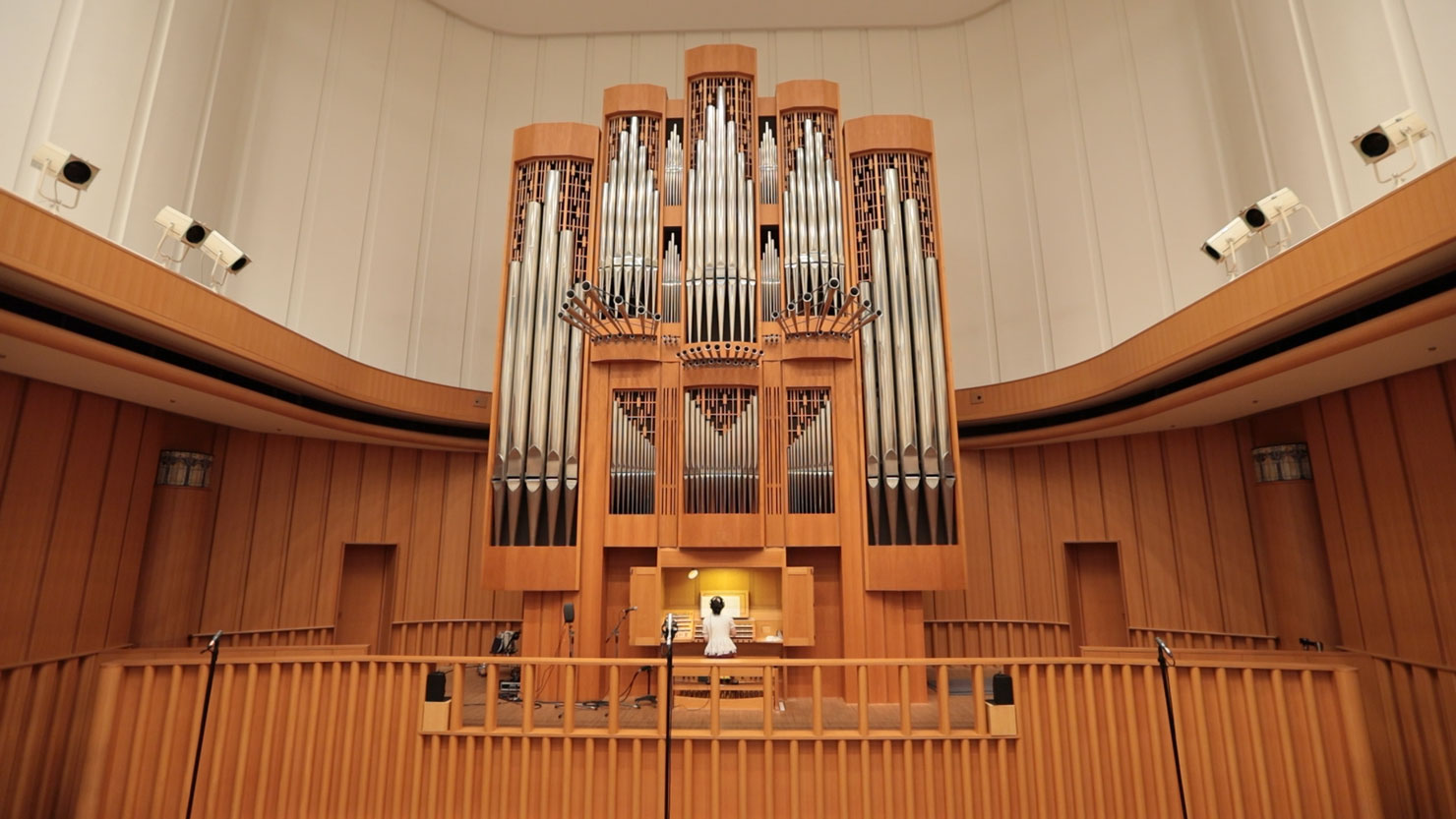 Q6. Do you have any final comments for the fans?A6.
Q6. Do you have any final comments for the fans?A6.
Hori: I hope you find a new favorite song in Sunbreak, which is also a massive expansion in terms of music, and I hope you set it as the BGM for your room! I’m sure you’ll make some new discoveries while hunting monsters as well!
Ogura: First of all, thanks for playing Sunbreak, everyone!
I hope you have many memorable hunts with the new music!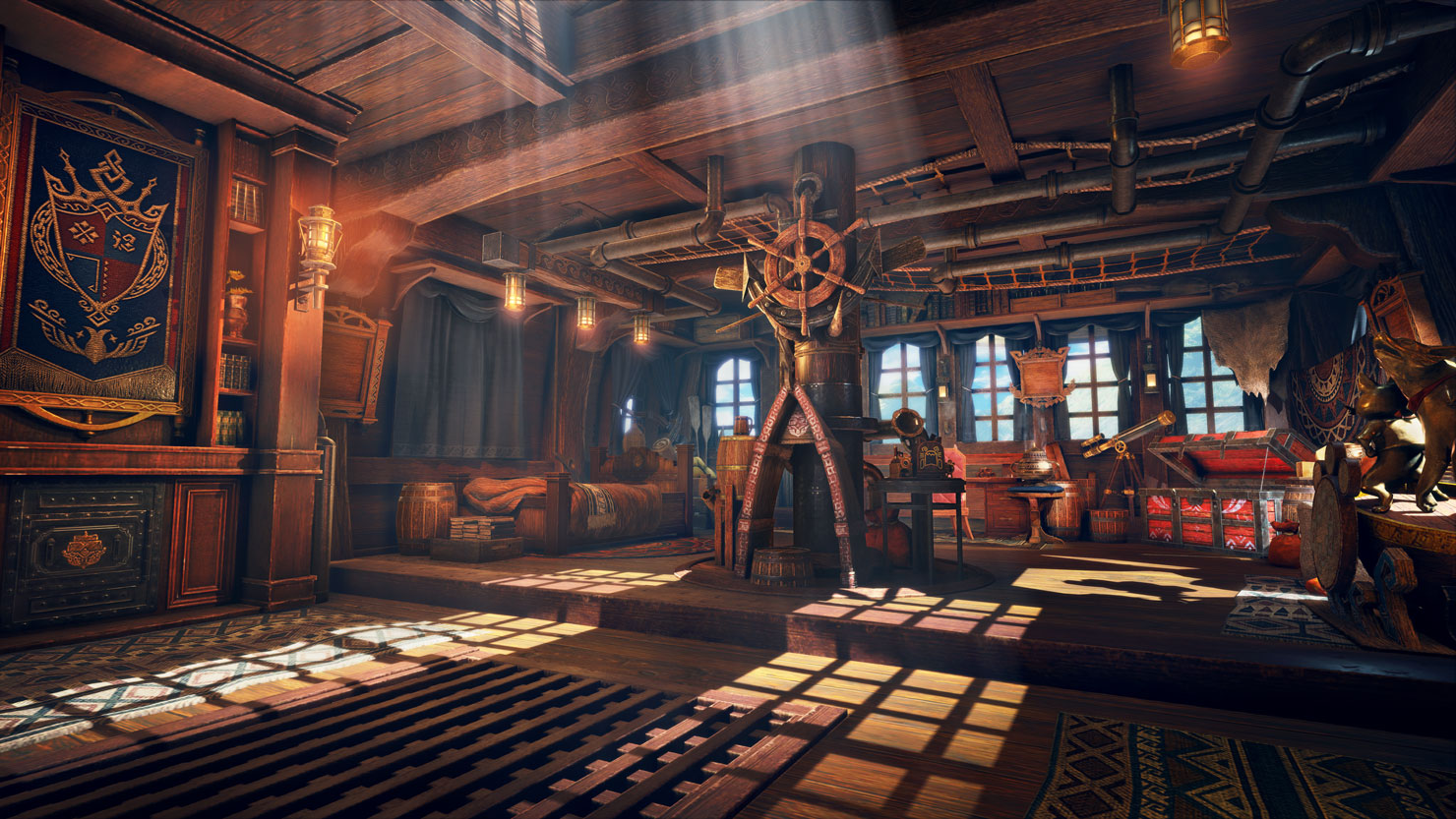 -Closing Comment from Shibata:
-Closing Comment from Shibata:
Thank you, Hori-san and Ogura-san! Sunbreak has a new base, new locales, and new monsters that all feel different from Rise, and even sound-wise, the instruments used to arrange and compose the new music have been changed, providing exciting new hunts! After the interview, I even found out that the iconic Proof of a Hero theme is handled by a different composer for every single new entry in the Monster Hunter series!
Next time, I’ll be talking to Daisuke Wakahara, who’s in charge of the cutscenes and monster intros of this game!
Last of all, please watch the video about sound making we have released recently. -
Hello everyone! Koichi Shibata here, reporting from the Monster Hunter Rise dev floor!
For our nineteenth round of Monster Hunter Rise interviews, I’ll be talking to Daisuke Wakahara, who’s in charge of the cutscenes and monster intros of this game!
Vol. 19
“Monster Hunter Rise: Sunbreak” Game DesignerDaisuke Wakahara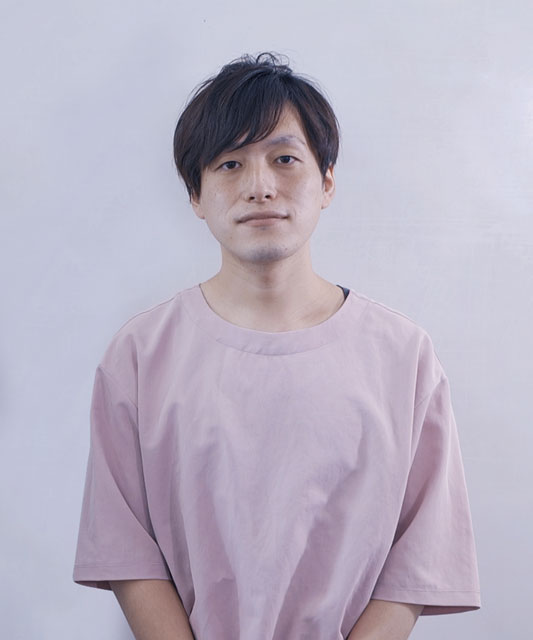 Q1.To start off, could you give us a quick explanation of what you worked on for Monster Hunter Rise: Sunbreak?A1. I’m one of the designers on Sunbreak. I’m the leader of the cutscene unit, and I’m in charge of coming up with designs for the various cutscenes and overseeing their production. I also helped out with the direction, even though I wasn’t directly involved in making the cutscenes themselves.
Q1.To start off, could you give us a quick explanation of what you worked on for Monster Hunter Rise: Sunbreak?A1. I’m one of the designers on Sunbreak. I’m the leader of the cutscene unit, and I’m in charge of coming up with designs for the various cutscenes and overseeing their production. I also helped out with the direction, even though I wasn’t directly involved in making the cutscenes themselves.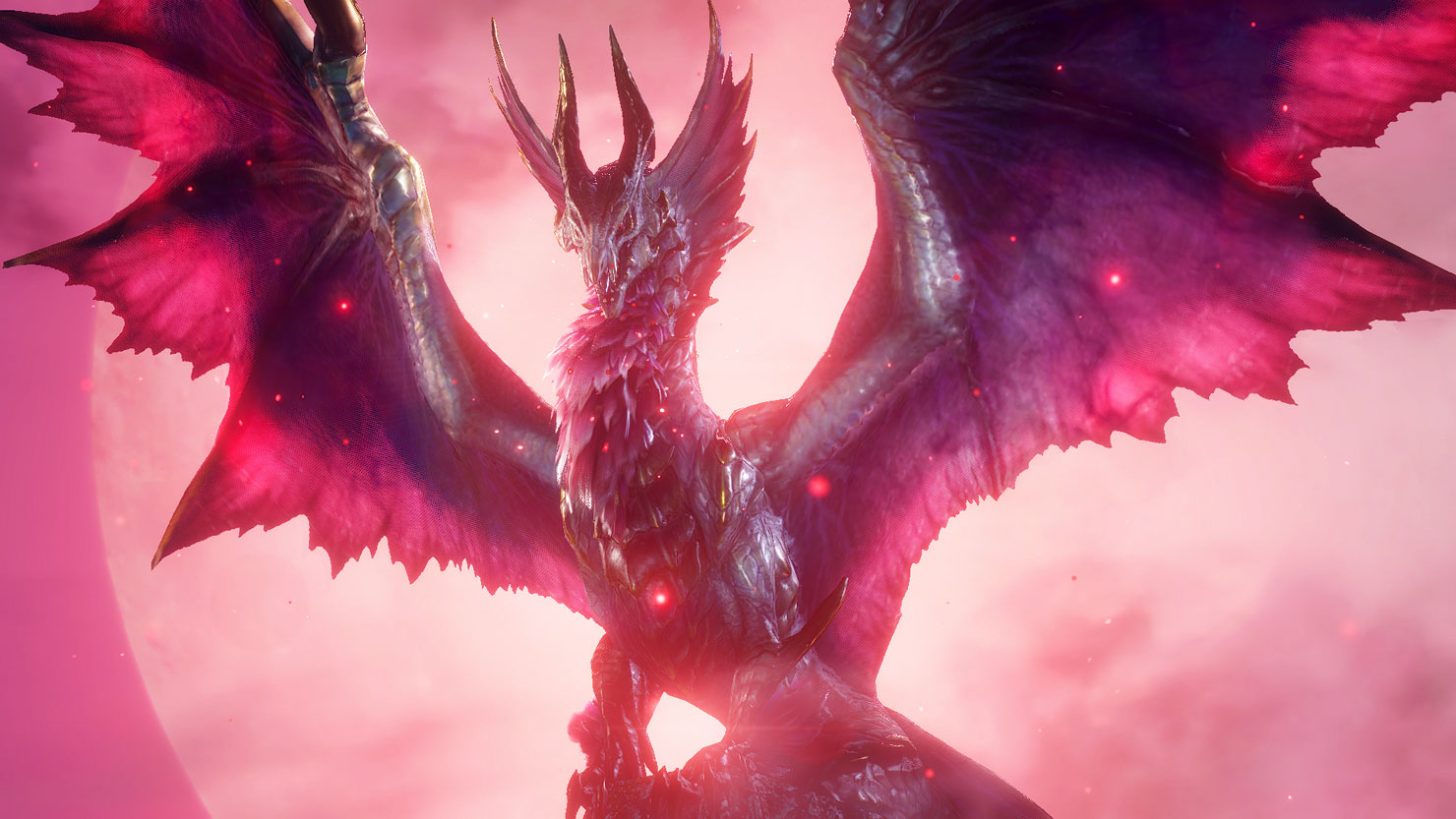 Q2.Could you tell us the general flow for creating a cutscene? And how much time does it take to make one movie?A2. First, I have to gather information from all members of the dev team, and then determine what kind of cutscenes will be required for the game. From there, I start creating the designs for each cutscene as soon as they’ve been okayed for production. This means I first start by creating a design document, and then I hammer out the details by talking to the cutscene artists, everyone involved with other elements regarding cutscene production, and finally the Director. Once the structure and content of the movie has been decided, the actual production starts. Generally, the production flow is as follows:
Q2.Could you tell us the general flow for creating a cutscene? And how much time does it take to make one movie?A2. First, I have to gather information from all members of the dev team, and then determine what kind of cutscenes will be required for the game. From there, I start creating the designs for each cutscene as soon as they’ve been okayed for production. This means I first start by creating a design document, and then I hammer out the details by talking to the cutscene artists, everyone involved with other elements regarding cutscene production, and finally the Director. Once the structure and content of the movie has been decided, the actual production starts. Generally, the production flow is as follows:
“Storyboard” > “Animatic” > “Animation & Camera work” > “Lighting & VFX” > “Sound”.
As for how long it takes to get from the storyboard to the sound production, well, it depends on the content of the cutscene, but in case of the monster intros for instance, you’re looking at about 6 months for one cutscene (of course, we work on several cutscenes simultaneously).Q3. You also worked on the monster intros and story cutscenes for the base game Monster Hunter Rise. Could you tell us a bit about the differences in direction between Rise and Sunbreak?A3. The world in Monster Hunter Rise was themed around Japan and Yōkai, so we made sure the cutscenes matched that theme. From early on, we wanted to make each monster look like a kind of supernatural creature, and I remember having a lot of fun doing research into the various Yōkai stories across the country and throughout history.
Sunbreak, on the other hand, has a very different world from Rise, so we had to change the approach to cutscene production as well. I talked to everyone involved to give the cutscenes more of a Western fable vibe, and to make them sound more like records in a document, which resulted in what you see in the game.
Both Rise and Sunbreak feature narration in the cutscenes, but Rise used a poetic story-telling style, using a unique biwa (lute) played by Tomoyoshi Kakushin, a Satsuma biwa performer, whereas Sunbreak had a more serious and impactful narrational style by Yui Ishikawa in Japanese and Valerie Arem in English. I think both styles offer something great to the series that is worth experiencing. We also did voice over in Monster Hunter language for Rise and Sunbreak, so I highly recommended you check that out in the options menu if you’re interested.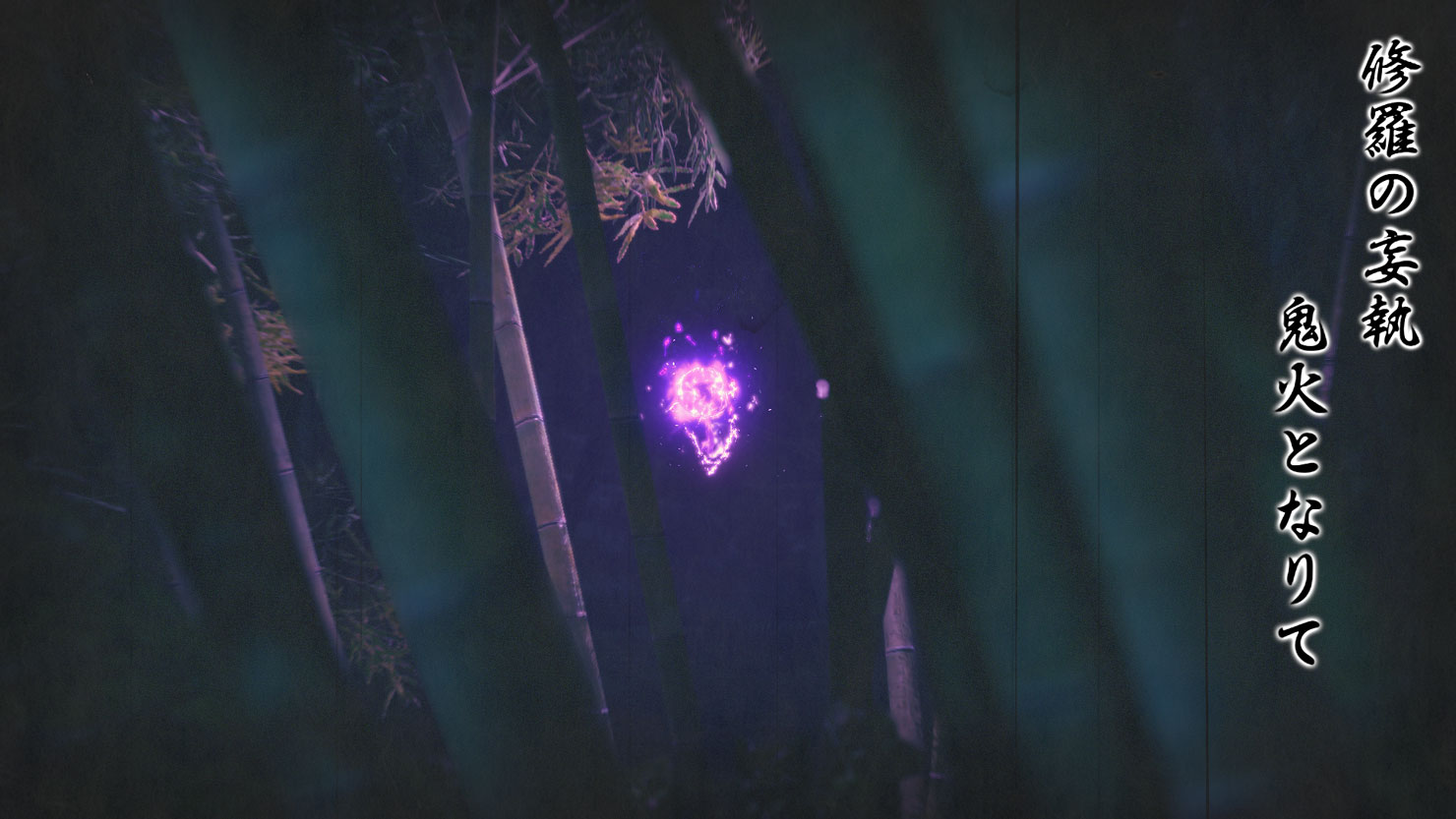
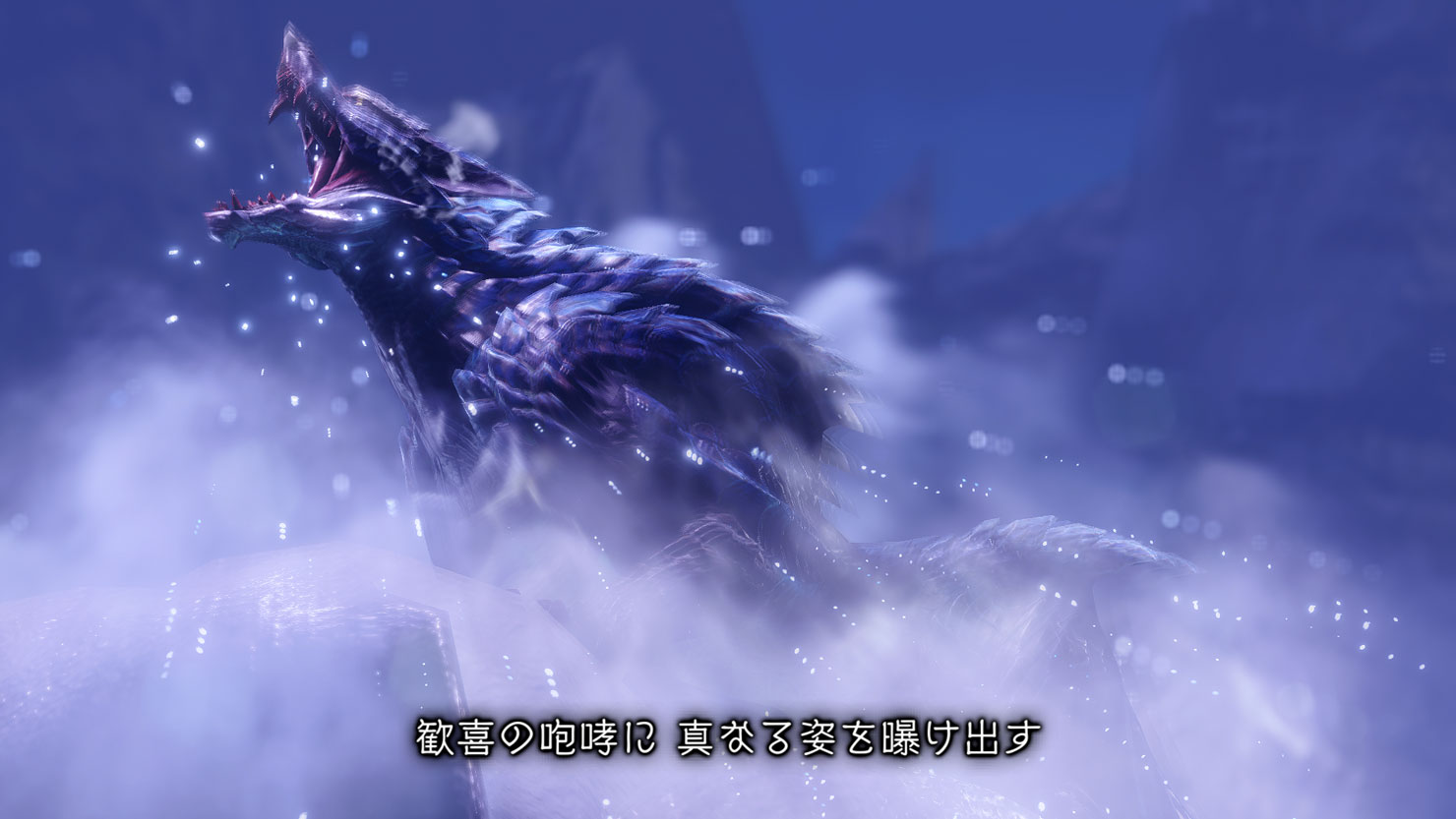 Q4. Is there anything in particular that you always try to keep in mind or that you aim for when waking cutscenes for a game?A4. As I’m sure everyone is aware, the monsters in Monster Hunter have very detailed ecology settings. These settings offer very valuable information to the player for getting to know the ecosystem surrounding each monster, so we made sure to preserve these settings when designing the monster intros. I talked with all of the people involved to make sure that each movie presents a believable, living, breathing world.
Q4. Is there anything in particular that you always try to keep in mind or that you aim for when waking cutscenes for a game?A4. As I’m sure everyone is aware, the monsters in Monster Hunter have very detailed ecology settings. These settings offer very valuable information to the player for getting to know the ecosystem surrounding each monster, so we made sure to preserve these settings when designing the monster intros. I talked with all of the people involved to make sure that each movie presents a believable, living, breathing world.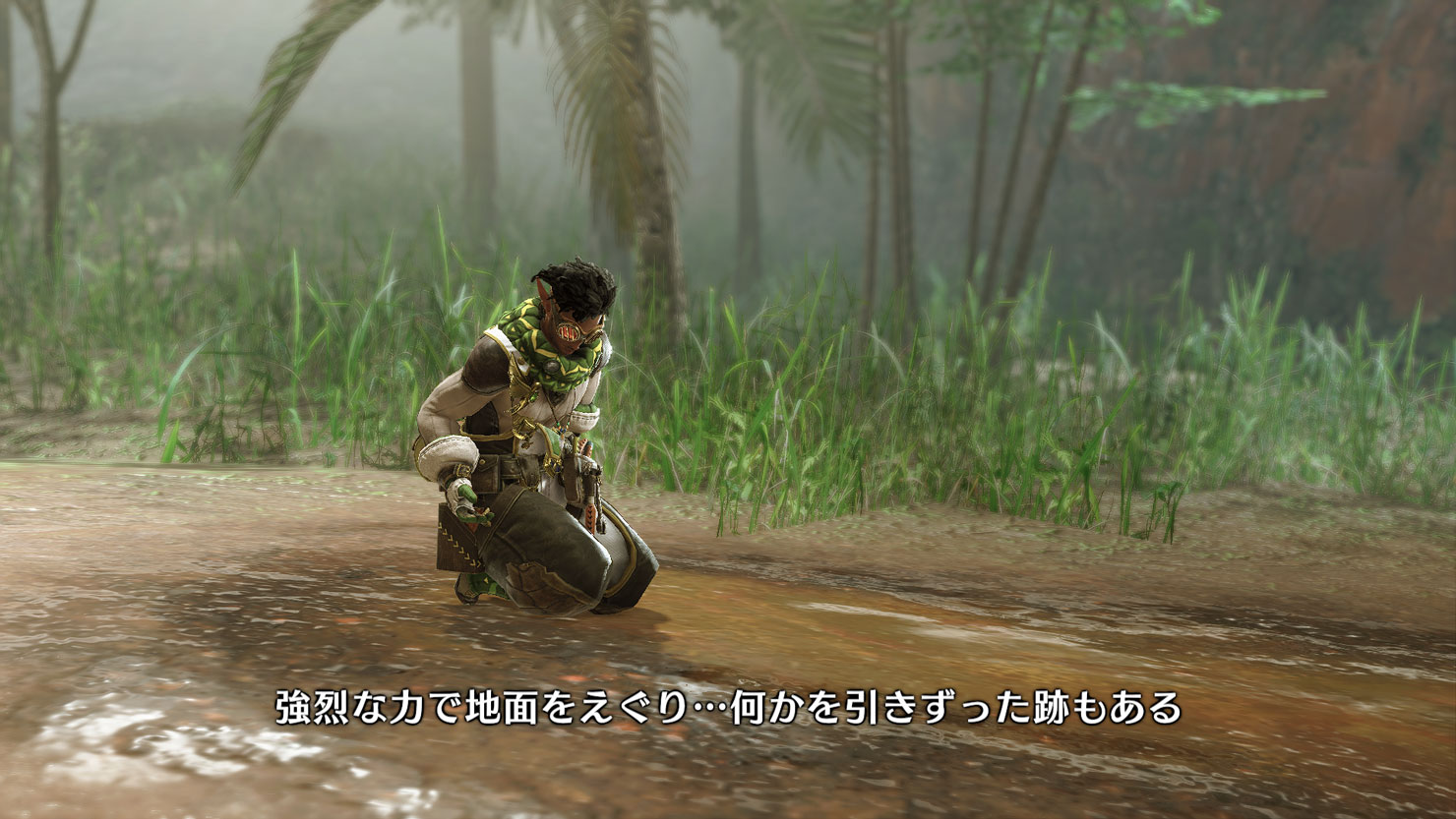 Q5. Do you have any final comments for the fans?A5. We’ve still got a number of updates coming, and we’re all working hard on exciting new story cutscenes as well, so I hope everyone looks forward to it! We look forward to your continued support of Monster Hunter Rise: Sunbreak!Closing Comment from Shibata:
Q5. Do you have any final comments for the fans?A5. We’ve still got a number of updates coming, and we’re all working hard on exciting new story cutscenes as well, so I hope everyone looks forward to it! We look forward to your continued support of Monster Hunter Rise: Sunbreak!Closing Comment from Shibata:
Thank you, Wakahara-san!
Both Rise and Sunbreak have their own unique monster intros that match their world design, and you can listen to them not just in Japanese and English, but in Monster Hunter language as well! You can rewatch monster intros and story cutscenes from the Gallery in your room anytime you want, so it might be interesting to go back and have another look at the movies in Rise.
Next time, I’ll be talking to Aehwa Shin, who created and supervised the design for Sunbreak’s flagship monster Malzeno! -
Hello everyone! Koichi Shibata here, reporting from the Monster Hunter Rise dev floor!
For our twentieth round of Monster Hunter Rise interviews, I’ll be talking to Aehwa Shin, who created and supervised the design for Sunbreak’s flagship monster, Malzeno!
Vol. 20
“Monster Hunter Rise: Sunbreak” Game DesignerAehwa Shin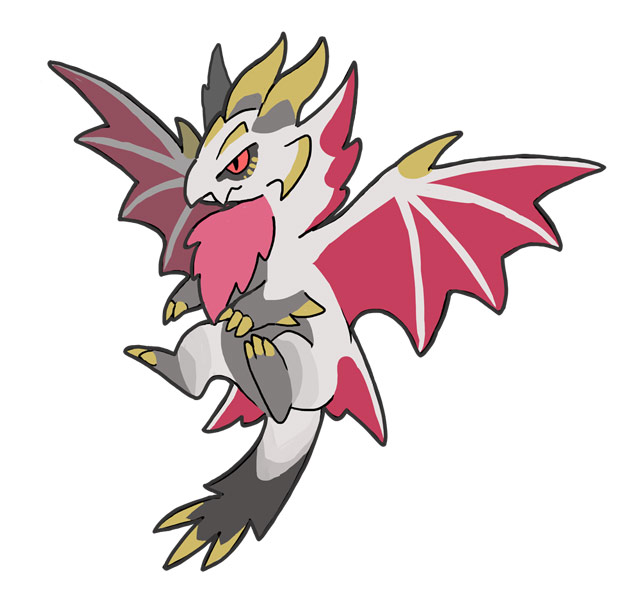
↑An illustration of Malzeno by Aehwa Shin
Q1: To start off, could you give us a quick explanation of what you worked on for Monster Hunter Rise: Sunbreak?A1: I continued doing the same work I did on Rise, i.e. being the main monster designer, and I created and supervised the design of the new monsters Malzeno, Lunagaron, Garangolm, and Gaismagorm, as well as the new endemic creatures.Q2: What were some of the themes you had in mind when you designed the flagship monster Malzeno?A2: The main theme was “vampire,” and I also gave him characteristics of a “noble baron” and a “knight in silver shining armor.” When we were trying to come up with ways of expressing the “vampire” element, we came up with many designs that were kind of dark and grim, with some looking bat-like, others looking more like a mosquito, and some of them looking very gloomy.
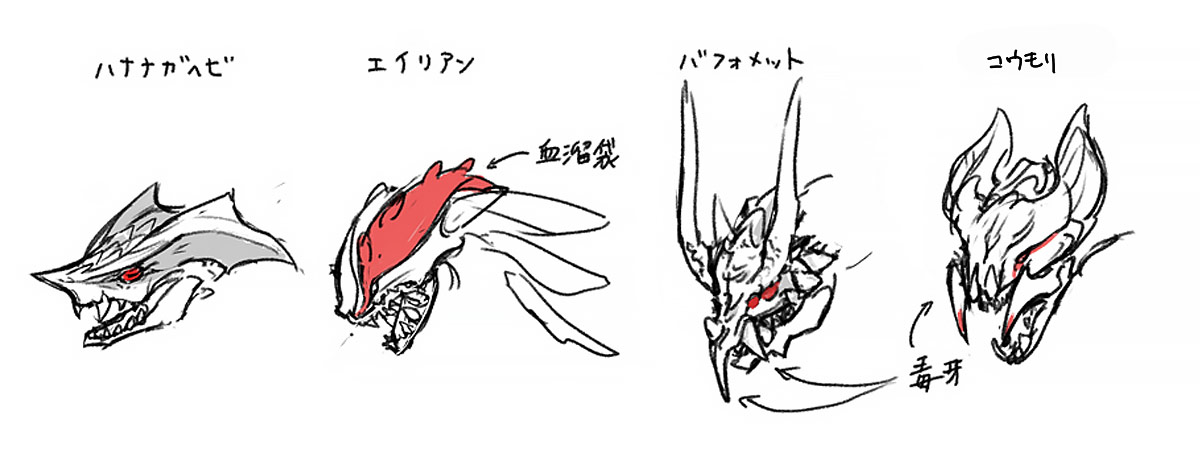 We felt these elements kind of lacked punch for a flagship monster, so when we started thinking about how we could spice it up a little, we came up with the “baron” and “silver armor” themes, while giving it a personality based on key words like “noble” and “cunning.” For its biological motifs, we looked at snakes and raptors, and by giving it a tough exoskeleton, we felt we had managed to give it the power you’d expect from a flagship monster and an elder dragon.
We felt these elements kind of lacked punch for a flagship monster, so when we started thinking about how we could spice it up a little, we came up with the “baron” and “silver armor” themes, while giving it a personality based on key words like “noble” and “cunning.” For its biological motifs, we looked at snakes and raptors, and by giving it a tough exoskeleton, we felt we had managed to give it the power you’d expect from a flagship monster and an elder dragon.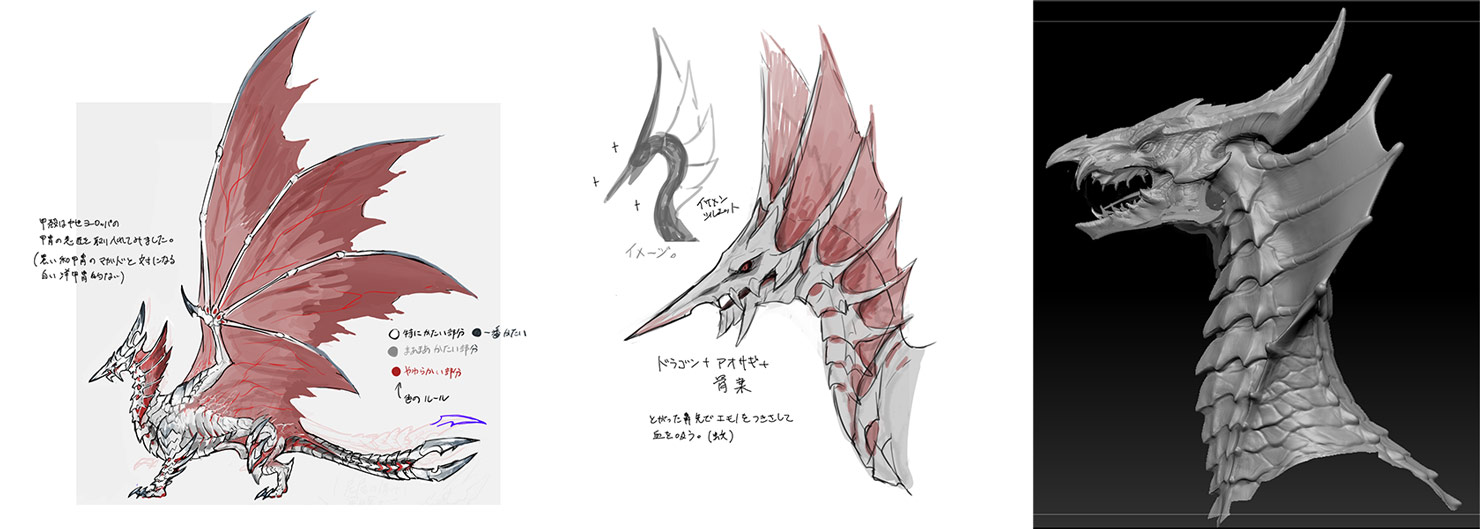 The word “Dracula” originally meant “son of a dragon,” so we actually deliberately gave it some standard dragon features. Also, the area around its eyes looks kind of sunken, which is a reference to the pale faces with dark rings under their eyes you tend to see in the design of vampires. When you see it in motion it’s pretty obvious, but its wings were based on a cape, and the fins on its waist have a tailcoat motif. The Qurio leeching on the area around its neck look like a jabot, and the characteristic fins on its neck call to mind the stand-up collars vampires often have, all in service of giving this monster an air of nobility.
The word “Dracula” originally meant “son of a dragon,” so we actually deliberately gave it some standard dragon features. Also, the area around its eyes looks kind of sunken, which is a reference to the pale faces with dark rings under their eyes you tend to see in the design of vampires. When you see it in motion it’s pretty obvious, but its wings were based on a cape, and the fins on its waist have a tailcoat motif. The Qurio leeching on the area around its neck look like a jabot, and the characteristic fins on its neck call to mind the stand-up collars vampires often have, all in service of giving this monster an air of nobility.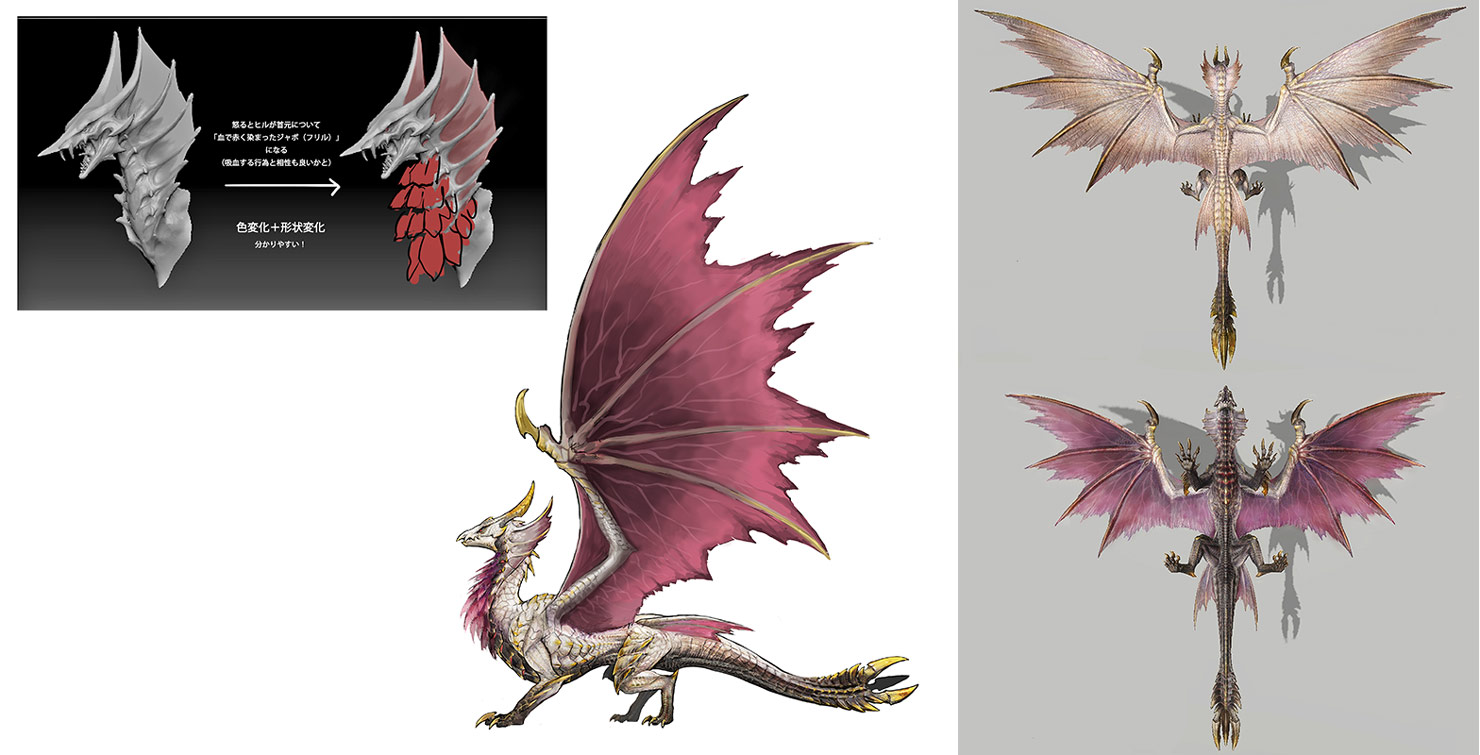 We were also very aware of the contrast we wanted it to have with Magnamalo.
We were also very aware of the contrast we wanted it to have with Magnamalo.
Eastern vs. Western, tiger vs. dragon, samurai vs. knights, dark vs. bright.
The most notable feature of this contrast is its face. We started out with a bat-like design, and we considered laying it on thick by giving it a creepy creature vibe, but we ended up with something more sophisticated. So you’ve got the rugged appearance of Magnamalo on one end, and the sharp, clean-cut features of Malzeno on the other. This doesn’t just go for their motifs and coloring, but for their personalities as well. Magnamalo is wild and brutish, whereas Malzeno is shrewd and elegant. Magnamalo represents strength, Malzeno represents intelligence. We were very thorough in exploring this contrast.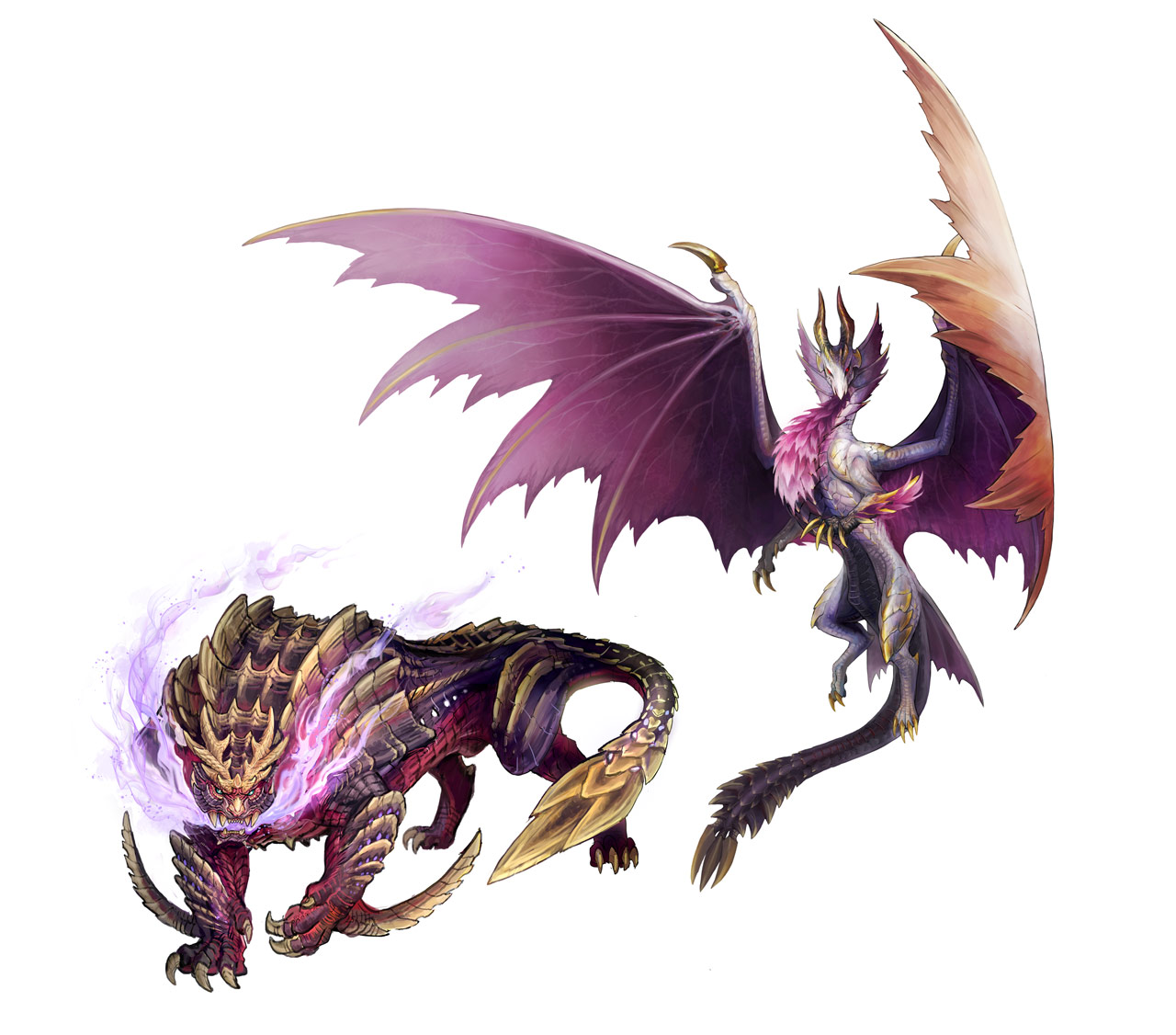 Q3: Malzeno is different from the other monsters in that it manages to function normally in symbiosis with the Qurio. Is there some kind of ecological difference?A3: This is related to Malzeno’s unique characteristics and its formidable strength. It also ties into the history of the Kingdom and Gaismagorm, so I’ll explain with the help of what Suzuki-san, the Director, has mentioned to me in the past.
Q3: Malzeno is different from the other monsters in that it manages to function normally in symbiosis with the Qurio. Is there some kind of ecological difference?A3: This is related to Malzeno’s unique characteristics and its formidable strength. It also ties into the history of the Kingdom and Gaismagorm, so I’ll explain with the help of what Suzuki-san, the Director, has mentioned to me in the past.
Malzeno used to live in harmony with humans, with neither party encroaching on the other party’s territory, but after many centuries, a gigantic hole was opened near Malzeno’s turf by “the lord of the underground” (i.e. Gaismagorm), and lots of Qurio started pouring out, and in the blink of an eye, they started stealing the life force of every creature in the environment. Malzeno looked like it was going to be covered in Qurio and have its energy stolen as well…but before long “antibodies” started to form within Malzeno’s body.
This allowed it to absorb the life force of the Qurio into its own body, creating a symbiotic relationship with these creatures. However, as a trade-off, its latent aggression started showing, and it fell into madness, resulting in it using the Qurio to attack other monsters and absorb their energy, growing ever stronger… This would eventually lead to it going through a morphological change.Q4: Some of Malzeno’s attacks involve it very suddenly changing position, almost as if it’s able to teleport. How does it do this?A4: The idea is that it builds up an overwhelming amount of energy in its body, which it then uses to propel itself forward. It derives this energy from the Qurio, and similarly to how it turns darker when it changes shape, it also briefly turns pitch-black when “teleporting.” This ability is also related to the Qurio that have assembled on its chest. It basically uses the energy it absorbs from the Qurio on its chest to propel itself forward.
Malzeno’s movement was designed to contrast with Magnamalo’s movement as well, with Magnamalo “kicking the ground to dash forward” and Malzeno “thrusting forward as if it’s being pushed.”
You could say that Magnamalo’s explosion effects and Malzeno’s wave motion effects are in contrast with each other as well.Q5: Similar to Magnamalo in Rise, Malzeno has a tail with a very unique shape, Why does it look like this, and how does it use its tail to attack? Did you decide on the design with its movements in mind, or were the movements based on its design? How did you communicate with all of the designers involved to coordinate this?A5: “Did we decide on the design with its movements in mind, or were the movements based on its design?” We absolutely started with the design first. We had an image in mind of it sitting at a long table with a row of candlesticks, elegantly stirring a glass of wine, so we gave its tail a shape that resembles knives and candlesticks.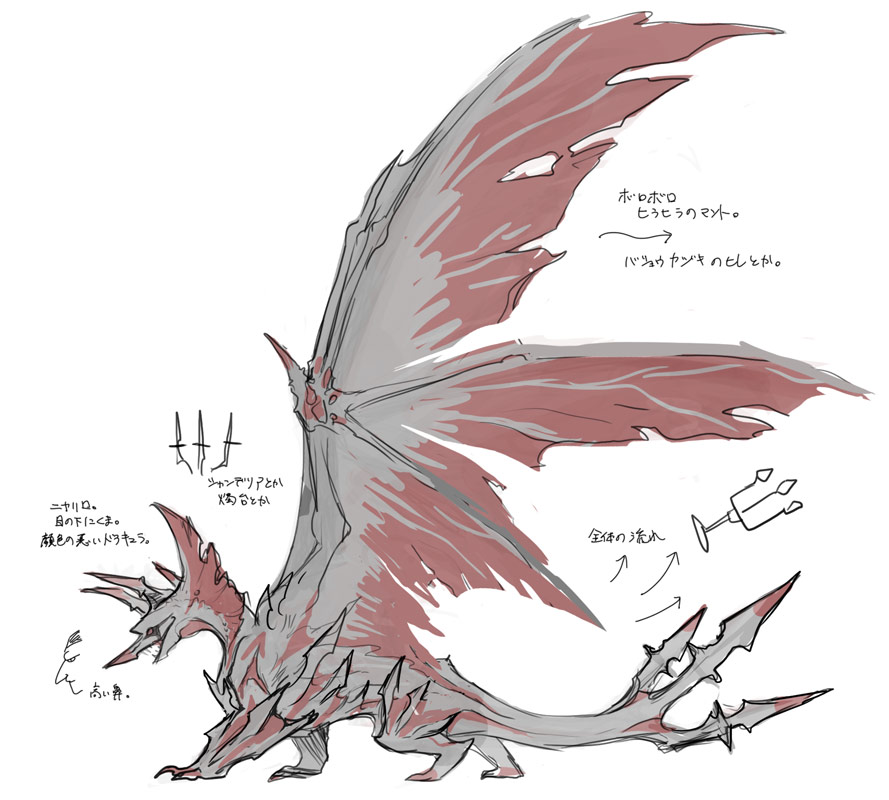 The animators then created the animations, We had to make sure its movements didn’t come across as too barbaric though. Both its visual design and its animations had to preserve that image of it elegantly stirring a glass of wine.Closing Comment from Shibata:
The animators then created the animations, We had to make sure its movements didn’t come across as too barbaric though. Both its visual design and its animations had to preserve that image of it elegantly stirring a glass of wine.Closing Comment from Shibata:
Thank you, Shin-san!
It’s interesting to know that Sunbreak’s flagship monster, Malzeno, wasn’t just based on a vampire, but that it was designed to stand out in contrast with Rise’s flagship monster, Magnamalo.
The more I find out about how Sunbreak’s themes were incorporated into everything from the base and locales to the monsters themselves, the more interesting it gets!
Next time, I’ll be talking to Sakata-san and Hashimoto-san, who designed the weapons and armor you can create using Malzeno’s materials! -
Hello everyone! Koichi Shibata here, reporting from the Monster Hunter Rise dev floor!
For our twenty-first round of Monster Hunter Rise interviews, I’ll be talking to Sakata-san and Hashimoto-san, who designed the weapons and armor you can create using Malzeno’s materials!
Vol. 21
“Monster Hunter Rise: Sunbreak” DesignerSakata“Monster Hunter Rise: Sunbreak” DesignerHashimoto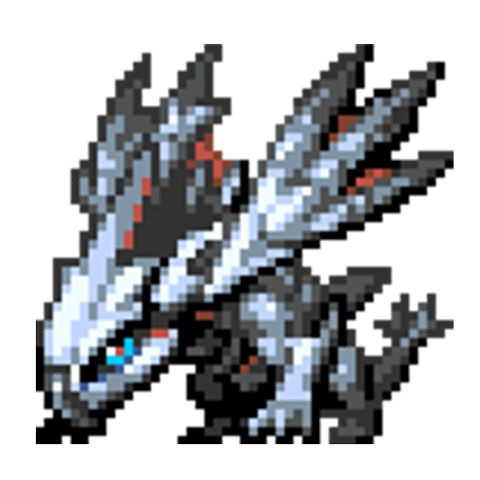 A Valstrax icon made by Sakata-san
A Valstrax icon made by Sakata-san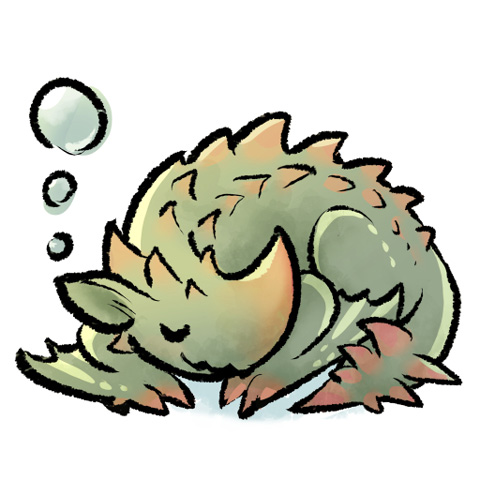 An Espinas drawing made by Hashimoto-sanQ1. All of Malzeno’s weapons have a sort of metallic look with characteristic red crystals. Did you have a particular motif or theme in mind when you designed them?A1.
An Espinas drawing made by Hashimoto-sanQ1. All of Malzeno’s weapons have a sort of metallic look with characteristic red crystals. Did you have a particular motif or theme in mind when you designed them?A1.
Sakata-san:
Yes, the concept for Malzeno was “weapons that draw energy from congealed crystals.”
I’ll get to the congealed crystals later, so let me start by commenting on the shapes of the weapons themselves.
We were very particular about using beautiful curves for the weapons, to give them a general Westernized appearance. We also made proactive use of its three-pronged tail in the designs.
There are several reasons for this: in addition to giving each individual part a unique shape, it also creates some “openings” in the silhouette.
I’m going to have to get a bit technical here, but if you create openings in a silhouette, that means the weapon ends up looking lighter when compared to silhouettes without openings.
After checking with the design team, they agreed that this also matched Malzeno’s image, so we collectively decided to use three-pronged protrusions in a variety of ways for all of Malzeno’s weapons.
For blade-type weapons, this lends it a nice, sharp image, fit for severing. For long-range weapons like the bow, this allowed us to represent the tensile strength of the materials.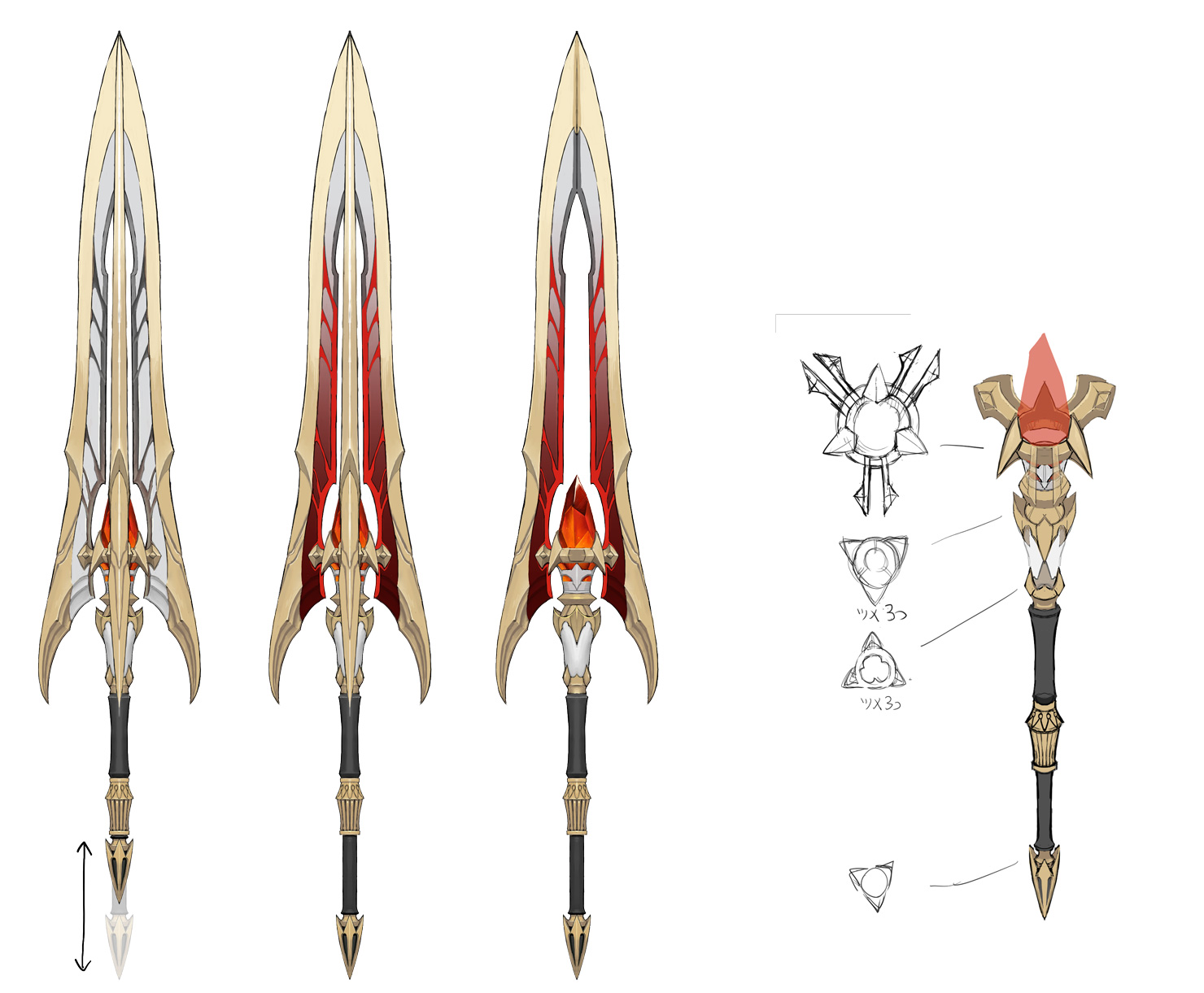
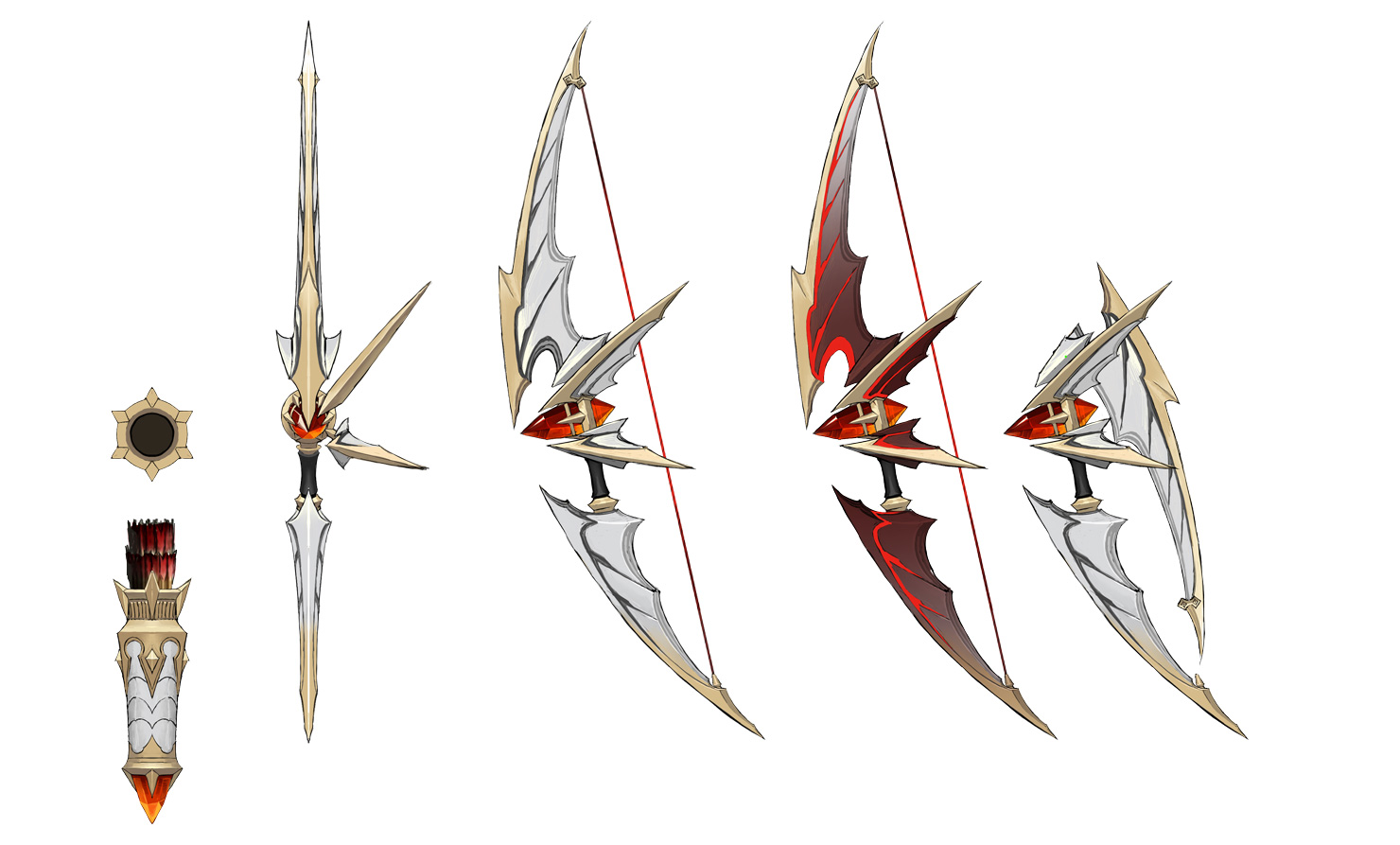 Q2. Which parts of Malzeno (like its claws or its horns, etc.) are these weapons made of?A2.
Q2. Which parts of Malzeno (like its claws or its horns, etc.) are these weapons made of?A2.
Sakata-san:
They’re made of Malzeno’s claws, which are its primary weapon, and the three spikes at the end of its tail.
In the early design stages, some of the artists wanted to include a red membrane as well, but we ended up not using that idea, in order to make the red color of the congealed crystals stand out more.Q3. The series has had equipment based on Western-style armor before, so how did you go about to make sure the Malzeno series stands out from the rest?A3.
Hashimoto-san:
For the Malzeno series, we based the design on Western armor motifs, to create contrast with the Japanese designs of Monster Hunter Rise, and then we added a “vampiric” element to it, to represent the monster.
We did this by adding a cape with a stand-up collar, using red membrane, to an armor set made of Malzeno’s silvery white carapace. We also looked at tailcoats and the jabots (the frilly things) around the neck of aristocratic clothing, to represent Malzeno’s noble appearance.
We then added some red in between the individual carapace parts, and gave the decorations on the hands and feet the same shape as the monster to make sure that it didn’t just look like regular old Western armor.
It’s basically a sort of “Vampire Knight” motif, but since this is the equipment for the flagship monster, we used heroic colors like white and red, and tried to keep elements of “evil” and “night” to a minimum.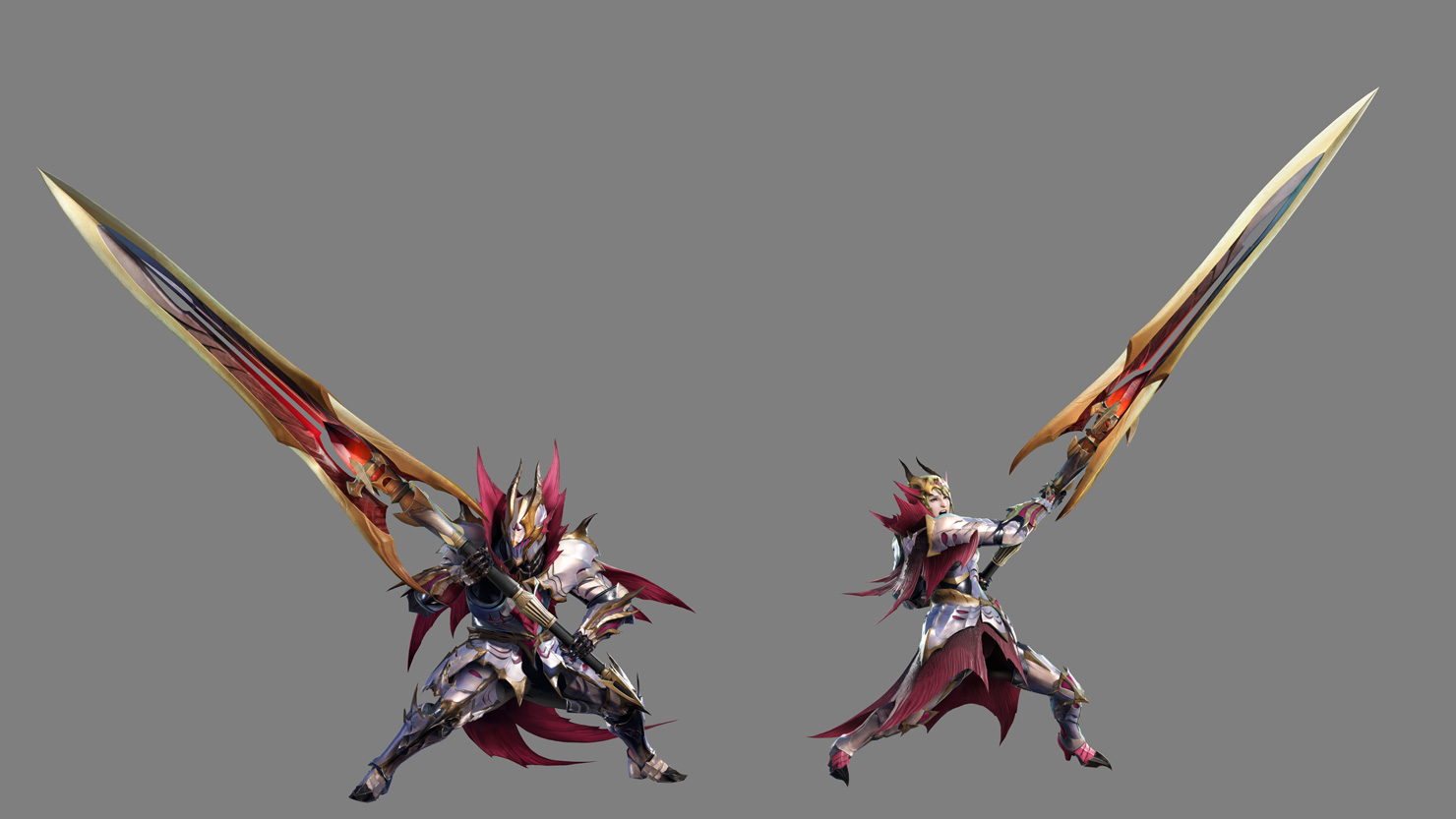
The Malzeno armor series & great swordQ4. What kind of differences are there between Type 1 and Type 2?A4.
Hashimoto-san:
Both of them are Western armor first and foremost, but Type 1 is a bit more orthodox, whereas Type 2 was made for players who want a bit more of a vampiric element to their armor.
■ Type 1
We wanted to establish a clear image of “Western-style armor”, so we gave it a full-face helmet, big round shoulder pads, and a chest plate. By adding a big cape on the back, we gave it a more stylish look, while also giving some grandeur to the silhouette.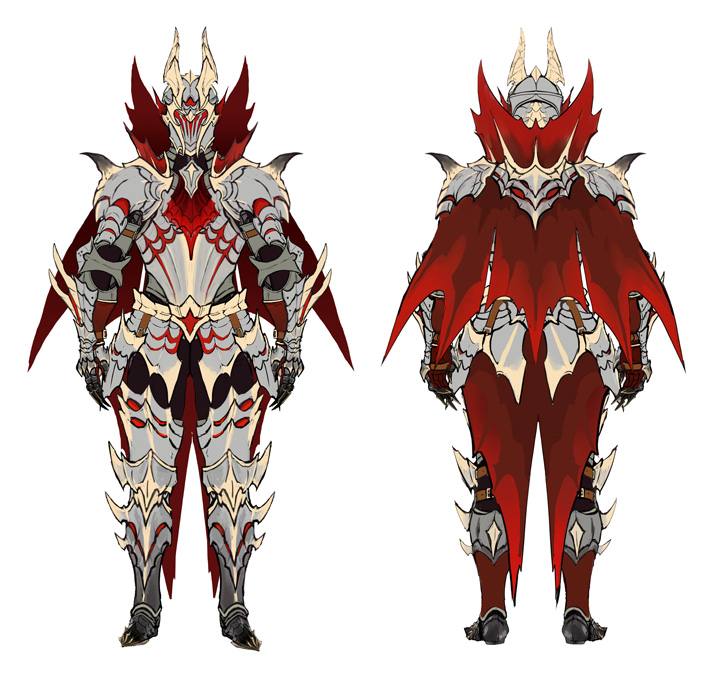 ■ Type 2
■ Type 2
This one uses a circlet, so the face is visible. Type 1 has a big silhouette for the upper body, so for Type 2, we added some volume to the lower body by creating a Western dress silhouette.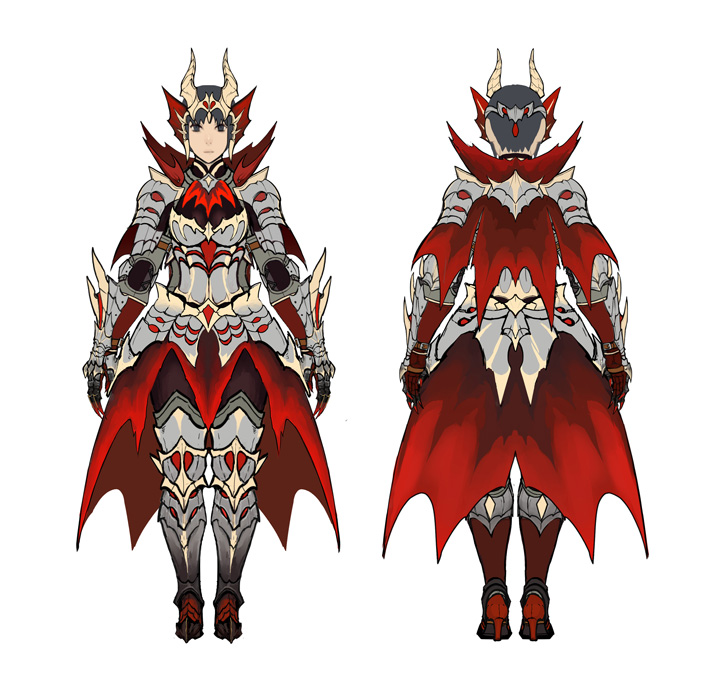 Q5. Malzeno is known for becoming extra violent once it absorbs a certain amount of life force, so how did you incorporate this element into the designs of the weapons and armor?A5.
Q5. Malzeno is known for becoming extra violent once it absorbs a certain amount of life force, so how did you incorporate this element into the designs of the weapons and armor?A5.
Sakata-san:
As I mentioned before, the concept for Malzeno’s weapons was “drawing energy from congealed crystals,” so we incorporated an effect where a red line runs along your weapon when you sheathe it, as if the energy flowing from the crystals is running through the grooves etched into the weapon itself.
At first glance, they look like pretty silver-and-gold weapons, but once you sheathe them, there’s kind of an evil aura to them. This also ties into the duality of Malzeno itself. We also made a point of placing the crystals on the parts that form the openings I mentioned for Q1.
Hashimoto-san:
I incorporated several design elements, like red holes between the armor’s carapace for storing life force, and red slits that serve as passageways for that energy. However, the motif for the Malzeno armor series is based on Malzeno in its regular state. When it becomes more violent, it changes its form, and this form was used for the design of the “Formal Dragon” armor series which can be unlocked with an amiibo. It’s even more vampire-like than the regular Malzeno armor series.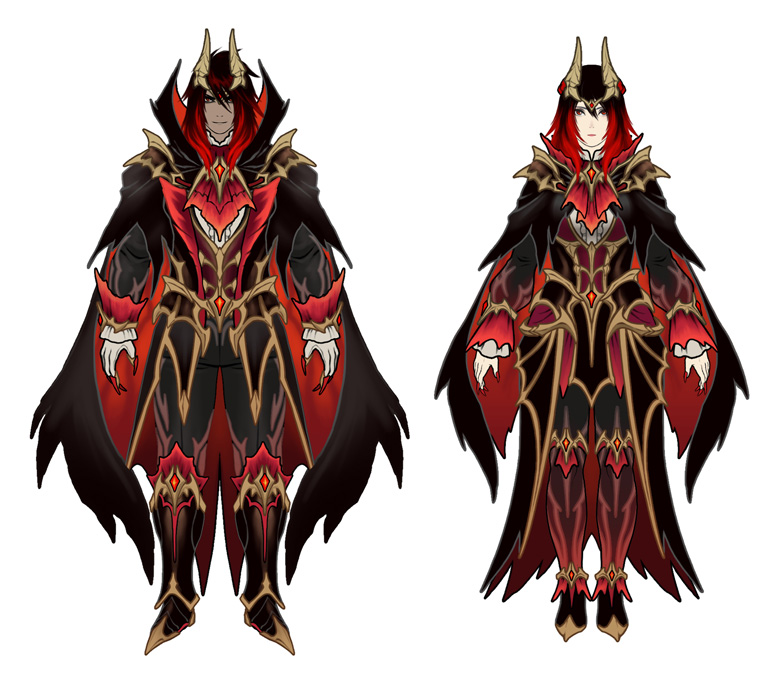 Q6. What kind of themes did you use for the Buddy weapons and armor?A6.
Q6. What kind of themes did you use for the Buddy weapons and armor?A6.
Sakata-san:
Since Malzeno is the flagship monster, we tried to come up with a design that would be appealing to a wide variety of players. I think we managed to create something that looks worthy of Buddy armor based on the flagship monster.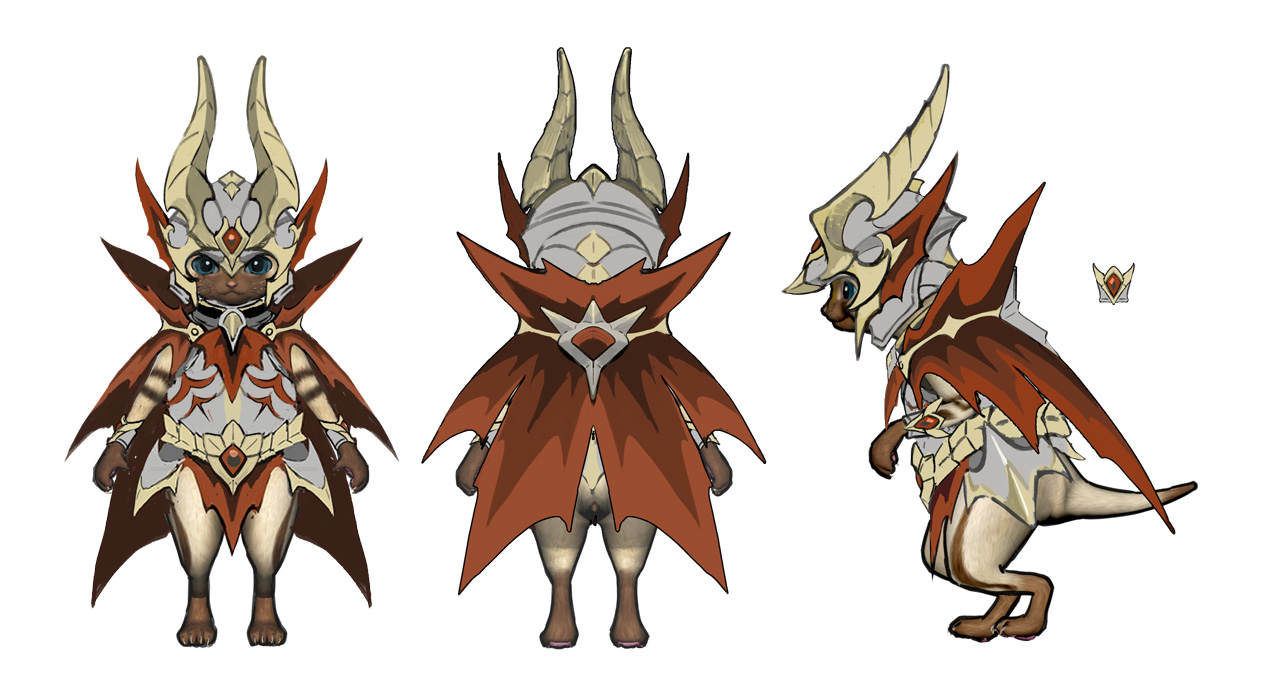
Felyne Malzeno
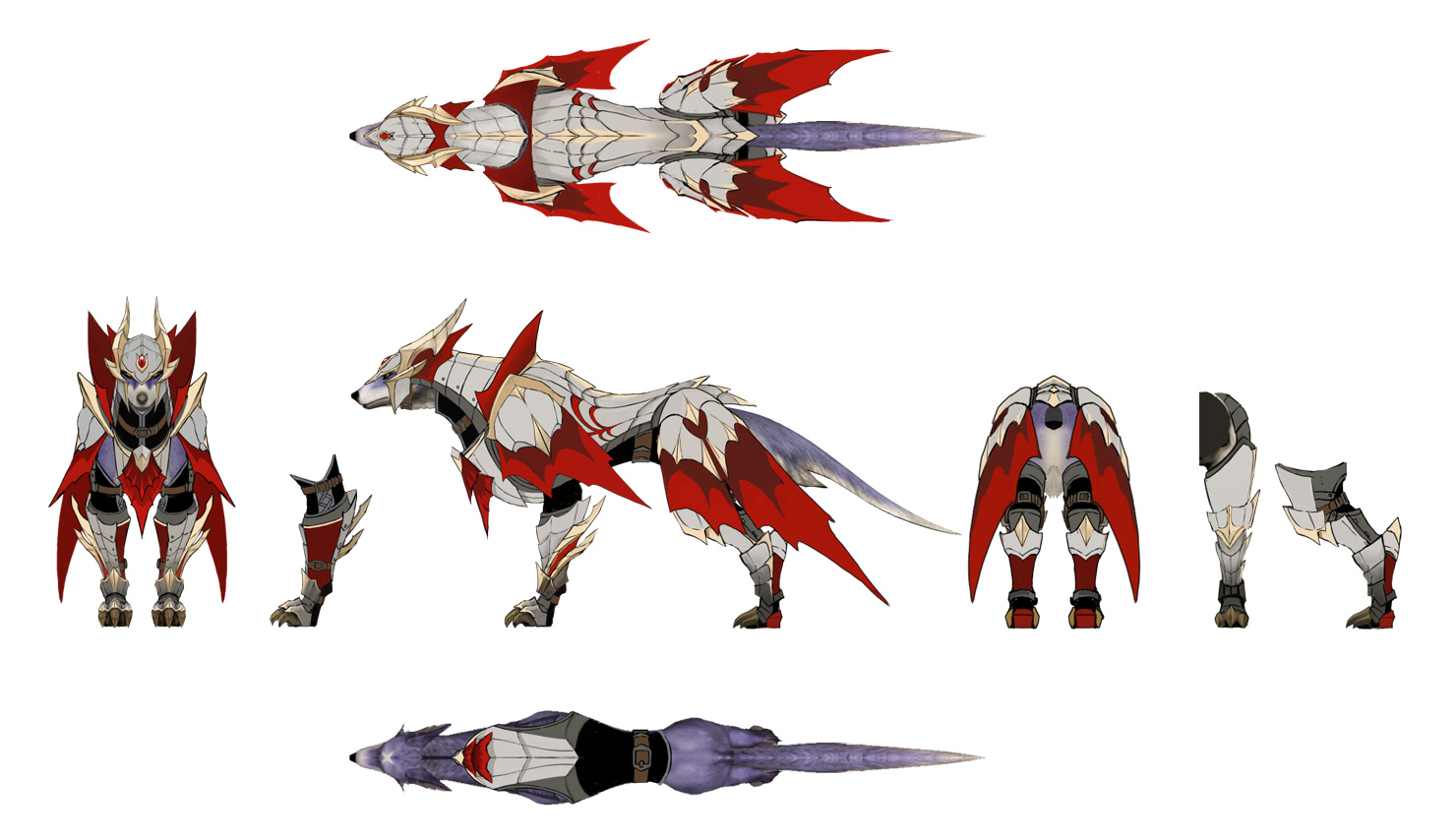
Canyne MalzenoI especially like the weapon on the Palico’s back.
If you look closely, it has tiny cat ears at the top of the handle. Did you notice this?
I can’t go into too much detail, but every piece of equipment in the game was designed using all of the designers’ knowledge of the game. It’s really worth it to sit down and have a close look at them when you’re taking a break between hunts.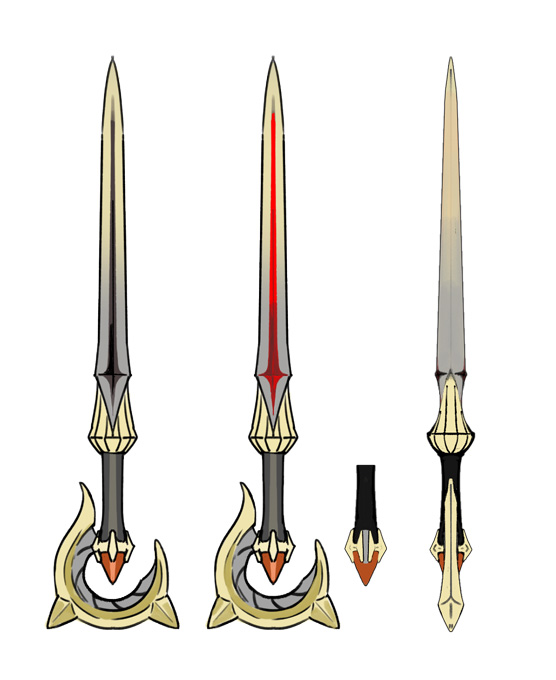
Felyne weapon
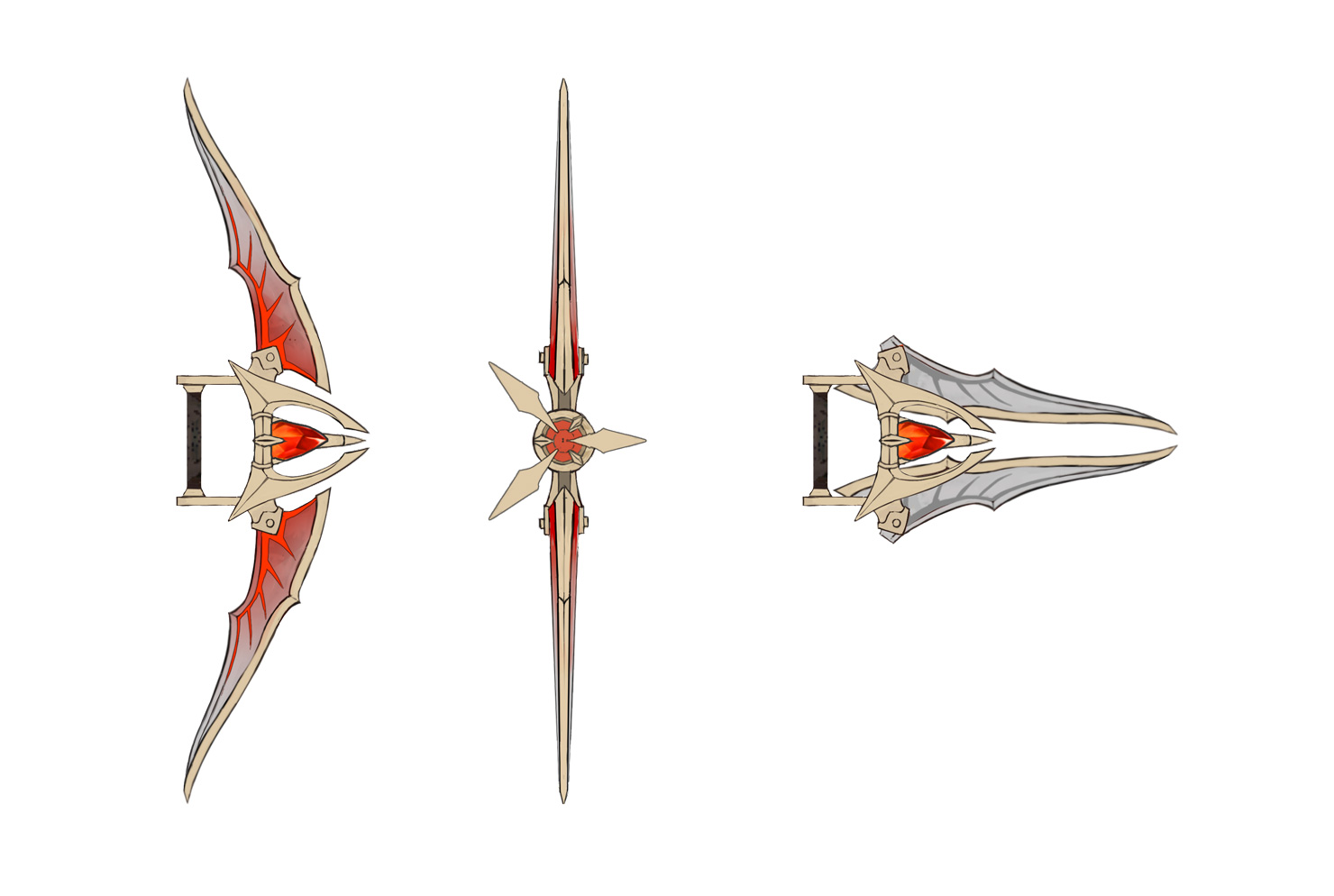
Canyne weapon-Closing Comment from Shibata:
Thank you, Sakata-san and Hashimoto-san!
It’s very interesting to know that the weapons and armor made with Malzeno’s materials were created to match the concept and ecology of this flagship monster. Like the monster itself, this equipment is unique and detailed, and really fits the world of Monster Hunter, even if it’s based on a vampire. You can really feel the passion of the designers!
Next time, I’ll be talking to the environment leader, Yuya Endo, about the design of the locales! -
Hello everyone! Koichi Shibata here, reporting from the Monster Hunter Rise dev floor!
For our twenty-second round of Monster Hunter Rise interviews, I’ll be talking to Yuya Endo, the lead environment designer, about the locale design!
Vol. 22
“Monster Hunter Rise: Sunbreak” DesignerYuya Endo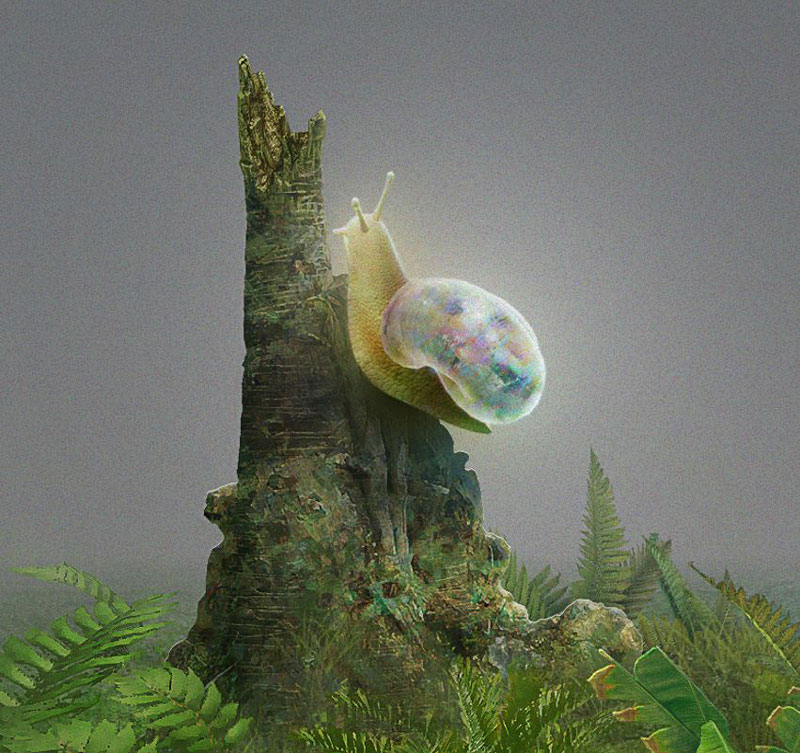
↑One of Endo-san’s favorite endemic creatures.
Unfortunately, it did not make it into the game.Q1: First off, could you tell us what your role was on Sunbreak?A1: I was in charge of overseeing all work regarding the environments, so I was basically managing that department. I was involved in everything environment-related when we started development, including schedule management and communication with other departments, providing support wherever it was needed, and basically being involved in a wide variety of tasks.
This was the first time for me to be in charge of an entire department.Q2: There are several locales with different characteristics in Sunbreak. Could you tell us a bit more about your overall concepts for the game, as well as the individual concepts per locale?A2: The locale that is most clearly representative of Sunbreak’s concepts is the Citadel, which was made to reflect the main concept for the new monsters, i.e. “monsters from Western folklore.” From the early design stages, we were already aware that we had to design the environments with the Three Lords in mind, so we had to create territories for each of the three monsters: a forest, a mountain range, and castle ruins, with different visuals to ensure that each area feels like it has its own ecosystem. We decided on the form and layout of the areas after hammering out the settings for each territory in more detail, while also taking the various gameplay gimmicks proposed by the game designers in mind. Since we have three different areas with wildly varying atmospheres, it was tough to get everything to fit into the game’s memory, and we had to reduce the process load until it just barely fit, so it all worked out somehow in the end… Fortunately, we had a lot of help from other departments, because I was really asking way too much from the members of the environment team. But thanks to their hard work, the entire locale looks beautiful, from the main hunting areas to the various areas that are just for exploring, so I hope everyone takes the time to search every nook and cranny of this lush environment.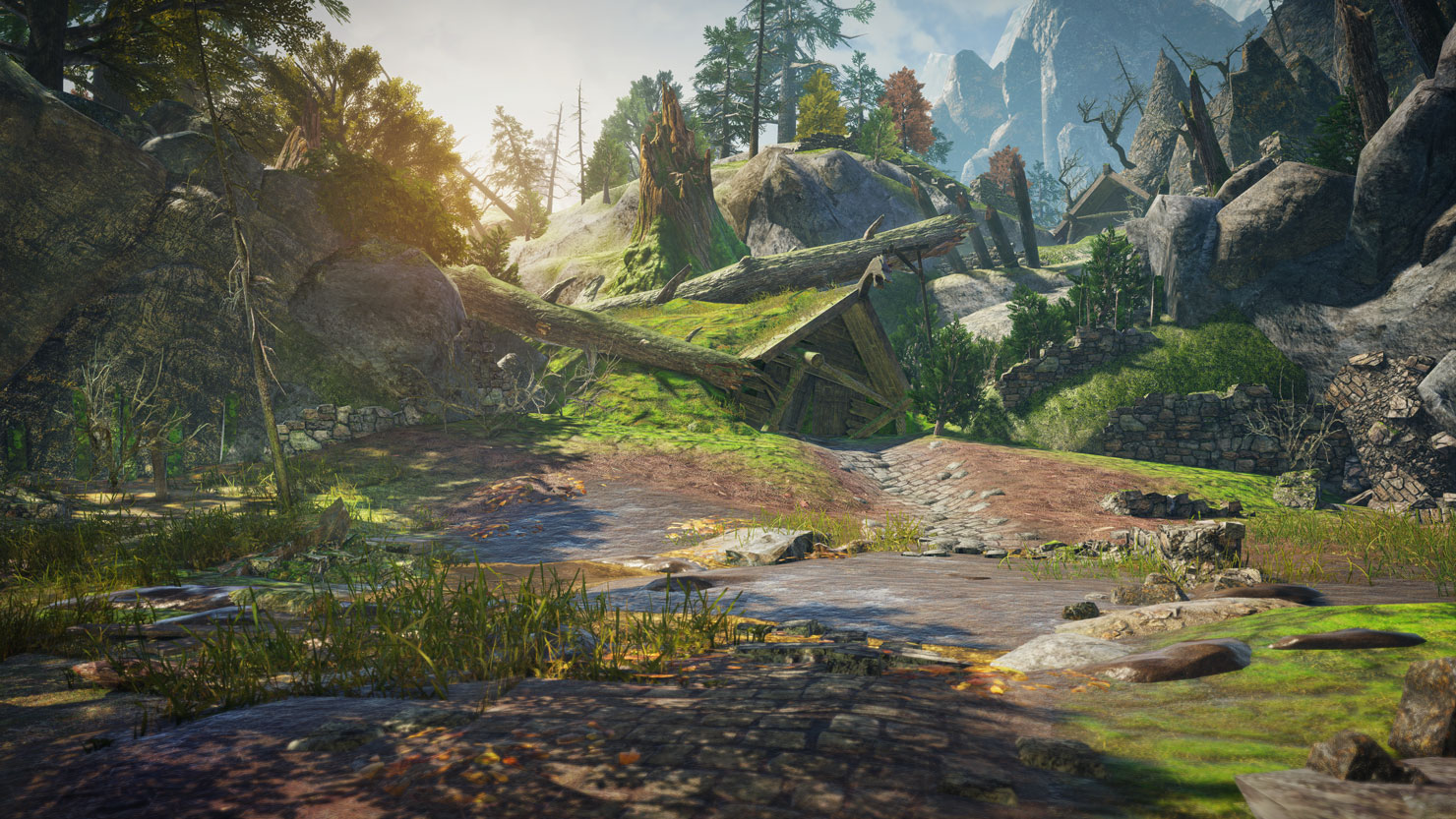
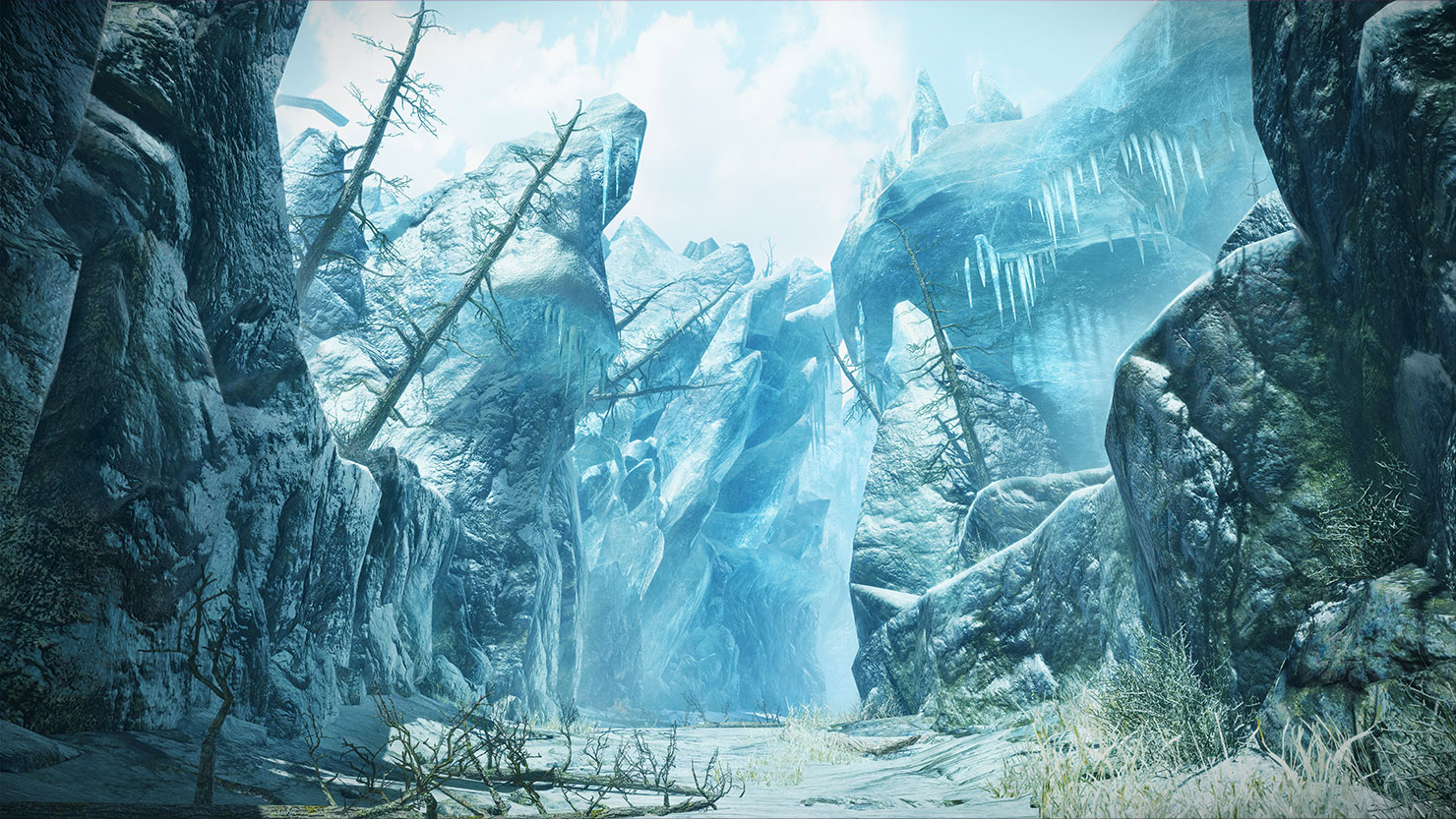
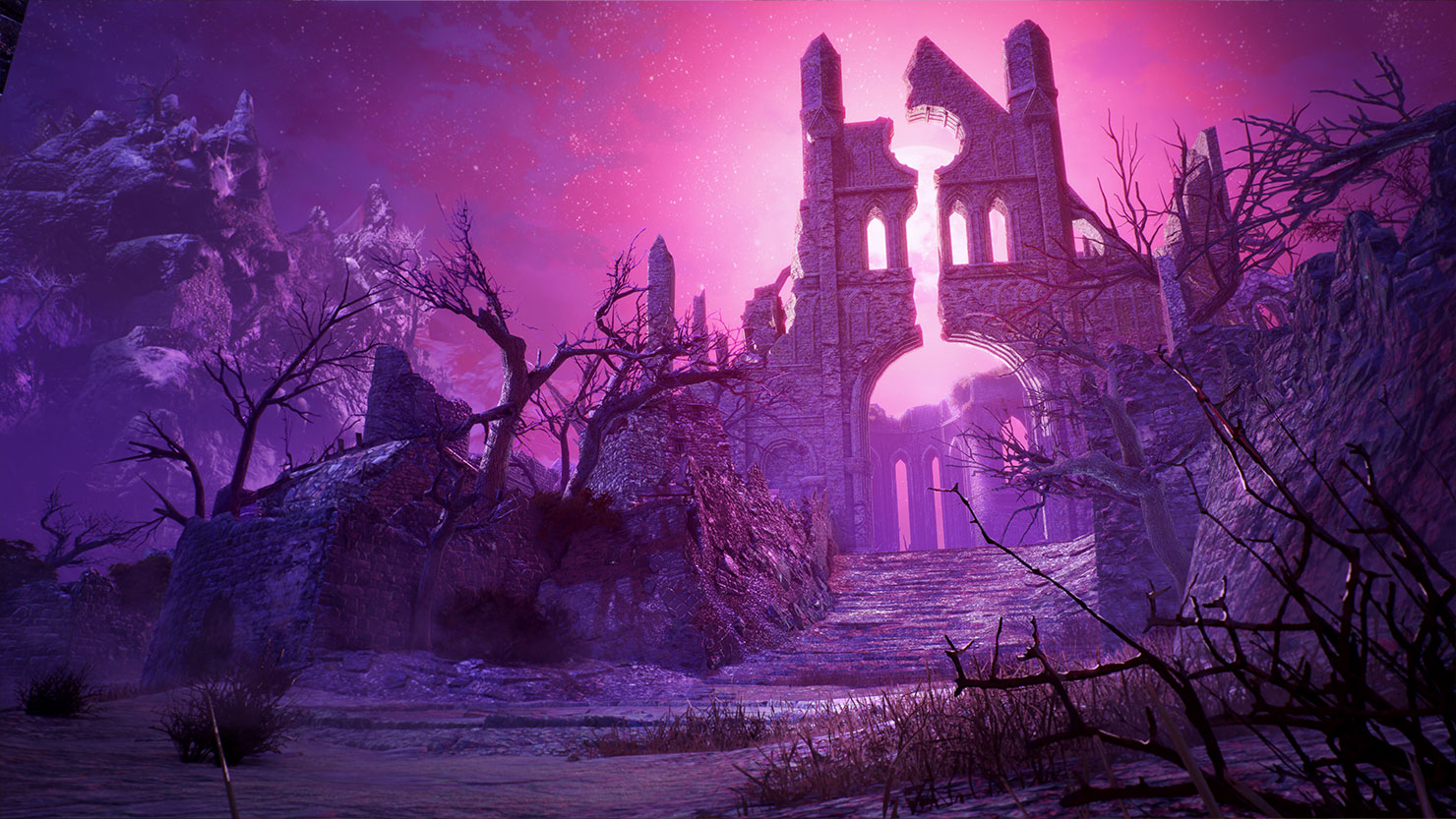
Q3: The Jungle and the Forlorn Arena make their return from past titles. How did you decide to bring back these locales in particular?A3: The Director was the one who proposed which locales to use, so you’ll have to ask him, haha.
From what I’ve heard though, the returning locales were decided based on the monsters that were going to be in this game, and especially the Forlorn Arena was pretty much a lock-in when we decided that Lucent Nargacuga was coming back. We created these locales to feel nostalgic to people who played those older games, but since the Jungle used to be an environment that was divided up into separate areas, there were a lot of spots where the geometry would fall apart if we simply connected the separate parts together, but if we tried to properly match the parts together, we would end up creating something that would feel different from the locale in the older games… And since there have been a lot improvements in lighting technology since the olden days as well, it’s hard to use smoke and mirrors as well, so the designer in charge of the Jungle really had to think very carefully about how to make this locale work.
The original Jungle was a locale with a lot of verticality, from underground areas to high plateaus, and I think we managed to turn it into a nice seamless three-dimensional locale with plenty of platforming elements. Because of its three-dimensional nature, we ran into some performance and rendering issues with the vertical design, but we managed to resolve this somehow with the help of the Jungle staff and other departments.
The Forlorn Arena actually has an area transition so it’s not one connected stage, but we put a lot of care into the construction of the tower and the backdrop, to make it feel familiar to series veterans. I think we managed to turn it into a more convincing version that shows a bit more of the exact nature and location of the locale.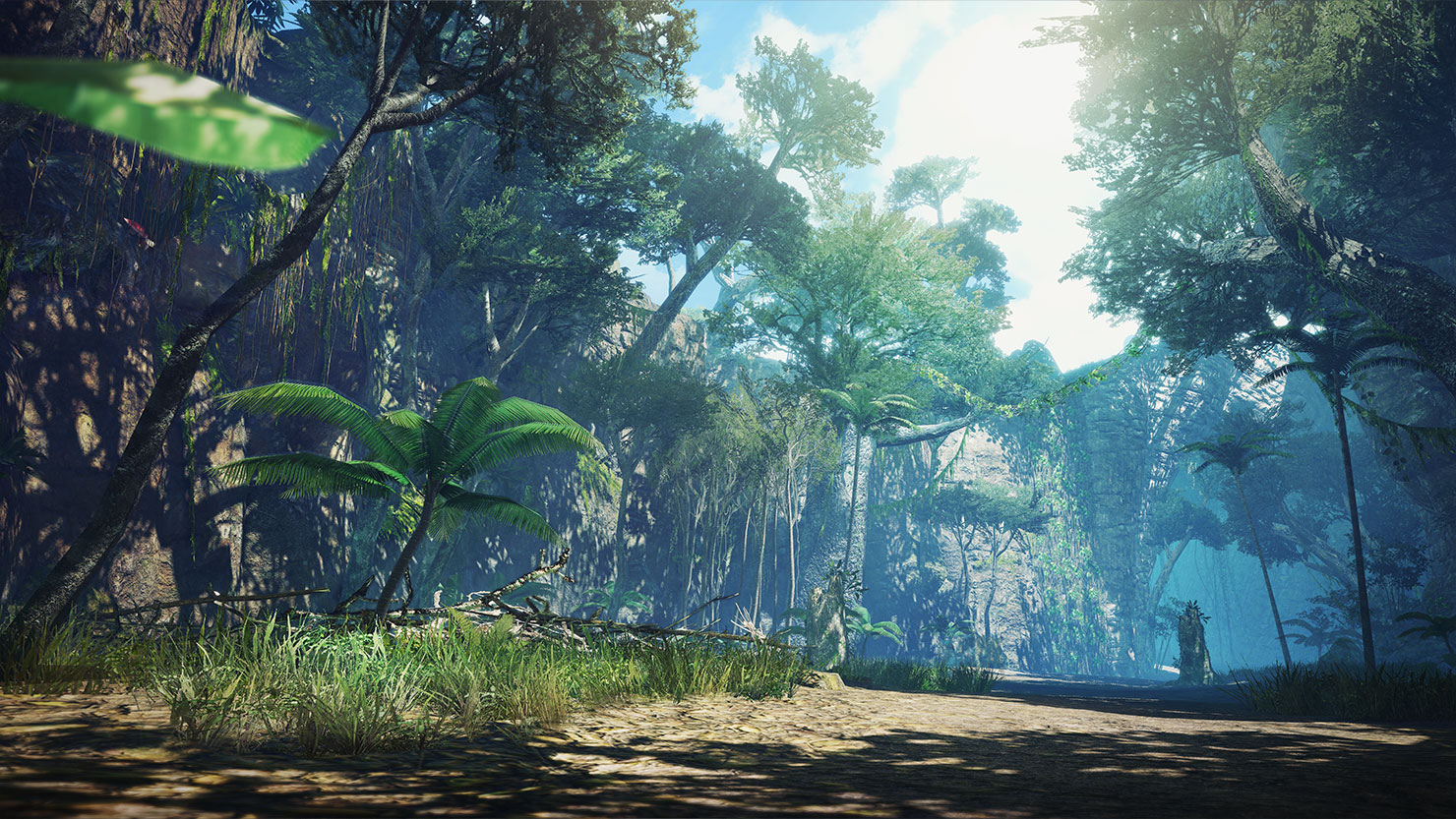
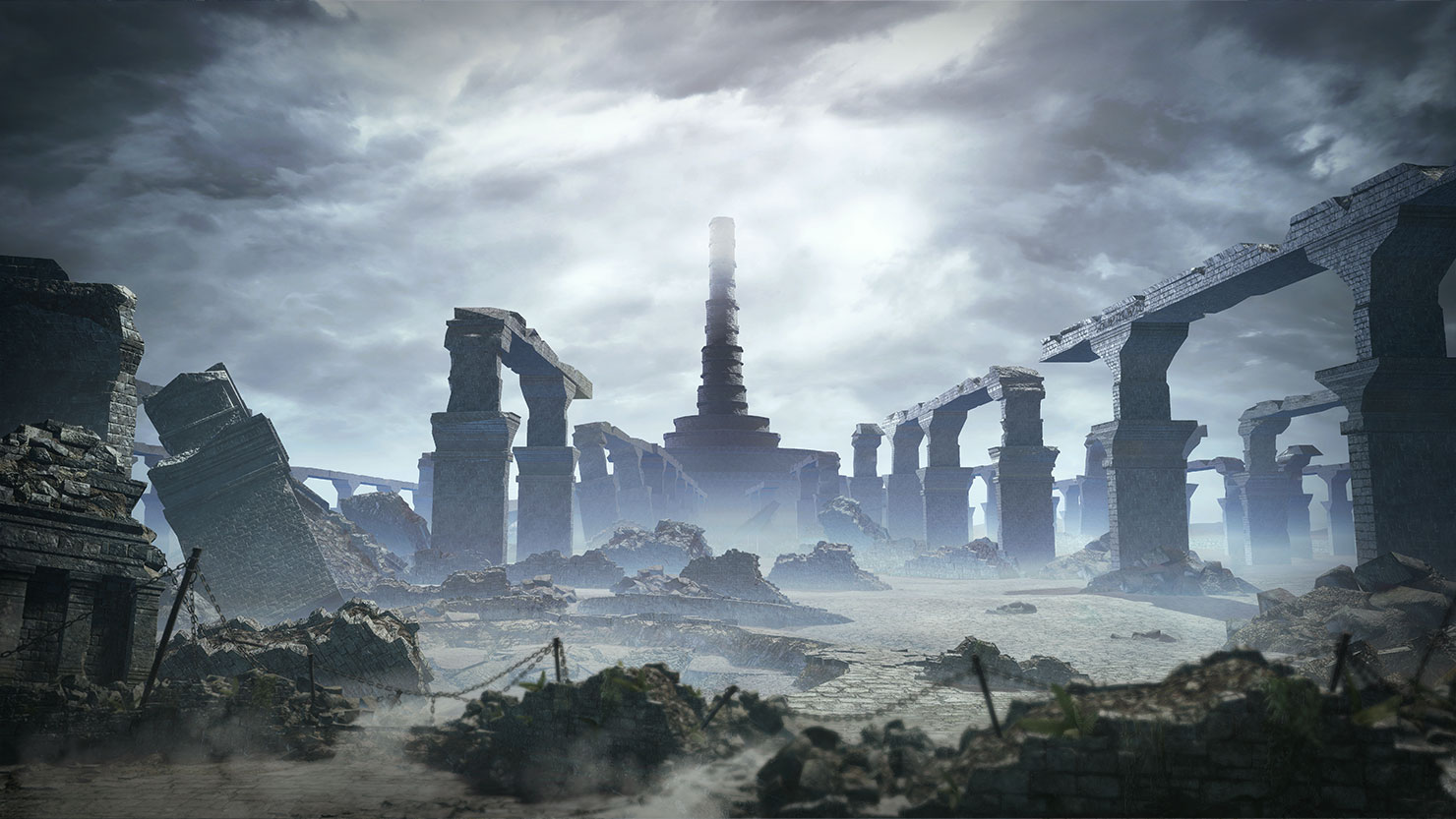
Q4: In Sunbreak, you can go to the ruins in area 10, and even all the way down into the underground, which wasn’t previously possible, so you really want the extra mile, didn’t you?A4: At the beginning of development, the ruins in area 10 weren’t actually accessible, but then someone was like “This is dumb! Why can’t I go there!?”… The underground area beneath the ruins used to be a passageway for wyverns only, but we reconstructed it so that the player can now access it as well. I think a lot of fans were wondering why those ruins were there on that remote island when the locale was first introduced all those years ago, so I think we did the right thing by letting the player access it now.
The designer in charge of this area was very adamant about including the underground ruins. It looks a bit like a cave temple. I like it a lot!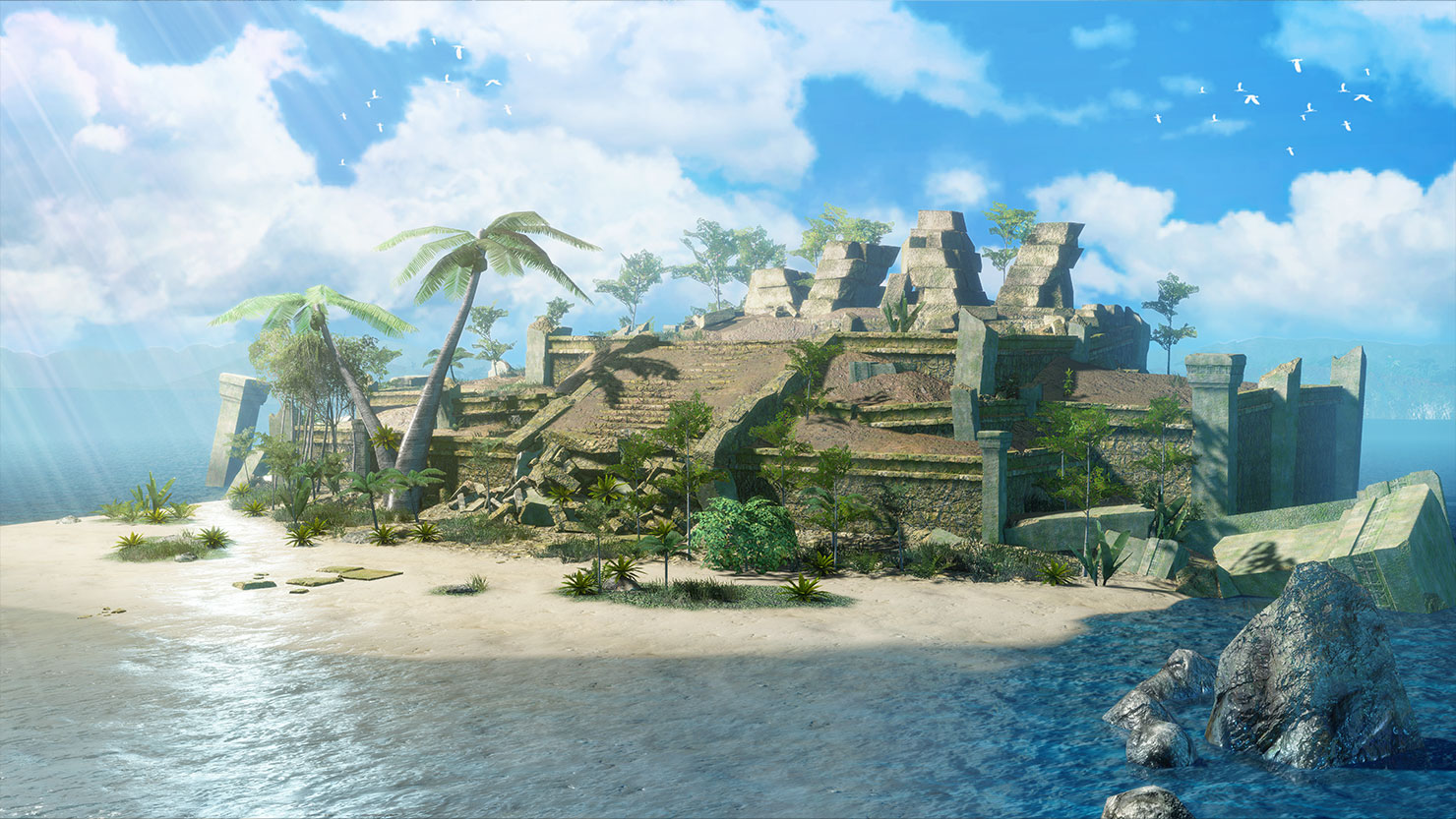
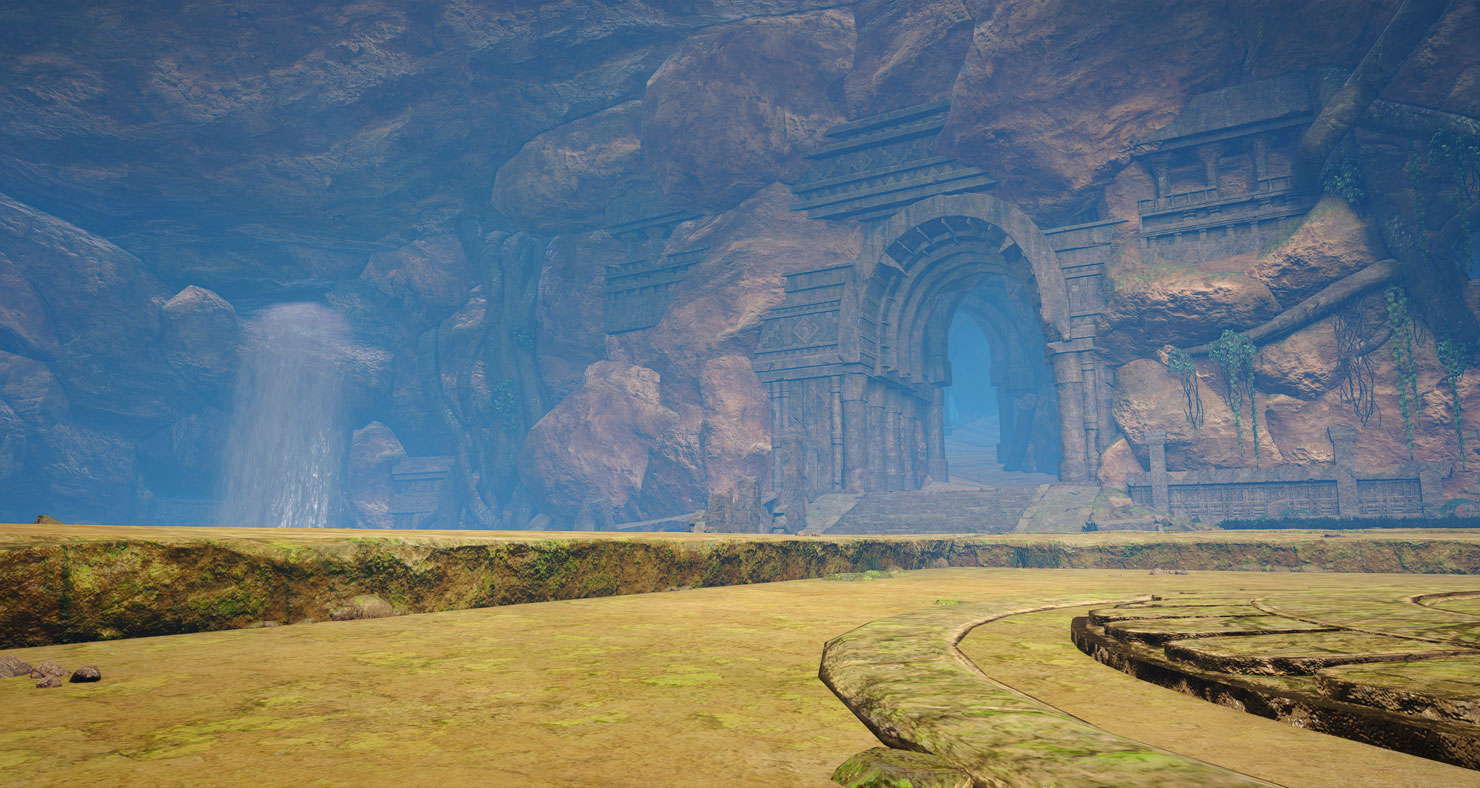
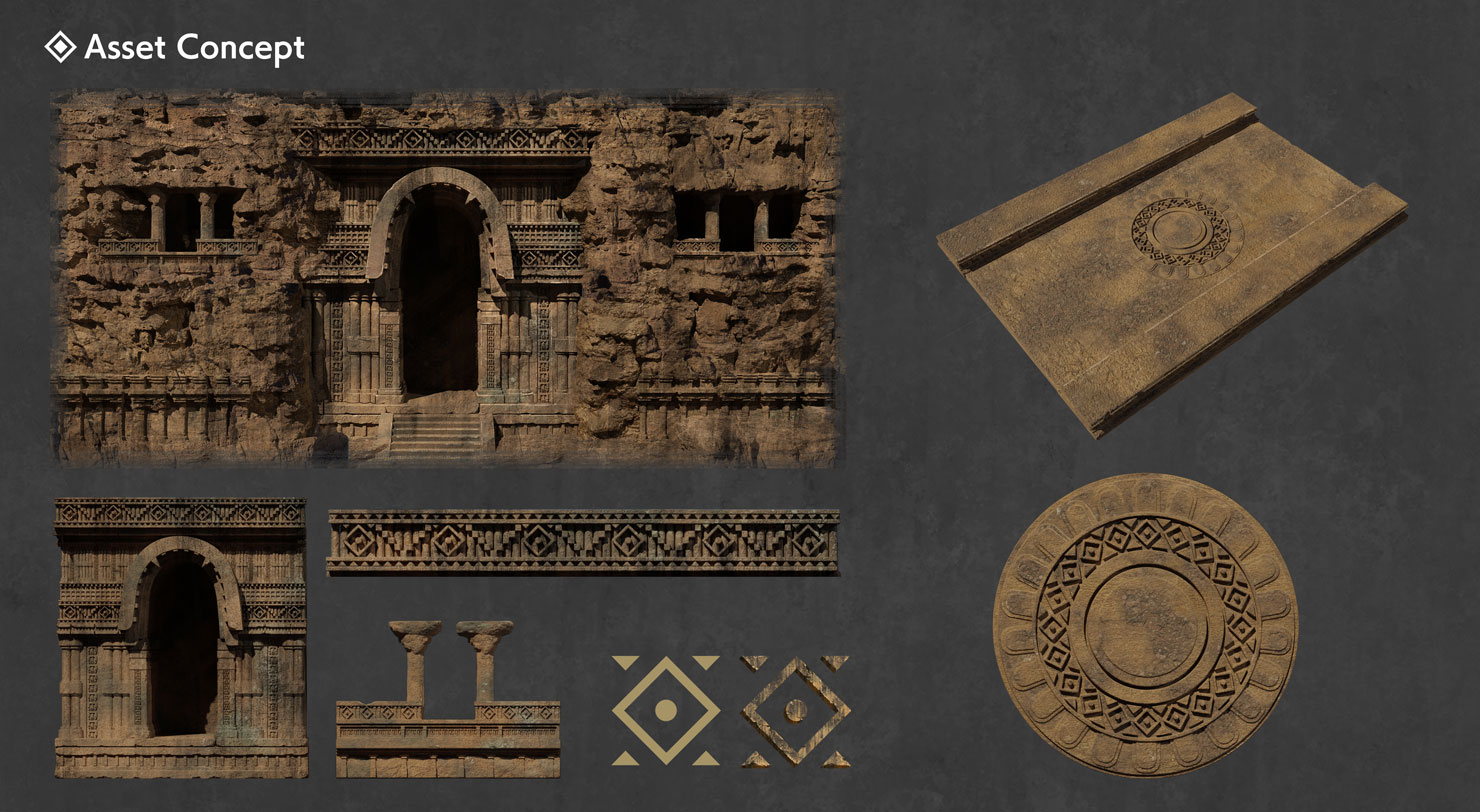
Q5: It’s not a locale per se, but the new base, Elgado Outpost, is also very different from Kamura Village in Rise. What kind of themes did you have in mind for this?A5: Elgado’s theme started out as a “kingdom-like base.” It was built around the crater that ties into the story, and it was made a sort of royal fortress on the land that wasn’t swallowed into the hole. The setting for the kingdom was of a culturally advanced country with access to advanced technology, so we created some background elements like steam-based technology to add flavor.
I was also very particular about including some platforming elements. There are lots of interesting sight-seeing spots, like the Cohoot owlets, and watching down on the crater from the top of the large crane that you can reach by climbing the fortress. There’s also a trolley driving around the outpost like a sort of roller coaster. If you haven’t checked it out yet, you should really give it a look as it moves around, especially near the Tea Shop. We also put the various facilities closer to each other to improve usability. There’s a lot more elements crammed into one space than I originally expected, so I was really worried if the performance was going to remain stable… Again, and I feel like a broken record here, but we were able to get everything to work thanks to the environment staff and all staff members from other departments as well. I cannot thank them enough!Closing Comment from Shibata:
Thank you, Endo-san!
By looking at the three different areas of the Citadel, you can really see that they are closely tied into the themes of the Three Lords, the three new monsters in Sunbreak, and they offer a glimpse at what makes this new world so unique.
Even returning locales like the Jungle have been recreated to match this game by making them seamless and providing plenty of opportunities for vertical exploration. It’s fun just running and flying around!
Next time, I will be talking to Yoshitake Suzuki, the Director, about Espinas, whose appearance caused quite a stir among the fans!
-
Hello everyone! Koichi Shibata here, reporting from the Monster Hunter Rise dev floor!
For our twenty-third round of Monster Hunter Rise interviews, I will be talking to Director Yoshitake Suzuki about Espinas, whose appearance in Sunbreak caused quite a stir among the fans!
Vol. 23
Monster Hunter Rise: Sunbreak DirectorYoshitake Suzuki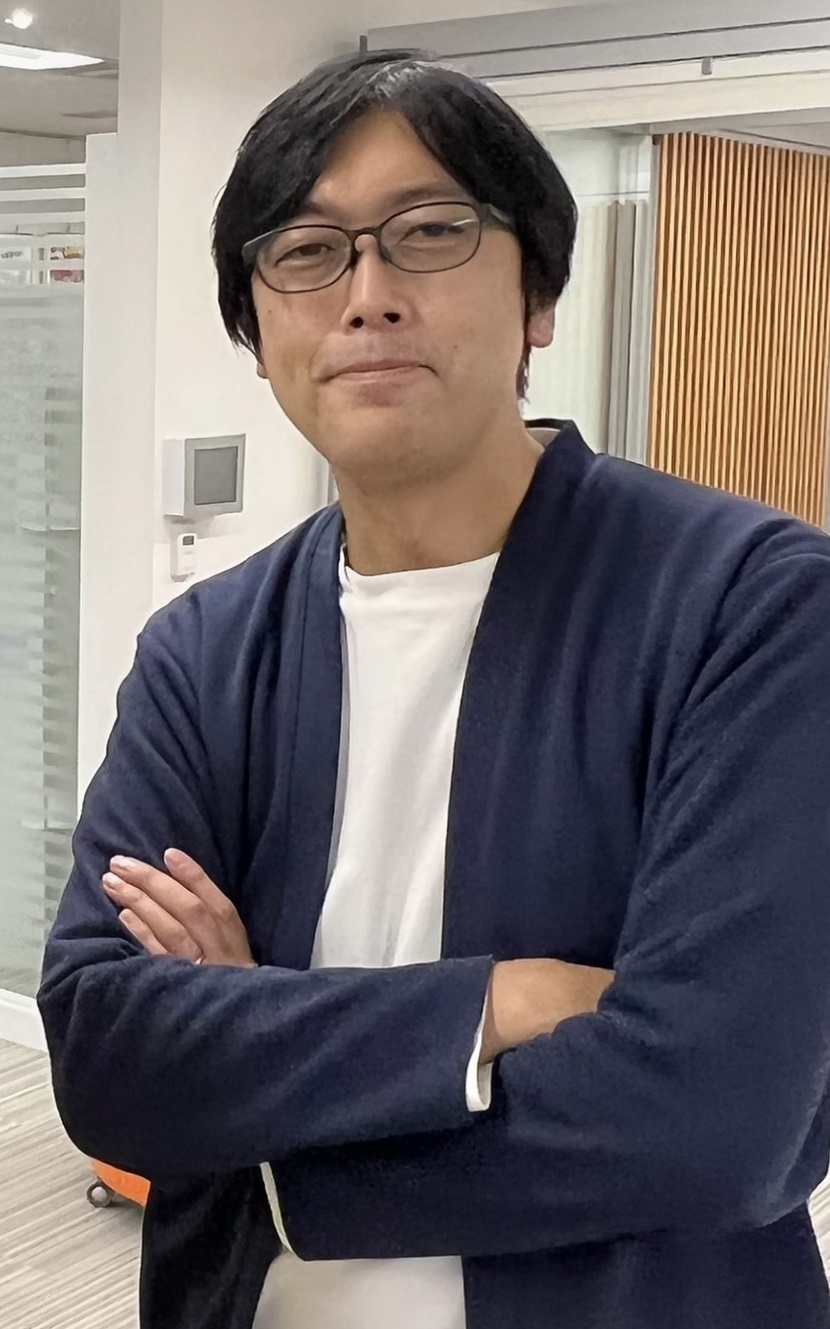 Q1: First off, could you tell us what led to Espinas appearing in this game?A1: When I was assigned as Director on Sunbreak, I decided at a very early stage when coming up with the monster roster, that I wanted to have a monster from Monster Hunter Frontier in there.
Q1: First off, could you tell us what led to Espinas appearing in this game?A1: When I was assigned as Director on Sunbreak, I decided at a very early stage when coming up with the monster roster, that I wanted to have a monster from Monster Hunter Frontier in there.
One of the reasons is that I’m a fan of the game and I have lots of good memories playing it, and I was very sad to see the service ending in December of 2019. It was a server-operated online game, which meant that the fans wouldn’t be able to play the game itself anymore, so I thought: “What can I do for my fellow Frontier fans?” and this is what I came up with.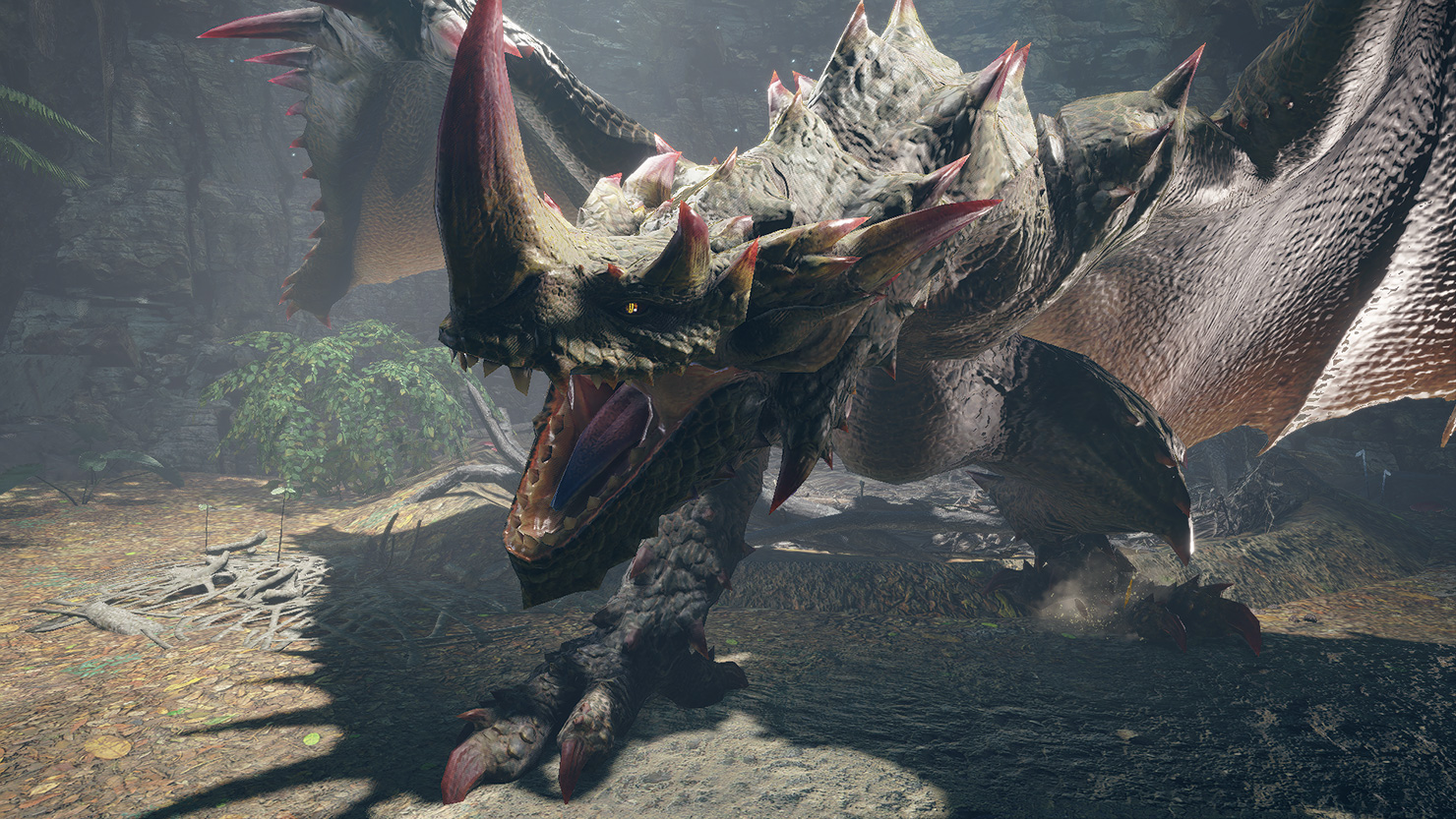
Q2: Was there anything you were very particular or watchful about?A2: Since Sunbreak is the follow-up to Rise, I had to carry over the general world design, gameplay, and systems. Within those constraints, I really wanted to add something new to the experience, something fresh for the fans! Espinas fit that concept to a tee, so I was very particular about making sure it was compatible with Sunbreak, while also preserving the monster’s visual image, ecology, and actions from the original game.
For example, Espinas is always asleep at the start of the quest. When the player starts attacking it, it will wake up, and in the original game, it would still just walk around for a while without concerning itself with the player. However, since Sunbreak needed to preserve the quest tempo of Rise, we made some tweaks here, and changed it so that it now immediately starts attacking as soon as the player wakes it up. We made lots of other tweaks as well, such as changes in the thickness of its hide depending on whether it’s angry or not. Everyone on the team was very much aware of having to balance respect towards the source material with the needs and gameplay of Sunbreak.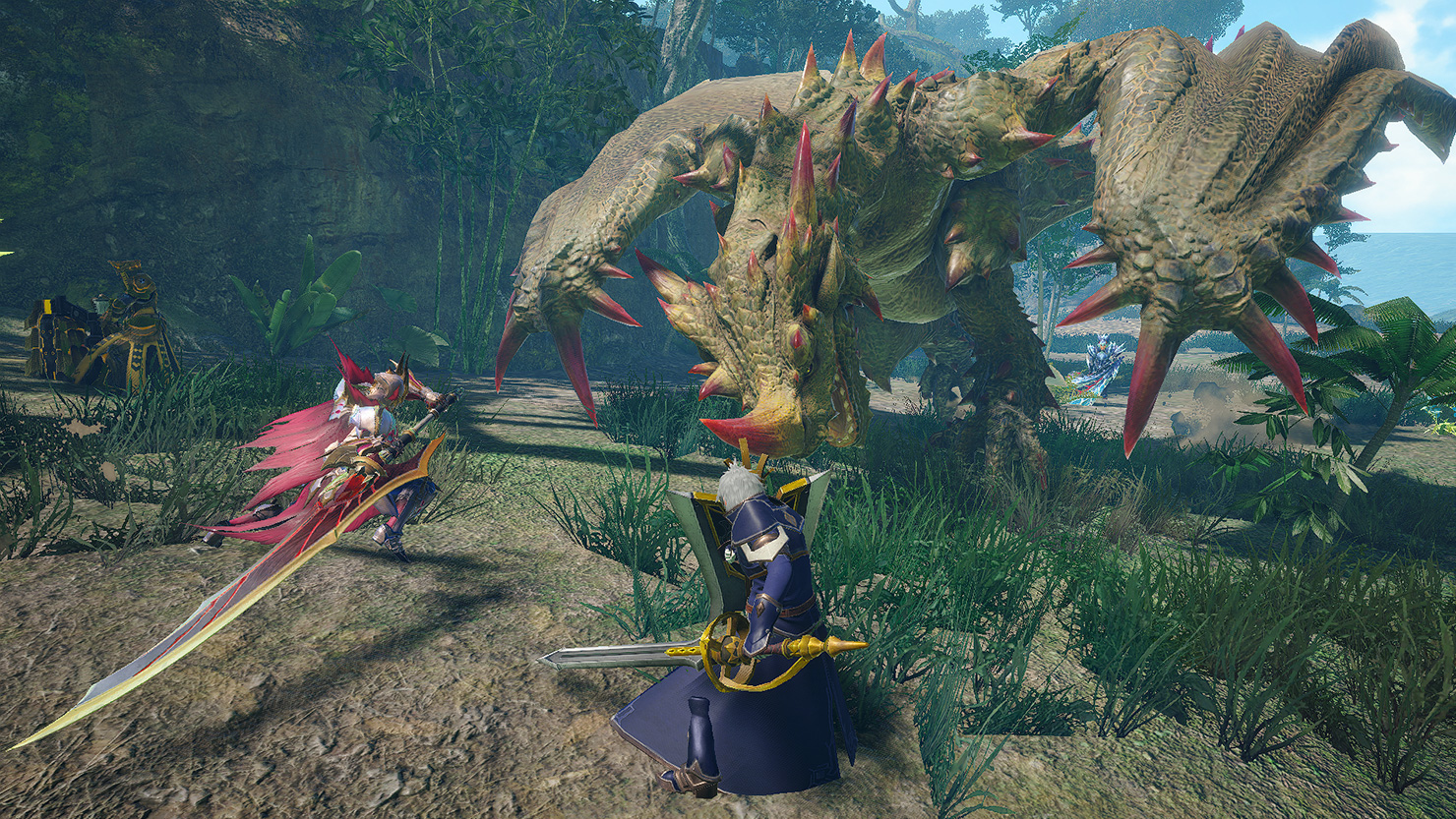
Q3: How did the series’ producer, Ryozo Tsujimoto, and other people who worked on older MH games respond to this?A3: I have to say I was pretty nervous when I showed the design doc with all of the new elements for Sunbreak to Tsujimoto-san and Ichinose-san (the Director of Rise)…but they were both very positive towards almost all of the elements I proposed, so I remember being very relieved. Of course, there were some things they ended up shooting down, but I really felt like they were pushing me to make the game I wanted to make, and I’m very grateful for that.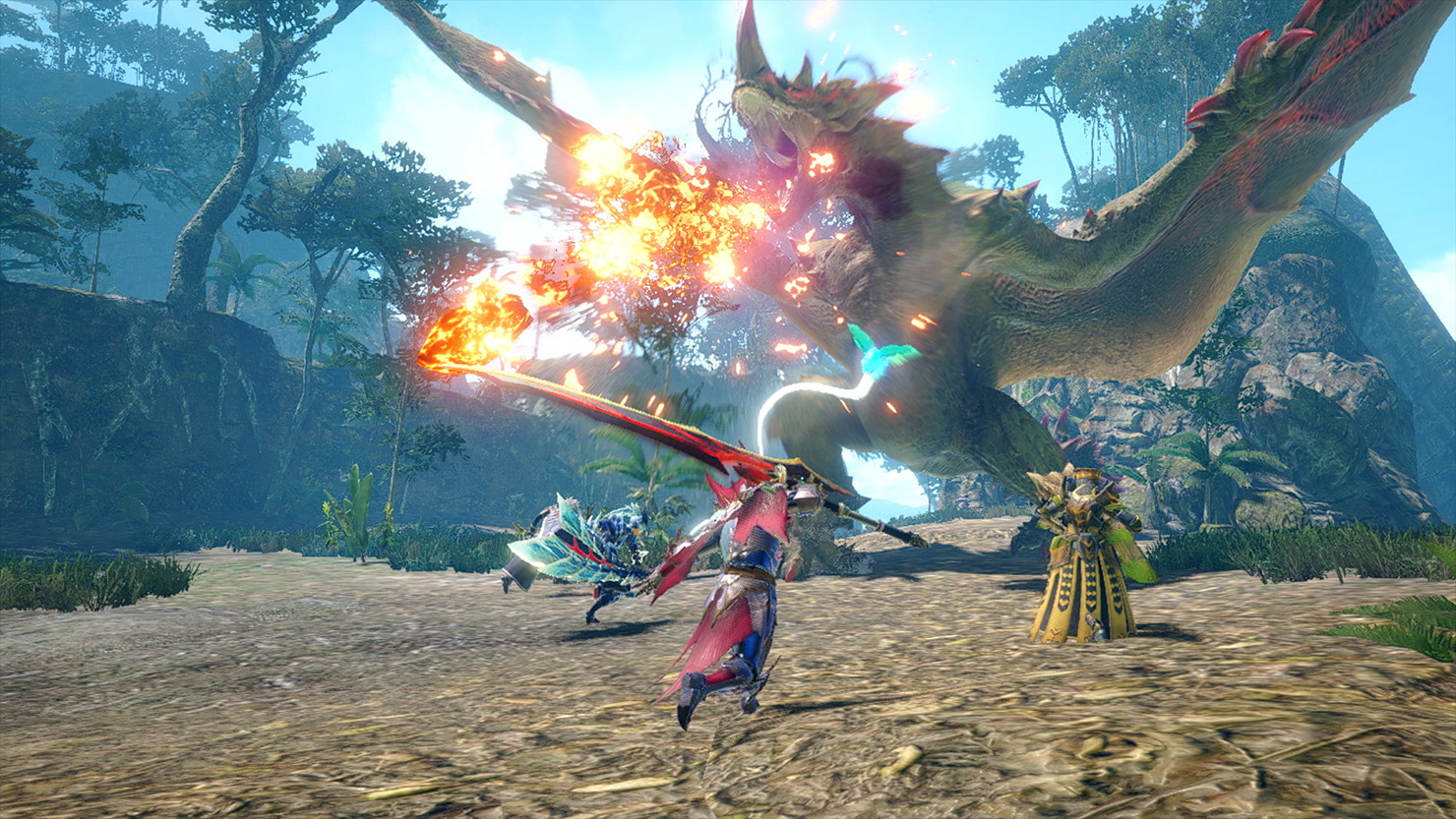
Q4: The third Sunbreak trailer that was shown during the Capcom Showcase in June 2022, and the demo at TGS 2022 really got people talking. What kind of responses did you get?A4: I got lots of responses from a variety of directions (including from inside the company!), which made me very happy. I was also glad to hear that a lot of people wanted more monsters from Frontier!
However, since Sunbreak was made to be the sequel to Rise, I had to keep compatibility in mind, so I had already firmly decided from an early stage in the game’s design that I was only going to use Espinas, and that I was going to put all of my love as a fan of Frontier into this monster. I hope everyone who played the original game can feel what I was trying to get across.
That said, we went ahead and added Flaming Espinas too, haha.
Thanks for playing, everyone!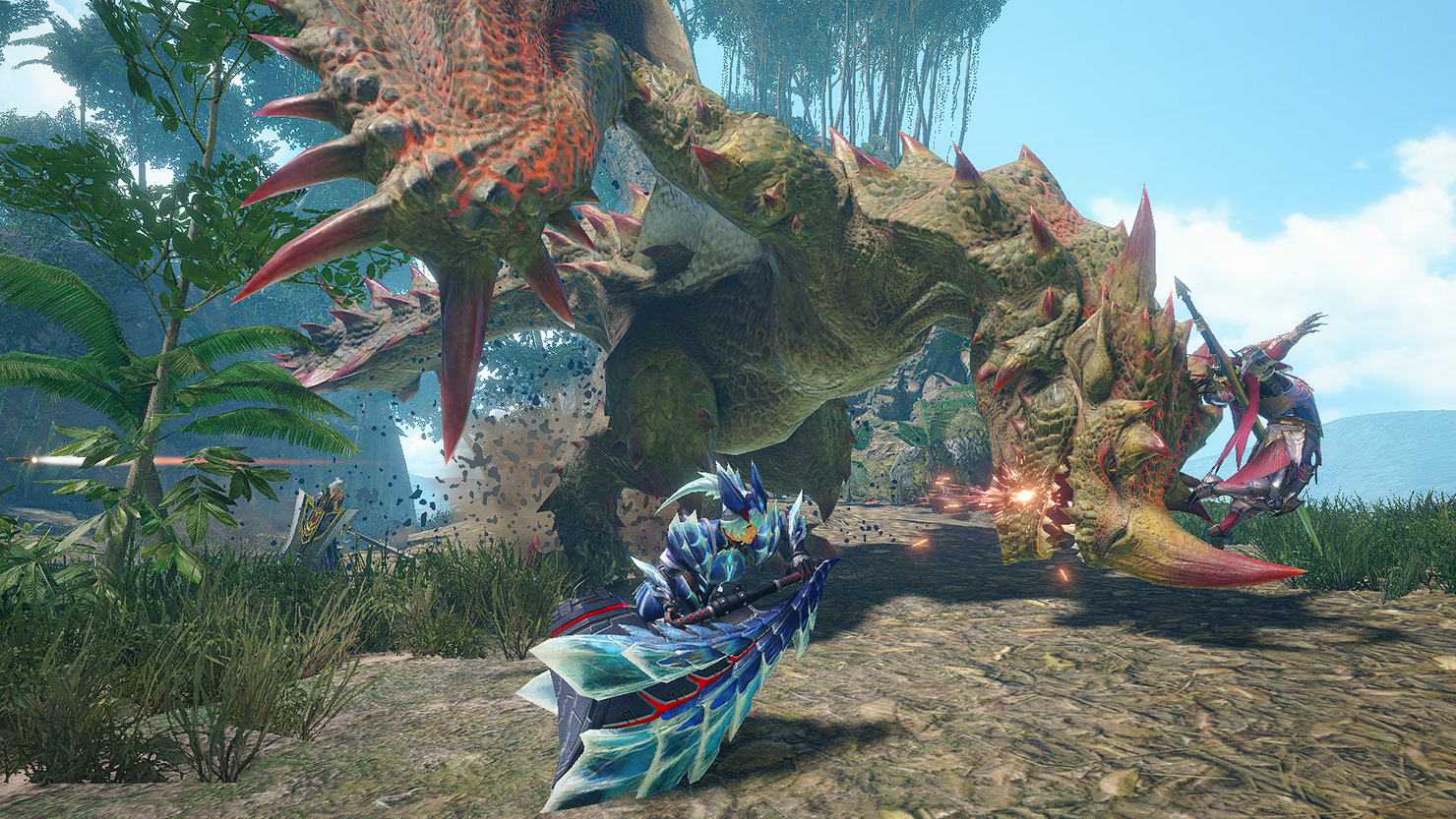
Closing Comment from Shibata:
Thank you, Suzuki-san!
We received a lot of positive feedback to the appearance of Espinas, and “Espinas” was even the top trending term on Twitter for a while after the Capcom Showcase. I’m sure that everyone taking on Espinas for the first time in Sunbreak will be able to appreciate how it maintains respect for the original game, while balancing it with the gameplay and needs of this game.
Next time, I will be talking to Ken Yamazaki about the animations for the monsters appearing in Sunbreak!
-
Hello everyone! Koichi Shibata here, reporting from the Monster Hunter Rise dev floor!
For our twenty-fourth round of Monster Hunter Rise interviews, I will be talking to Ken Yamazaki, the lead animator for the monsters in Sunbreak.
Vol. 24
Monster Hunter Rise: Sunbreak Lead AnimatorKen Yamazaki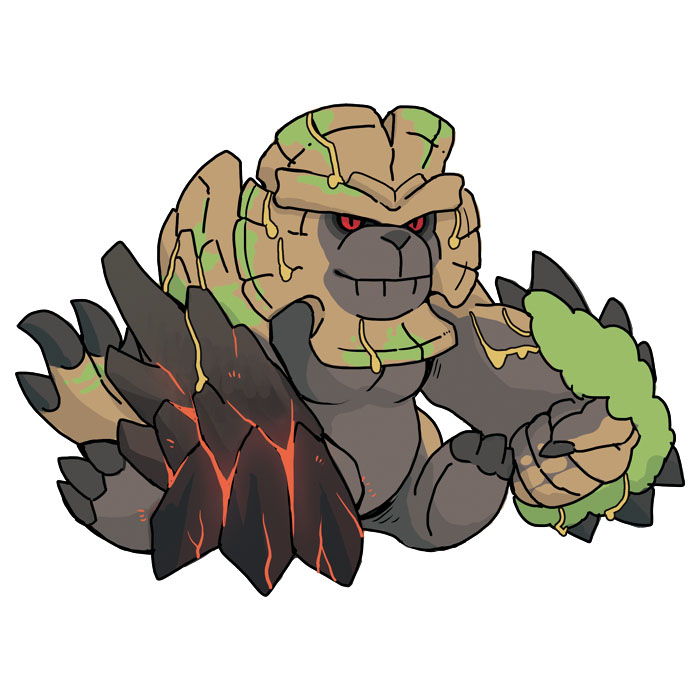
A mini-Garangolm illustration that Yamazaki-san is quite fond of.
Q1: First off, could you give us a quick explanation of your role on Sunbreak?A1: Apart from my tasks as a leader, I was in charge of monster animations. I was mainly in charge of Garangolm, one of the Three Lords. It’s one of the iconic faces of Sunbreak, so I tried my best to make it a unique and memorable monster.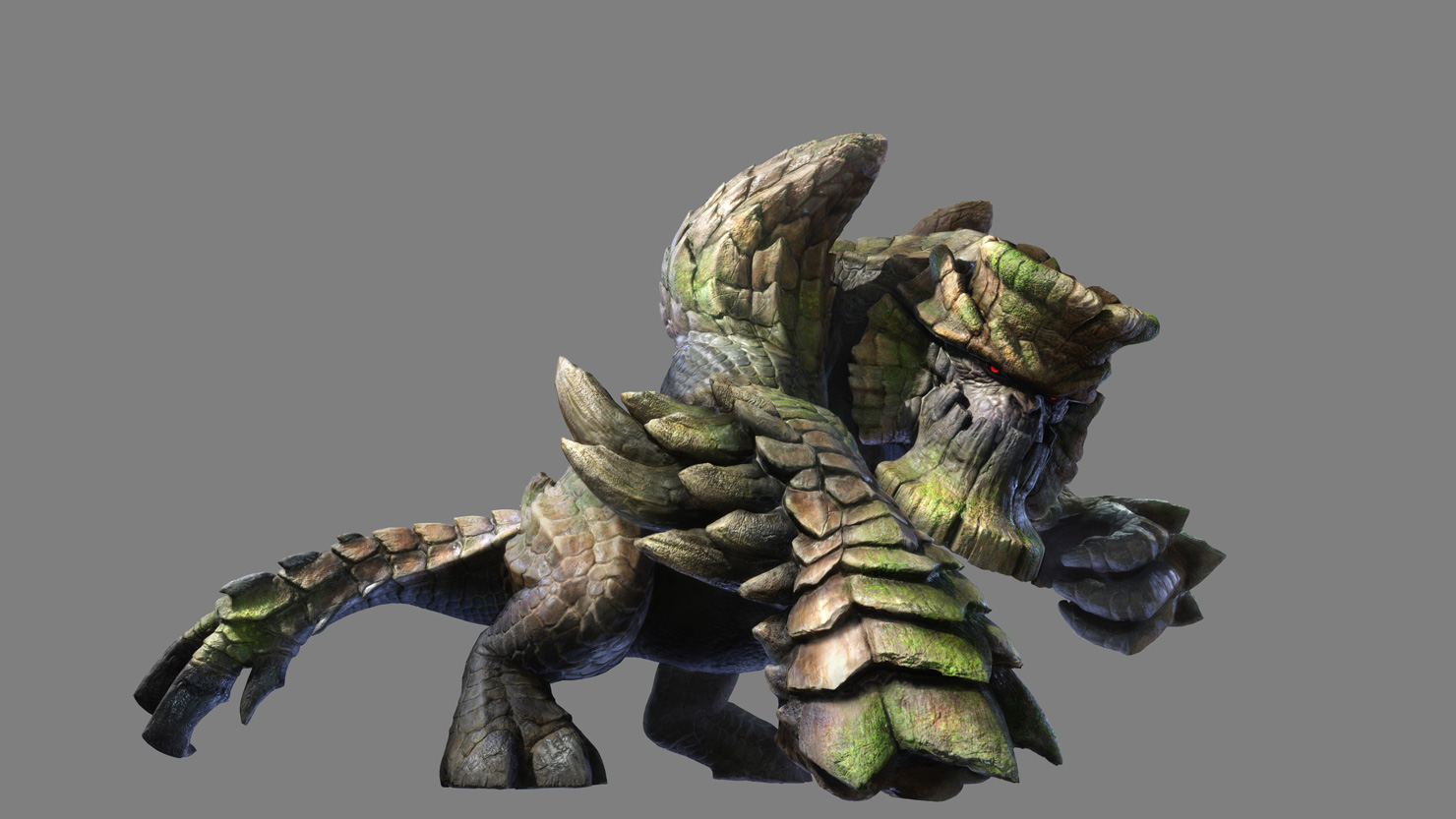
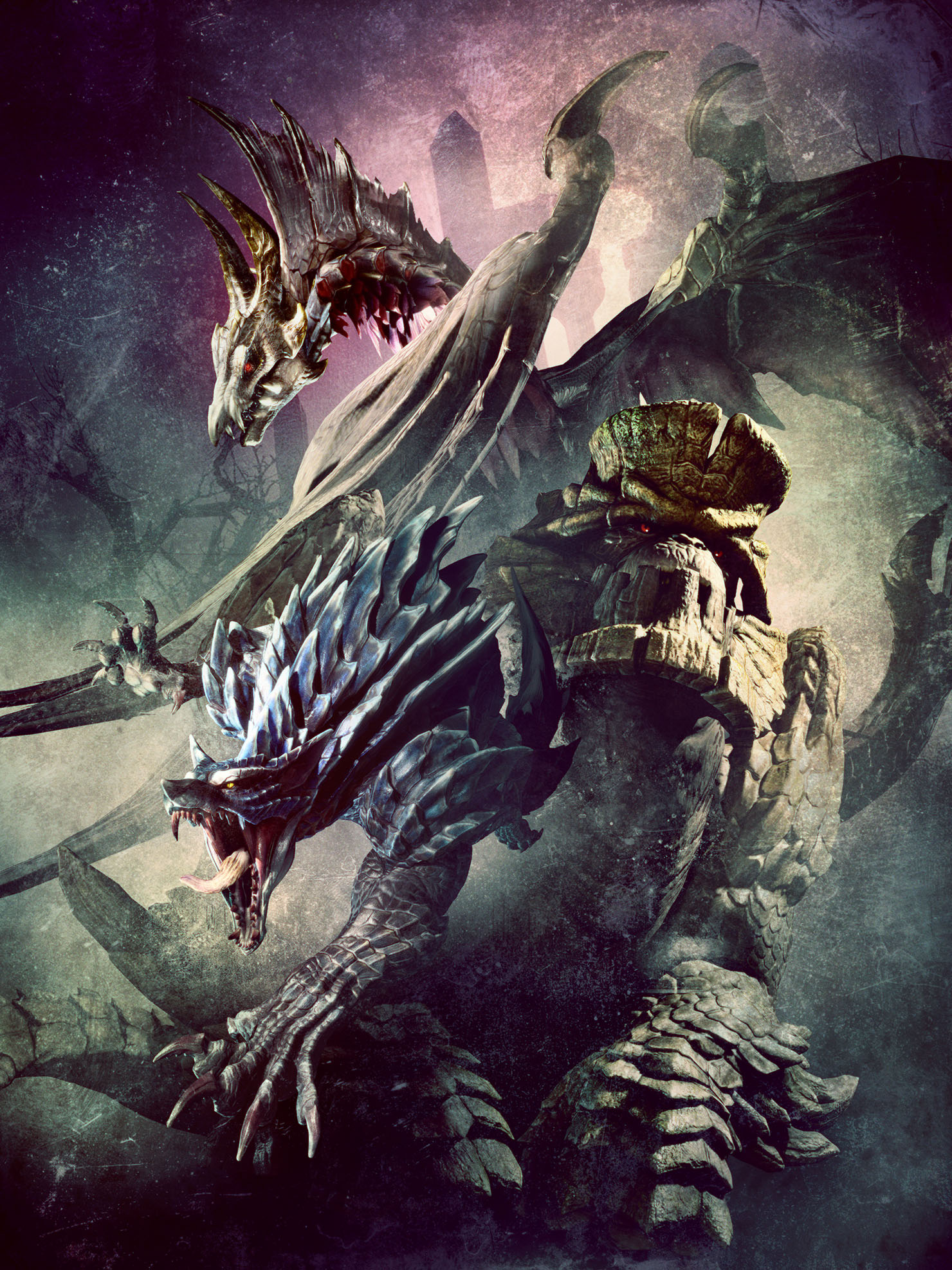
Q2: What kind of themes and guidelines did you use when designing the animations for the monsters?A2: Garangolm’s motif was Frankenstein’s monster. On top of that, it needed to behave like a “realistic” animal living in nature, so those were the two most important aspects of the animation design. I talked to the team members about its character a lot, and that’s how we ended up with the current Garangolm!Q3: What kind of process do you go through when creating animations?A3: The process for making monster animations is to first get a design doc from the game designers that contains info on what kind of gameplay they envision and what type of attacks they want to make. Based on that design doc and the character image of the monster, we start making temp animations. These temp animations are used to test the gameplay, and give a visual impression of the monster’s motions, its characteristics, and its uniqueness, which need to be vetted by the game director and the art director. When we get the OK, we start tweaking the animations in the game, alongside the game design and the VFX, which sometimes involves making modifications to improve the quality. Once the gameplay and visuals are hammered out, we go into the final brush-up phase, and then the animations are done!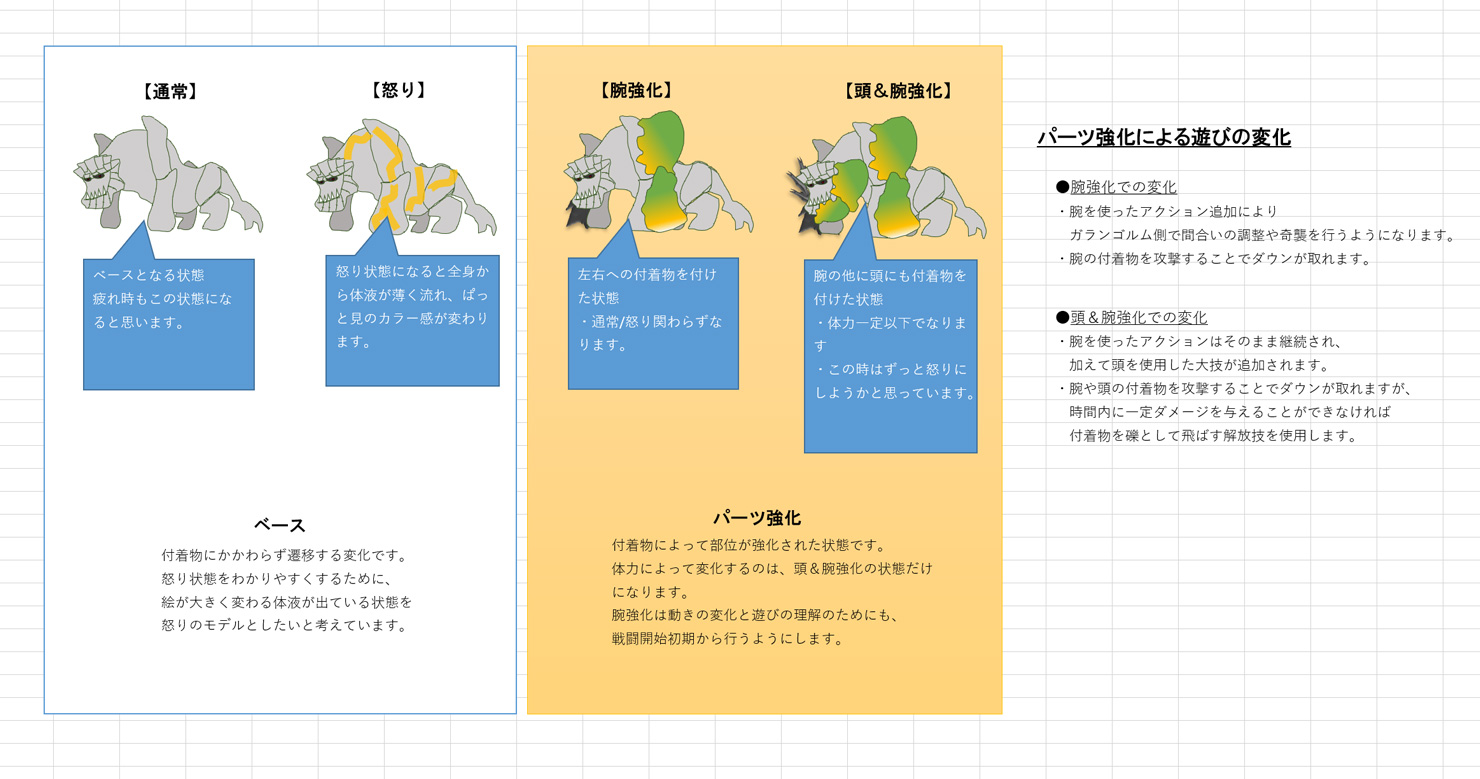
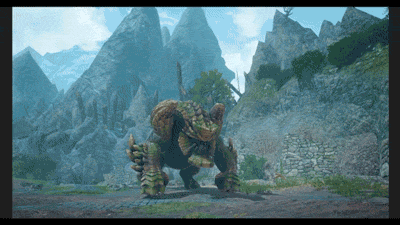
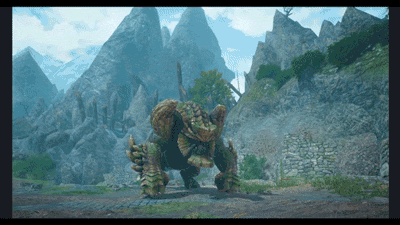
Q4: I’ve heard that even the monster animations are made using human motion capture. How does that work?A4: For characters like Garangolm that have motions that can be “copied” by human beings, we often use motion capture. We even sometimes use motion capture for flying monsters like Malzeno, where the actors have to use their arms as wings. This basically goes for all characters, but motion capture data is generally just used as a base “material,” and the actual finished animations tend to be quite different. However, we still maintain the more detailed movements and expressions the actors use when they play a monster, so we try to make the most out of the captured footage when creating the final animations.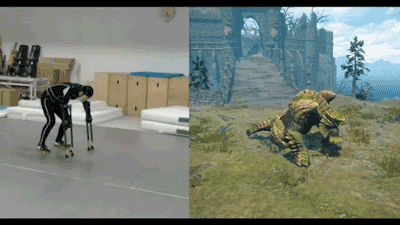
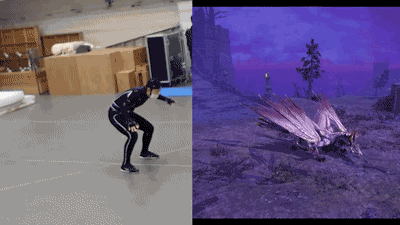
Q5: Being the person who created the animations, it must be really easy for you to dodge a monster’s attacks?A5: That’s right! For most attacks, I can immediately tell what’s coming just by looking at the start-up animation, so I’m generally able to dodge everything. I also know exactly when the monster is open to counterattacks, so I know when to move in to retaliate. But this knowledge also often leads to overconfidence, so it’s not like I can just trounce every monster I’ve worked on, and I can still have a lot of fun fighting monsters I’m familiar with.
Each monster has its own unique characteristics, so I encourage people to take a close look at the animations (while dodging and keeping a safe distance of course).Closing Comment from Shibata:
It’s interesting to know that the animators strive to reflect each monster’s character and uniqueness in the animations, while keeping in mind how “realistic” the monster is as a naturally living creature, and what kind of gameplay they want the players to experience. It must be very satisfying to fight a monster whose attacks you’re intimately familiar with, but still not always being able to avoid them.
Next time, I will be talking to Moeri Abe about Canynes, because we didn’t get around to that when we did the Rise interviews!
-
Hello everyone! Koichi Shibata here, reporting from the Monster Hunter Rise dev floor!
For our twenty-fifth round of Monster Hunter Rise interviews, I will be talking to Moeri Abe, the designer of the Canynes, the new Buddy added in Monster Hunter Rise!
Vol. 25
Monster Hunter Rise: Sunbreak DesignerMoeri Abe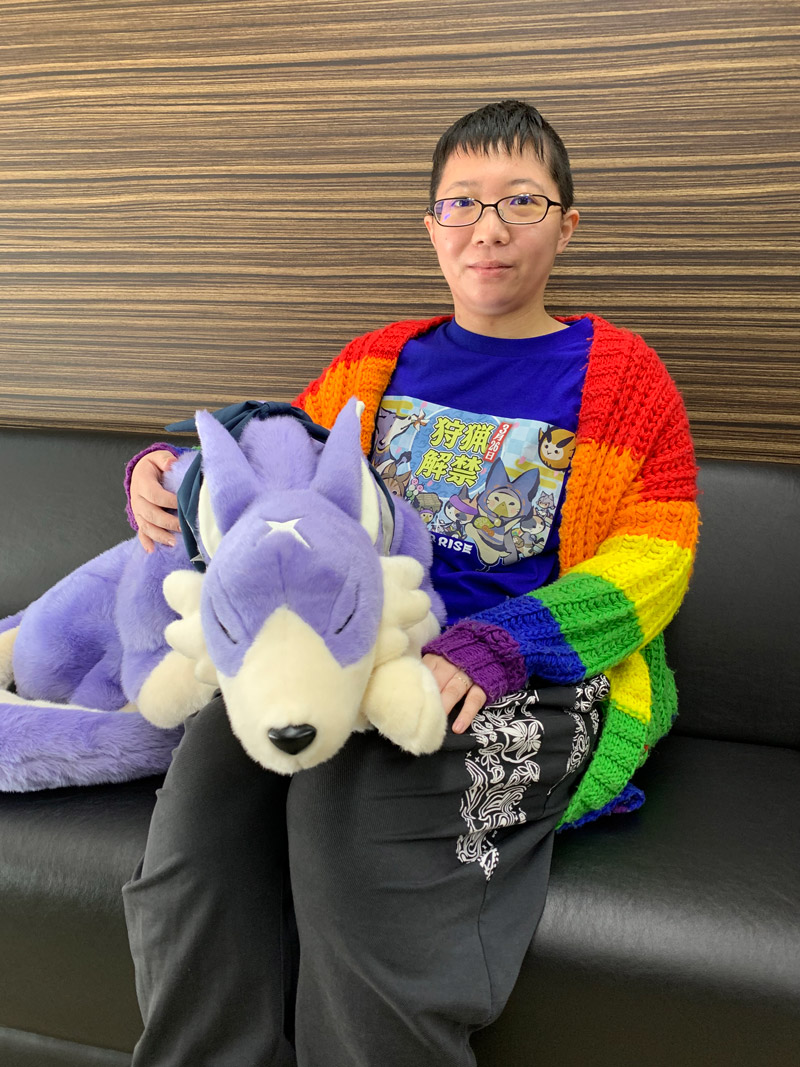 Q1: First off, could you give us a quick explanation of your role on Rise/Sunbreak?Rise:
Q1: First off, could you give us a quick explanation of your role on Rise/Sunbreak?Rise:
At first, I designed the Canynes and the Wirebugs.
I also made the concepts for Bishaten, Rakna-Kadaki, and Crimson Glow Valstrax.
I designed Palamute armor, came up with Canyne variations for the character editor, created and supervised the modeling of the Canynes, designed weapons and props, and loads of other things!
▼These are some of the equipment designs I have the strongest memories of. Of course the default equipment is the one that was used for a lot of materials, so that’s the one I have the strongest memories of. I had a very hard time creating the Alloy armor… I like how the Barrioth and Great Baggi design match that of the player’s armor.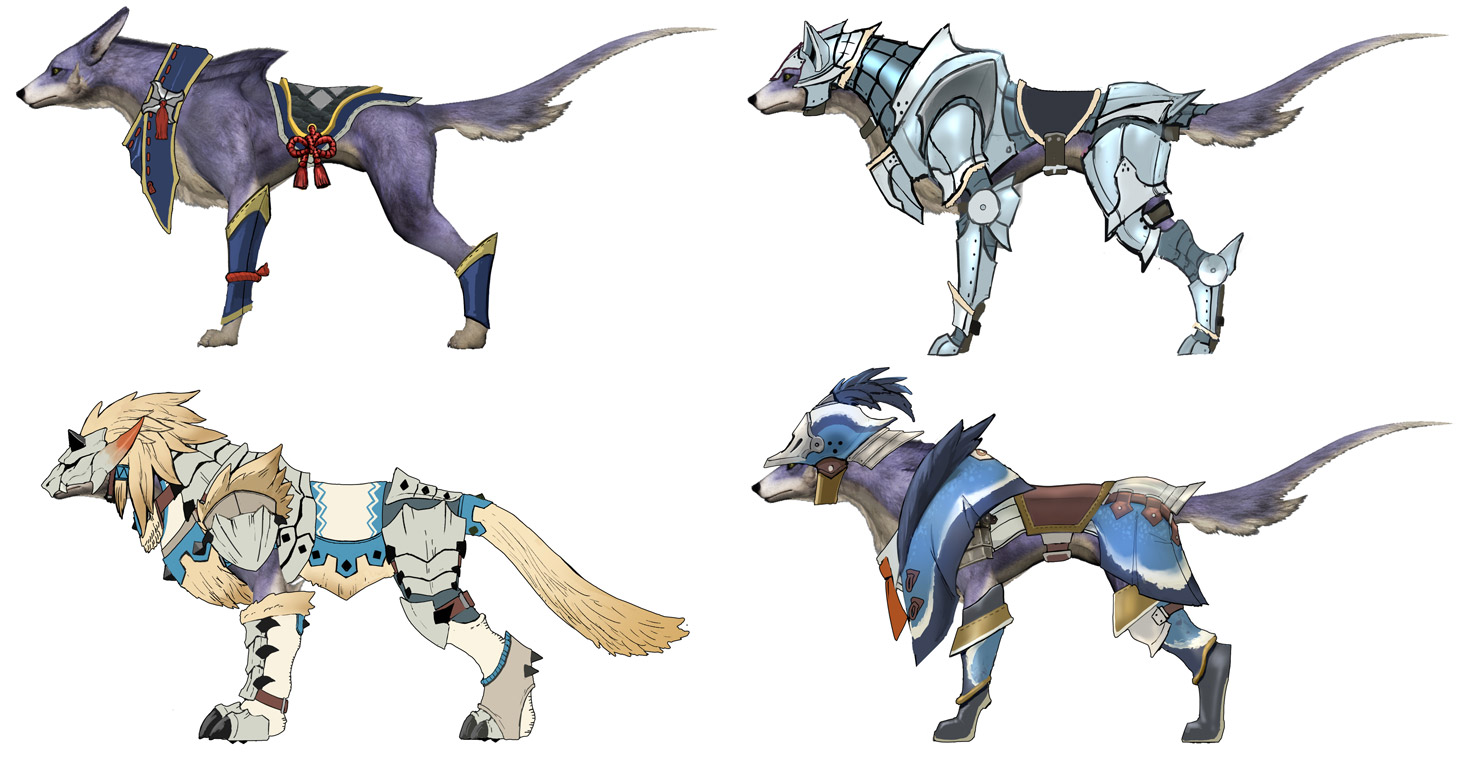
▼Here are some of my favorite pieces of equipment that I modeled myself. There’s a Palico in there as well, and I remember having some ardent conversations with a veteran designer about how to make the silhouette look cute and cool at the same time, haha.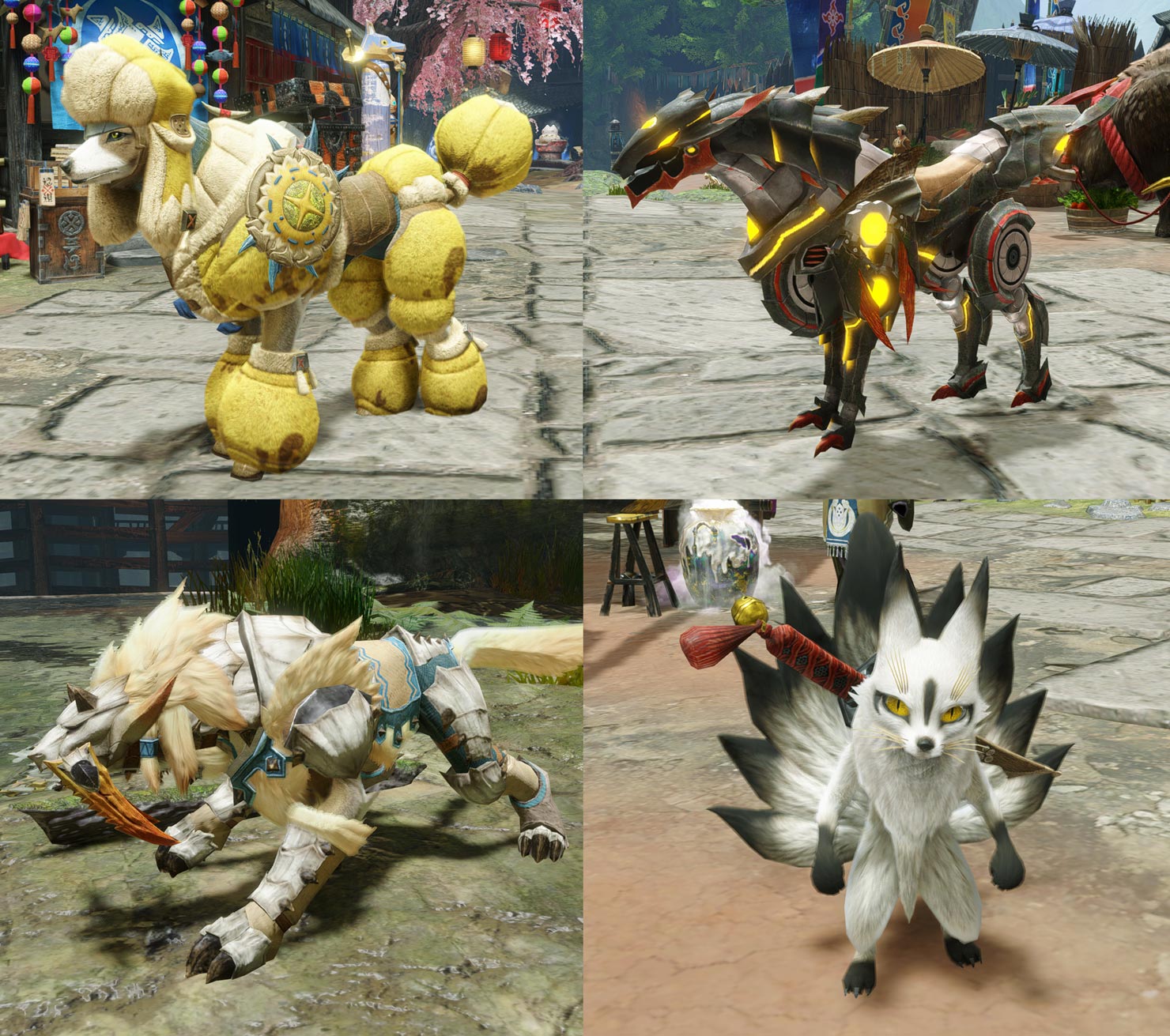
Sunbreak:
I was mainly in charge of designing Gaismagorm, and helping out with the supervision of other monster designs. As for the Palamute armor design…I didn’t create them myself, but I had a lot of help from new recruits and other designers.Q2: What kind of requests and orders did you get from the Director regarding the themes of the Palamute designs?A2: The most important thing was to create a clear contrast with the Palicoes. Canynes had to look cool, and dog-like, but not resemble a wolf or a monster. An important theme was to make them look like “trusty partners.”
Initially, I was told that they would be Buddies that provide attack support in combat, so I gave them sharp eyes and even scales, so they had quite a few monster-like elements. However, after talking to the designers and the Director, Mr. Ichinose, we gradually started adding more dog-like elements.
▼The idea of Palamutes being your partner/buddy also resulted in some images reminiscent of a falconer and his raptors. Parts of the silhouette that came from those ideas are still present in the current design.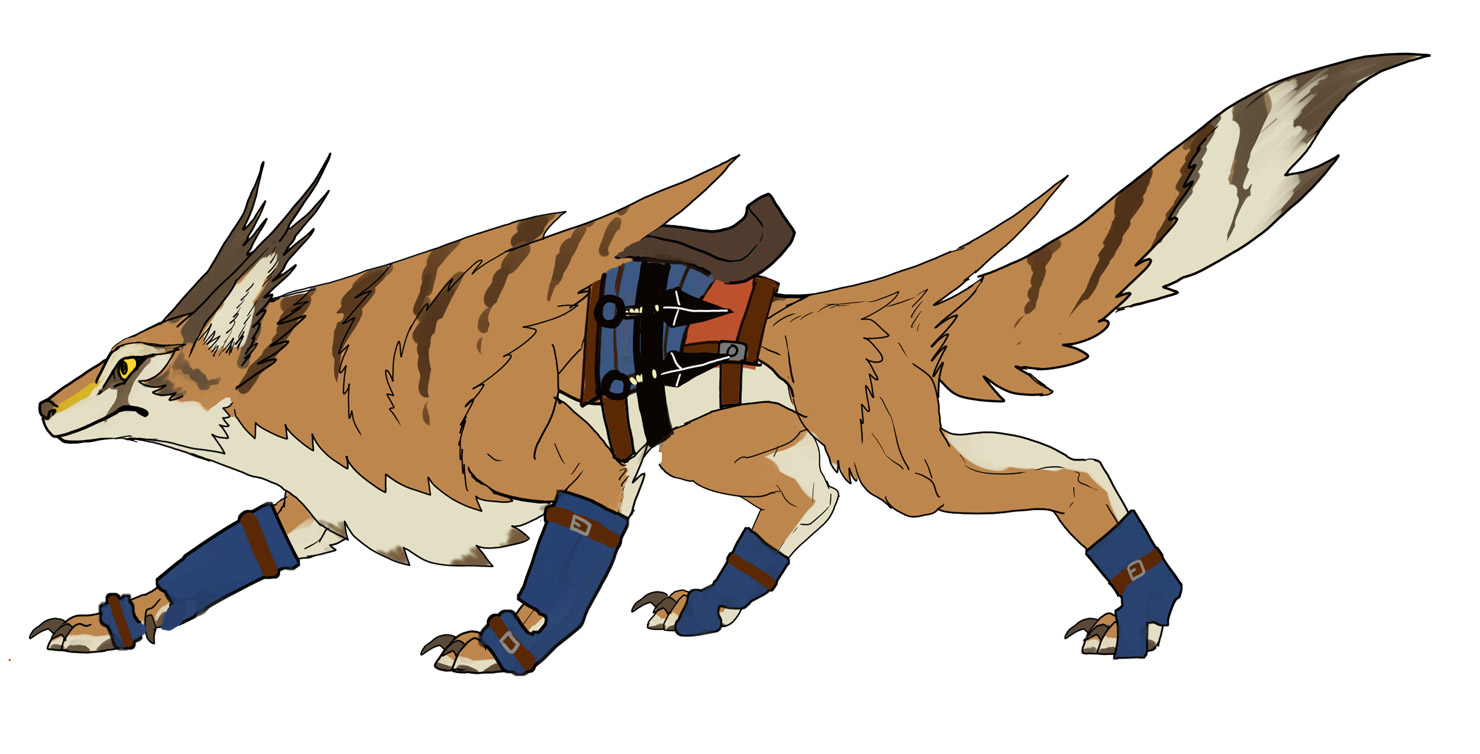
▼At some point we used a thunderbolt pattern as well, to emphasize speed. It seems a bit ostentatious if you look at it now, haha.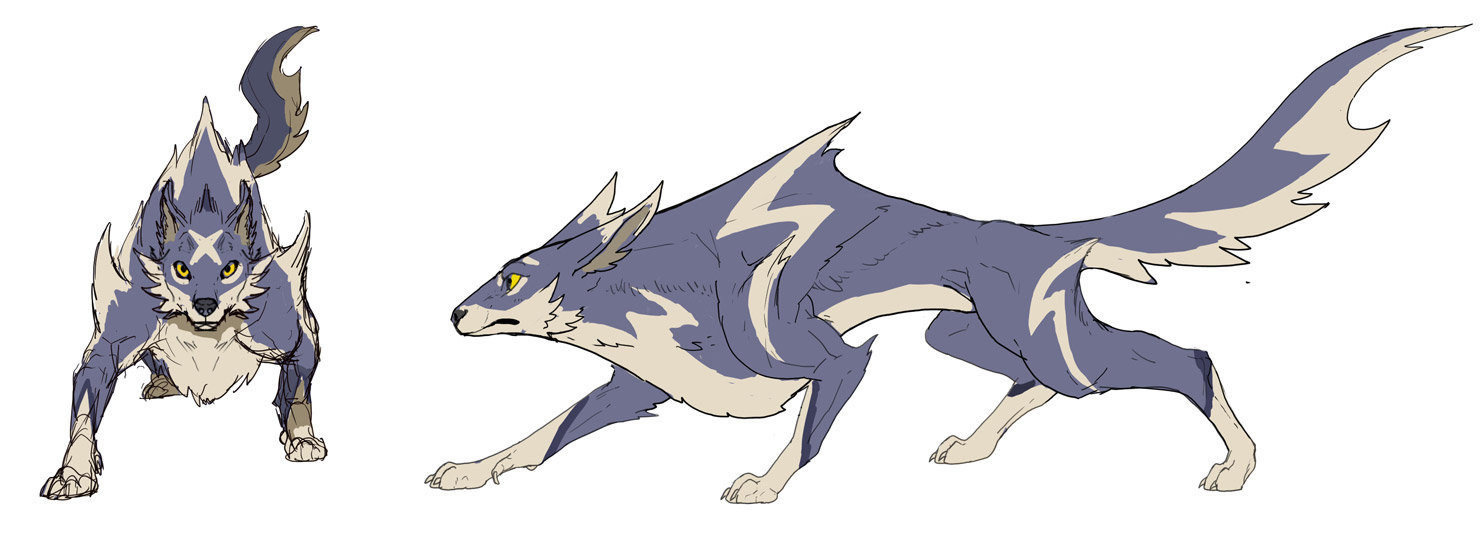
▼This is one of the ideas we had once we had decided on a final direction. The picture at the top left looks more like a monster than a friendly partner, right? I recall that, once we had decided on the colors, progress became a lot faster. Theme colors are very important!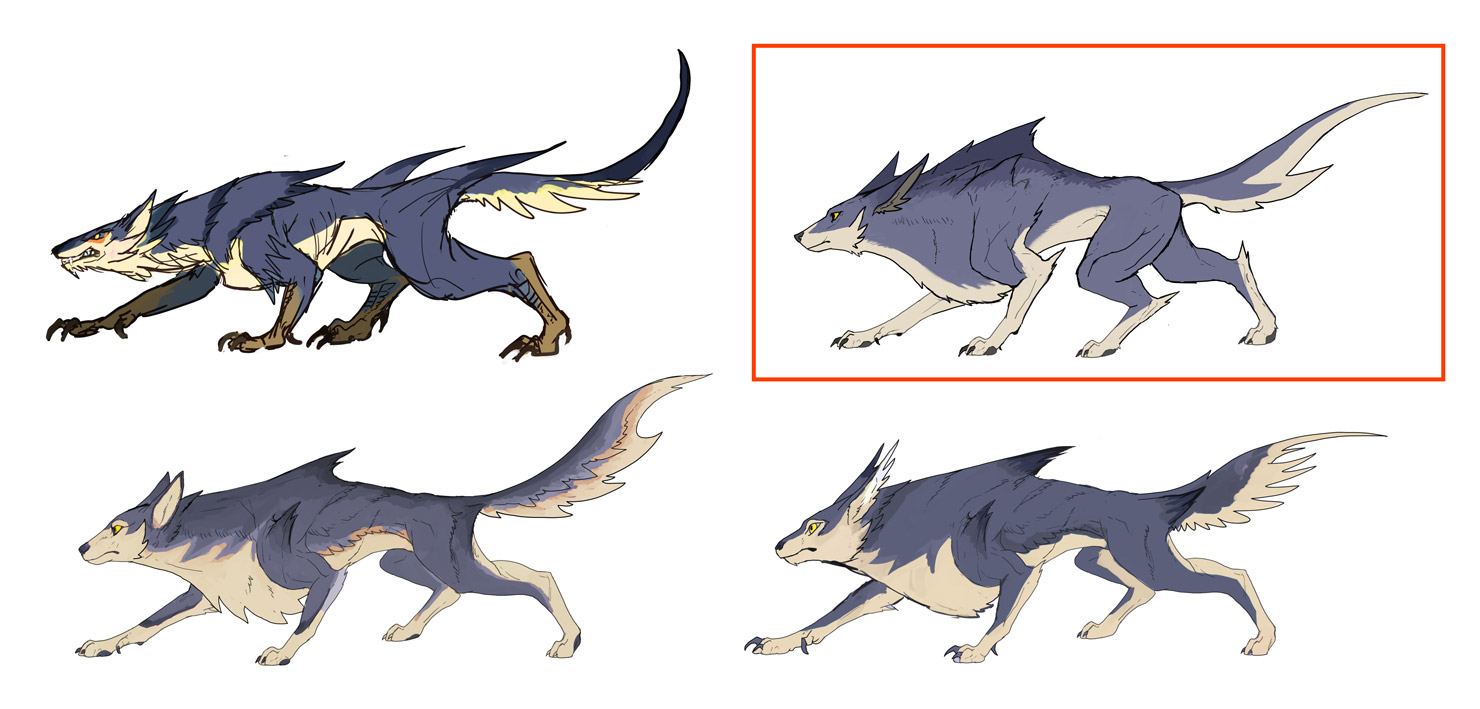
One of the keywords for MH Rise was “Ninjas,” so we started wondering if we could add some ninja-like elements, and if we should give them a color that creates a nice contrast with the light-brown Palicoes, and that’s how we ended up with the current bluish purple. The main color we ended up actually using is actually a bit brighter than the color we used in the concept art, because we needed to make sure that the equipment didn’t blend in too much with the color of the fur.
We also reduced the chest fur to prevent it from clipping through pieces of equipment.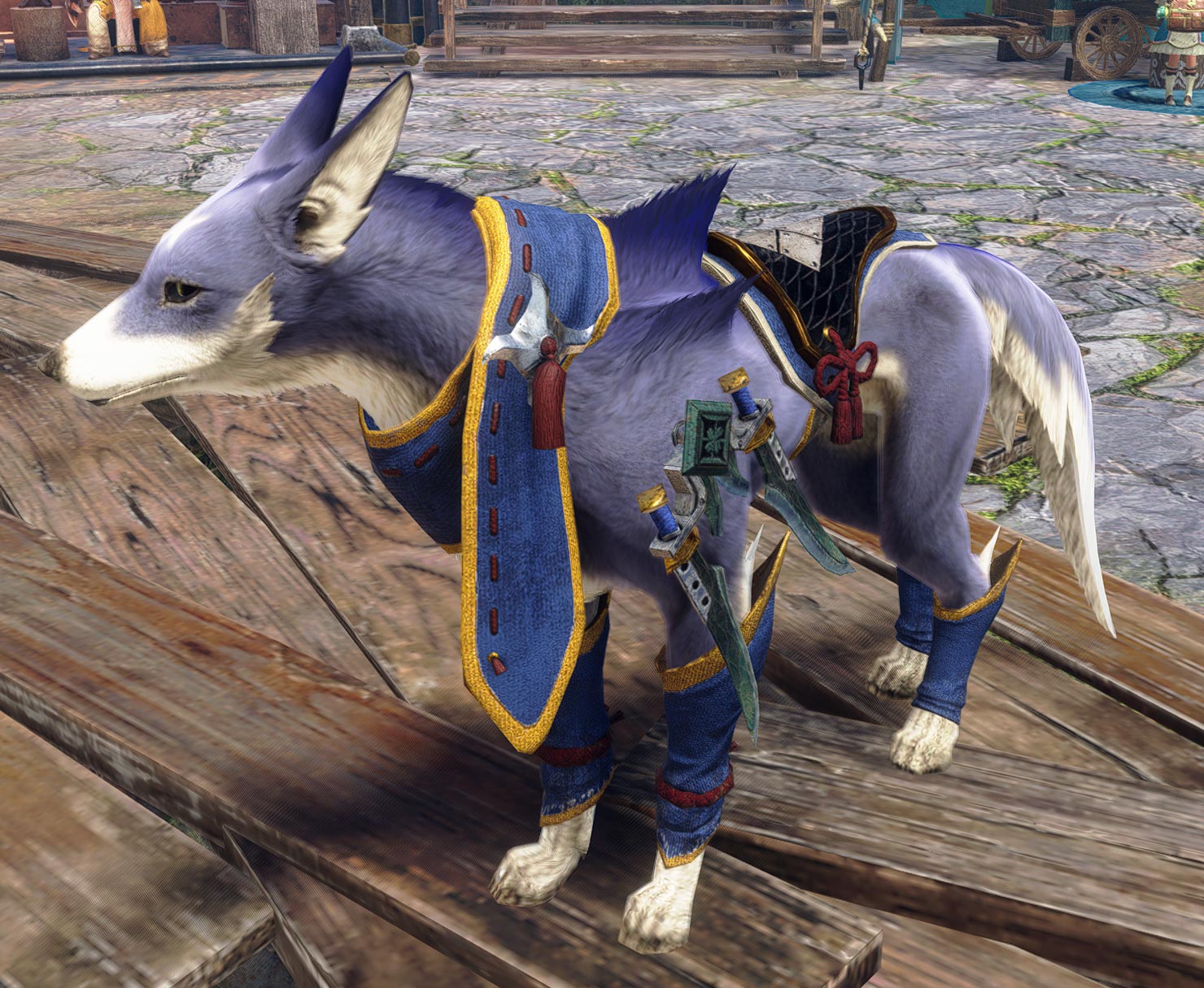
Q3: Was there anything you were very particular about during production?A3: I asked one of our veteran modelers to do the actual modeling for the Canynes, and they paid attention to every little detail I asked for. For instance, I asked them to base the musculature not on a wolf, but on a Saluki, which is a type of hunting dog. On the other hand, since the player is going to spend a lot of time riding it anyway, it shouldn’t be too detailed either, and they found the perfect balance. If you look at it from a distance, the silhouette looks supple, like ‘cheek hair,’ and if you look at it from behind you can see the soles of its paws. We actually made a variety of different designs for the underside of the paws, based on what kind of equipment it’s wearing, so you should try having a look for yourself!
And of course, both the fans and the devs alike were very excited about being able to interact with the Palamute!
Everyone, including Mr. Ichinose the Director, had lots of ideas from the start of development, so when we were finally able to implement it, everyone was super motivated!
I remember talking to a lot of people from a variety of sections, and they didn’t just want to be able to pet it, they wanted to be able to rub its belly as well!
▼An early design idea of Mr. Ichinose.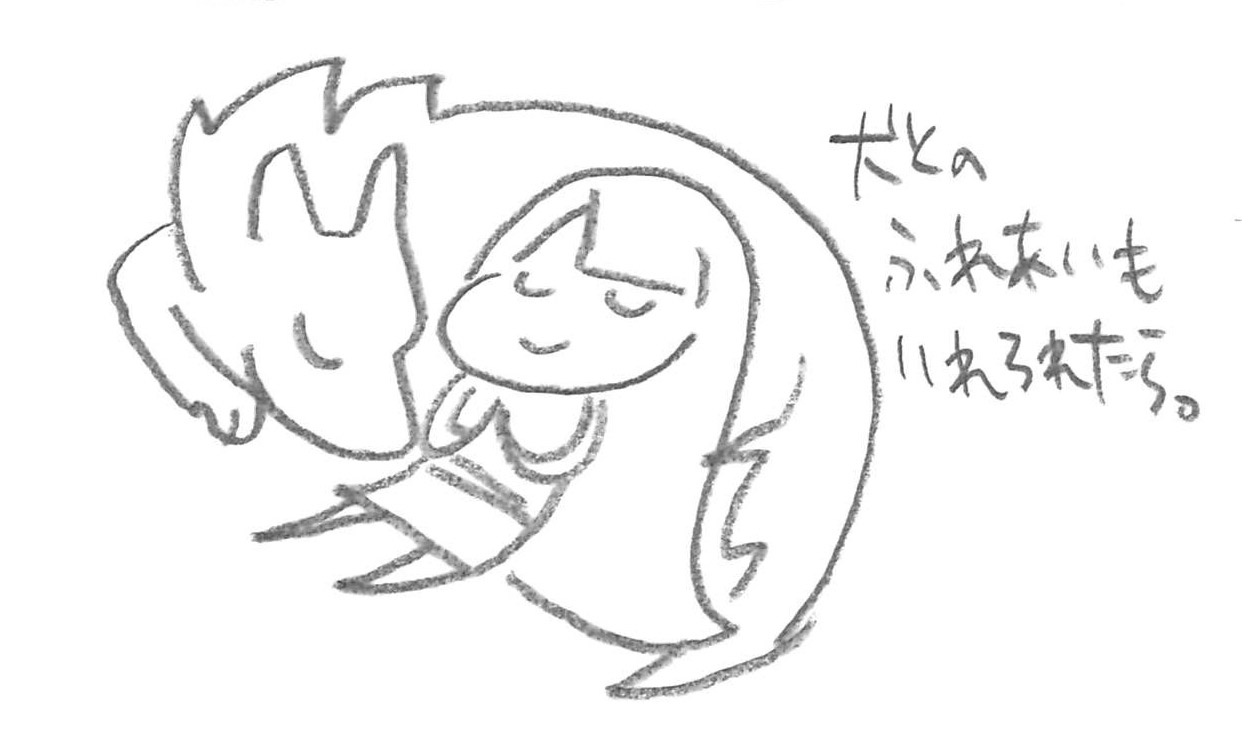
▼In-game screenshot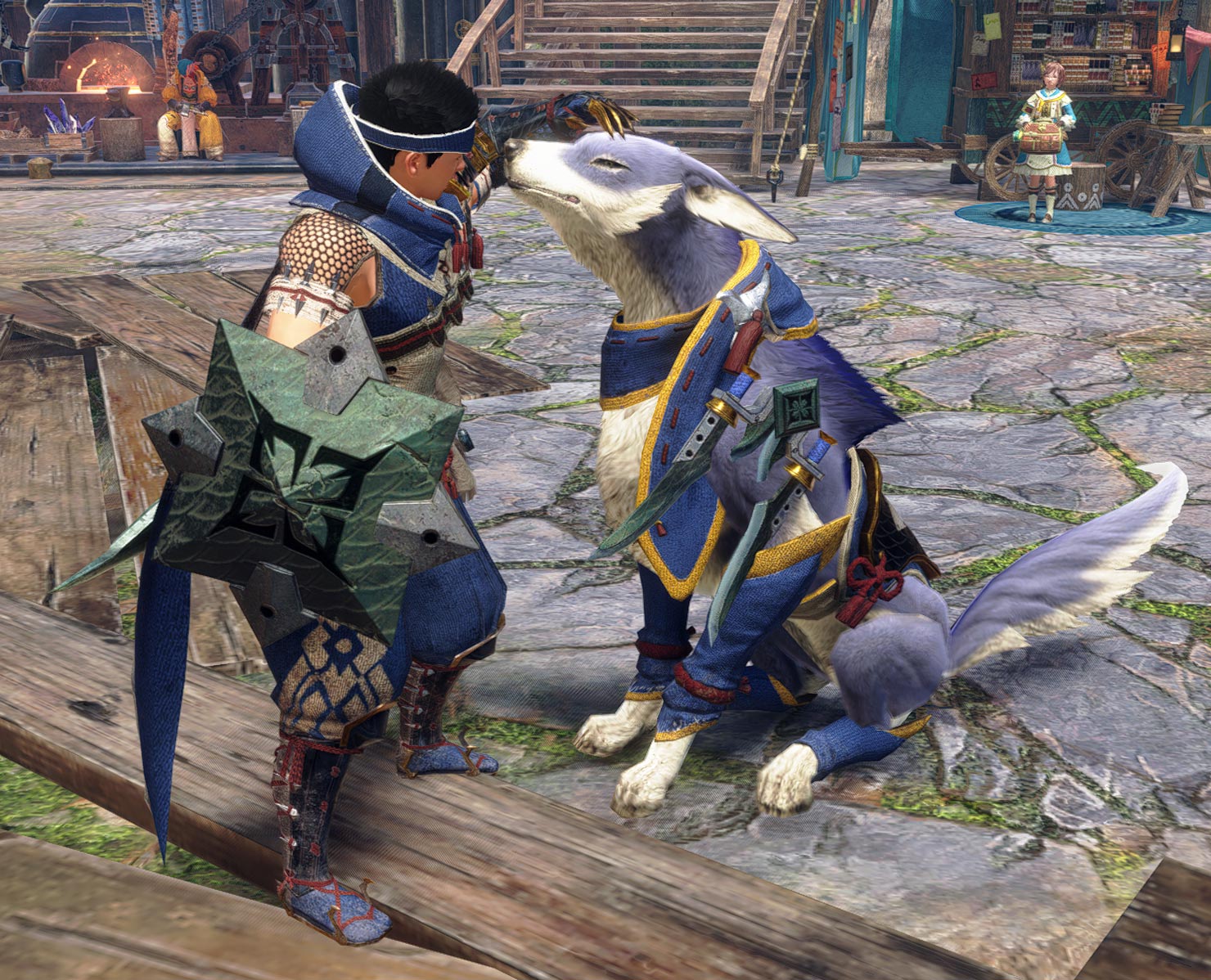
The day this was implemented I couldn’t help but stare at the screen the whole day long.
In terms of the combinations of patterns, we wanted to preserve the unique qualities of the Palamute, but we also wanted to be able to recreate various different dog breeds, so I had to work hard with the modelers to figure everything out. Especially the tricolor design was very hard to balance and during the period we were working on it, I had bad dreams about it every night, haha.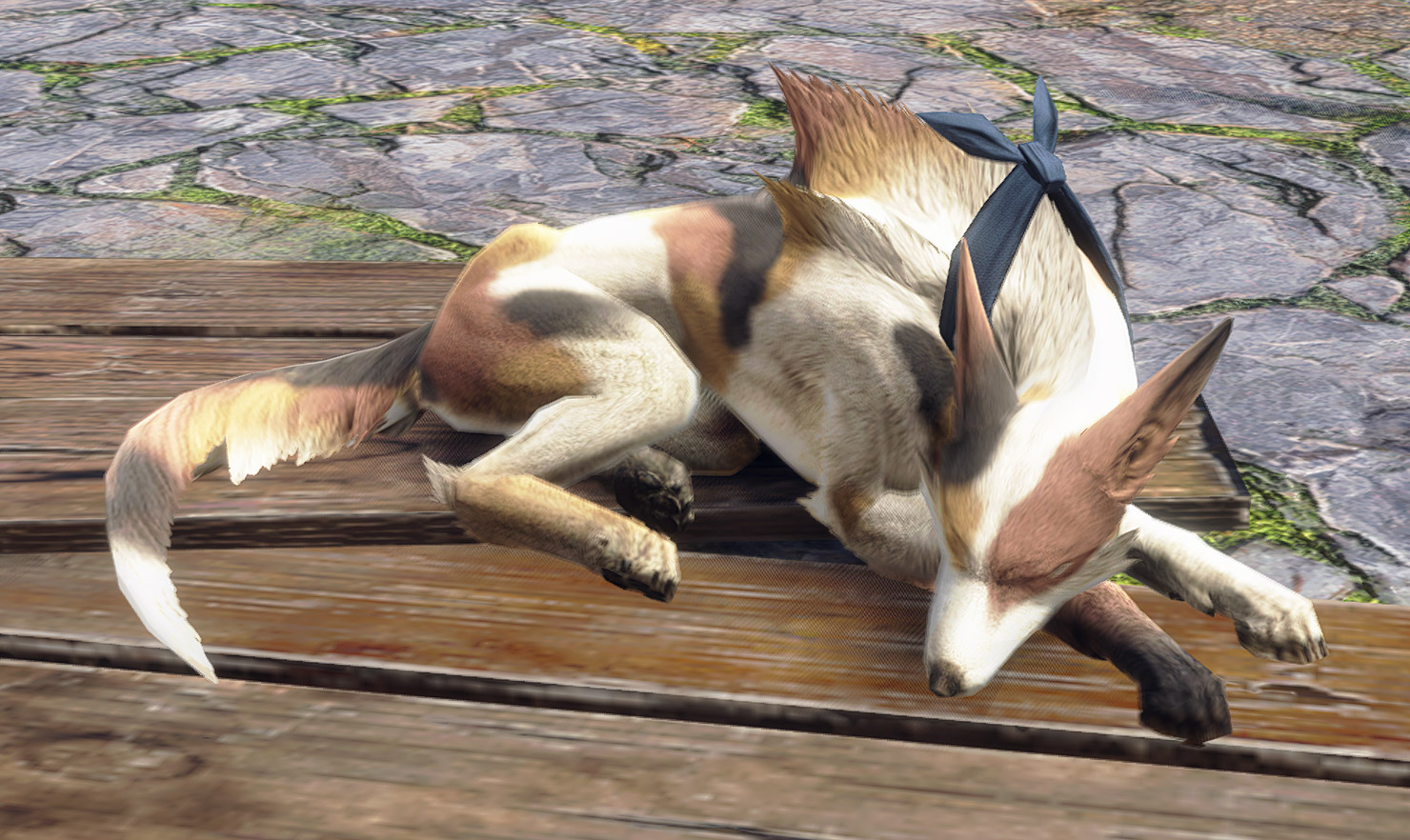
And it wasn’t just the Canynes’ appearance we were particular about, there were also lots of talks about how they would move in the game. What would be the exact location where the player character would be sitting when riding them? Can we have them wag their tails differently depending on the equipment? Can we have their ears wiggle!? etc.
This process continued until the final stages of development. I think that, thanks to everyone who worked so passionately on every little aspect of the Canynes, we were able to create a cute character that’s very popular with the fans!Q4: Palicoes are the predecessors of Palamutes, and as so-called ‘Lynians,’ they are able to communicate verbally with people, but no such setting seems to exist for Canynes. Why is that?A4: This involves the world settings, so I’m going to pass this one along to Mr. Ichinose.
Ichinose: “Part of it was that we wanted to separate Canynes from Felynes. By making them ‘fanged beasts’ instead, we were able to give them their own unique characteristics, like being able to ride them, etc.”
▼This is one of the first of Mr. Ichinose’s precious design ideas!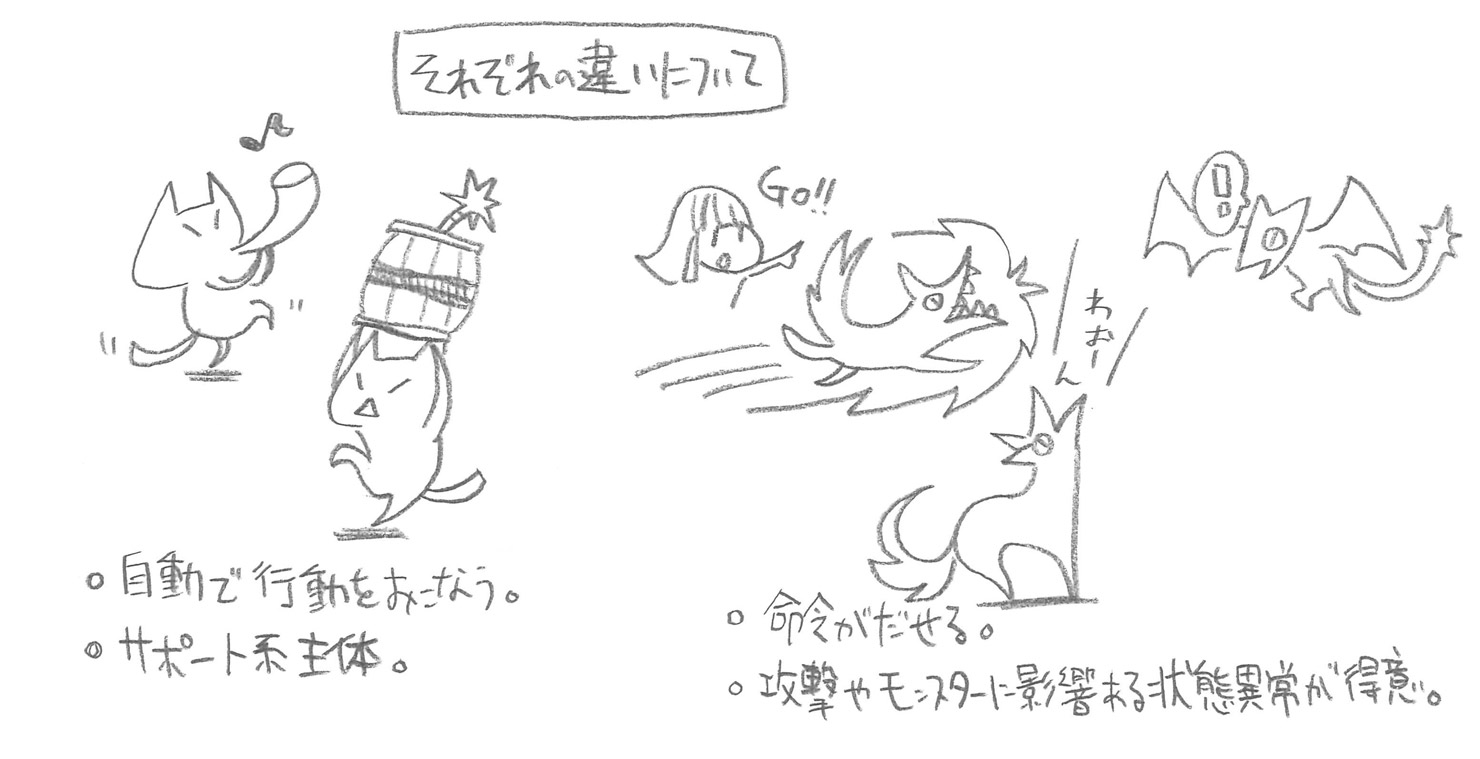
Q5: We do not get to see any wild Canynes in the game. Where do they live? (This question was also answered by Mr. Ichinose)A5: Ichinose: “We do not show this in the game, but wild Canynes live in the mountains around Kamura Village, and they’ve lived in close contact with humans for a long time. This is the reason that you can find some Canyne statues in the Shrine Ruins.”Q6: So, when you go hunting, do you take a Palico with you, or a Palamute?A6: A Palamute of course, because I love to drift all over the place!
However, when taking on very difficult quests or Rampage Quests, I tend to use Palicoes as my lifeline, haha.
I’m also very happy that we got to add some Palamute Gear in Sunbreak that we weren’t able to implement in Rise!
▼Who doesn’t want their Palamute to be equipped with ballistics?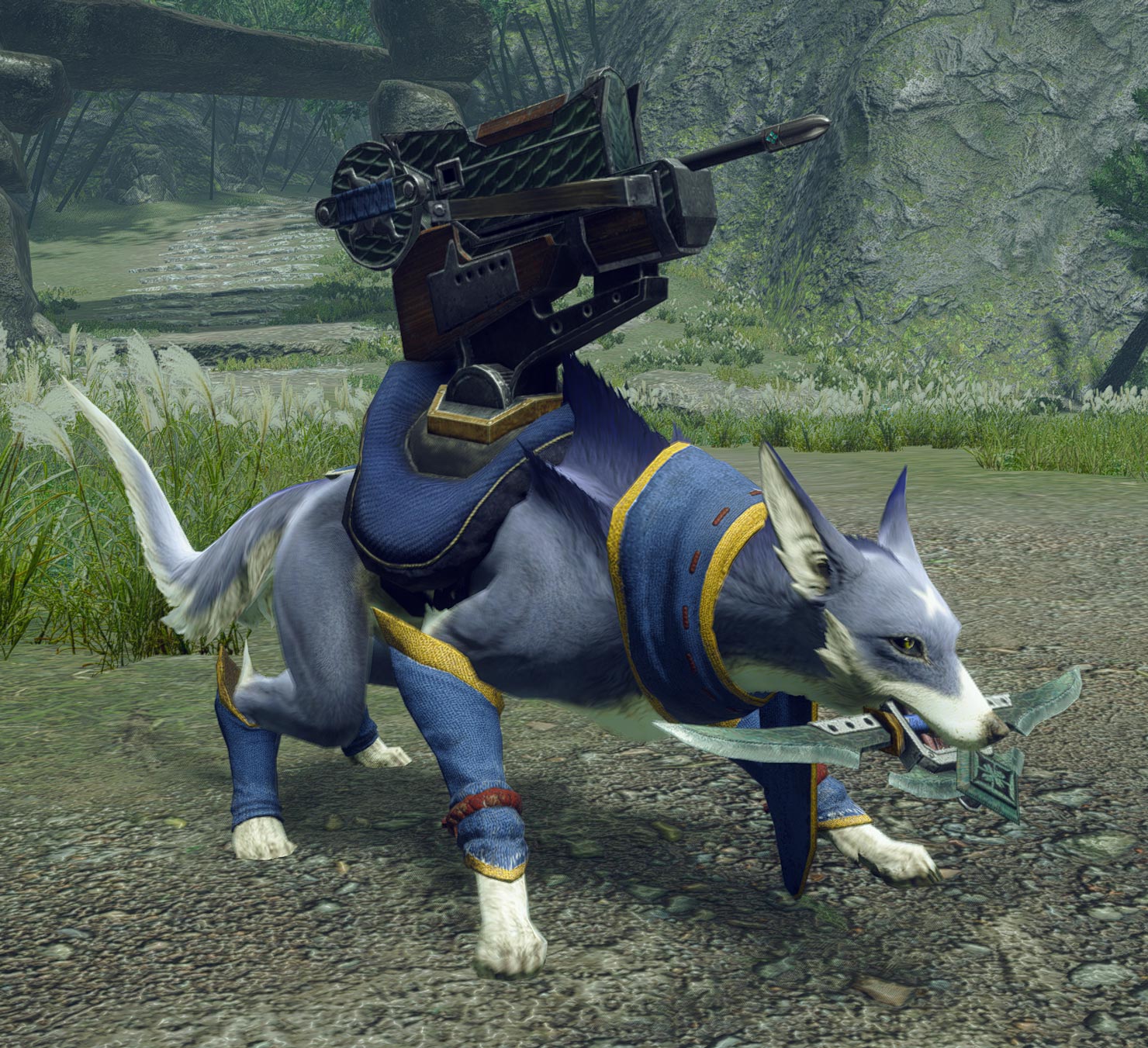
Thank you, Abe-san!
It’s interesting to see how Canynes went from an initial monster-like design to something with gradually more dog-like elements. When I was little, I always dreamed of riding a big dog, so I was super happy when Rise made that dream come true! And since this is a new type of Buddy, it was great to see the designs for all of the new equipment, not just for the new monsters, but for legacy monsters as well!
Next time, we’re going to change things up a bit, and we will be looking at the production of promotional items. I’ll be talking to Yosuke Noro, who’s in charge of overseeing the design and coloring of the CFG (Capcom Figure Builder) monster figures that Capcom makes!
-
Hello everyone! Koichi Shibata here, reporting from the Monster Hunter Rise dev floor!
For our twenty-sixth round of Monster Hunter Rise interviews, I will be talking to Ryusei Noro, about overseeing the design and coloring of the CFB (Capcom Figure Builder) monster figures that Capcom makes!
Vol. 26
Monster Hunter Rise: Sunbreak CBF ProductionRyusei Noro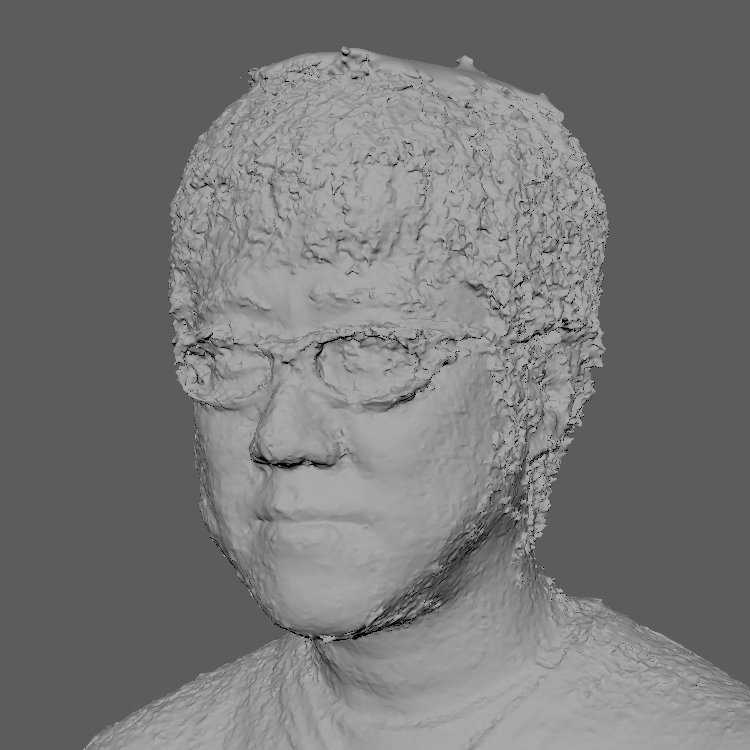
↑A 3D-scanned image of Noro-san’s head.
Q1: First off, could you give us a quick explanation on what you do?A1: First, I create production documents including in-game screenshots and modeling data that are required for the figure modelers to do their work. They create a prototype based on this, which I then check for size, before going into more details about the texture/quality of the figure. After that comes the coloring, which I also checked based on what the monster looks like in the game.
It involves a lot of back-and-forth between me and the modelers and painters.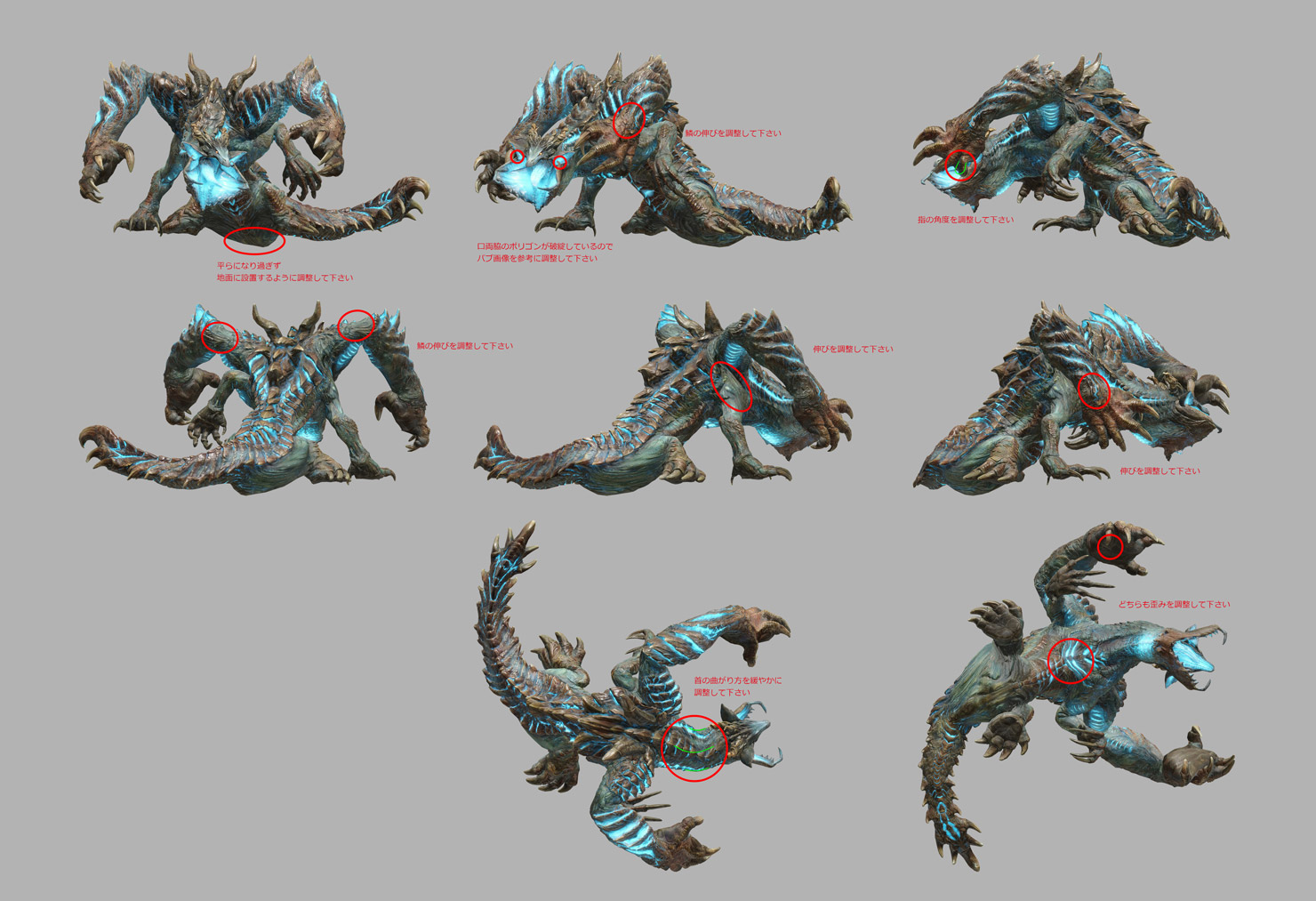
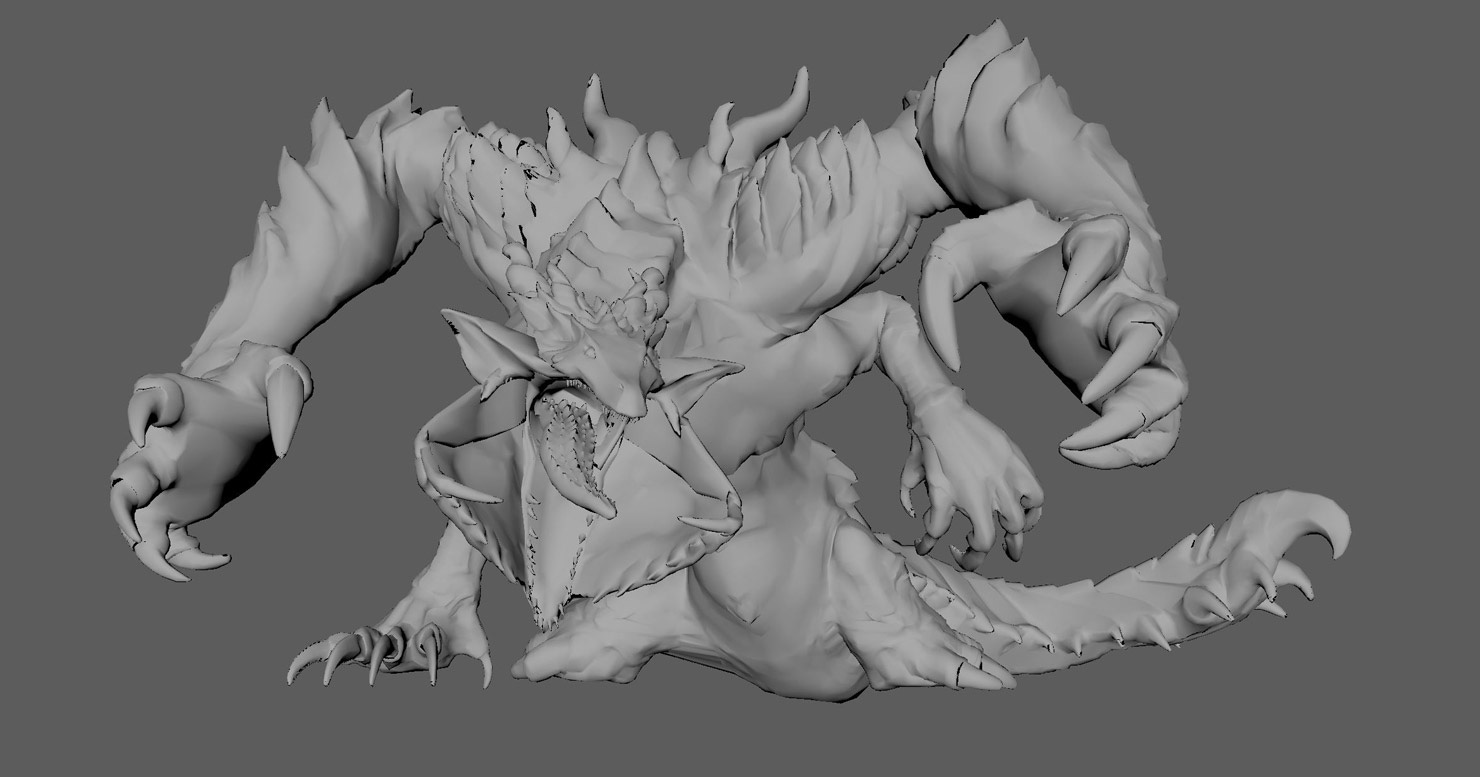
Q2: Was there anything you were very particular about or that you struggled with during production?A2: I was very particular about the coloring to make the monsters look as lifelike as possible. The texturing technology has really advanced a lot in recent years, so conveying the complex coloring through words and written text to the painters was quite complicated.
Also, in regards to the shape, I paid particular attention to the images of the monsters used in promotional materials. However, these images are 2D so the poses are made to look cool in 2D, but when you’re looking at a figure, you can obviously look at it from any angle, and so we had to fill in the parts you cannot see in 2D, which could lead to discrepancies with the in-game monster.
Finding an adequate middle ground between 2D and 3D was very complicated as well.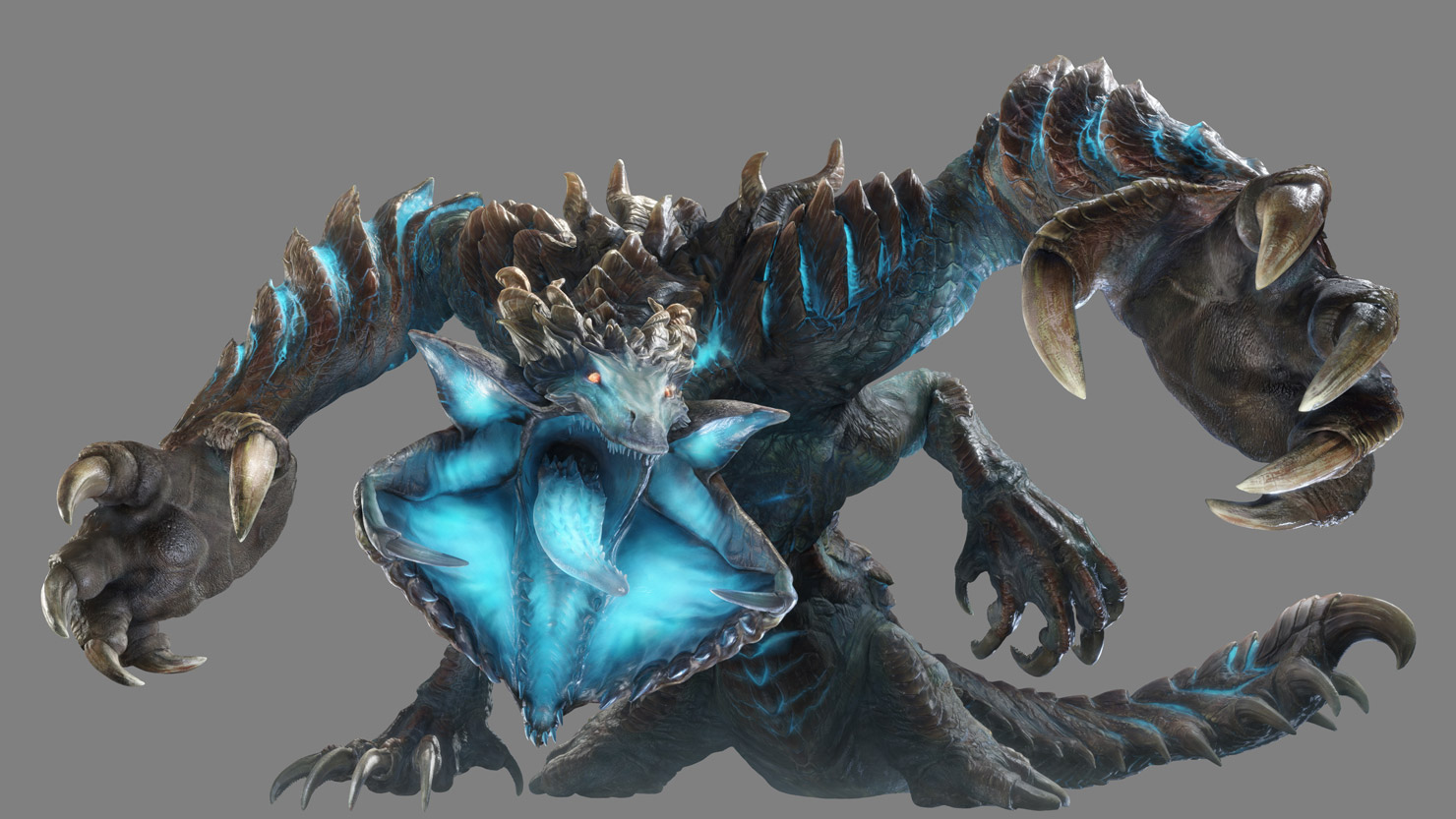
Q3: Did you make any new discoveries by going through this process?A3: As I mentioned above, it was difficult to convey the exact coloring just through words and text alone, so when it comes to how we managed to get the point across and getting the product finished, I ended up having to print out and send the design to the painters physically, because if you look at it through a monitor, it can end up looking wildly different, just depending on what kind of monitors we are using and what kind of monitors the painters are using.
So I discovered that the analogue way was actually the most efficient way, haha!
Also, it’s been a great experience to be able to talk to the modelers and the painters, and ask them about all of the production processes and techniques required for finalizing the product. This will be of great use for future projects as well.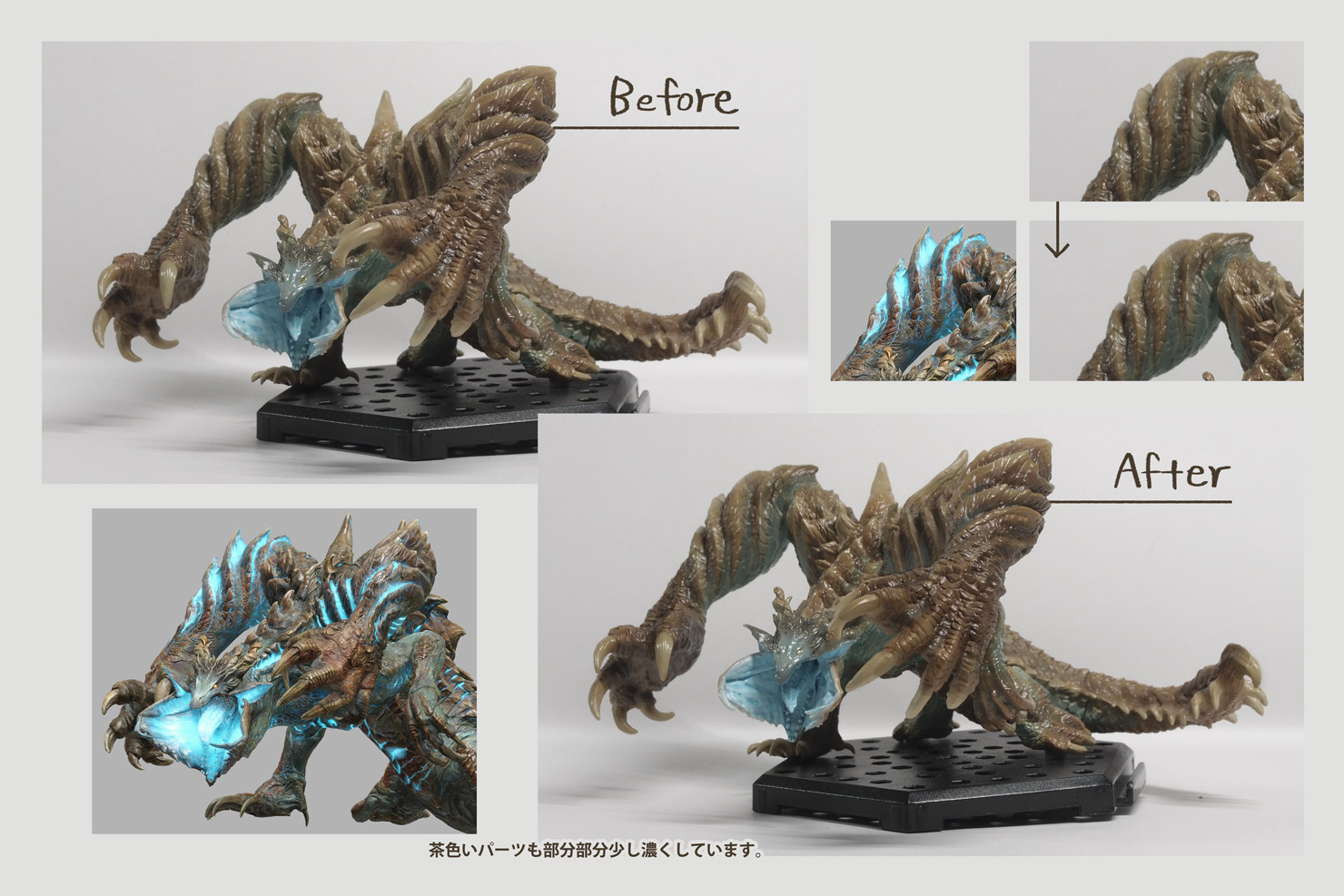
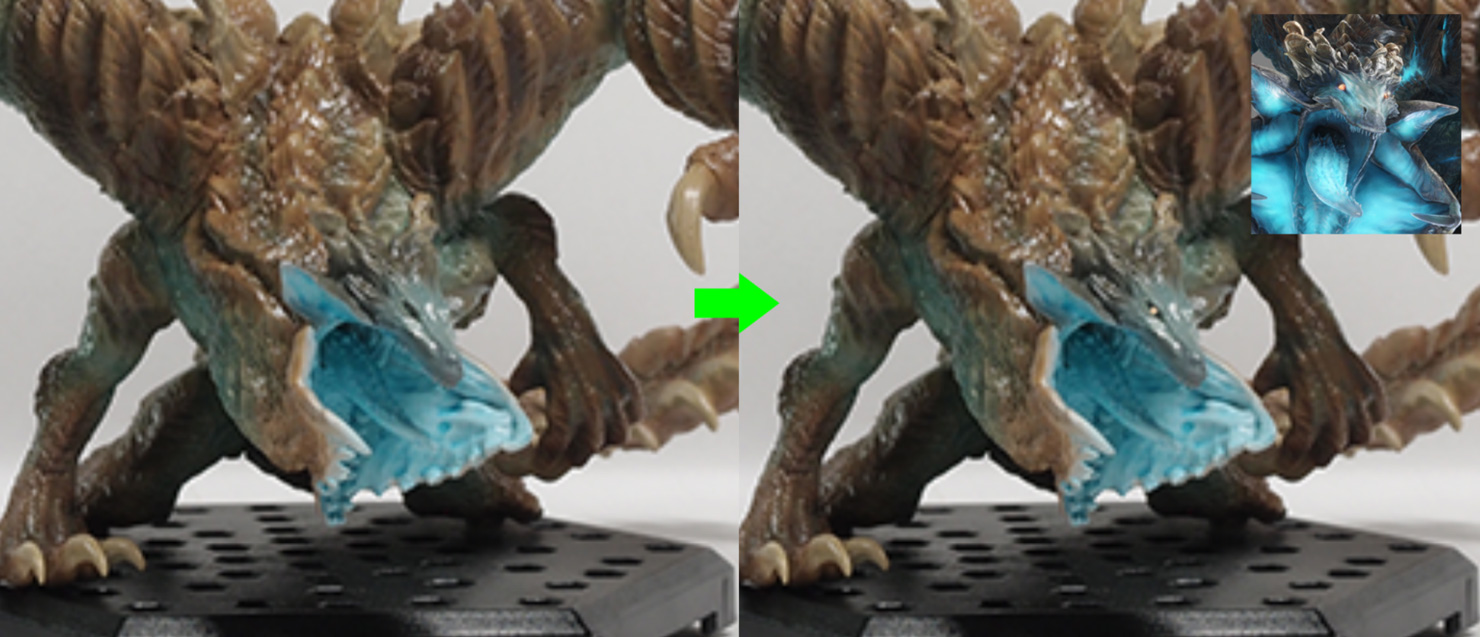
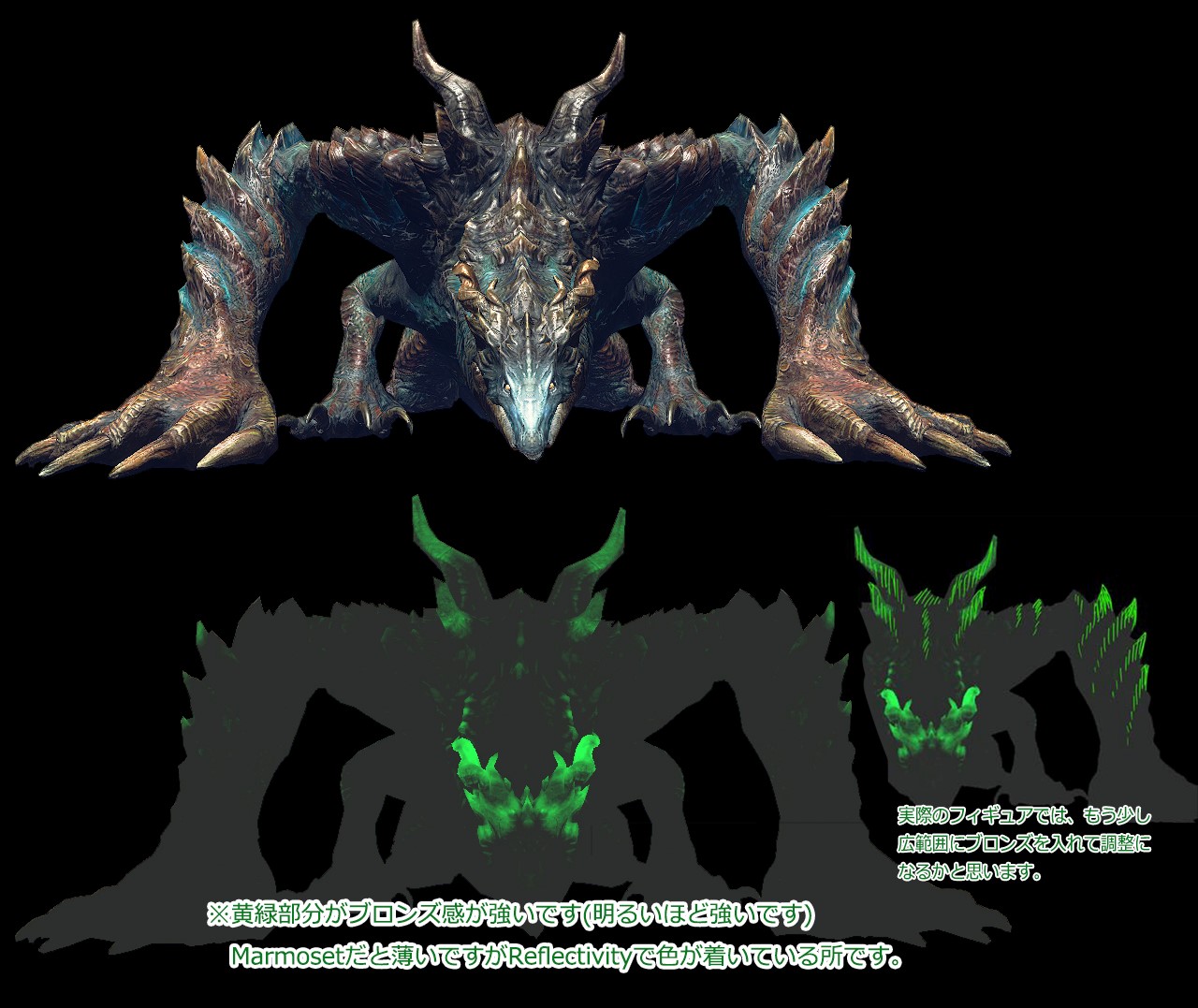
Q4: Which monsters left a particularly deep impression on you?A4: I used to work on Monster Hunter Frontier, so I was very impressed with Espinas. I got very emotional when I first saw the prototype model.
Also, among the monsters introduced in Sunbreak, we’ll be releasing a figure for Gaismagorm and it’s going to be very impressive.
Part of that is because of the size of the box. We adjusted the size of the in-game model a bit to create a strong sense of volume, and I think we managed to get the aura of Gaismagorm as seen in screenshots and in the game across very well. I’m very satisfied with it, both in terms of its shape and its coloring.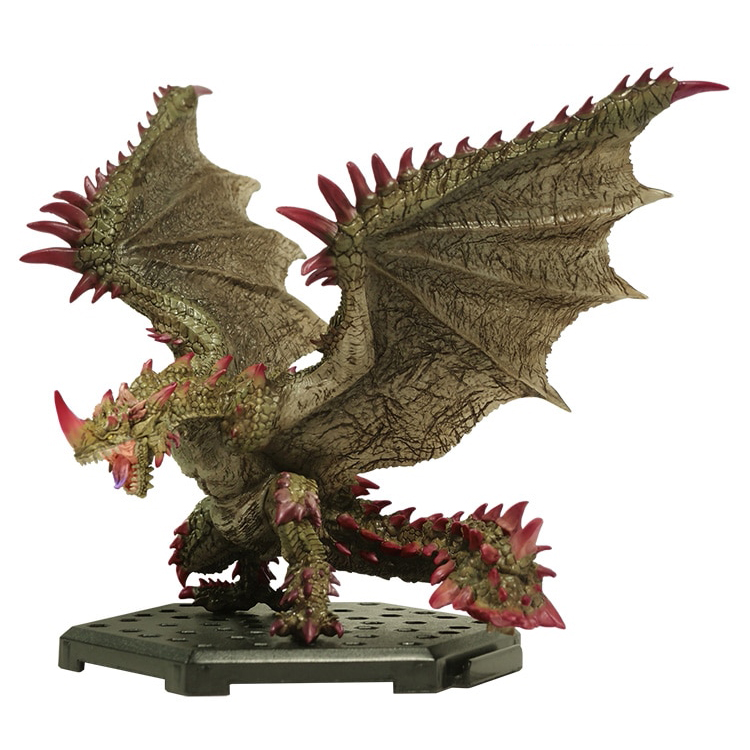
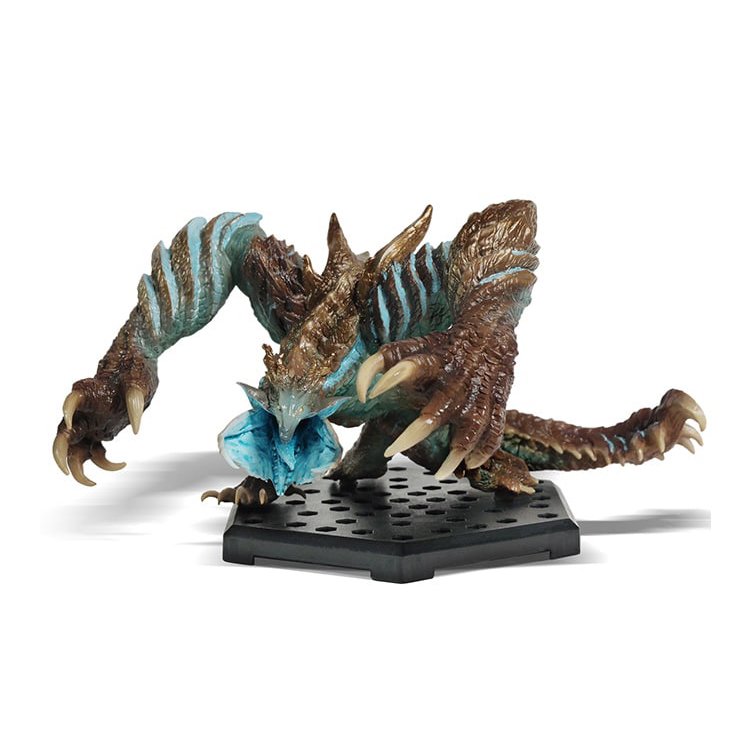
Q5: Do you have a message for the fans?A5: The CFB figures were made by asking WAY too much of the modelers and painters, so I hope you’ll enjoy them along with the games themselves!Closing Comment from Shibata:
Thank you, Noro-san!
It’s interesting to know that, even with modeling data and production documents, it can be hard to convey the correct coloring. I didn’t expect them to be using printouts, haha!
The developers overseeing this have been very particular about the details as well, so we hope you have a look at these figures for yourself!
It’s been more than two years since we started doing these interviews before Rise was released, but next time will be the last one! I will be talking to Hiroshi Yamashita, the scenario writer for Rise and Sunbreak!
-
Hello everyone! Koichi Shibata here, reporting from the Monster Hunter Rise dev floor!
For our twenty-seventh (and last) round of Monster Hunter Rise interviews, I will be talking to Hiroshi Yamashita, about the scenario writing for Rise and Sunbreak!
Vol. 27
Monster Hunter Rise and Sunbreak Scenario WriterHiroshi Yamashita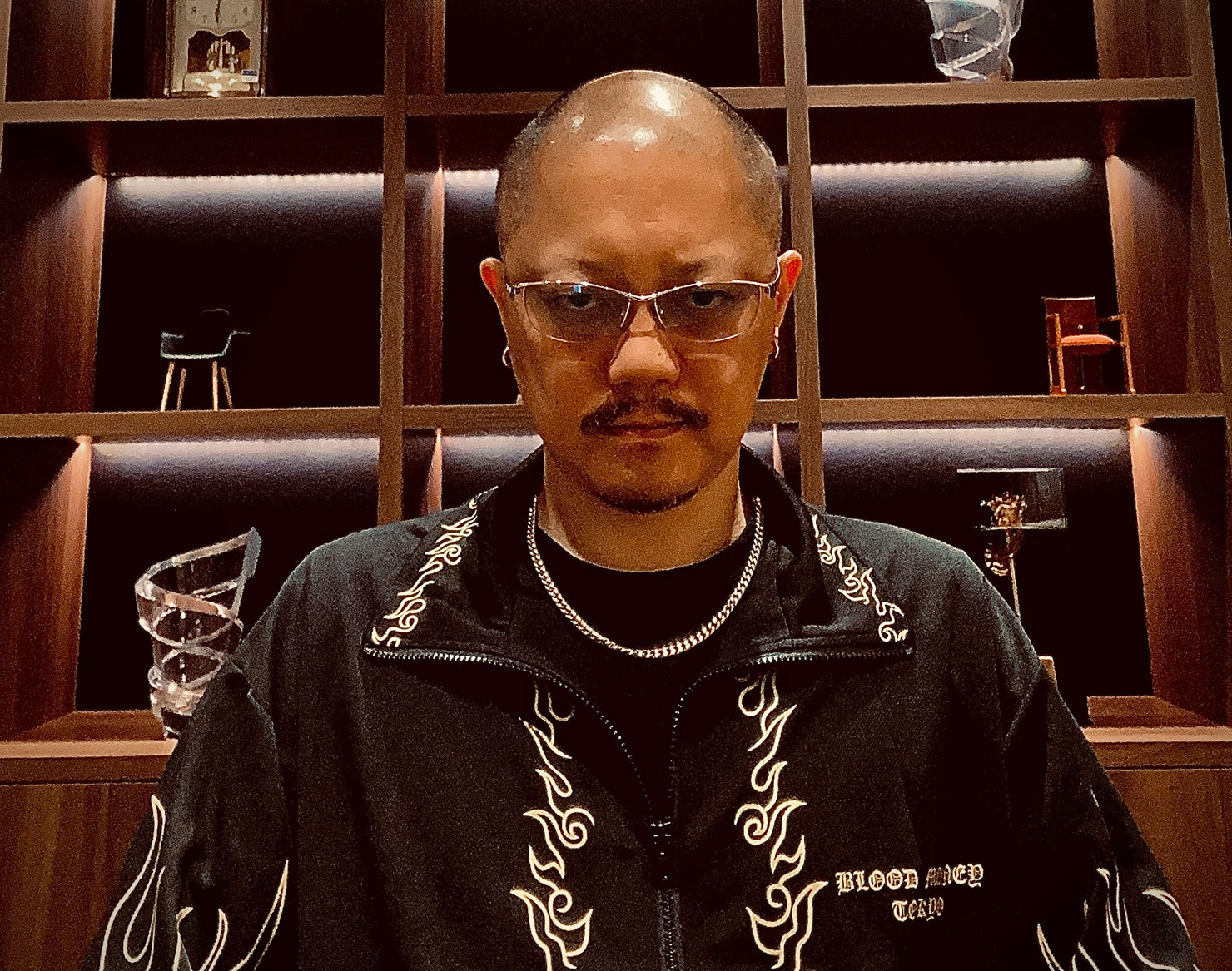 Q1: First off, could you give us a quick explanation on what you do?A1: I was in charge of all aspects related to writing, not just the scenario, but also the monster intros, NPC dialogue, songs, and flavor text, both as a writer and as a supervisor.
Q1: First off, could you give us a quick explanation on what you do?A1: I was in charge of all aspects related to writing, not just the scenario, but also the monster intros, NPC dialogue, songs, and flavor text, both as a writer and as a supervisor.
For Sunbreak, I also created several short stories for Twitter.Q2: Can you tell us about the themes and direction for the stories in Rise and Sunbreak? Are there any common elements between the two?A2: The theme of Rise was “succession.”
It was about all of the people standing up to the calamity facing Kamura Village, the Rampage, starting with Elder Fugen’s generation, who nearly saw the village destroyed, and continuing in the current generation with the protagonist, the Fierce Flame, with the next generation being covered by villagers, like Yomogi and Iori.
Live with fiery strength, and pass on your spirit to the next generation. Those who have been handed the torch will in turn burn bright like a flame and live to pass their spirit and way of life on to the next generation. This is the kind of mentality that lies at the heart of the strength and union in Kamura Village. This theme is also condensed in the ending theme, called “Beacon of Peace.”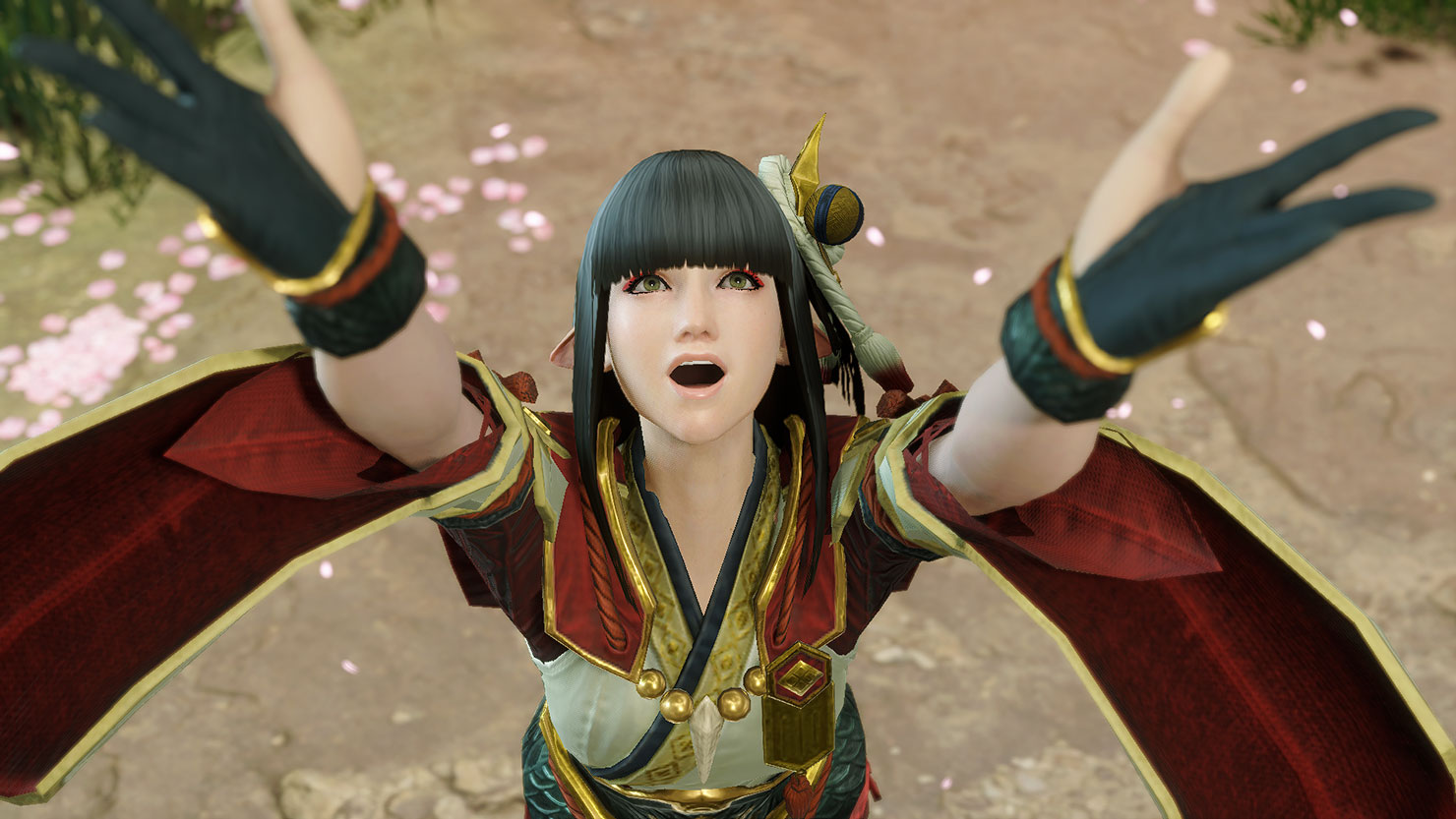
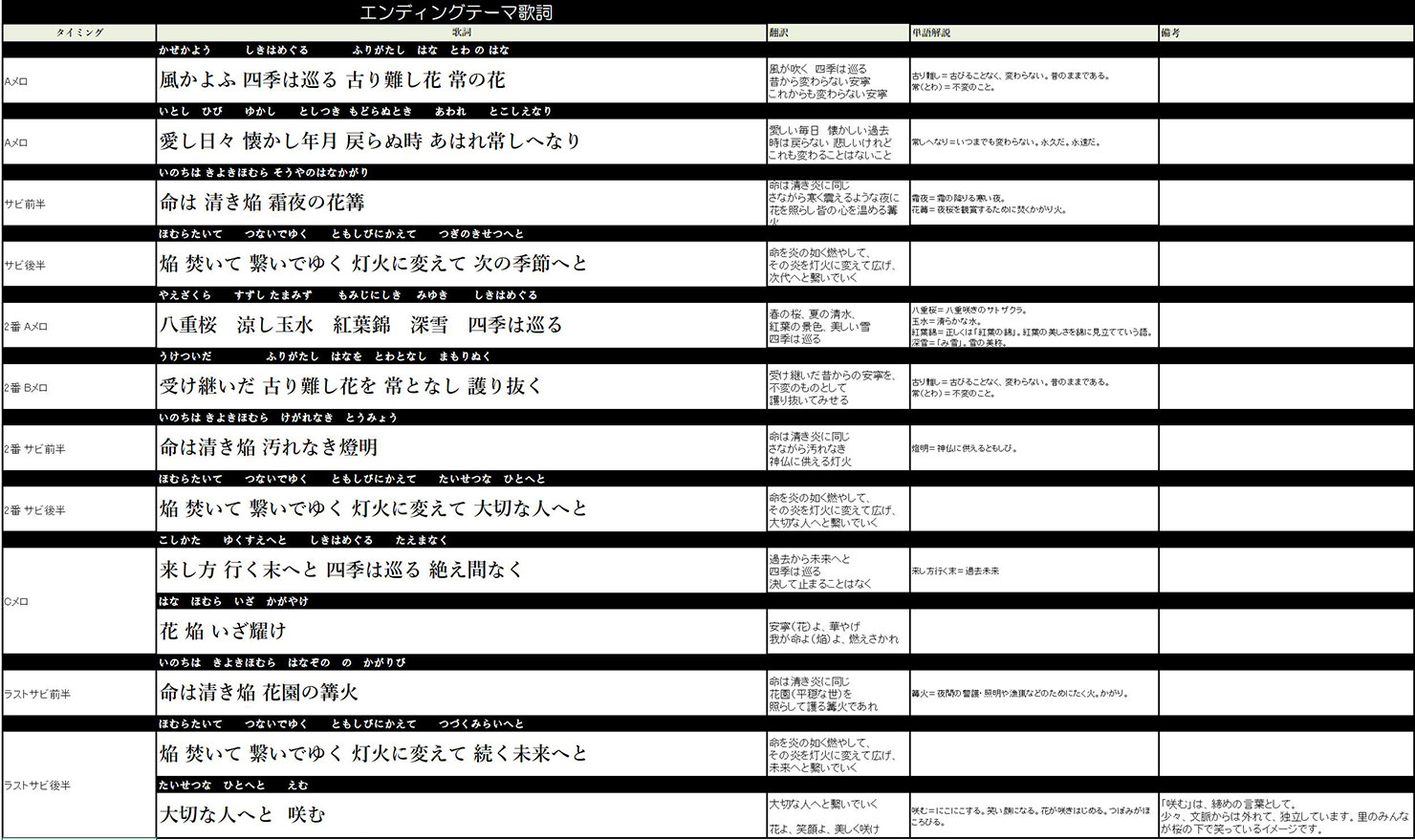
The theme of succession is also present in the bond between Wind Serpent Ibushi and Thunder Serpent Narwa, who are trying to take over the world by creating their offspring. Everything they did also served the purpose of producing offspring and having their bloodline prosper. This is what ended up creating the Rampage as a result.
You can’t really say that either side is evil, and if you look at it from another perspective it becomes quite a complicated topic, but I believe that Monster Hunter is all about the competition to survive between humans and monsters, so it’s a discussion you cannot really avoid.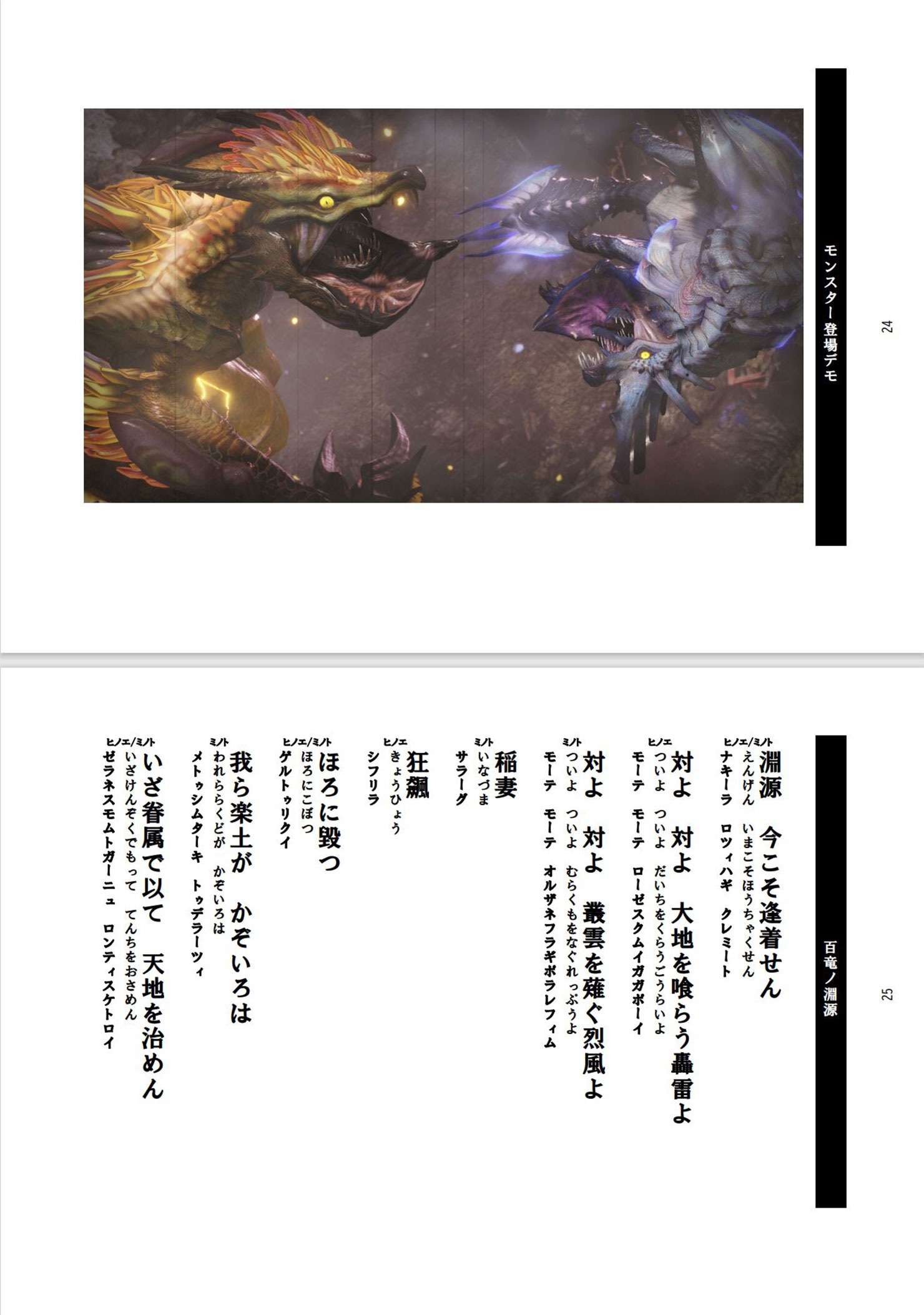
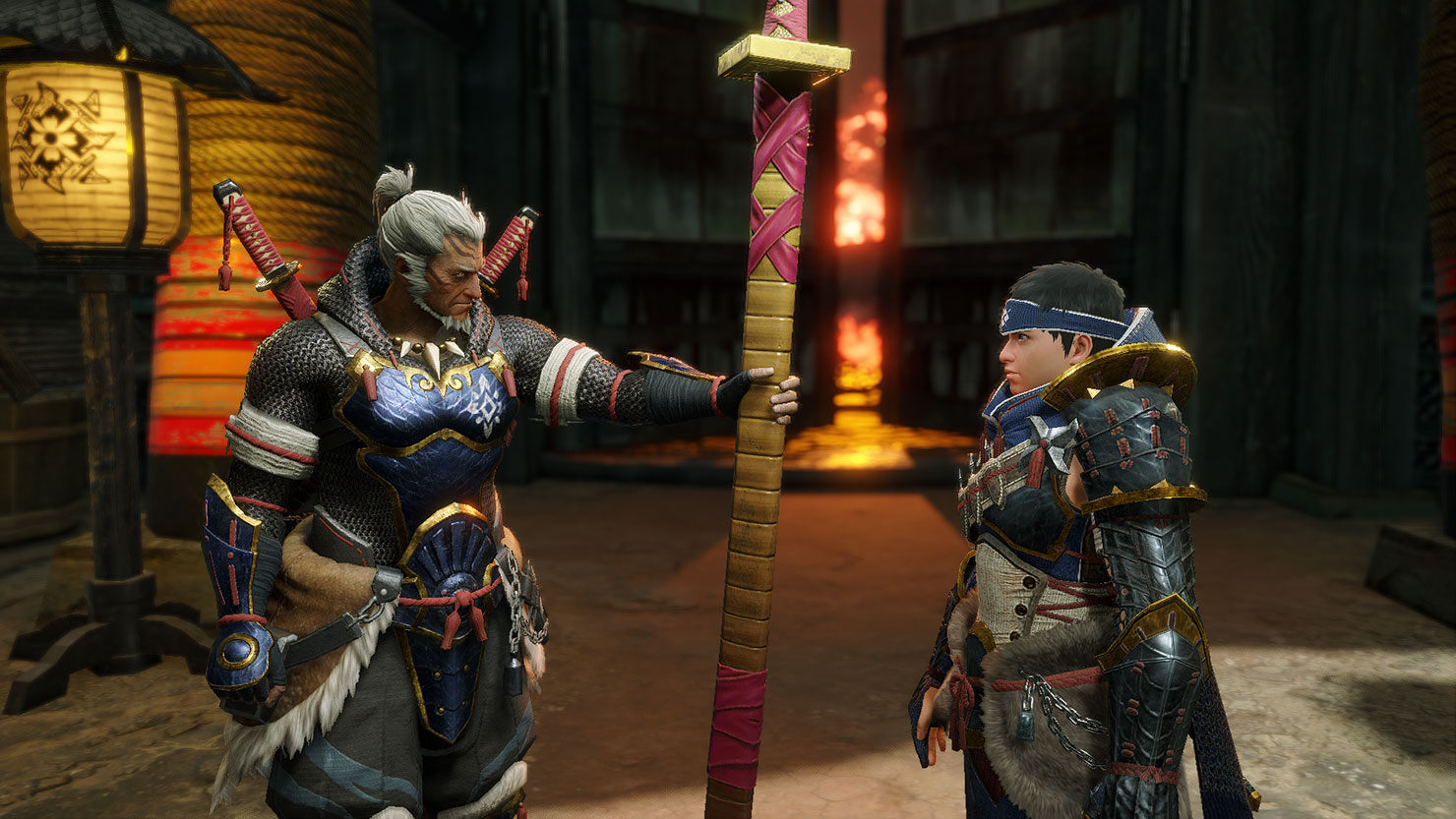
The theme for Sunbreak on the other hand, and this is mentioned in the game a few times, is “the place you belong, i.e., home.”
Having saved Kamura, the protagonist sets out to Elgado Outpost, being sent off by their “family” in Kamura. Fiorayne and everyone in Elgado are fighting for their lives in order to protect their home, the Kingdom or “the place they belong,” from the Anomaly. The protagonist joins them and together they work to overcome their problems, and over the course of the story, Elgado becomes a “second home” to the protagonist.
That’s the kind of story I set out to tell.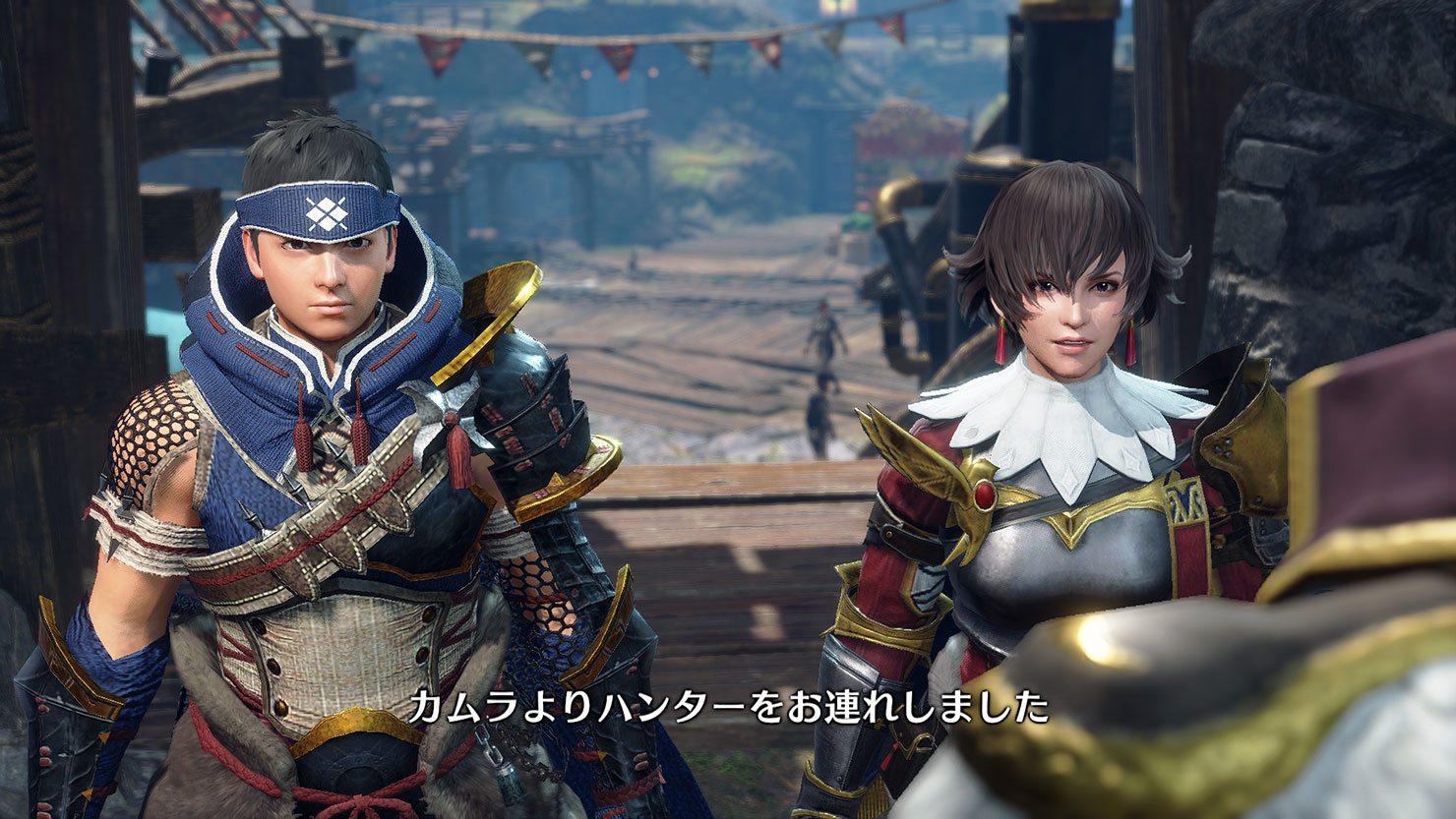
Similar to the theme in Rise, the theme of “home” also applies to the monsters’ point of view.
The Qurio are the cause of the Anomaly in the Kingdom, posing a threat to people and monsters alike. However, from the point of view of the Qurio, they must have worried about where their home was, where they belonged, and when they would be able to return there. And so they kept roaming around in constant anxiety, like a child looking for their mother. Their lives are a major part of the theme as well.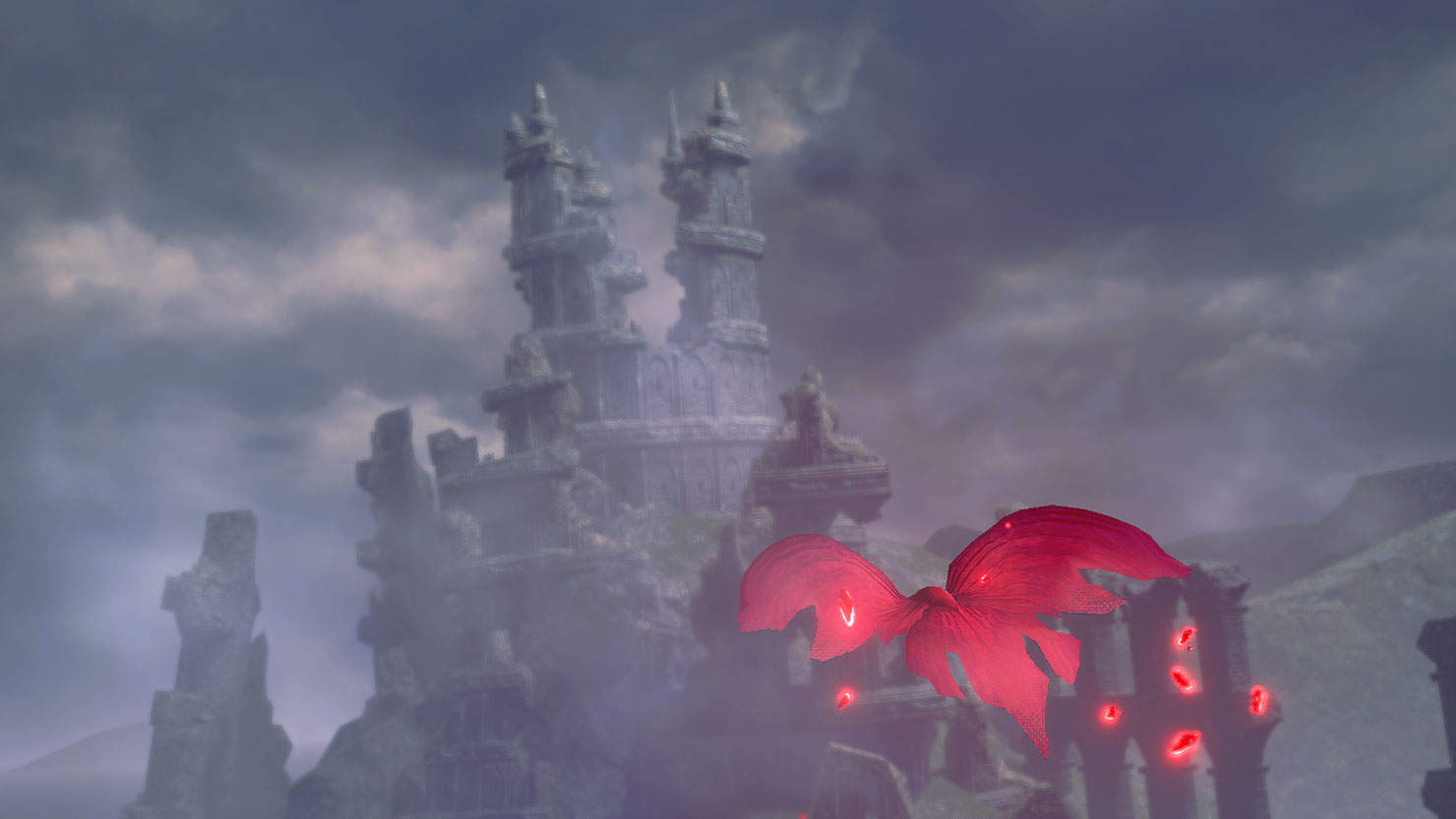
And then there’s the notorious “Primordial Malzeno.” This is the monster that ties up Sunbreak’s story of “where one belongs.” It descended from the skies to dispel the Qurio, which it regarded as invaders of its territory. Being confronted with this monster, Fiorayne, as one of the protectors of the Kingdom, determines that the Qurio are the biggest threat to her home, the place where she belongs (the Kingdom).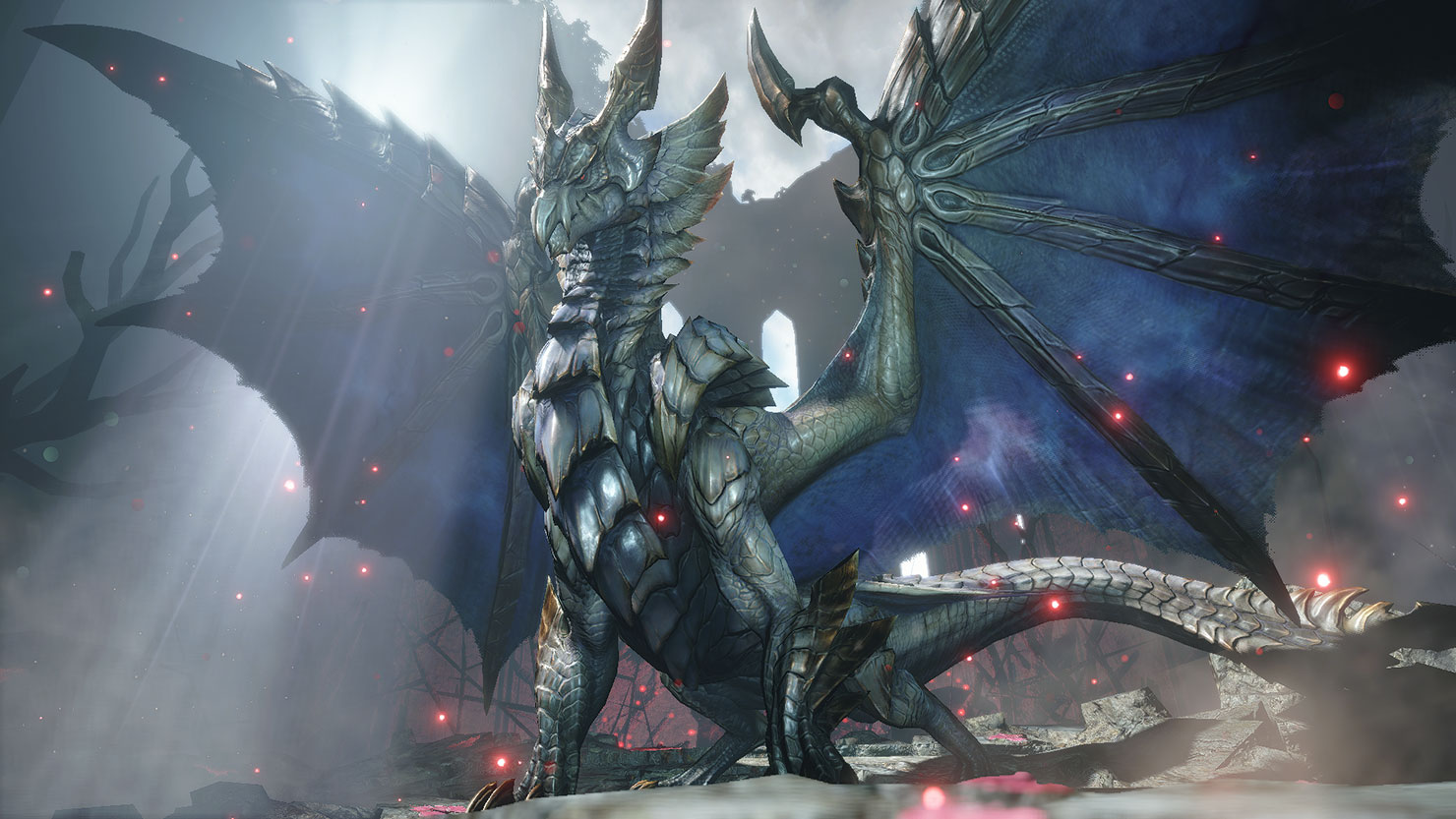
Q3: Was there anything you were very conscious of, considering that this is a new title in the Monster Hunter series?A3: I wouldn’t say it was something I was “conscious” of, but one thing I really wanted to try out was giving each character a name. In past titles in the series, other characters were always called by their job title (even if they may have had names in the character settings documents).
But since Rise features a story about a village taking on this big calamity called “the Rampage,” I realized that it would make sense for everyone to support each other, like family. With that in mind, I figured I couldn’t just call everyone by their job alone, so I talked to the director, and we decided to give them a role and a name.
At the same time, the protagonist, who used to be “someone from outside” in the older games, was turned into someone who was actually born in the village that is under attack. The reason for this is the same as why we gave all the characters names: they’re family, they support each other, and they fight as one to repel the calamity that is threatening their home.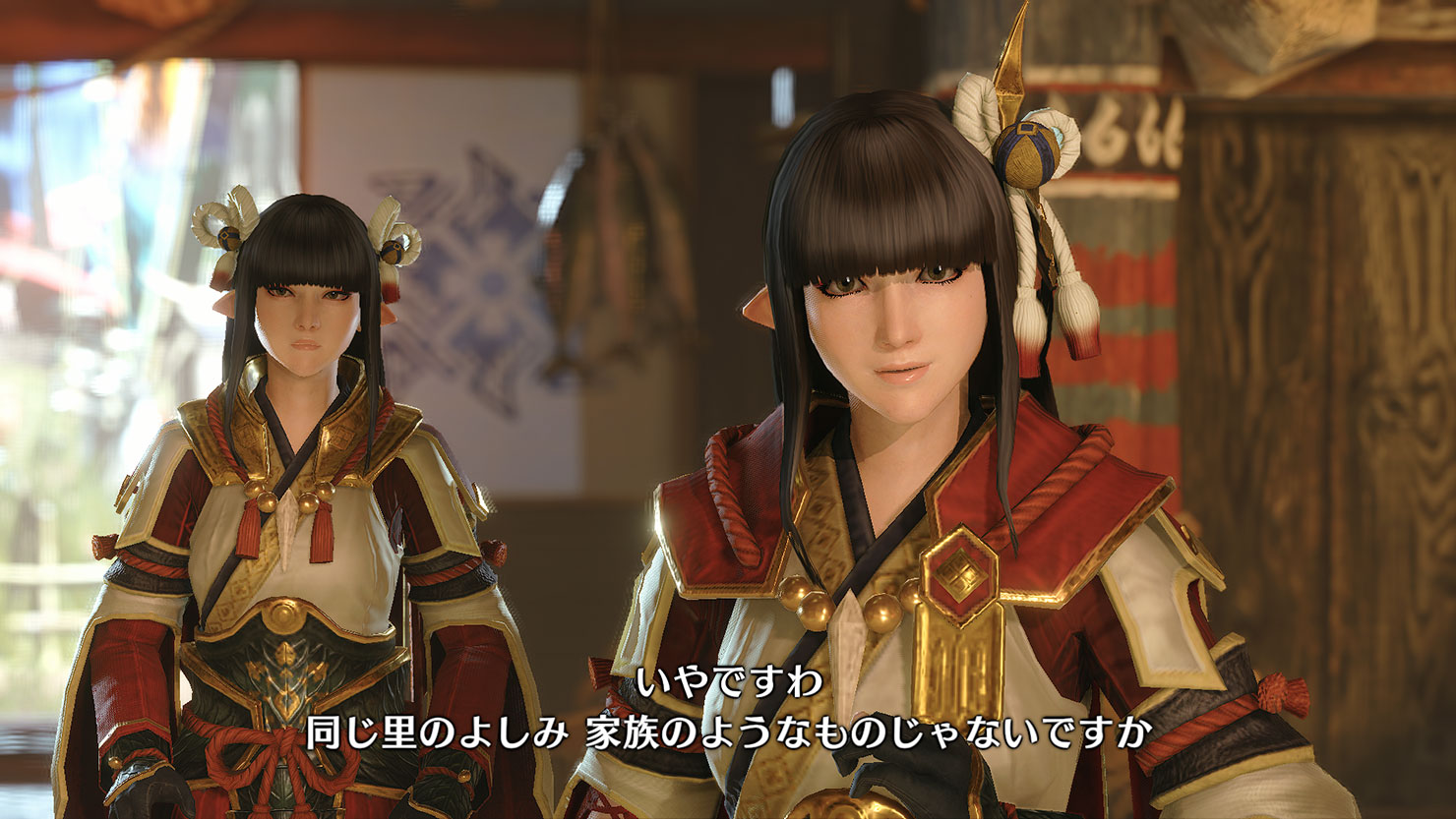
One thing I was conscious of, and this isn’t because this is a new game in the series, was to paint an image of “light and darkness” in as far as I could get away with it. As part of the protagonist’s road to overcoming the calamity and becoming a hero, they also have to become “the one who failed,” “the one who couldn’t vanquish the threat,” or “the one who failed to protect everyone” and this story is about that, as well.
Of course, if the protagonist dies it’s all over, so in the end they always overcome all obstacles, save the people, and are lauded as a hero, but in order for that “light” to exist, there must’ve been “darkness” at some point, as well. I felt that if I could nail that part, I could add some depth to the story of Monster Hunter…the story of the desperate struggle to survive. That’s how I see it at least. (Of course, if I’d made it too realistic, it would’ve destroyed the world view of Monster Hunter that we’ve cultivated for so long, so I tried to restrain myself only to what I could get away with, as I mentioned before.)
In the case of Rise, Kamura was almost destroyed 50 years ago by Magnamalo, but it wasn’t Magnamalo alone, it was also due in large part to Elder Fugen and his fellow fighters failing in their duty to protect the village. We also have the background story of High Rank Hunter Ayame, and the tragedy that befell Yomogi and Kagero’s hometown. In Sunbreak, Fiorayne cannot let go of the idea that the noblest thing a knight can do is to sacrifice their life, and Admiral Galleus saw his own hometown destroyed, as well. These are all examples of “darkness” that exists on the path to light or “the path to becoming a hero.” I think I managed to add some depth to the story by how we could depict these events.
Another new feature in this game is the way monster intro scenes were handled. In Rise, we used traditional Japanese instruments and poetry, whereas Sunbreak had Fiorayne narrate the intros, which is completely different from the intros in previous games in the series. We started by creating the direction for each intro based on the concept of the monster, and I had to come up with the text after the video was already done, trying to match the length with the concepts, and mixing in wordplay as well. It was tough, but also very rewarding. The first intro we did was the one for Aknosom, and once that was finished, I started to get a sense, not just of the monster intros themselves, but of what kind of world I needed to construct. It was really a very big step forward.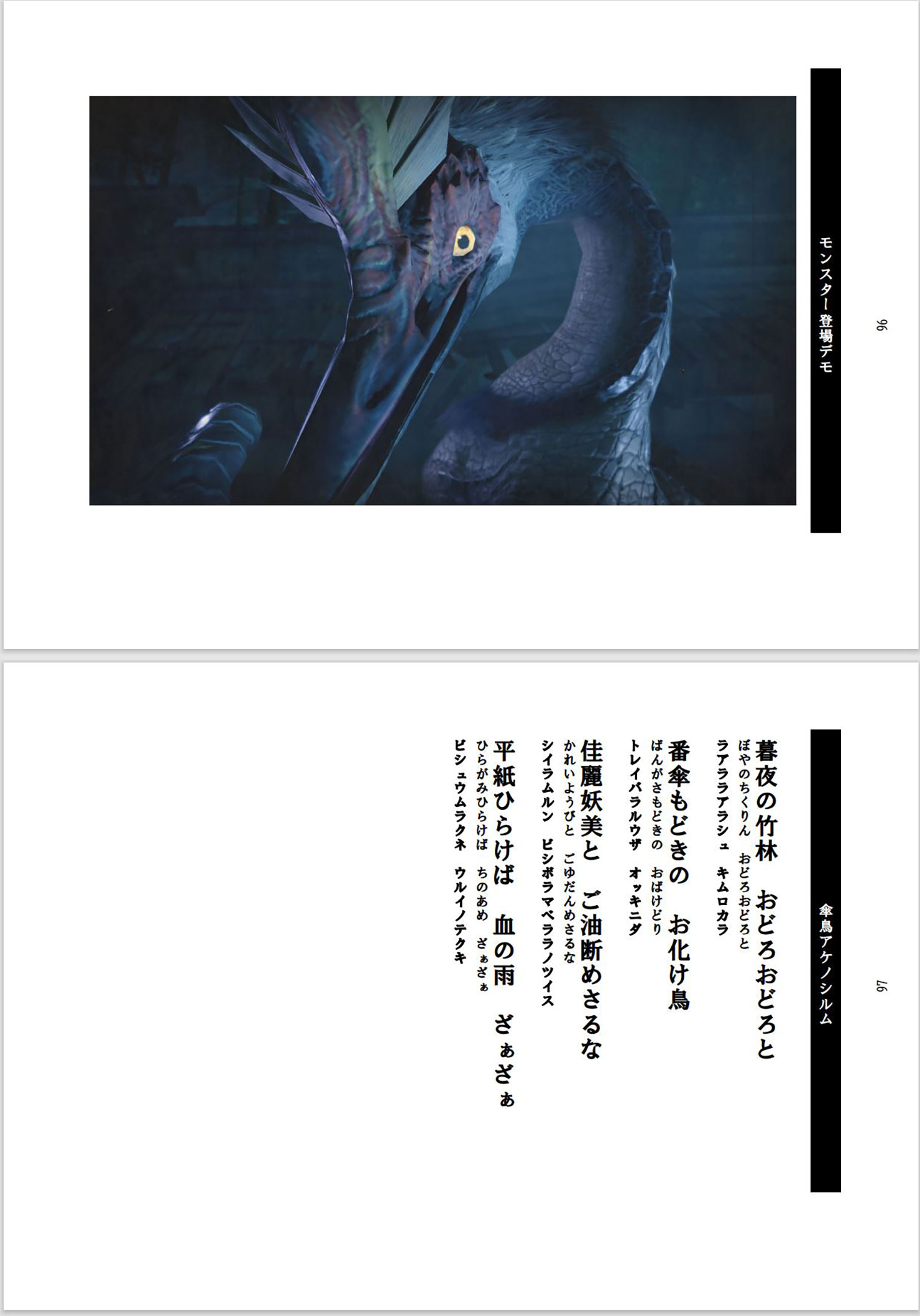
And then there’s the fact that the protagonist talks. I remember people being very surprised when the hunter spoke in the first trailer. There are 20 default voices, and more than 20 extra ones. I remember how hard it was to come up with enough variations of lines for all of them. On the other hand, I also got the opportunity to show sides of the NPCs at Kamura and Elgado that you normally can’t really express in story cutscenes, so I had a lot of fun writing those lines. Especially Master Utsushi, Bahari, and Jae. They were a lot of fun to write for, so I really let myself go, within the confines of the characters, of course. For Master Utsushi, I even wrote a couple of stupidly long lines just for the heck of it, but they actually ended up getting used!
And lastly, the songs. Songs are a major element in Rise. The in-game songs that use Monster Hunter language were originally written in Japanese, and they were made to fit the situation and setting they were used in. They give you a deeper glimpse into the world of this game, so if you know Japanese, it might be worth listening to the soundtrack and seeing if you can figure the lyrics out.
Thinking back, this is the first time I’ve written songs for a game since Mega Man Star Force 3, a Nintendo DS game featuring a scene where an idol sings a song at a concert. Back then, we couldn’t use actual vocals because of memory constraints, so I had to have the text move along in accordance with the music, but this time, I was able to have the lyrics I wrote sung by renowned artists, which was a deeply moving experience.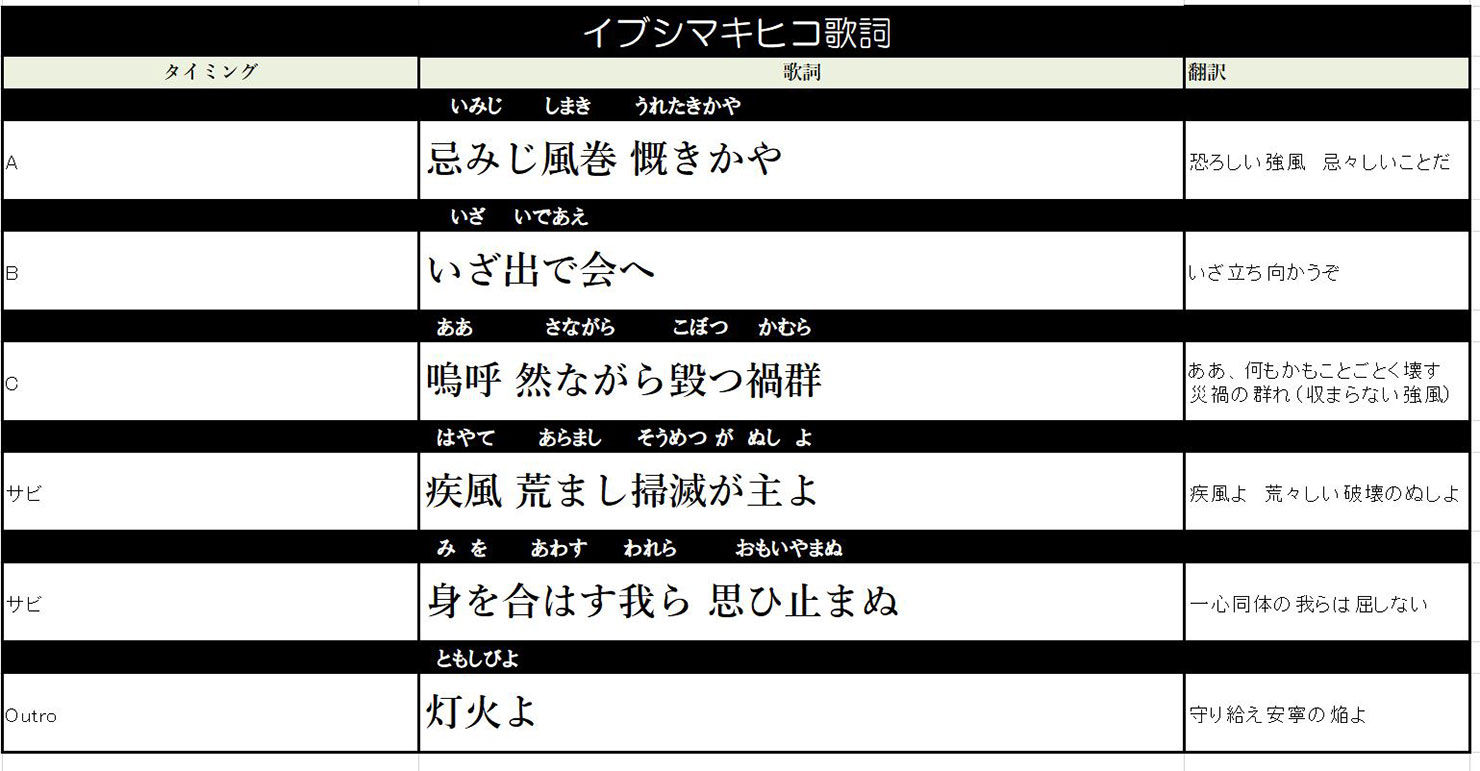
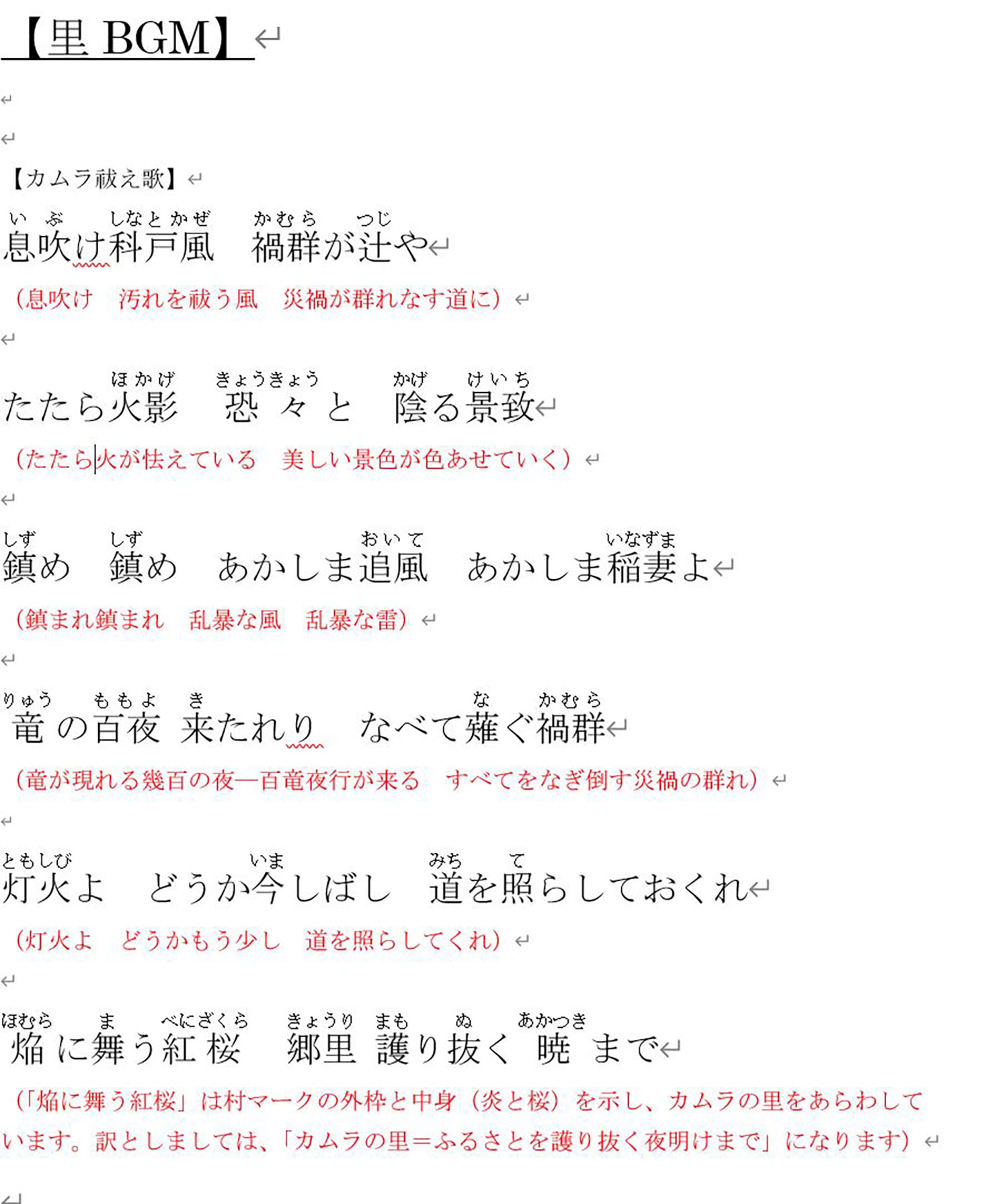
Q4: At what point in development is the story decided?A4: It depends on the game. In regards to Rise and Sunbreak, well, Rise had a Japanese aesthetic and a Yokai motif, whereas Sunbreak had a Western aesthetic and a “western monster” motif, so I basically get this large framework of reference to work in from each game’s director, and then I start working on the basic flow of the story, while discussing the details with them.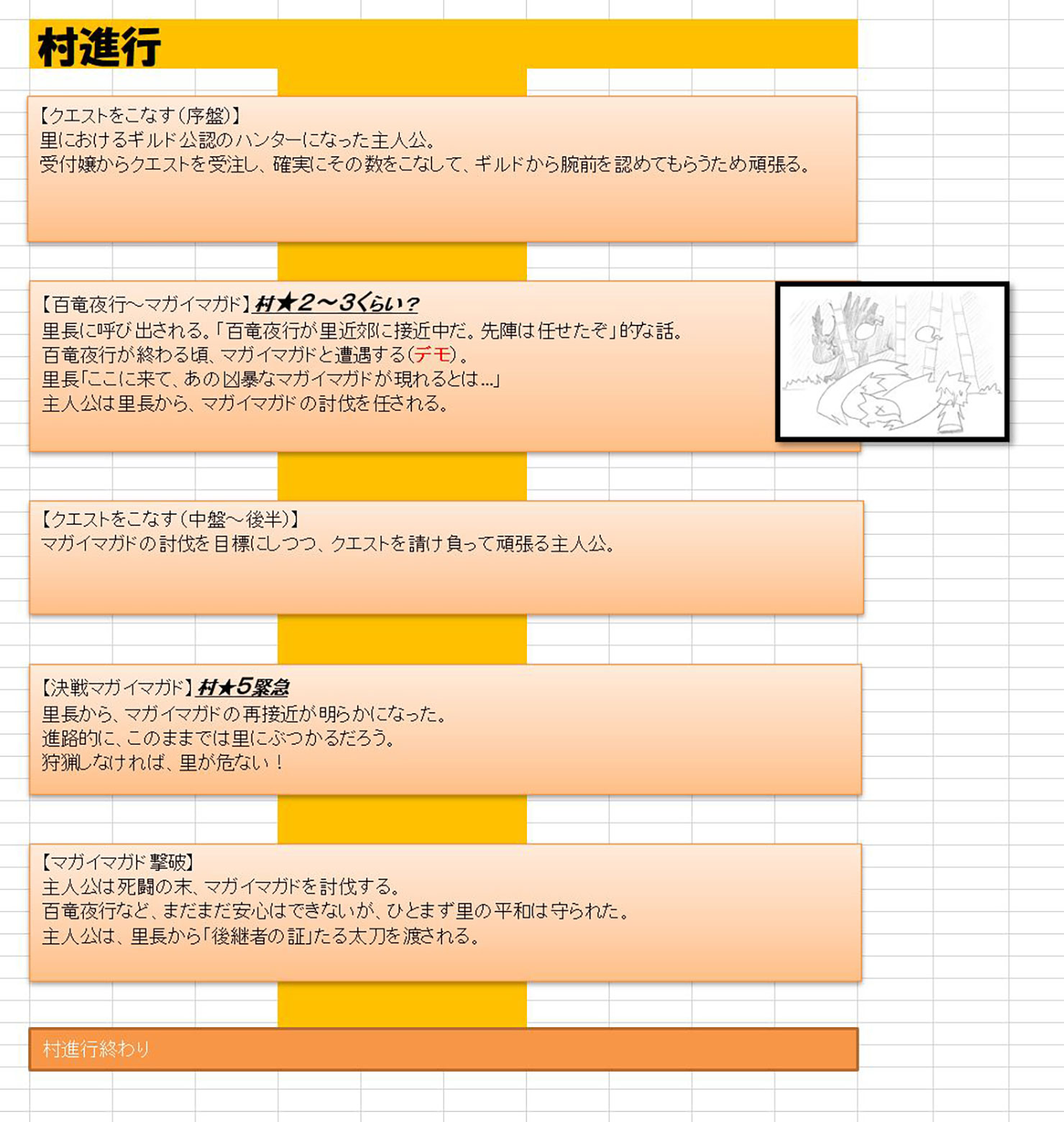
Next, the game designers decide which monsters are going to appear in the game and what kind of elements make up the core experience, like for instance Palamutes, the Rampage, Followers, the Qurio, etc. This is where I start building the framework of the story, i.e., the outline and the plot. From here on, I start hammering out the details, and deciding on settings for each character and such.
Once the quest list starts to be built, and I know the order in which the monsters are going to appear, as well as which monsters are going to be used for Urgent Quests, I start making the progress chart for the story. This goes a step further than the plot, so I have to start coming up with the flow of story beats like “This thing happens here, and then this character appears to help the player out” or “This thing happens here, and the hunter has to escape from the flagship monster” in accordance with the quest list.
Once the progress chart has been determined up to a point, I start writing the scenario.
This is one of the most complicated steps in the process, but the game’s scenario is based on the contents of the game itself, so my personal opinion is that you should be flexible and adjust the scenario to the game as you see fit. Especially in the case of Monster Hunter, since it is a series about hunting after all, including elements to get the player excited to start hunting is one of the most important aspects of the story. Of course, sometimes I ask the team to change some elements of the game in order to accommodate the story, but this is a relatively rare occurrence.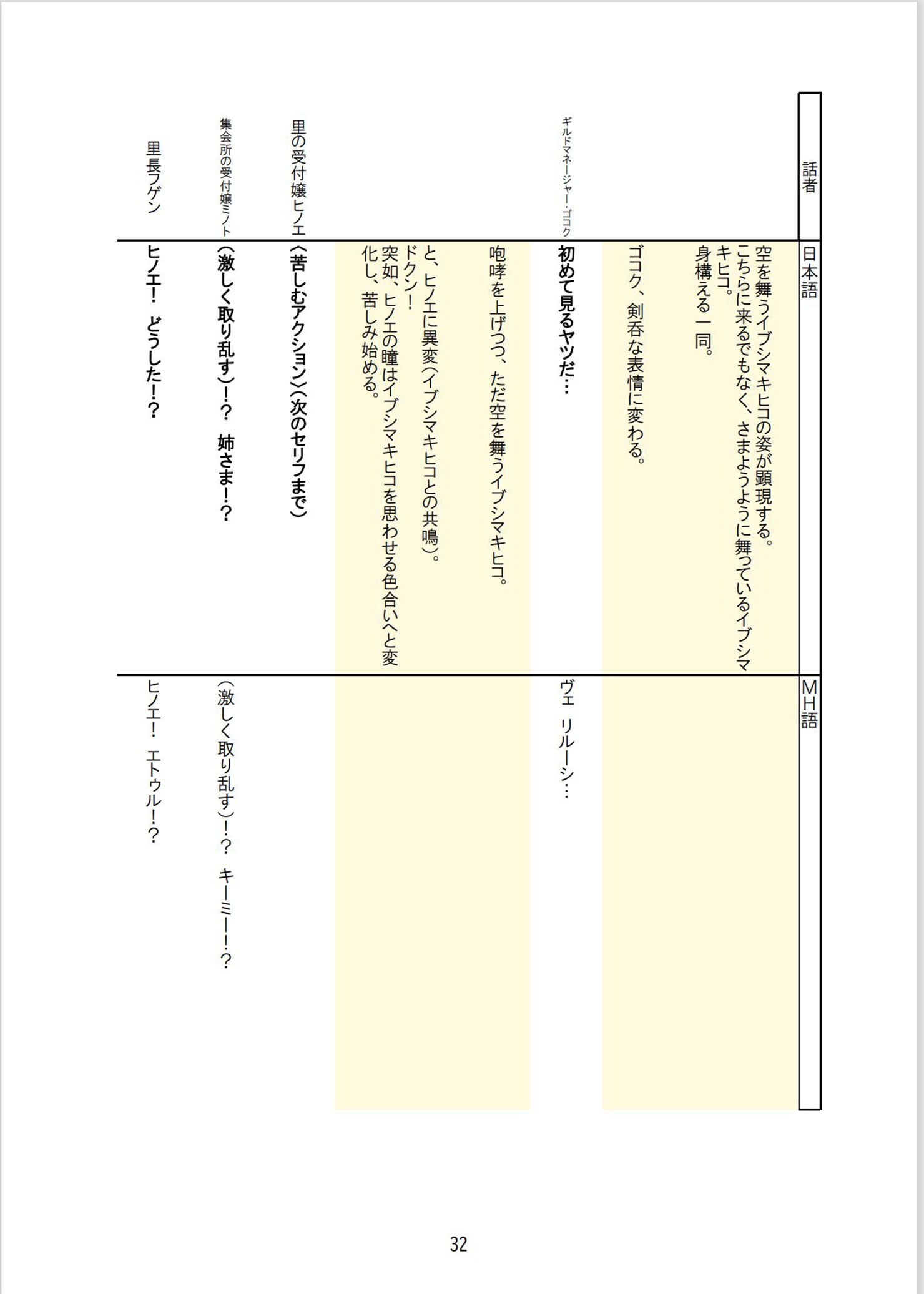
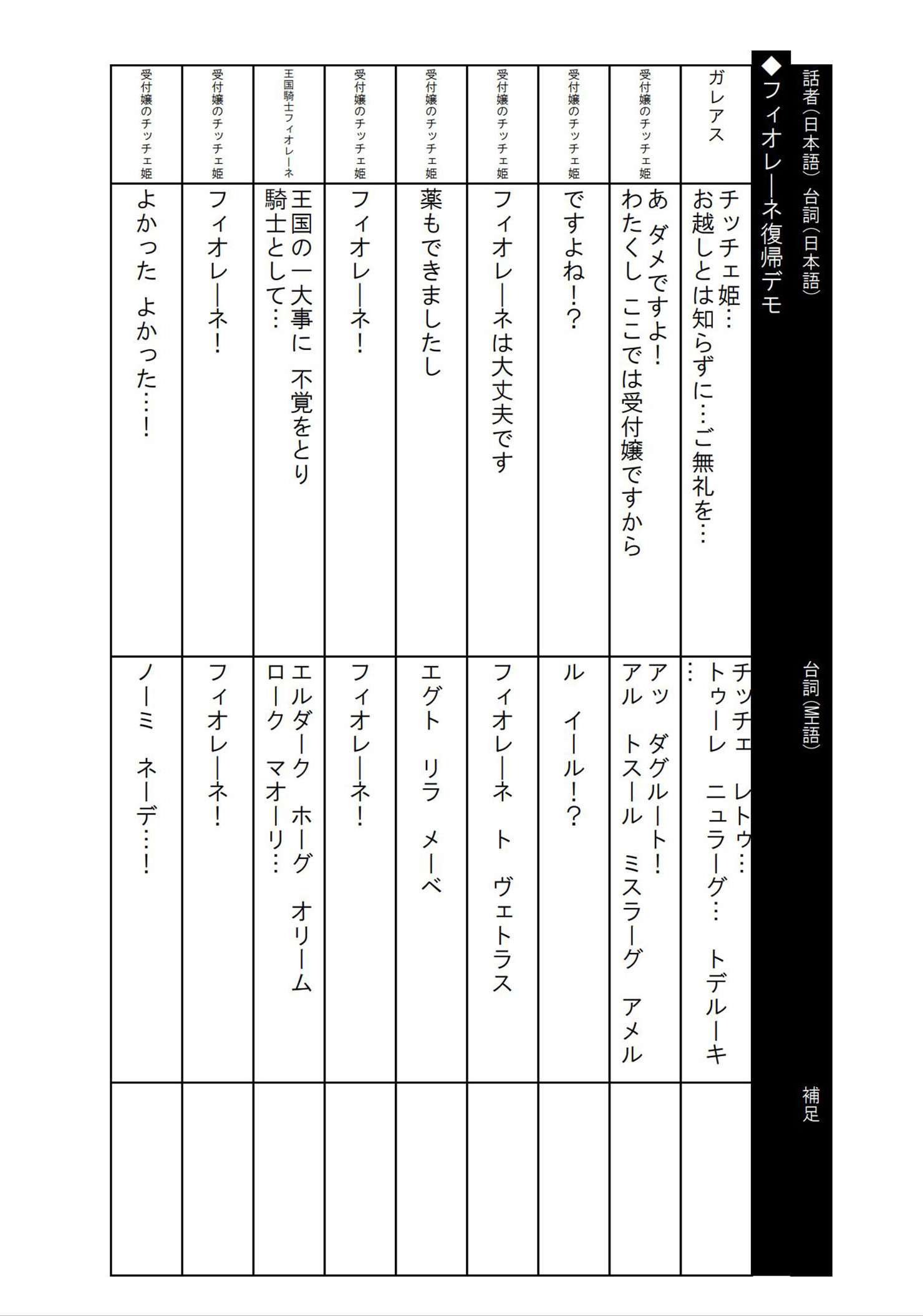
Q5: Rise and Sunbreak both contain monsters that also appeared in past games in the series, but does the content of the story change depending on which monsters are in the game?A5: Like I said when I explained the process in the answer to Q4, it’s very common for the story to be determined based on which monster are in the game.
For instance, there’s a part in Sunbreak where Fiorayne is out of commission, and you can’t use her as a Follower anymore. The fact that she is absent during this part of the game and that she recovers afterwards thanks to a medicine that Tadori prepares for her were already determined, but the details of how that medicine was made had yet to been decided.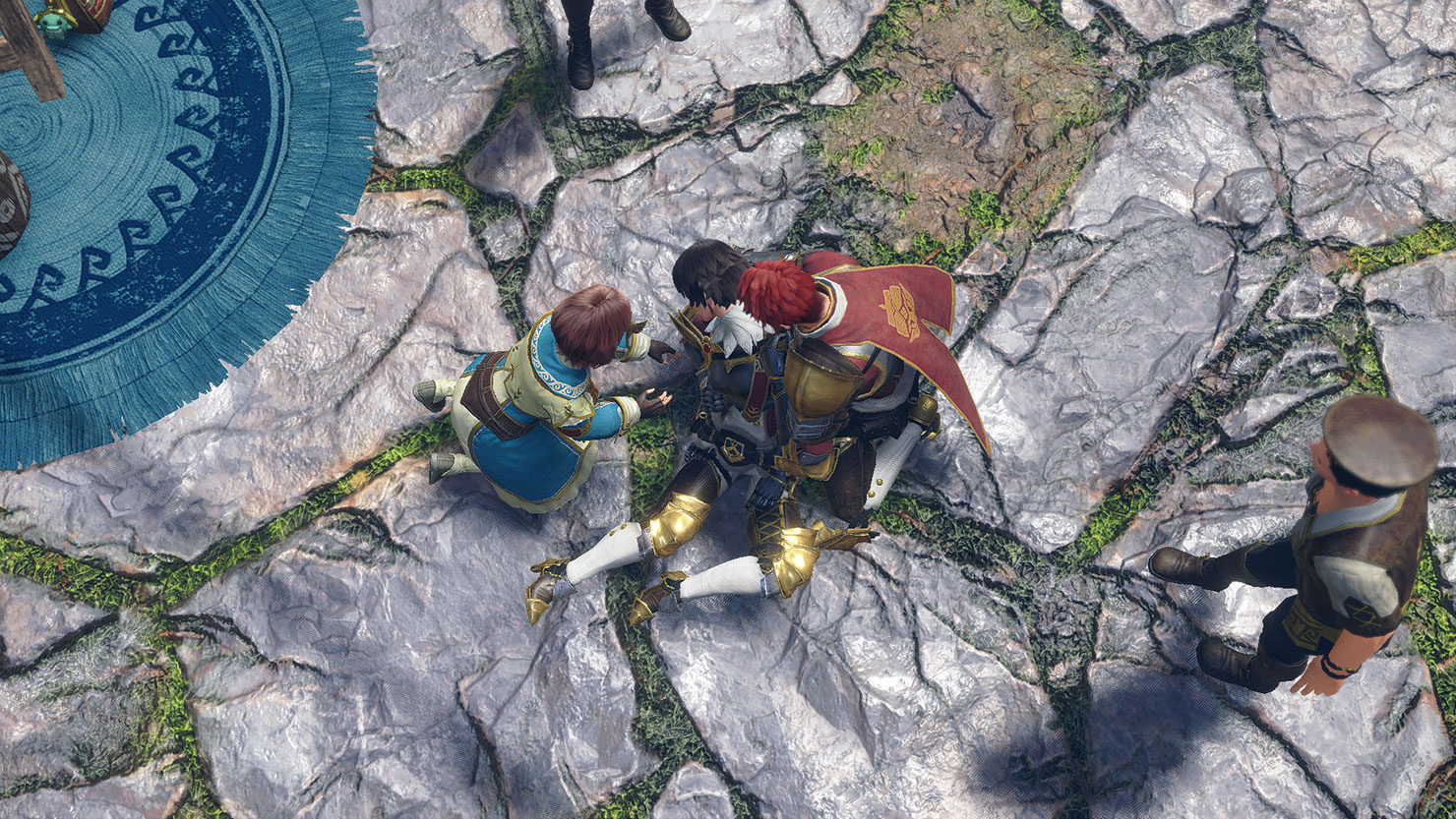
But in the game, the quest list says that an Espinas will appear after Fiorayne is injured, so I figured “the hunter will need to gather Espinas materials to create the medicine for Fiorayne,” or “Espinas has a very potent venom, so maybe we can use it as an antidote for whatever took Fiorayne out,” fight fire with fire, so to speak.Q6: In the April update this year (Ver. 15 .0), Kamura Village was faced with yet another major threat, but were the appearance of Amatsu, and the story behind Yomogi and Kagero’s hometown already decided when you started working on Rise?A6: This is kind of complicated, but when we were hammering out the settings for the characters in Rise, Yomogi was initially just a cheerful girl running a tea shop, but we decided that we wanted “something more.” So it was decided that she wasn’t actually born in Kamura, so that raised the question: “Where was she born then?”
That’s when we decided that there once was a city within the same cultural area as Kamura Village, but that it had already been destroyed, and that Yomogi was a princess from there. At the same time, we had Kagero, whose past was wrapped in mystery, and initially that was the extent of his story, but we decided to change him into a retainer of the royal family who rescued Yomogi and brought her all the way to Kamura.
However, at this point, it had not been decided yet whether their story would actually be told in the game, or that the elder dragon that destroyed their city was going to be Amatsu. But if we just made it into a sort of “sub-setting” and left it at that without delving further into it, it could lead to discrepancies in the dialogue when you talk to them in the village and you have them hint at what happened in their pasts.
It’s important to create proper details for these kinds of sub-plots. This helps you to prevent contradictions, and to round out your characters better, giving them maximum appeal. This is how we ended up making Yomogi and Kagero’s background into a very detailed story.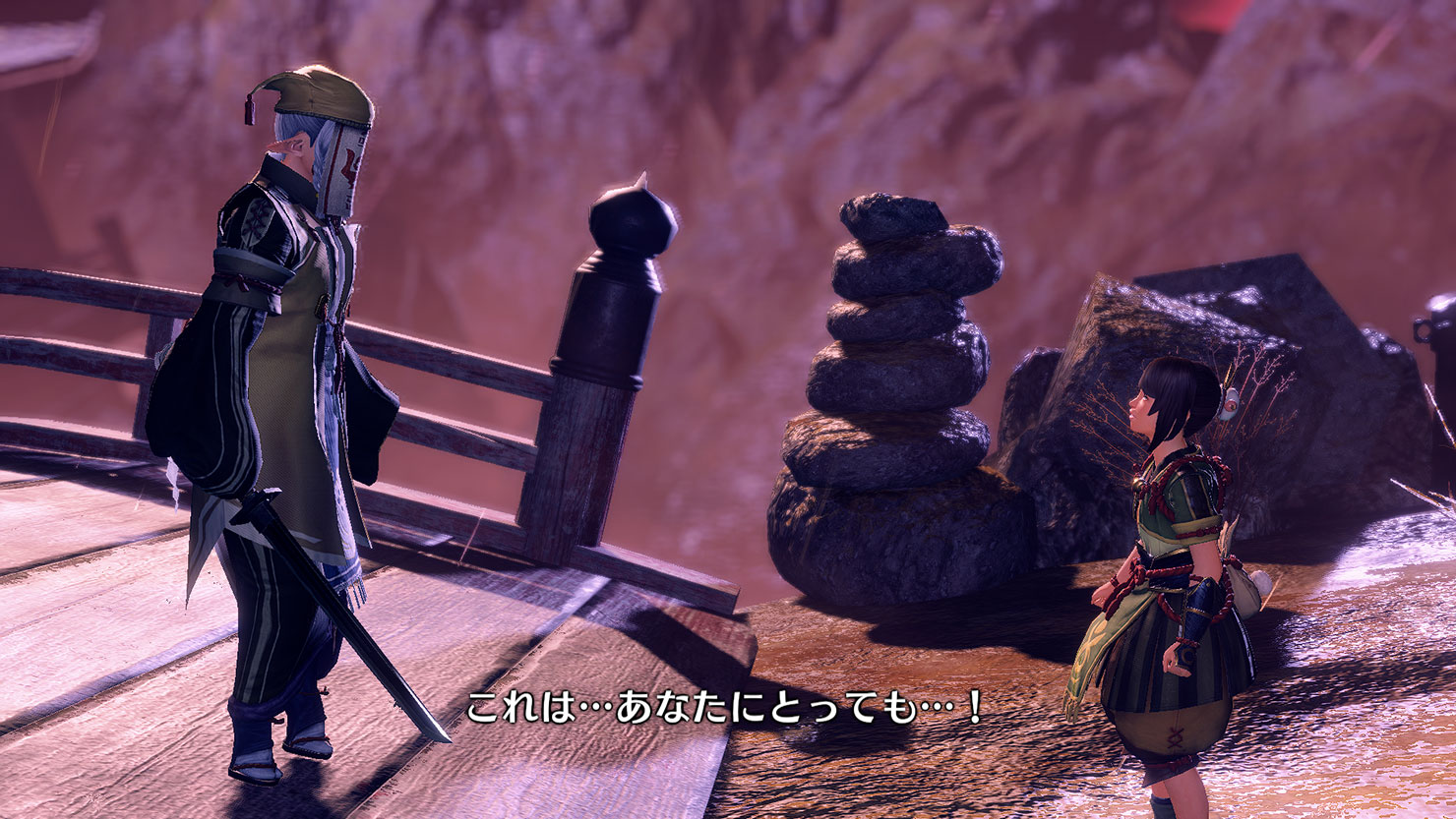
One of the reasons we were ultimately able to bring their story to a close in Sunbreak was thanks to the many fans who had been playing Rise and Sunbreak so passionately, and who really pushed for a resolution to this sub-plot. We’re very grateful to everyone for being so invested!Q7: Do you have a final message for the fans?A7: I hope you enjoyed the story in Monster Hunter Rise and Monster Hunter Rise: Sunbreak! The biggest motivation to cross the finish line was, without a doubt, the fact that all of our fans showed their love and appreciation for the characters and the story on social media. The reason I wrote those short stories on Twitter is also because I wanted the fans to get even more out of the story, and to thank you for motivating me. I really cannot thank you enough!
The sun has set on the story of the Fierce Flame, but there’s no end to the path a hunter walks. I hope that you will continue to visit Kamura Village and Elgado Outpost until the curtains open on a brand new story!Closing Comment from Shibata:
Thank you, Yamashita-san! Like you said, Rise and Sunbreak both had very enjoyable stories! One of the new challenges in Rise was to give every NPC a name (see Q3), and I remember, as someone who also worked on Rise, how much of a surprise this was for me. I had a lot of fun playing the game and trying to figure out the connection between each character’s name and function, and what the origins of each name could be. I’m sure many people have fallen in love with these colorful characters just as much as I have.
This concludes the series of interviews that we started doing more than two years ago, before Rise was released. We set out to write a series of articles revealing the thoughts of the many people involved in development, and even some behind-the-scenes looks at the production process, in order to get everyone to appreciate all of the aspects of game development, so we hope you enjoyed it! Even if you enjoyed only one article, or only one particular answer, it will have been worth it!
We hope you keep supporting Monster Hunter Rise, Sunbreak, and the Monster Hunter series in general in the future, as well!
New interviews will updated first via the MHA Facebook page!
Monster Hunter Asia
@capcom.monsterhunterasia
@capcom.monsterhunterasia
